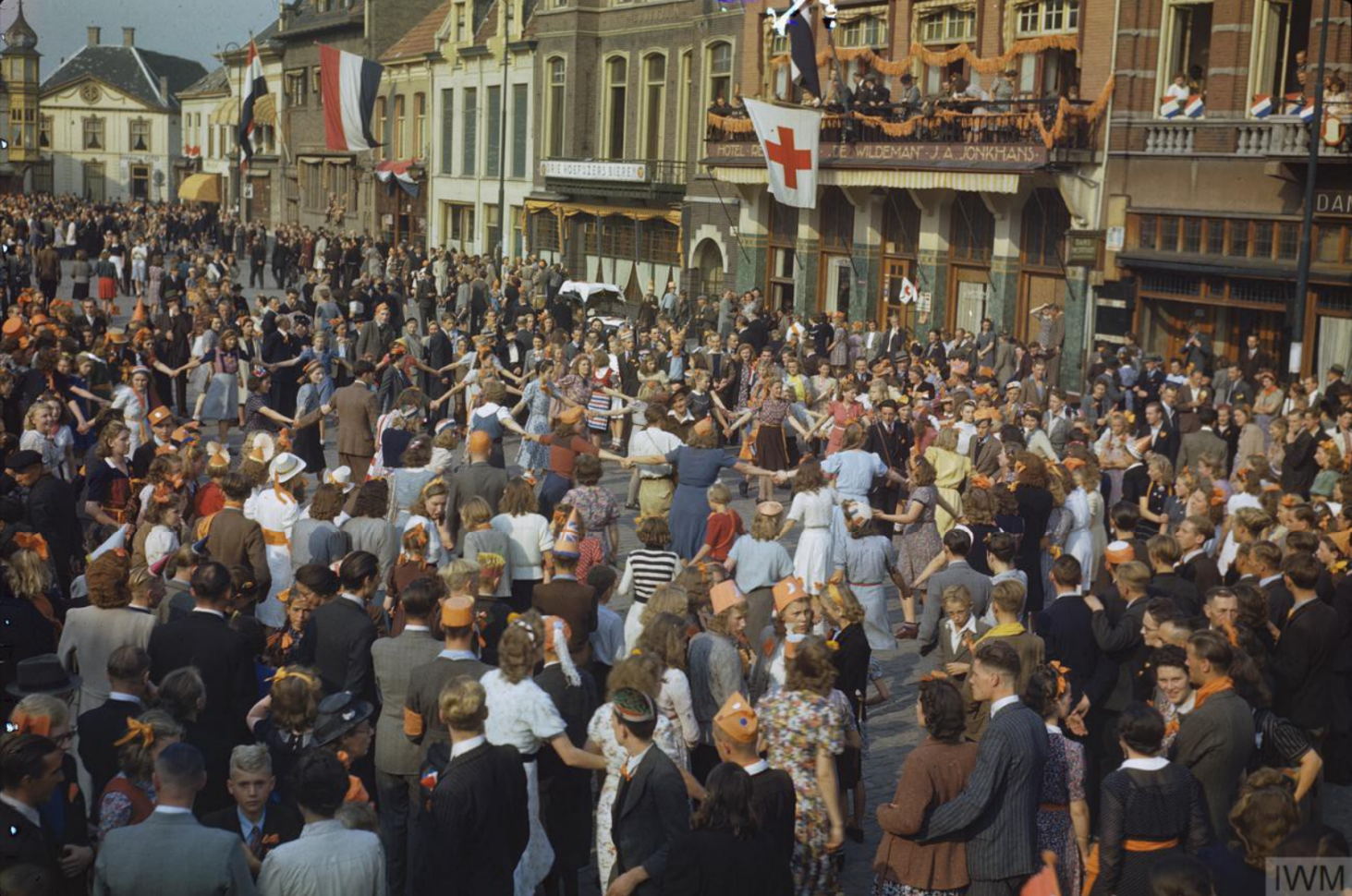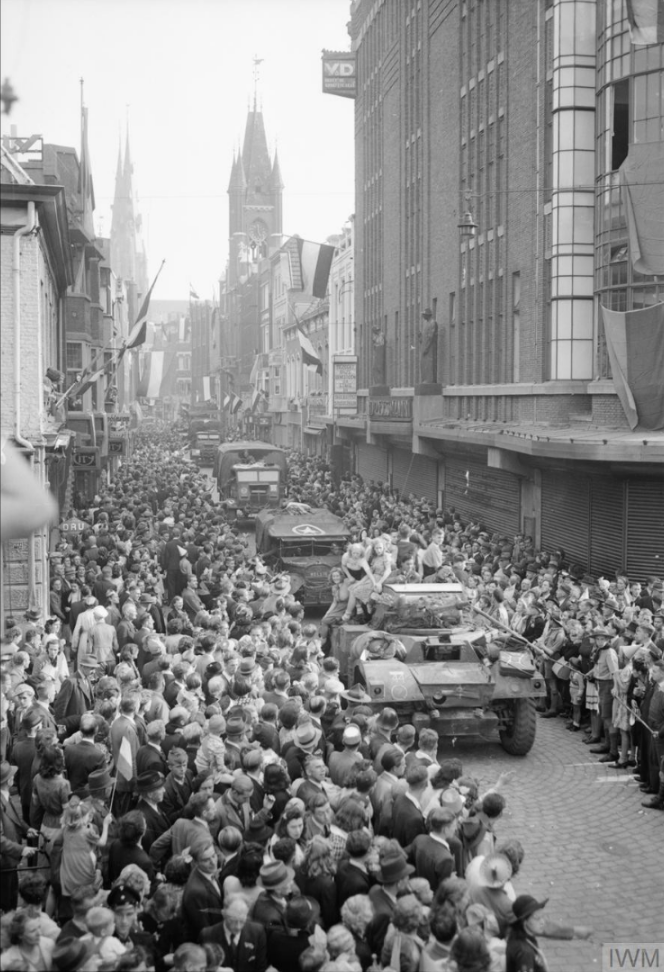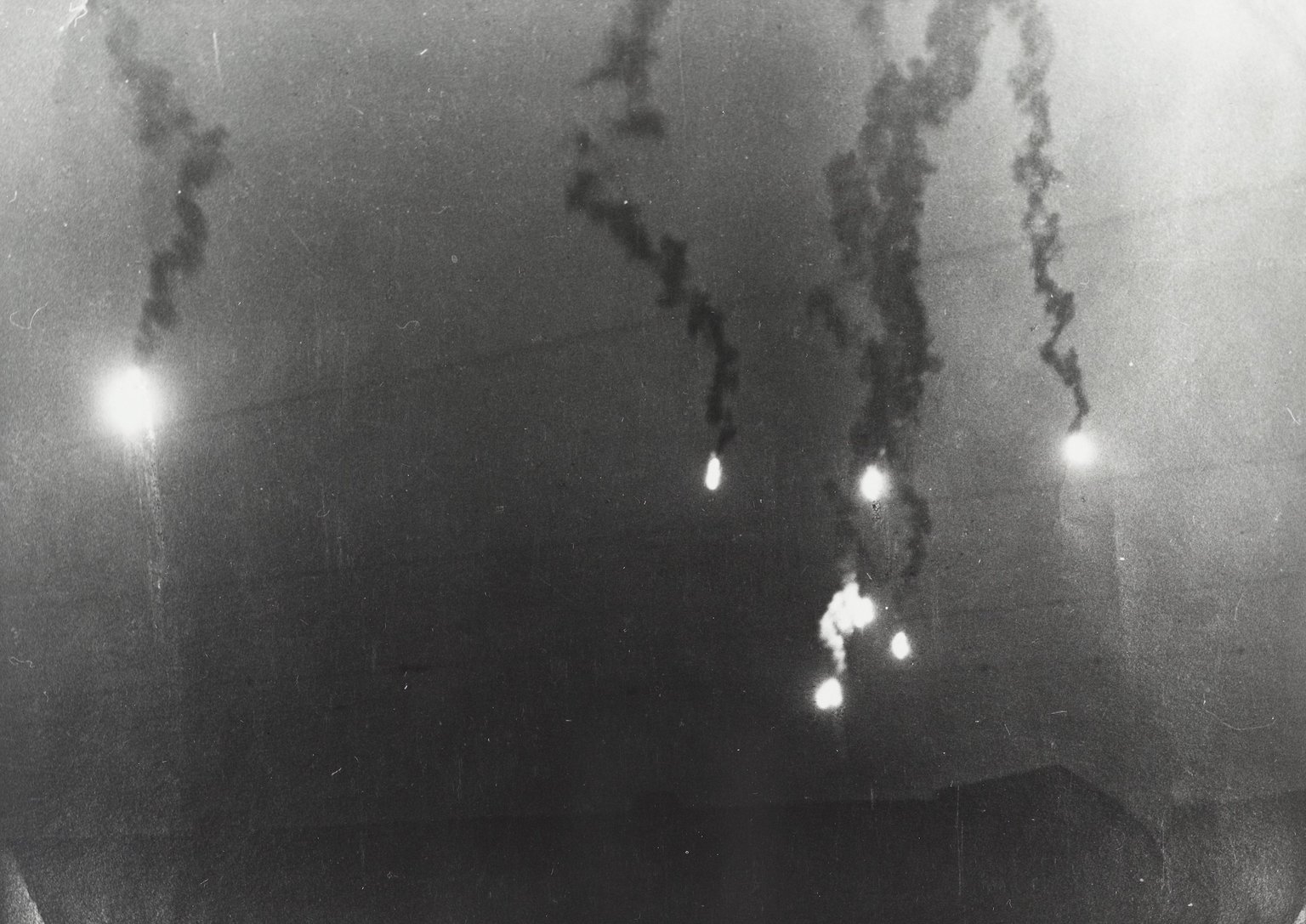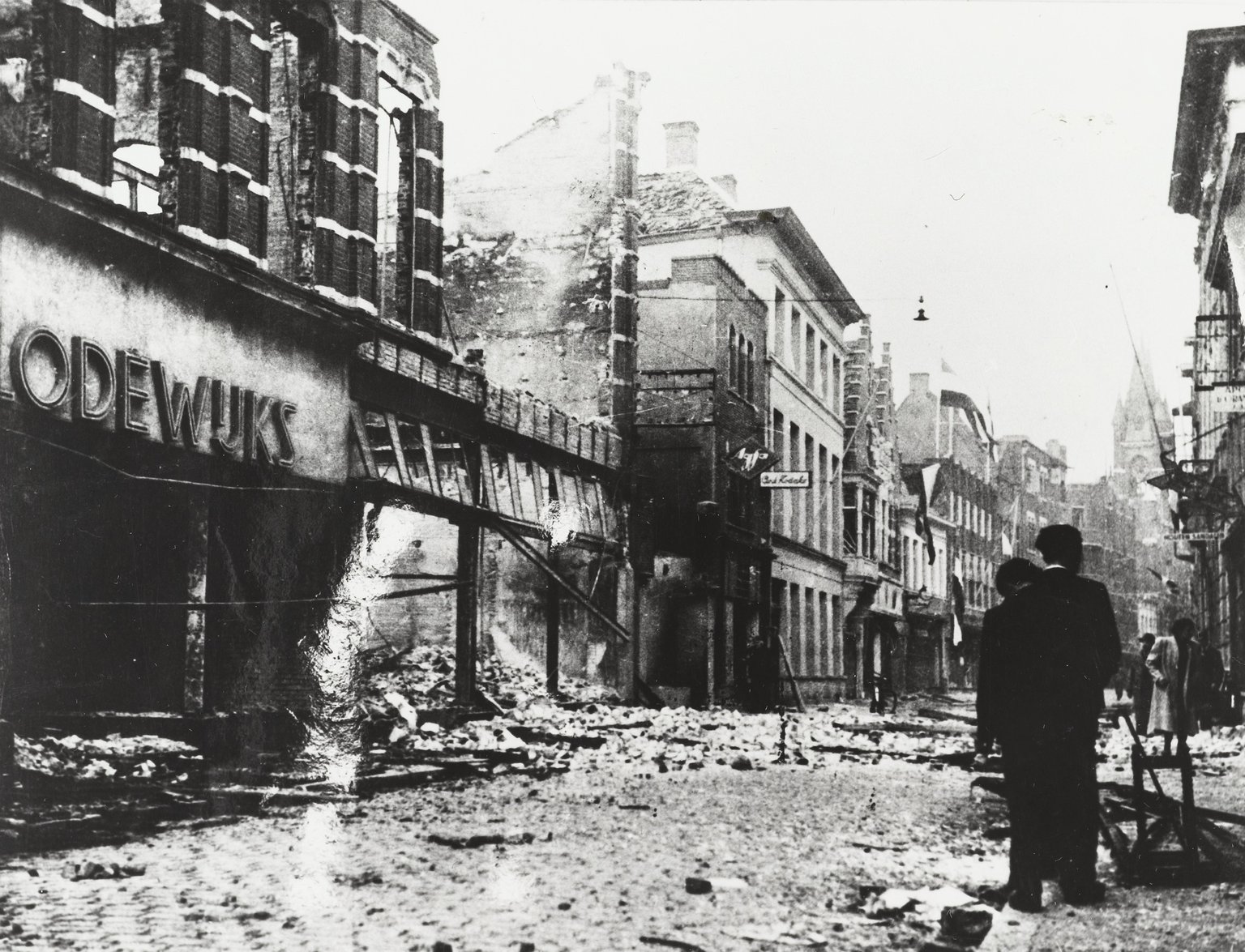The assassination of the Austrian Archduke Franz Ferdinand in 1914 was the immediate cause of the First World War. For four years, the great European powers fought a gruesome battle.
The entire Timeline
230 important events that occurred between 1914 and 1980 – before, during, and after Anne Frank's lifetime.
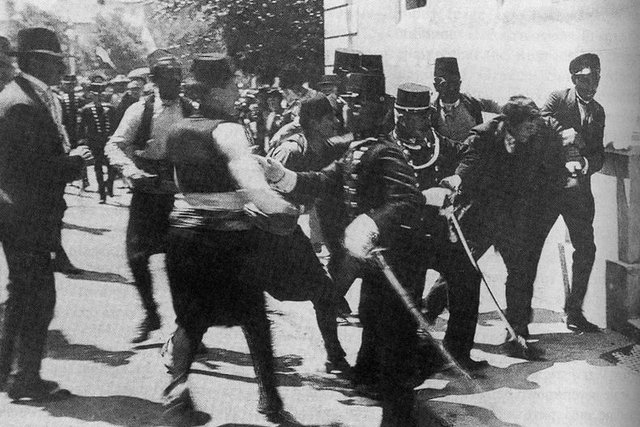 June 28, 1914Sarajevo
June 28, 1914SarajevoMurder of the Austrian Archduke: Start of the First World War
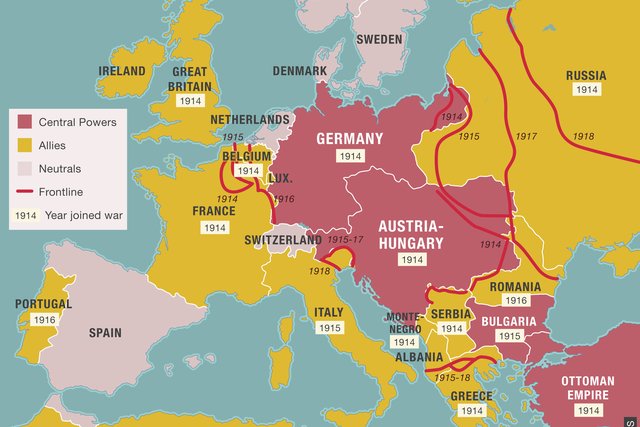 1914-1918Europe
1914-1918EuropeMaps of the First World War
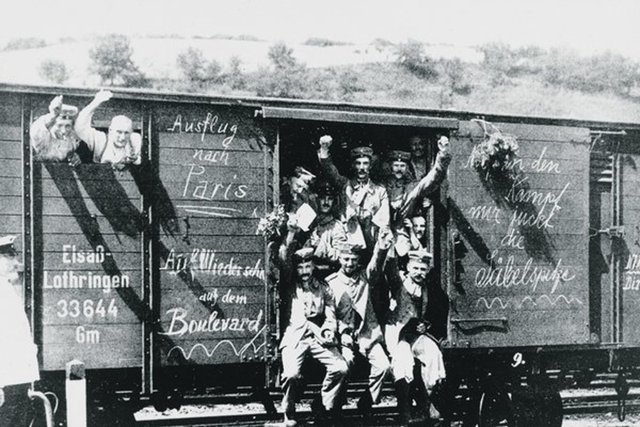 Aug. 2, 1914Europe
Aug. 2, 1914EuropeWar enthusiasm
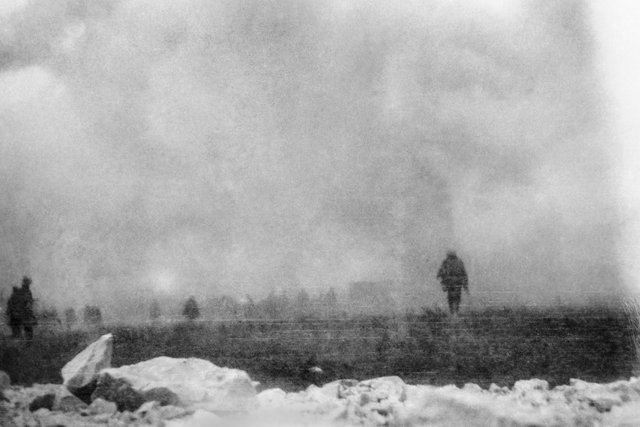 April 22, 1915Ypres
April 22, 1915YpresThe German army uses poison gas against French troops
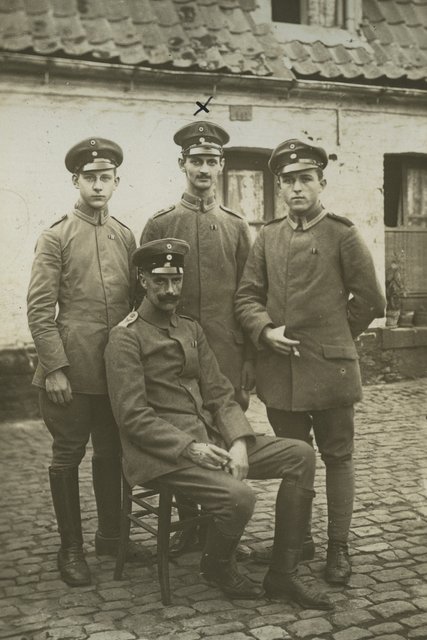 Aug. 6, 1915Germany
Aug. 6, 1915GermanyOtto Frank in the First World War
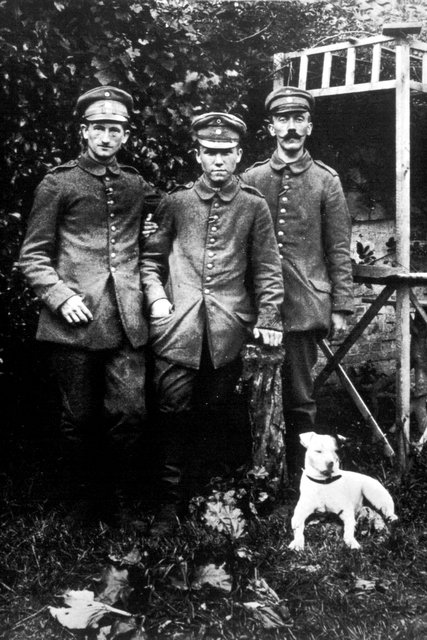 July 1, 1916France
July 1, 1916FranceHitler as a soldier in the First World War
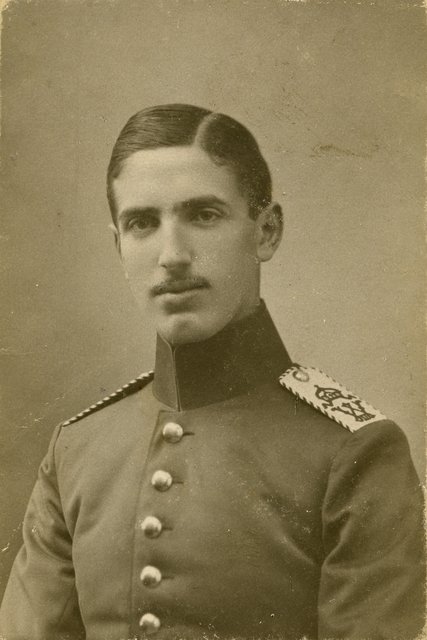 Dec. 1, 1916Germany
Dec. 1, 1916GermanyFritz Pfeffer in military service
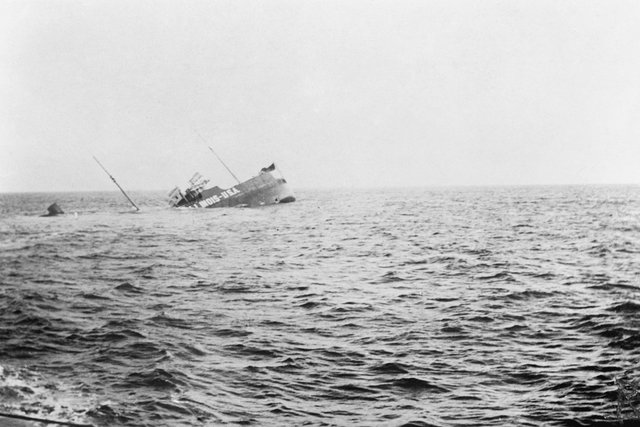 April 6, 1917Washington
April 6, 1917WashingtonThe United States declare war on Germany
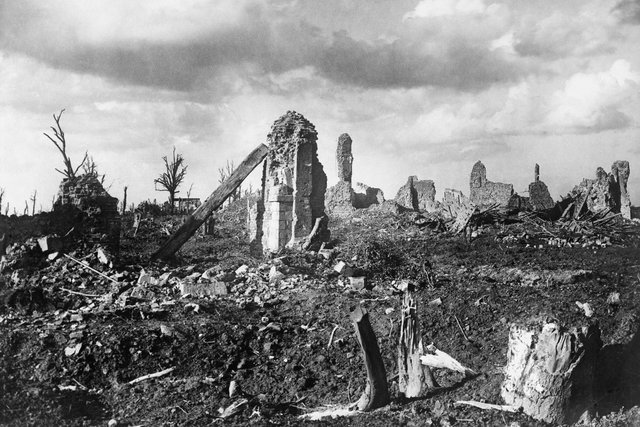 Oct. 5, 1917Ypres
Oct. 5, 1917YpresRuins after the Battle of Passchendaele
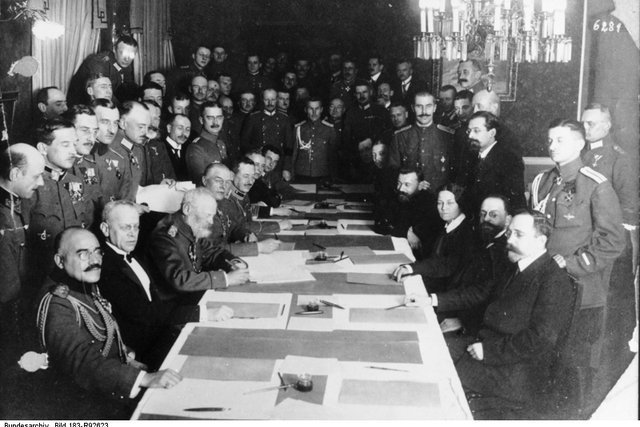 Nov. 7, 1917Petrograd (Saint Petersburg)
Nov. 7, 1917Petrograd (Saint Petersburg)The Russian Revolution: Armistice with Germany
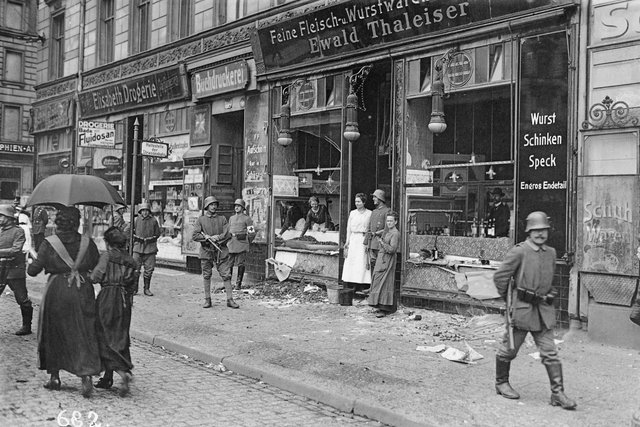 1917-1919Berlin
1917-1919BerlinFamine in Germany
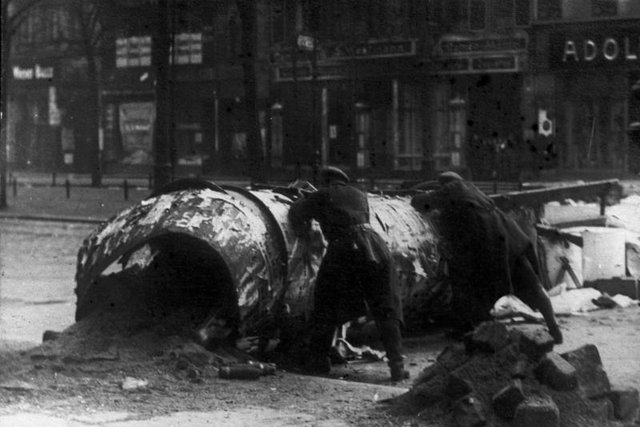 Nov. 9, 1918Germany
Nov. 9, 1918GermanyNovember Revolution: Germany becomes a republic
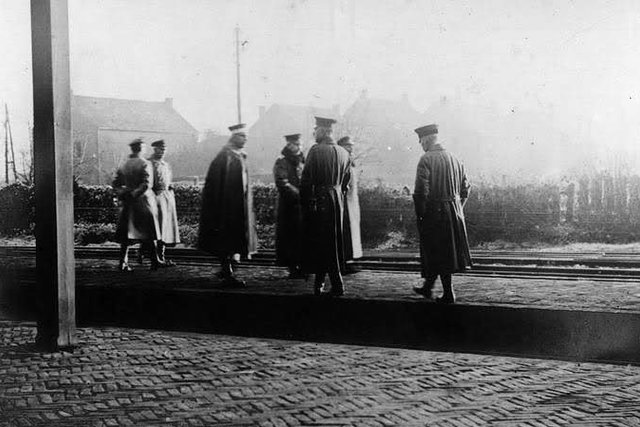 Nov. 10, 1918Eijsden, Netherlands
Nov. 10, 1918Eijsden, NetherlandsThe German emperor flees to the Netherlands
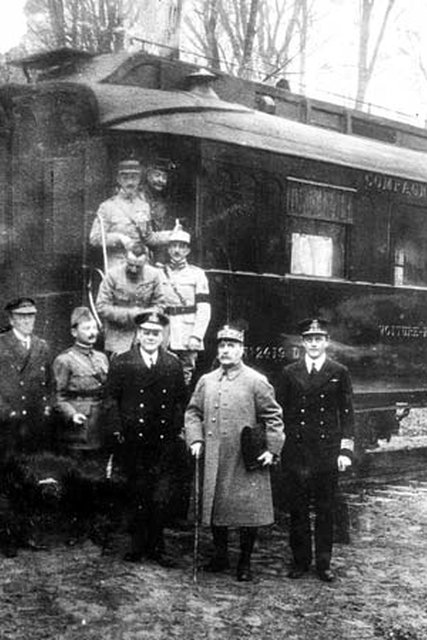 Nov. 11, 1918Compiègne
Nov. 11, 1918CompiègneGermany agrees on an armistice with the United Kingdom and France
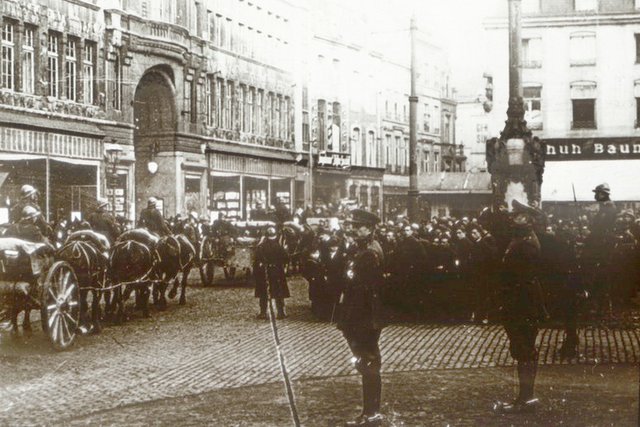 Nov. 30, 1918Aachen
Nov. 30, 1918AachenThe Belgian army occupies Aachen
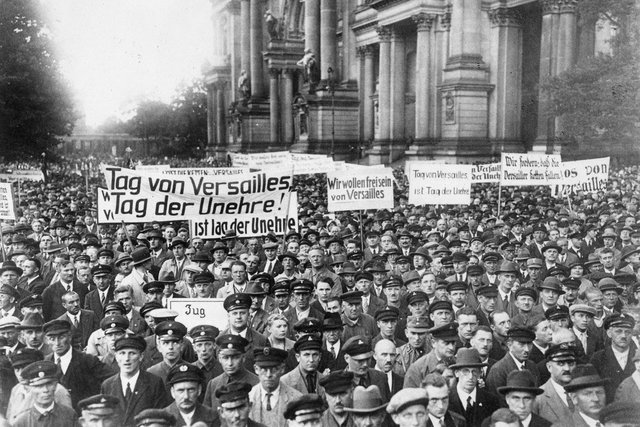 May 15, 1919Berlin
May 15, 1919BerlinGermany loses the war: Protests against the Treaty of Versailles
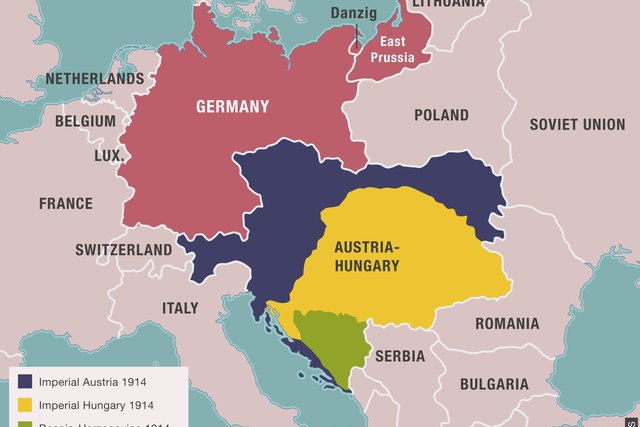 1919Europe
1919EuropeAltered frontiers in Europe
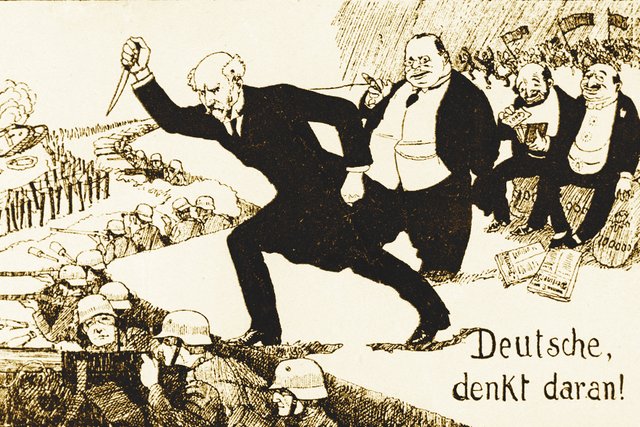 Nov. 18, 1919Berlin
Nov. 18, 1919BerlinThe stab-in-the-back myth
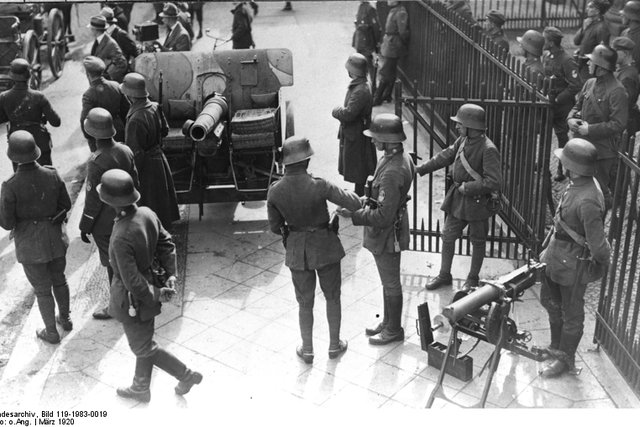 March 13, 1920Germany
March 13, 1920GermanyFailed coup in Germany
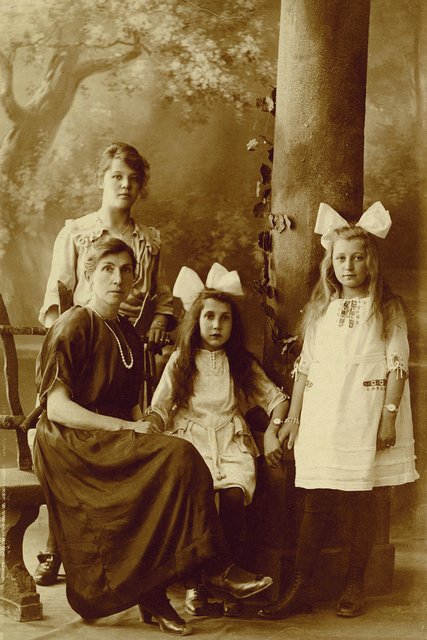 Dec. 1, 1920Vienna
Dec. 1, 1920ViennaPoverty and hunger in Vienna: Miep Gies comes to the Netherlands
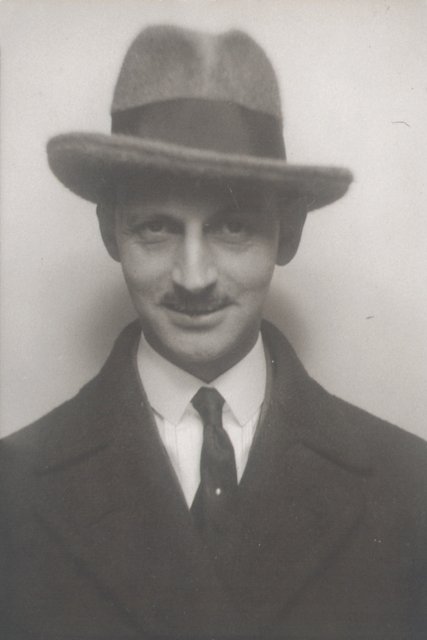 Jan. 1, 1923Amsterdam
Jan. 1, 1923AmsterdamOtto’s first time in Amsterdam
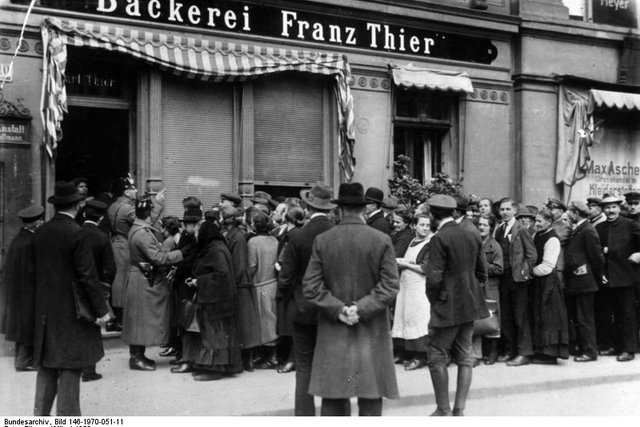 1923Berlin
1923BerlinPolice officers guard a bakery in Berlin
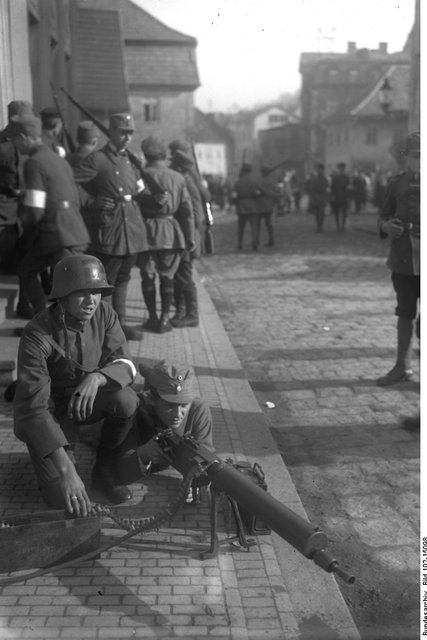 Nov. 8, 1923Munich
Nov. 8, 1923MunichAdolf Hitler commits a coup and fails
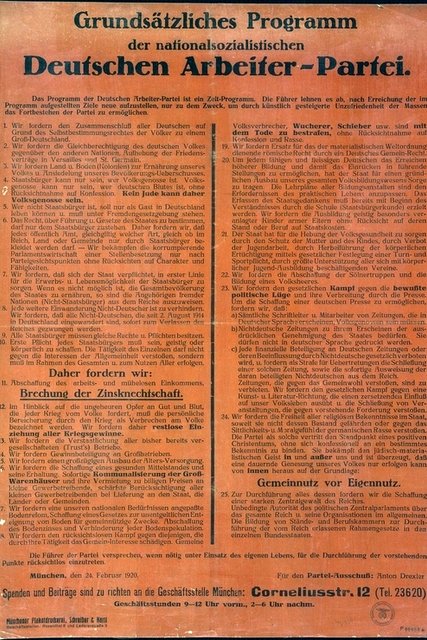 Feb. 24, 1924Munich
Feb. 24, 1924MunichThe NSDAP party programme
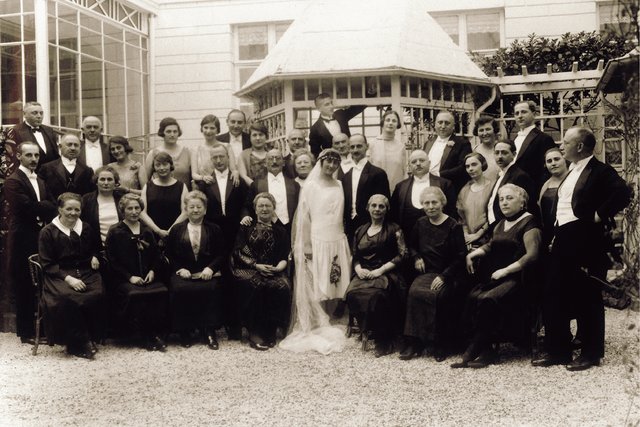 May 12, 1925Aachen
May 12, 1925AachenOtto Frank and Edith Holländer get married
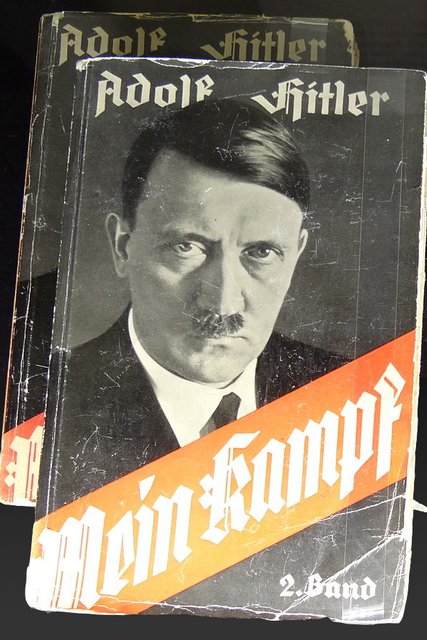 July 18, 1925Munich
July 18, 1925MunichAdolf Hitler publishes ‘Mein Kampf’
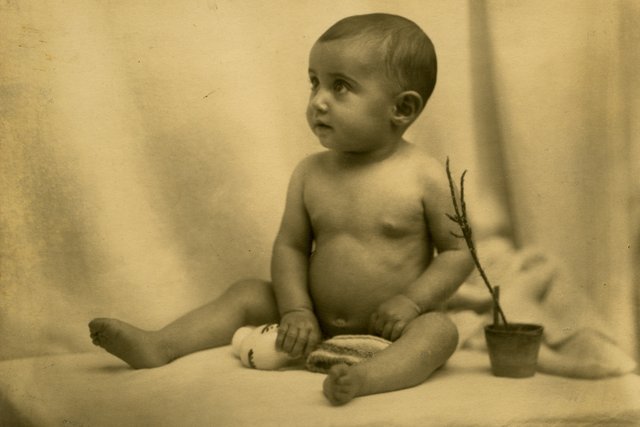 Feb. 16, 1926Frankfurt
Feb. 16, 1926FrankfurtMargot Frank is born
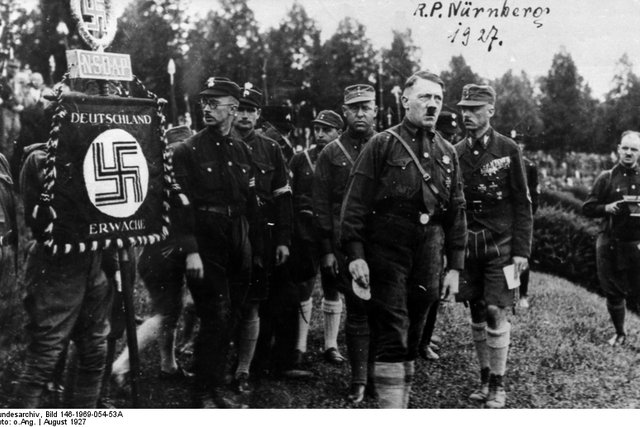 Aug. 1, 1927Nuremberg
Aug. 1, 1927NurembergNazis organise a party convention in Nuremberg
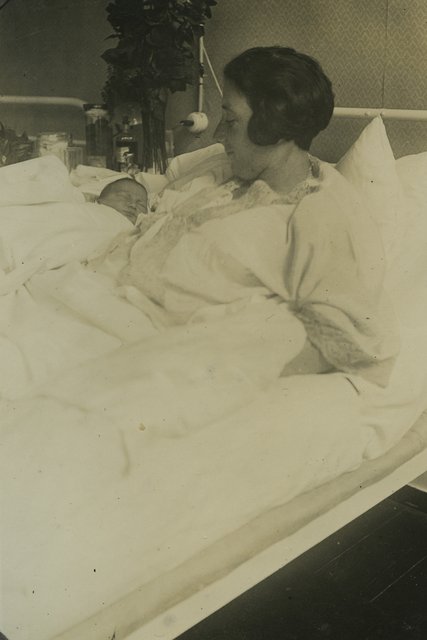 June 12, 1929Frankfurt
June 12, 1929FrankfurtAnne Frank is born
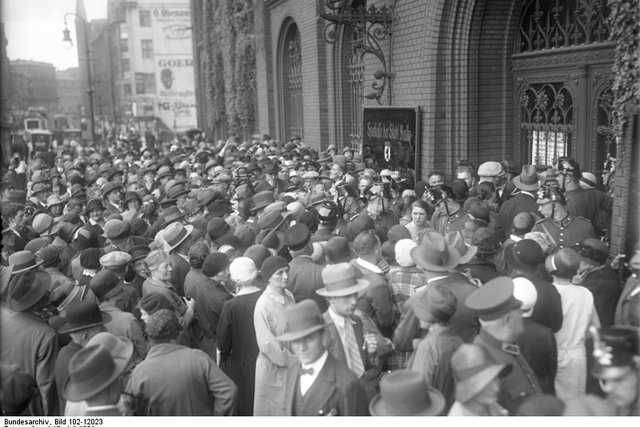 July 13, 1931Berlin
July 13, 1931BerlinSavers storm a Berlin bank
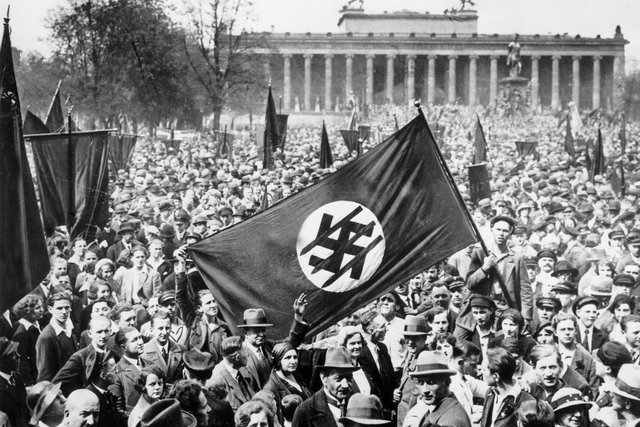 March 1, 1932Berlin
March 1, 1932BerlinThe Iron Front marches against the Nazis
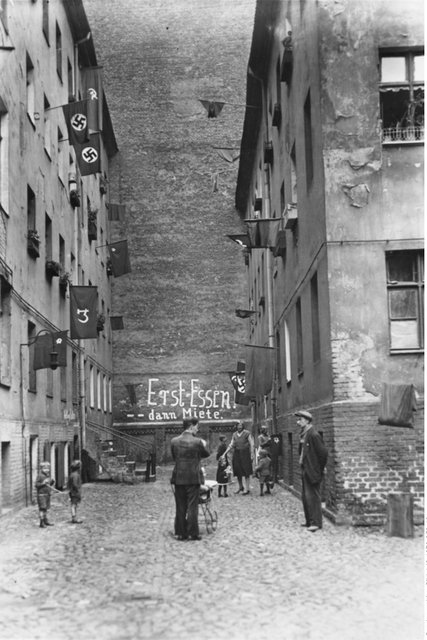 Sept. 1, 1932Berlin
Sept. 1, 1932BerlinRent strike in Berlin
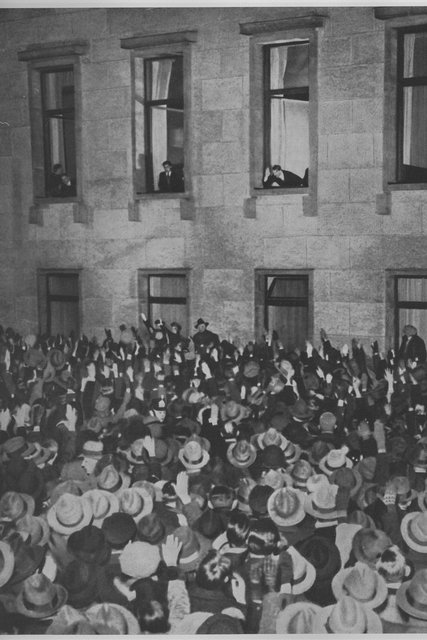 Jan. 30, 1933Berlin
Jan. 30, 1933BerlinHitler and the Nazis come to power in Germany
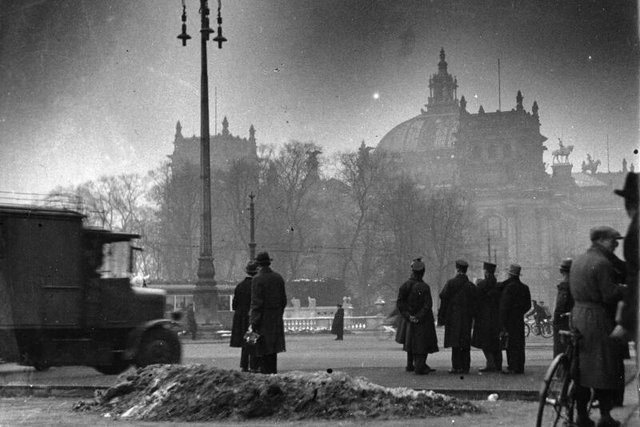 Feb. 27, 1933Berlin
Feb. 27, 1933BerlinReichstag fire
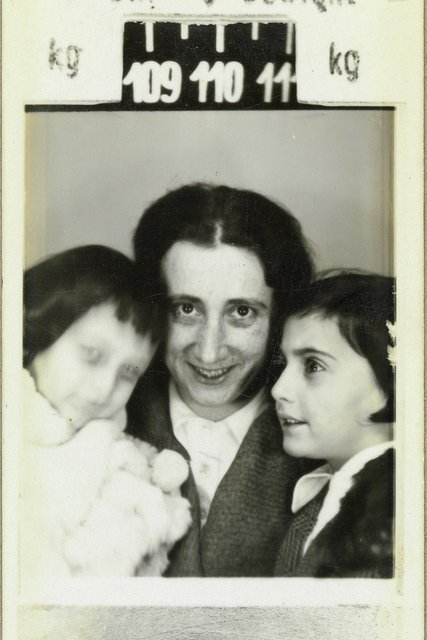 March 10, 1933Frankfurt
March 10, 1933FrankfurtThe last months in Frankfurt
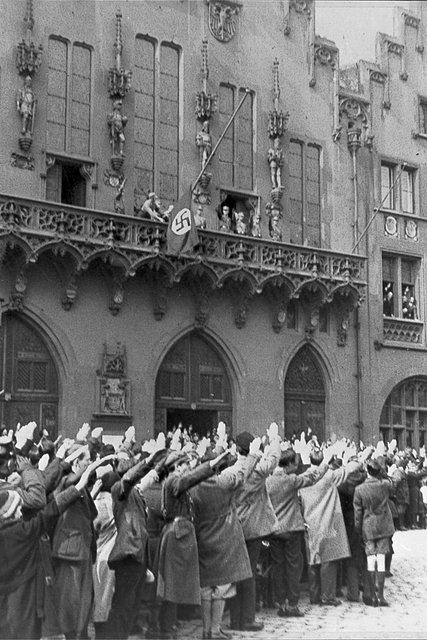 March 13, 1933Frankfurt
March 13, 1933FrankfurtIn Frankfurt, the NSDAP comes to power
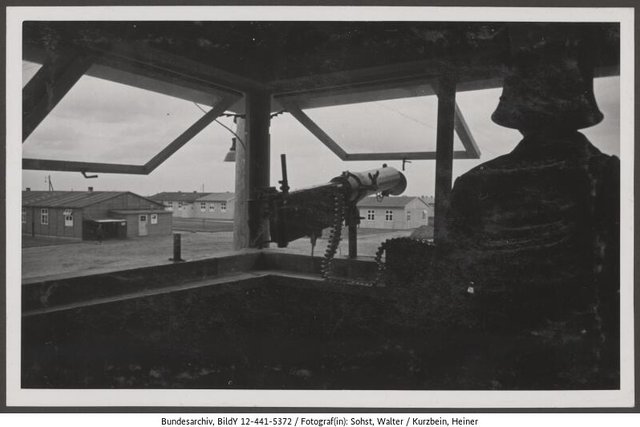 March 22, 1933Dachau
March 22, 1933DachauThe construction of Dachau: The first concentration camp
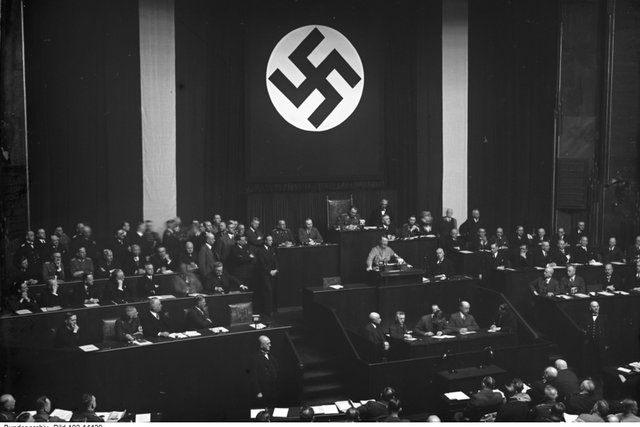 March 23, 1933Berlin
March 23, 1933BerlinThe Enabling Act: even more power for Hitler
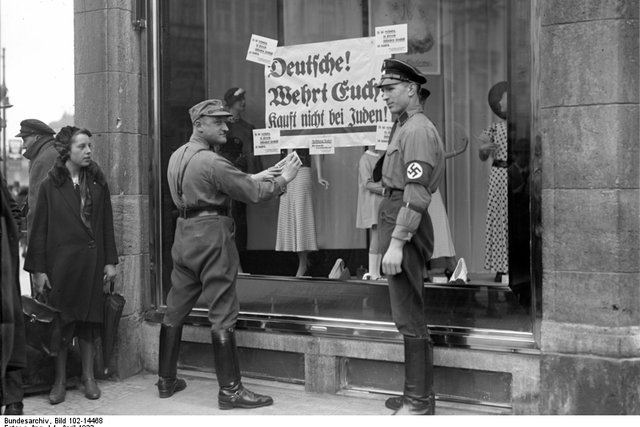 April 1, 1933Germany
April 1, 1933GermanyBoycott of Jewish shops
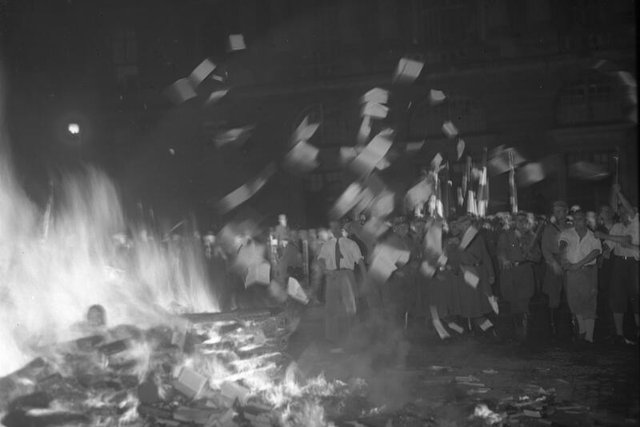 May 10, 1933Germany
May 10, 1933GermanyBook burning at German universities
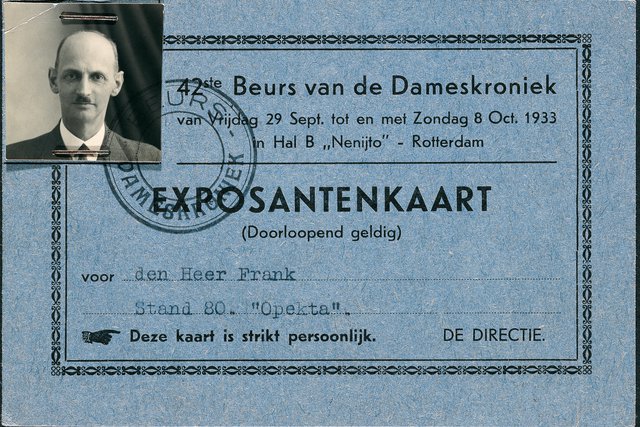 July 4, 1933The Netherlands
July 4, 1933The NetherlandsOtto starts Opekta in the Netherlands
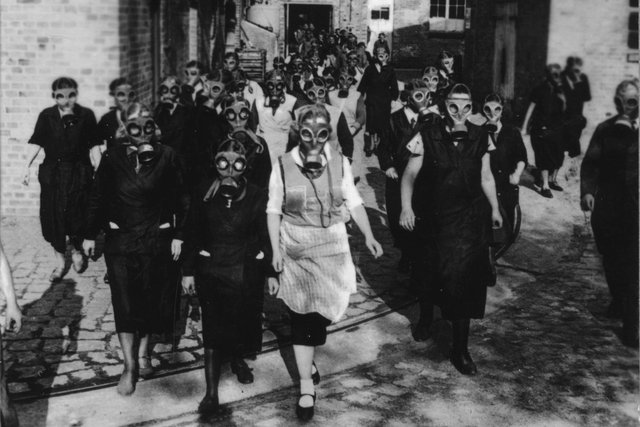 Sept. 13, 1933Brandenburg, Germany
Sept. 13, 1933Brandenburg, GermanyFactory workers practise wearing gas masks
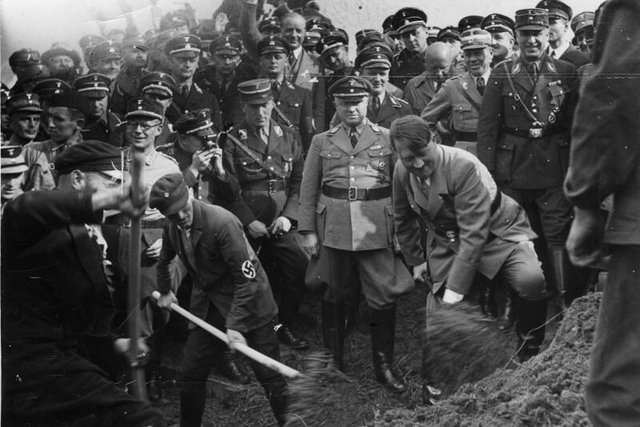 Sept. 23, 1933Frankfurt
Sept. 23, 1933FrankfurtThe Nazis start building motorways
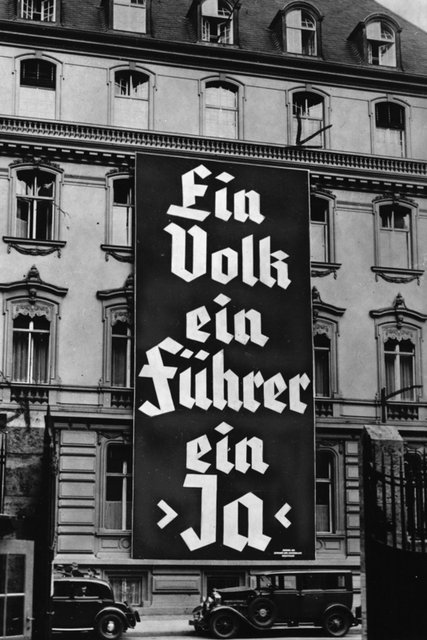 Dec. 1, 1933Germany
Dec. 1, 1933GermanyGermany is a one-party state
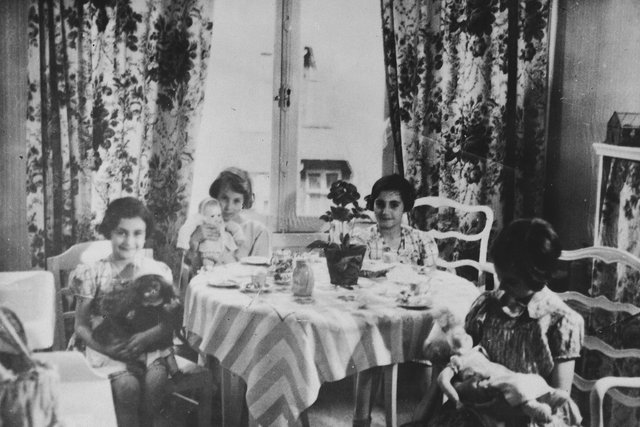 Feb. 16, 1934Amsterdam
Feb. 16, 1934AmsterdamAnne Frank emigrates to Amsterdam: a new life in a new city
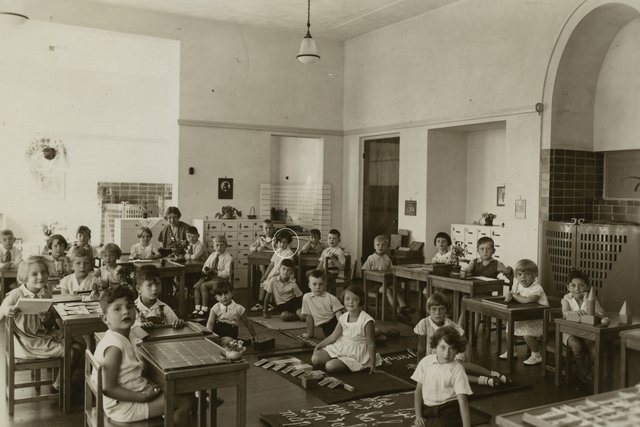 April 9, 1934Amsterdam
April 9, 1934AmsterdamAnne Frank in kindergarten
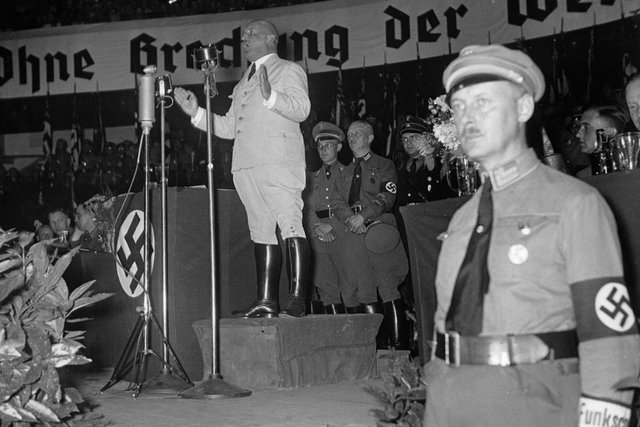 Aug. 15, 1935Berlin
Aug. 15, 1935BerlinJulius Streicher’s speech at the Berlin Sportpalast
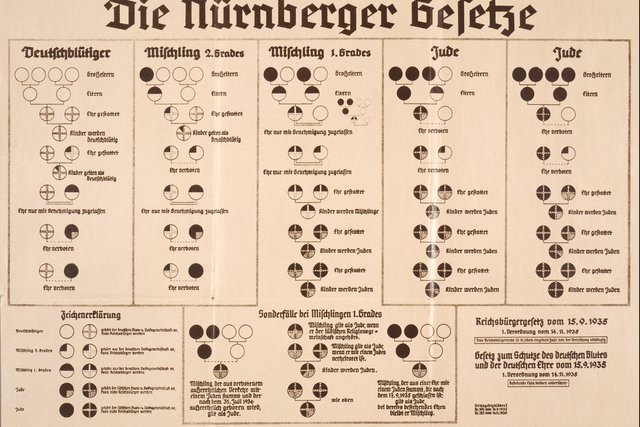 Sept. 15, 1935Nuremberg
Sept. 15, 1935NurembergThe Nuremberg Race Laws
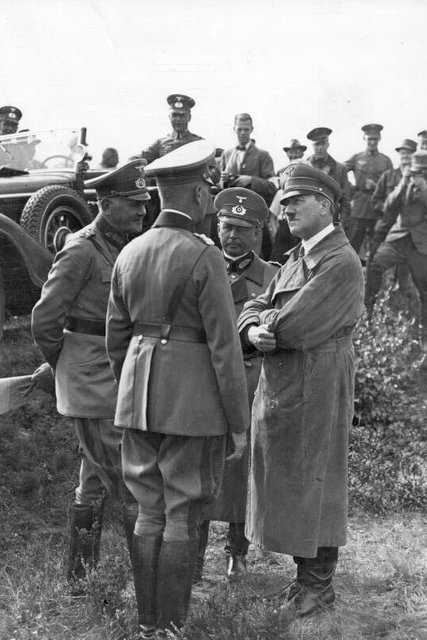 December 1935Bergen-Belsen
December 1935Bergen-BelsenMilitary training grounds near Bergen-Belsen
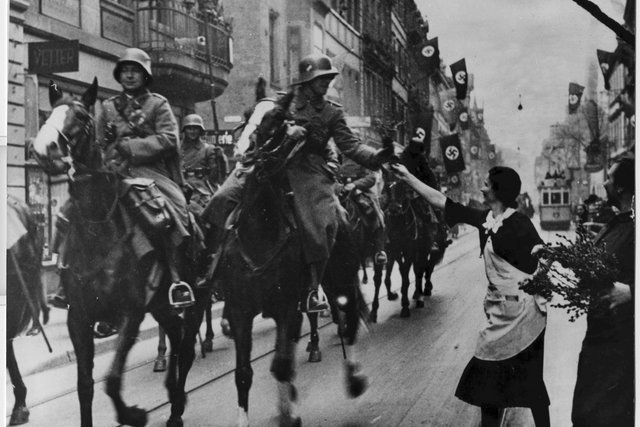 March 7, 1936Germany
March 7, 1936GermanyHitler’s first military action: German troops occupy the Rhineland
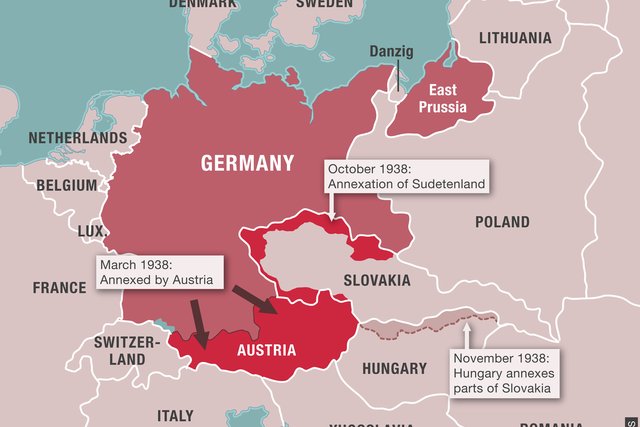 1936-1939Europe
1936-1939EuropeThe expansion of Germany
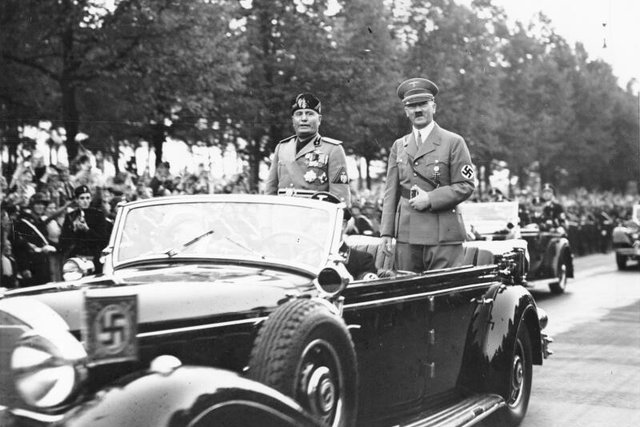 Oct. 25, 1936Berlin
Oct. 25, 1936BerlinNazi Germany and fascist Italy become friends
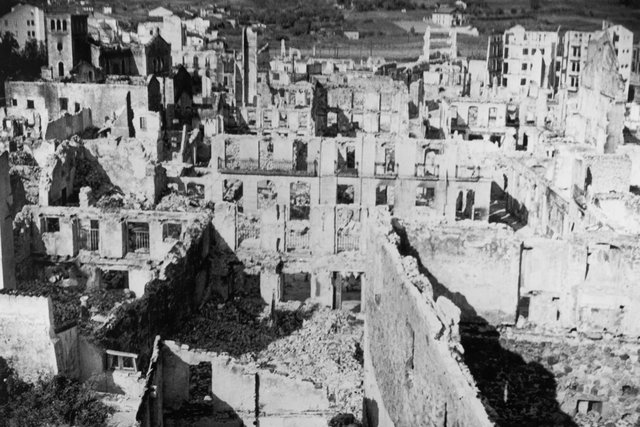 April 26, 1937Guernica
April 26, 1937GuernicaThe German Luftwaffe bombs Guernica
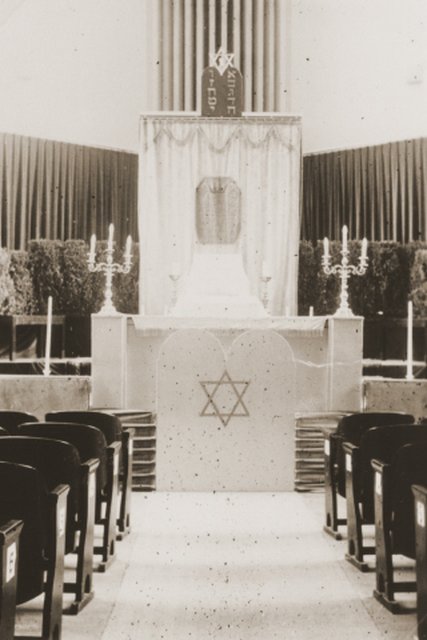 June 6, 1937Amsterdam
June 6, 1937AmsterdamConsecration of the Liberal Jewish Synagogue in Amsterdam
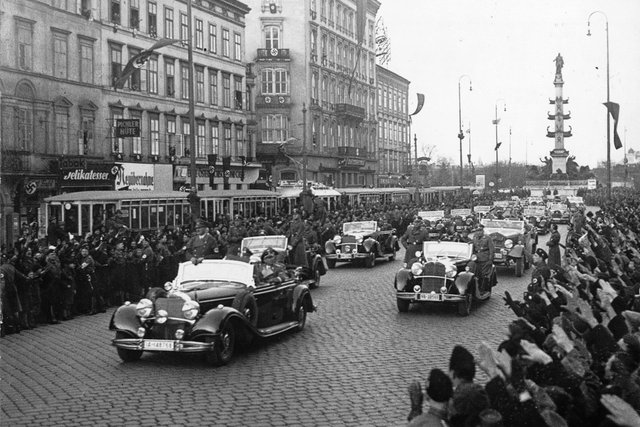 March 15, 1938Vienna
March 15, 1938ViennaThe Anschluss: Germany occupies Austria
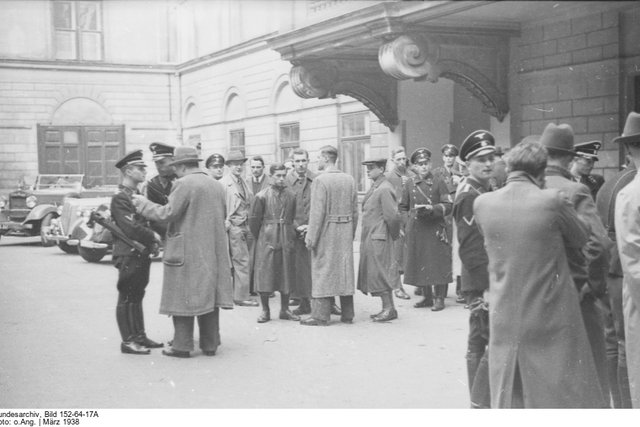 March 18, 1938Vienna
March 18, 1938ViennaEichmann invades the Jewish Congregation in Vienna
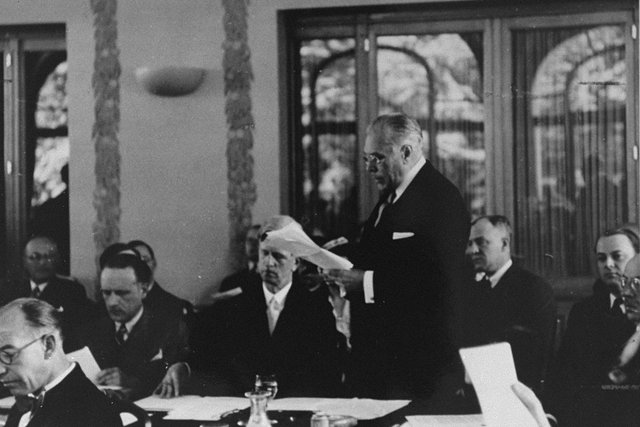 July 6, 1938Évian-les-Bains
July 6, 1938Évian-les-BainsÉvian Conference: no room for Jewish refugees
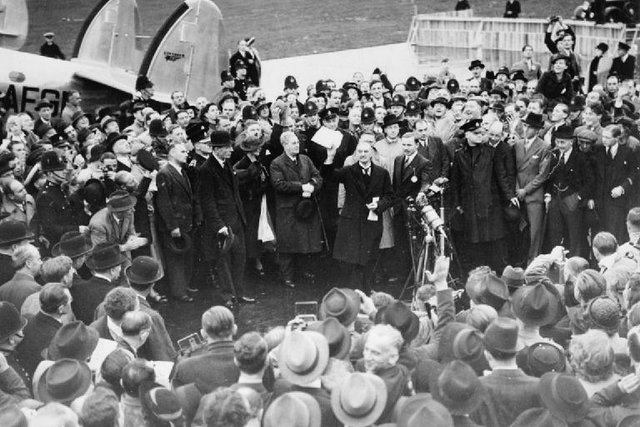 Sept. 30, 1938Munich
Sept. 30, 1938MunichThe Munich Agreement
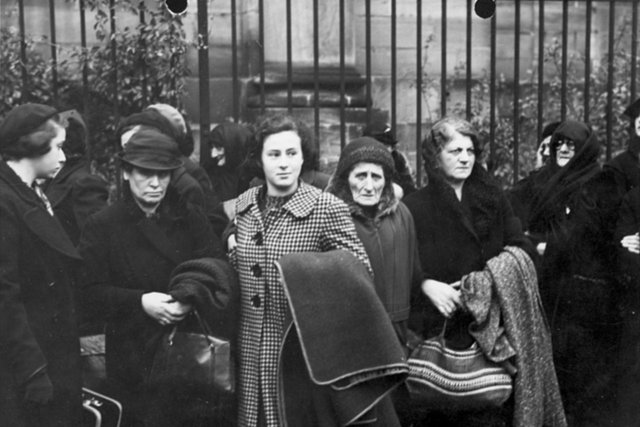 Oct. 27, 1938Germany
Oct. 27, 1938GermanyThe Gestapo deports Polish Jews to Poland
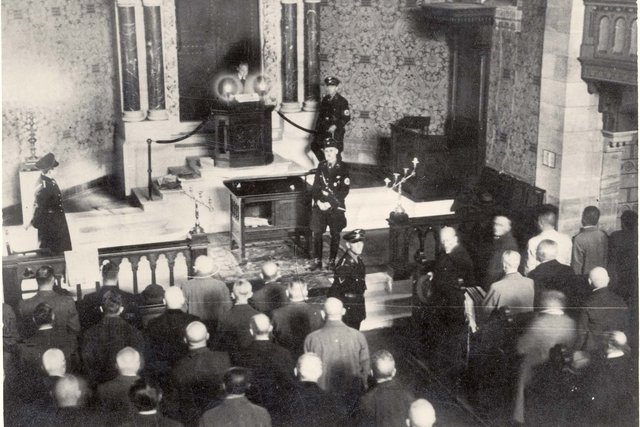 Nov. 9, 1938Germany
Nov. 9, 1938GermanyThe Kristallnacht proves that Jews have no future in Germany
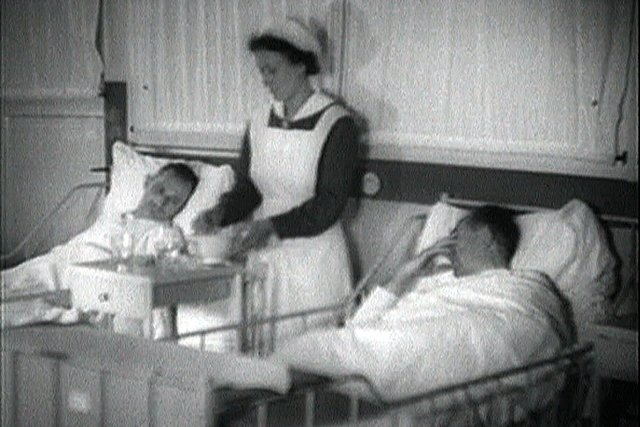 December 1938Amsterdam
December 1938AmsterdamJewish refugees in Amsterdam
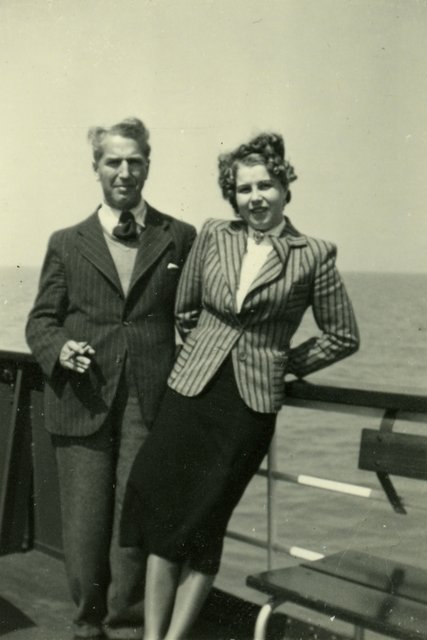 Dec. 9, 1938Amsterdam
Dec. 9, 1938AmsterdamFritz Pfeffer flees Germany for the Netherlands
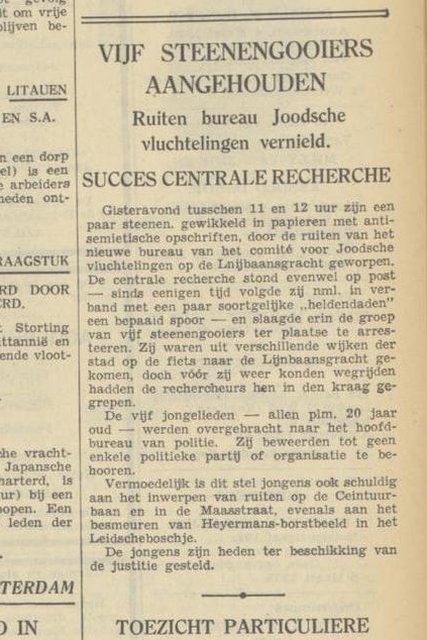 March 4, 1939Amsterdam
March 4, 1939AmsterdamAntisemitic youth caught in the act of vandalism
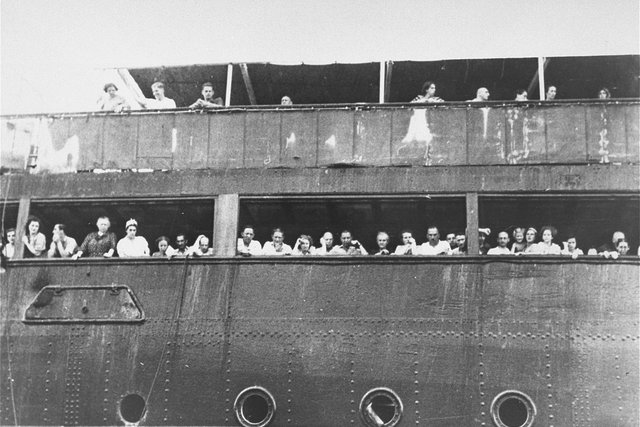 May 27, 1939Havana
May 27, 1939HavanaRefugee ship refused access
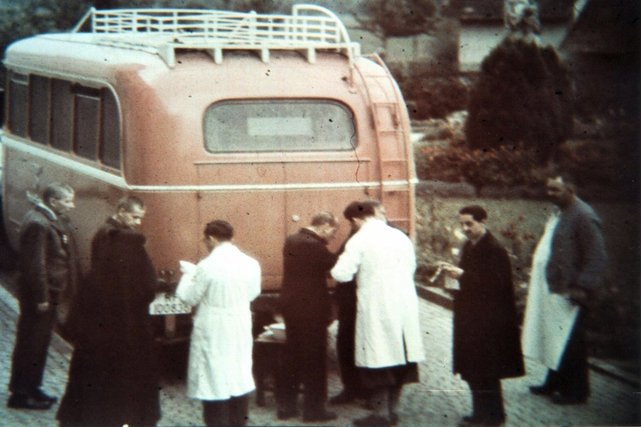 August 1939Berlin
August 1939BerlinMurder of the disabled
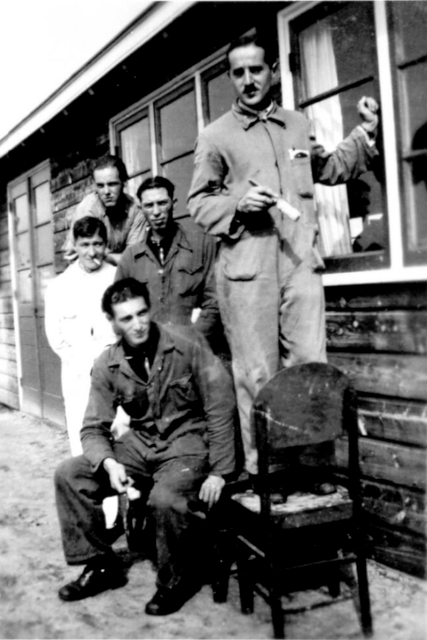 August 1939Westerbork
August 1939WesterborkShelter for refugees: A camp near Westerbork
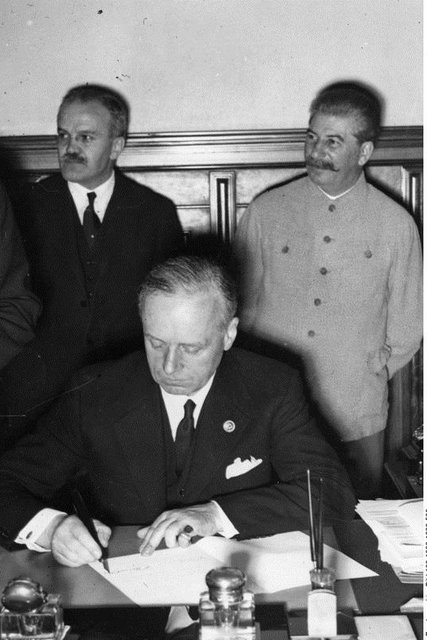 Aug. 23, 1939Moscow
Aug. 23, 1939MoscowGermany and the Soviet Union sign a non-aggression pact
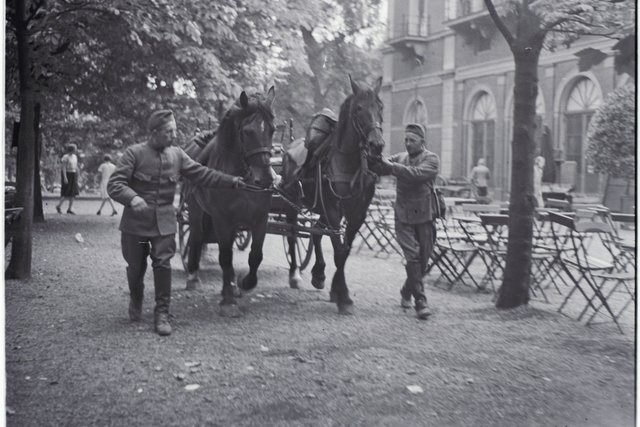 Aug. 28, 1939Amsterdam
Aug. 28, 1939AmsterdamAmsterdam prepares for war
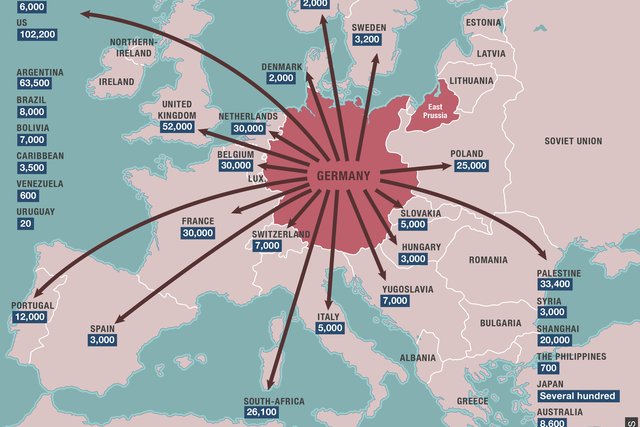 1933-1939Germany
1933-1939GermanyJewish refugees from Nazi Germany
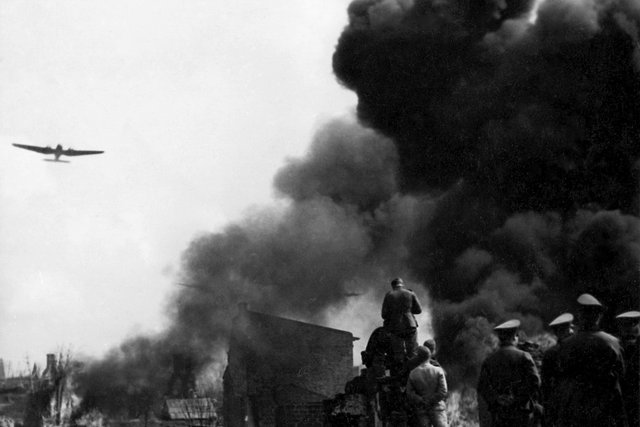 Sept. 1, 1939Poland
Sept. 1, 1939PolandThe start of the Second World War: Germany invades Poland
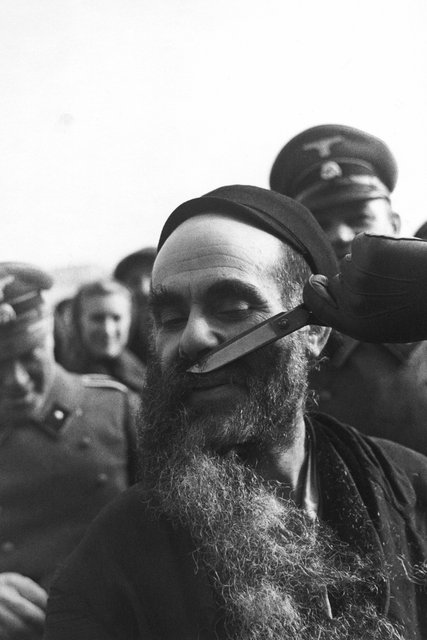 Oct. 1, 1939Occupied Poland
Oct. 1, 1939Occupied PolandJews are humiliated in occupied Poland
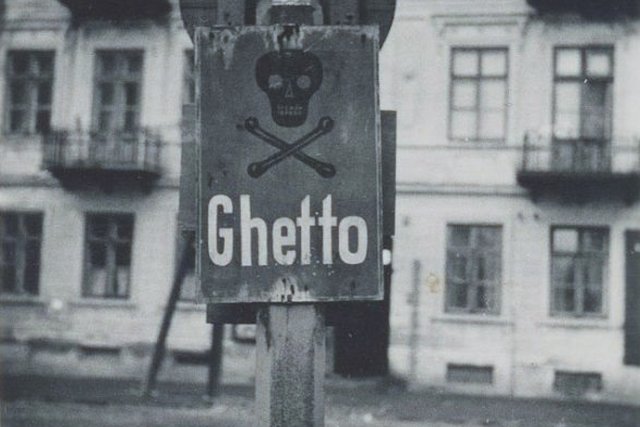 Oct. 8, 1939Piotrków Trybunalski
Oct. 8, 1939Piotrków TrybunalskiGhettos in occupied Poland
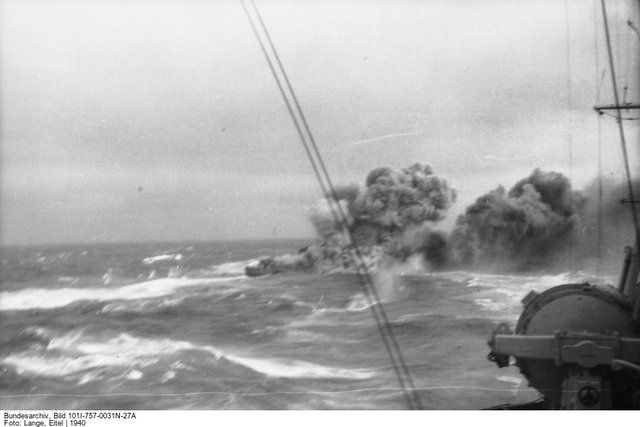 April 9, 1940Denmark - Norway
April 9, 1940Denmark - NorwayGermany invades Denmark and Norway
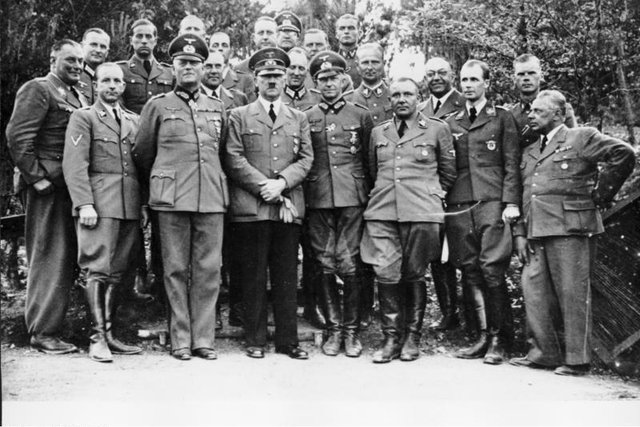 May 10, 1940Western Europe
May 10, 1940Western EuropeGermany invades the Netherlands, Belgium, and France
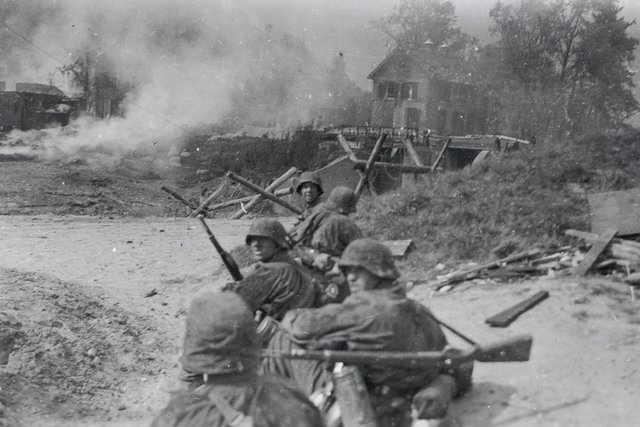 May 11, 1940Rhenen
May 11, 1940RhenenBattle of the Grebbeberg
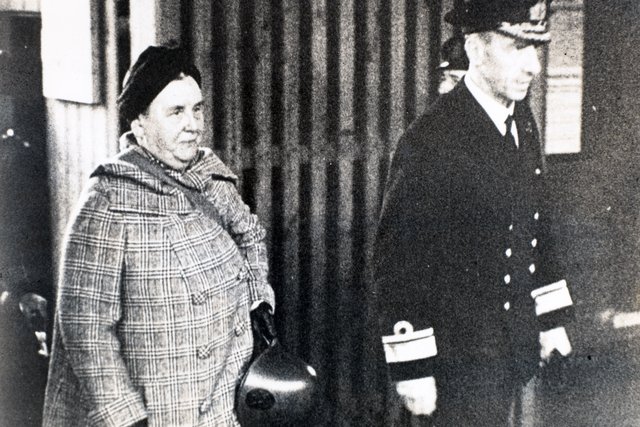 May 13, 1940Hoek van Holland
May 13, 1940Hoek van HollandQueen Wilhelmina escapes to England
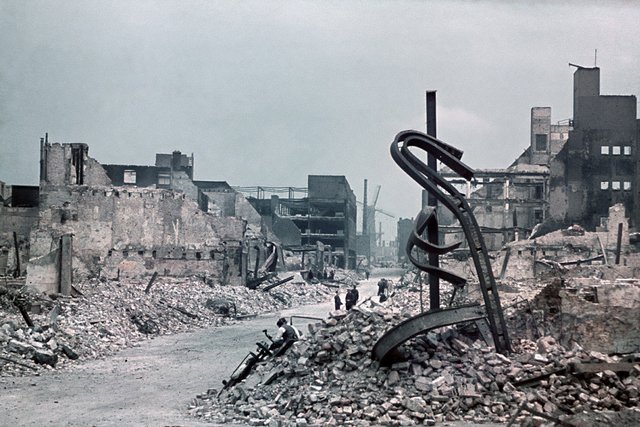 May 14, 1940Rotterdam
May 14, 1940RotterdamGermany bombs Rotterdam. The Netherlands surrenders
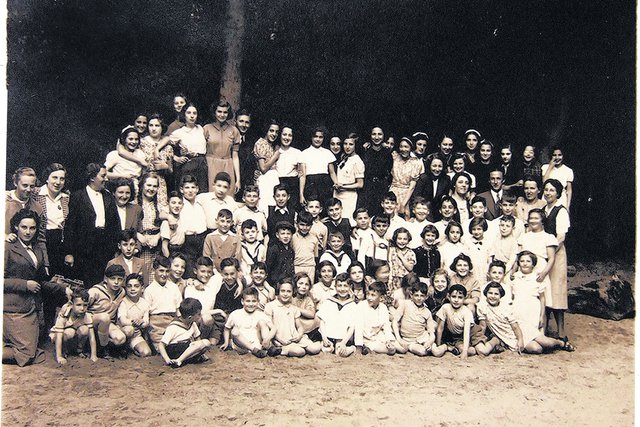 May 14, 1940IJmuiden
May 14, 1940IJmuidenJewish children taken to England at the last minute
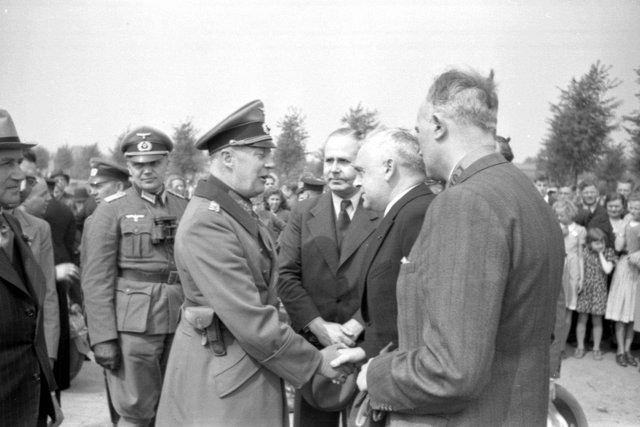 May 15, 1940Amsterdam
May 15, 1940AmsterdamThe German army enters Amsterdam
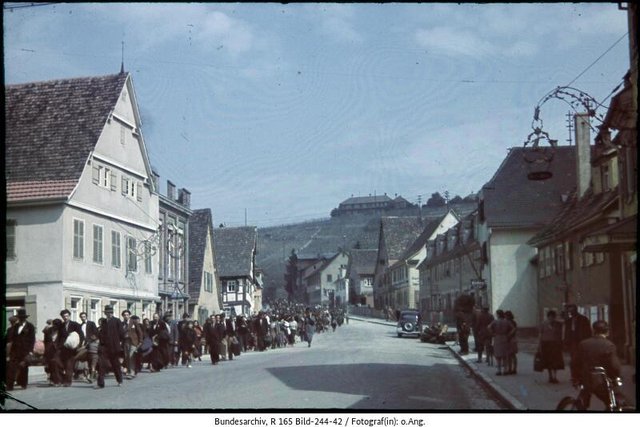 May 22, 1940Asperg, Germany
May 22, 1940Asperg, GermanyRoma and Sinti are deported from Germany
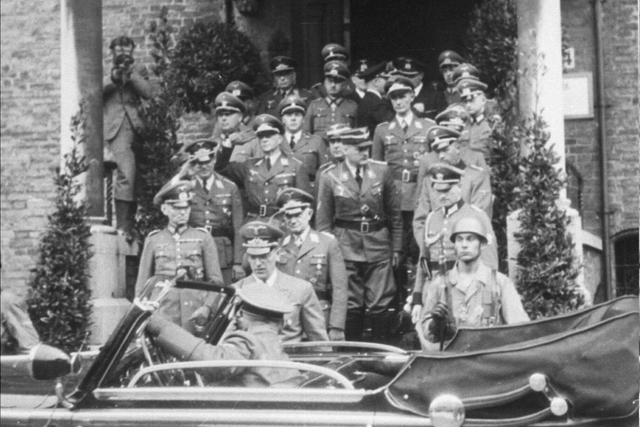 May 29, 1940The Hague
May 29, 1940The HagueThe Nazis assume power in the Netherlands
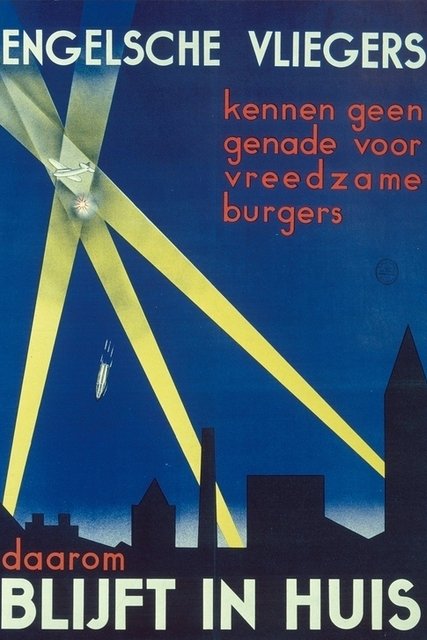 1940 - 1945Amsterdam
1940 - 1945AmsterdamThe Netherlands in the dark
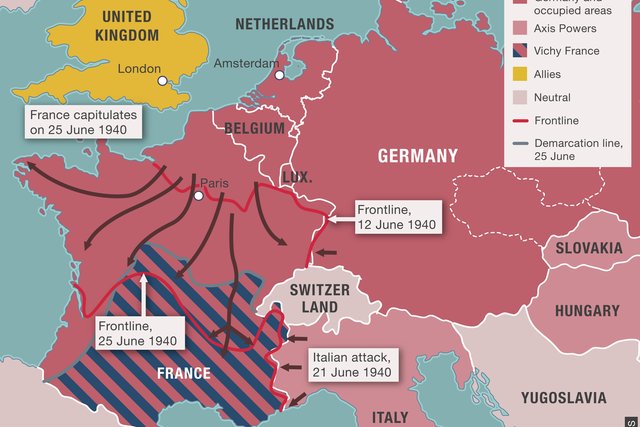 1940Europe
1940EuropeGermany occupies Europe
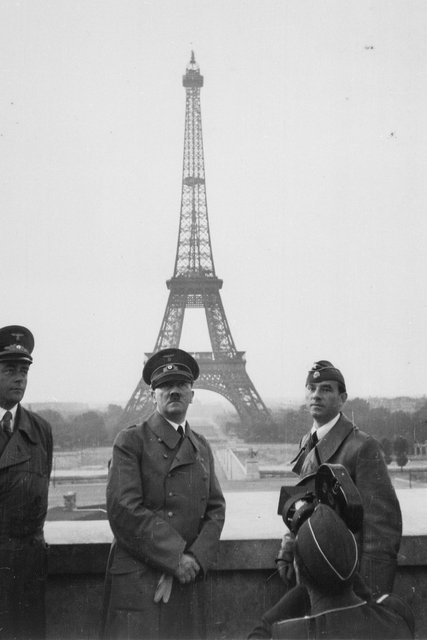 June 23, 1940Paris
June 23, 1940ParisAdolf Hitler in Paris
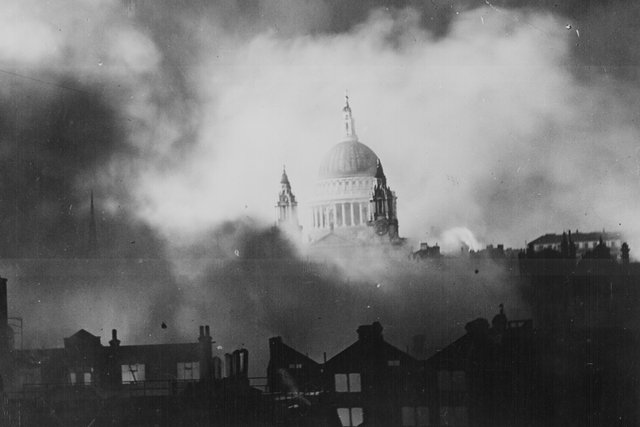 1940 - 1941Great Britain
1940 - 1941Great BritainThe Battle of Britain
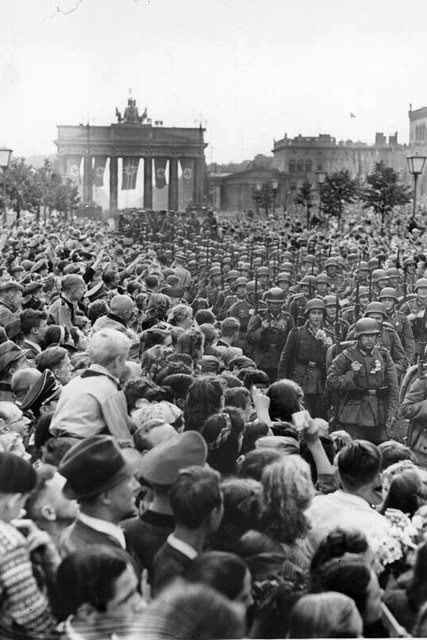 July 18, 1940Berlin
July 18, 1940BerlinRejoicing in Berlin
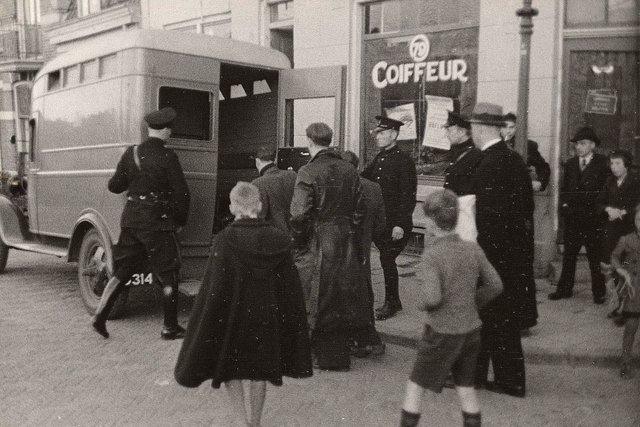 Aug. 5, 1940Amsterdam
Aug. 5, 1940AmsterdamRitual slaughter is prohibited
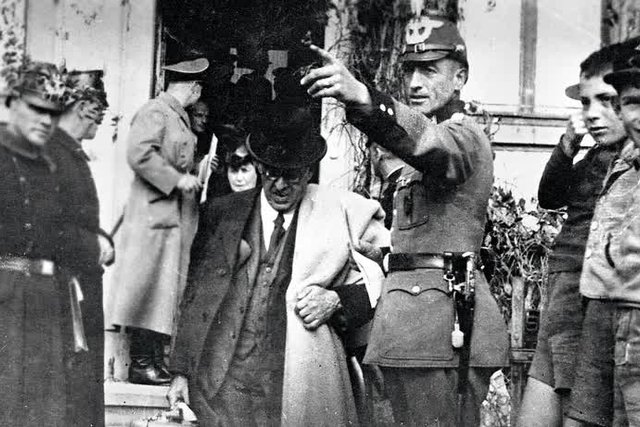 Oct. 22, 1940Baden, Germany
Oct. 22, 1940Baden, GermanyJews are deported from southwestern Germany
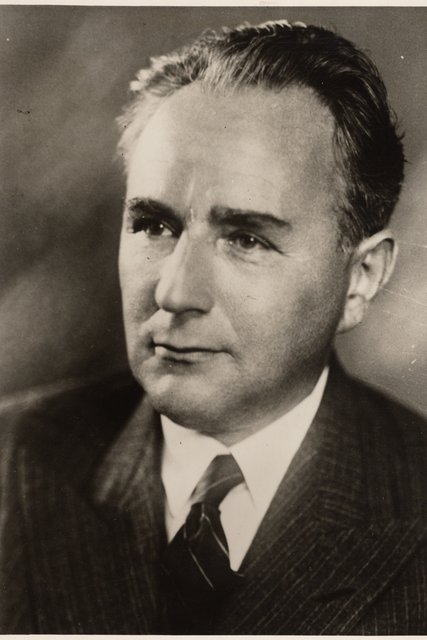 Nov. 21, 1940The Netherlands
Nov. 21, 1940The NetherlandsJewish civil servants are dismissed
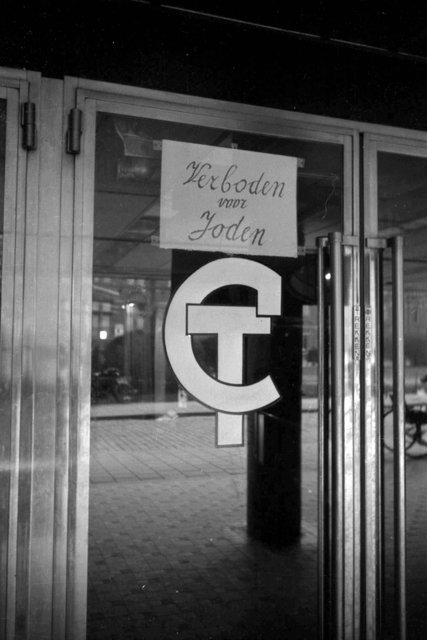 Jan. 7, 1941The Netherlands
Jan. 7, 1941The NetherlandsCinemas are off limits to Jews
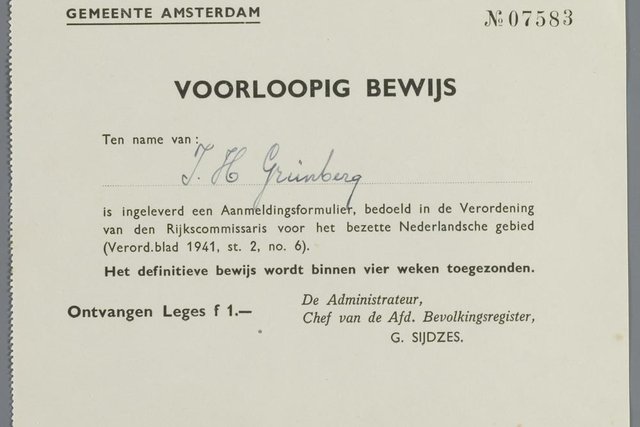 Feb. 3, 1941The Netherlands
Feb. 3, 1941The NetherlandsAll Jews need to register
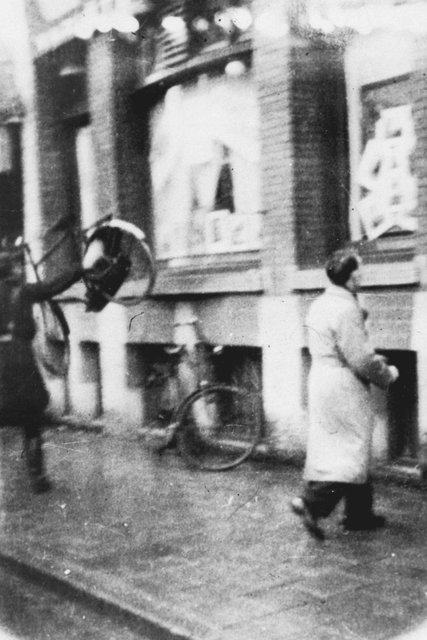 Feb. 9, 1941Amsterdam
Feb. 9, 1941AmsterdamCafé Alcazar is destroyed
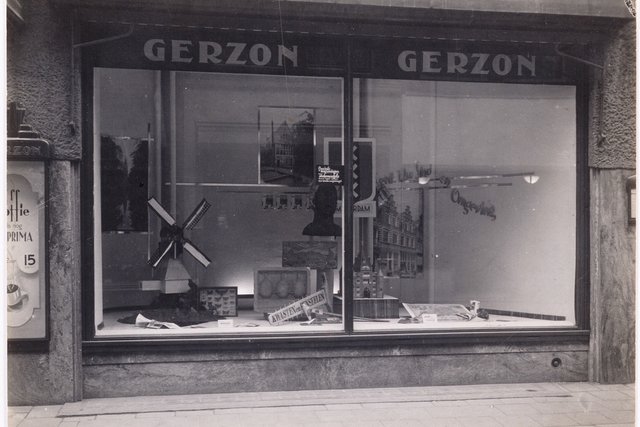 Feb. 12, 1941Amsterdam
Feb. 12, 1941AmsterdamAryanisation of Gerzon house of fashion
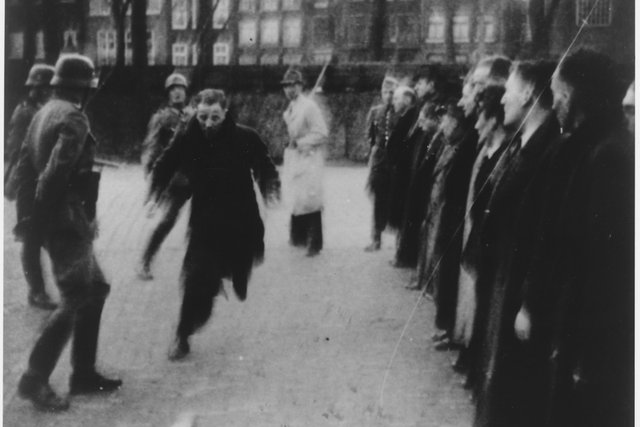 22 and 23 February, 1941Amsterdam
22 and 23 February, 1941AmsterdamMass raids in Amsterdam: The first deportations of Dutch Jews
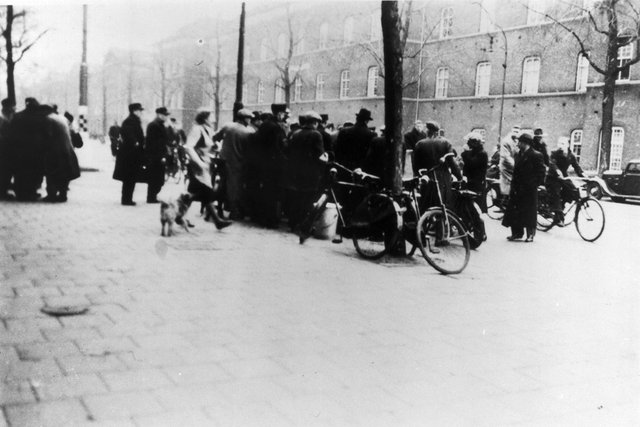 25 and 26 February, 1941Amsterdam
25 and 26 February, 1941AmsterdamThe February Strike
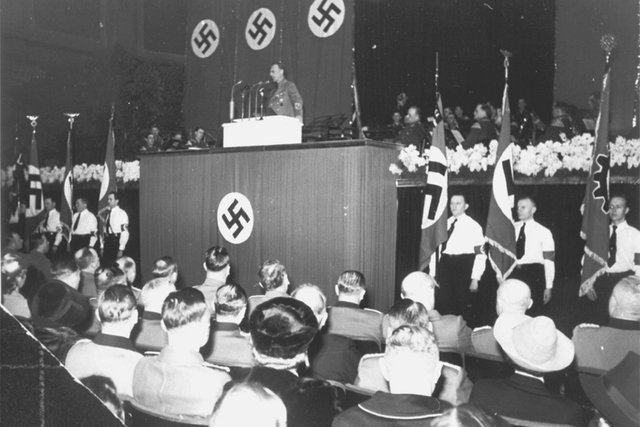 March 12, 1941Amsterdam
March 12, 1941AmsterdamSeyss-Inquart warns the Dutch Jews
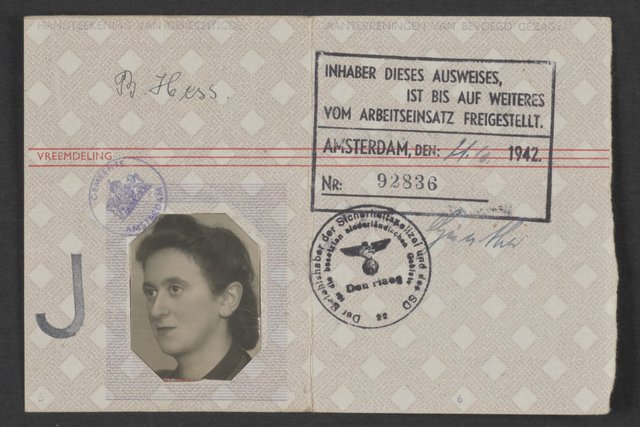 April 1, 1941The Netherlands
April 1, 1941The NetherlandsThe Dutch government makes carrying an identity card compulsory
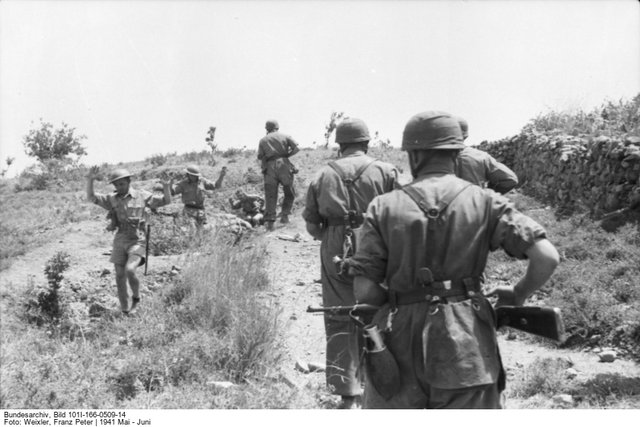 April 6, 1941Yugoslavia - Greece
April 6, 1941Yugoslavia - GreeceGermany and its allies invade Greece and Yugoslavia
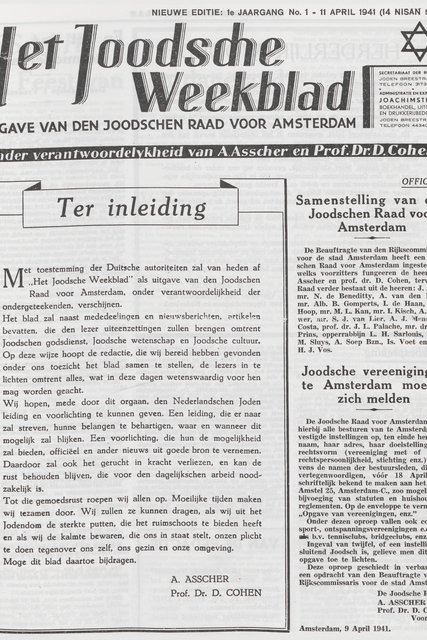 April 11, 1941Amsterdam
April 11, 1941AmsterdamThe Jewish Council publishes Het Joodsche Weekblad
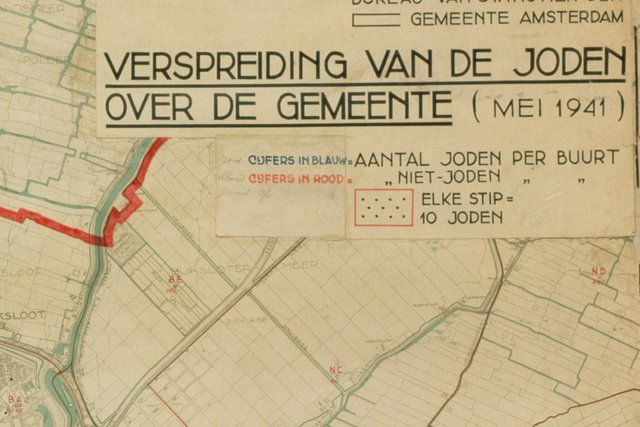 May 1941Amsterdam
May 1941AmsterdamThe Amsterdam municipality maps out where the Jews live
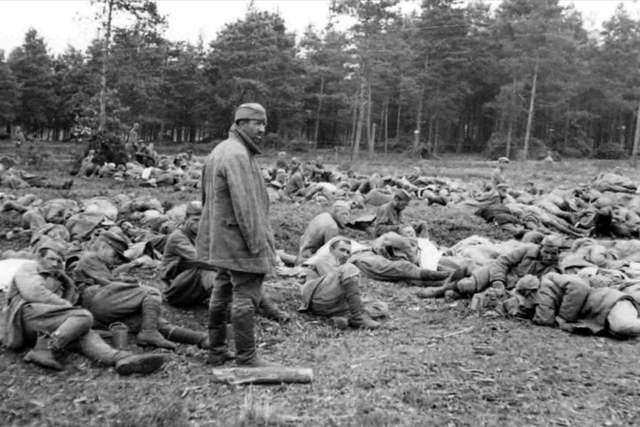 May-June 1940Bergen-Belsen
May-June 1940Bergen-BelsenSoviet prisoners of war at the Bergen-Belsen camp
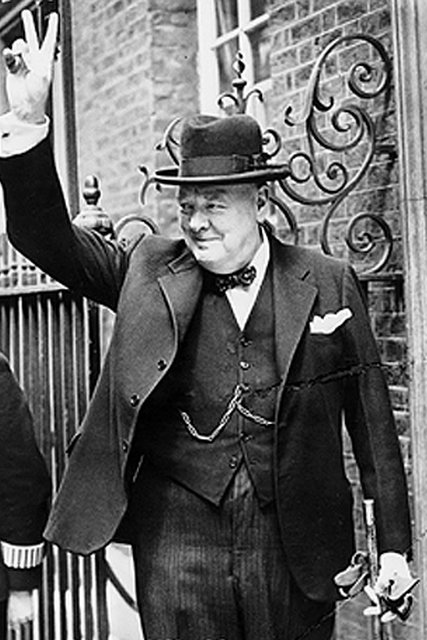 Spring 1941The Netherlands
Spring 1941The NetherlandsV for Victory
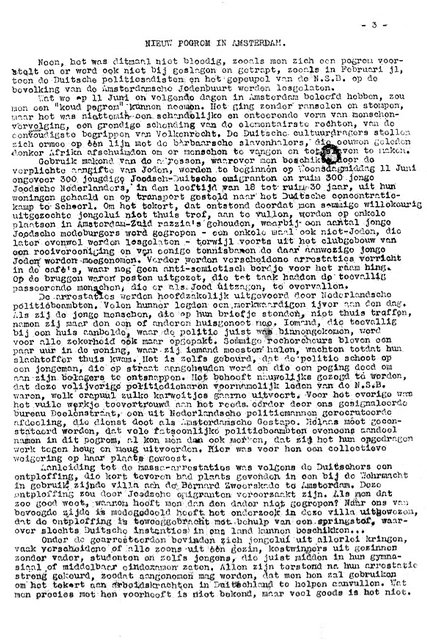 June 11, 1941Amsterdam
June 11, 1941AmsterdamRazzia on Jewish men in Amsterdam
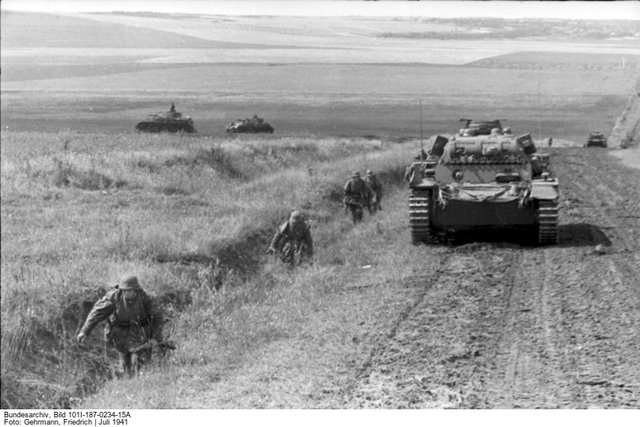 June 22, 1941Soviet Union
June 22, 1941Soviet UnionOperation Barbarossa: Germany invades the Soviet Union
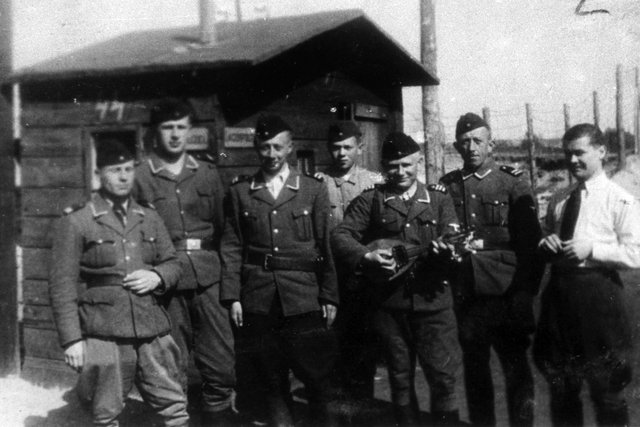 July 1941Trawniki
July 1941TrawnikiTrawniki: training camp for camp guards
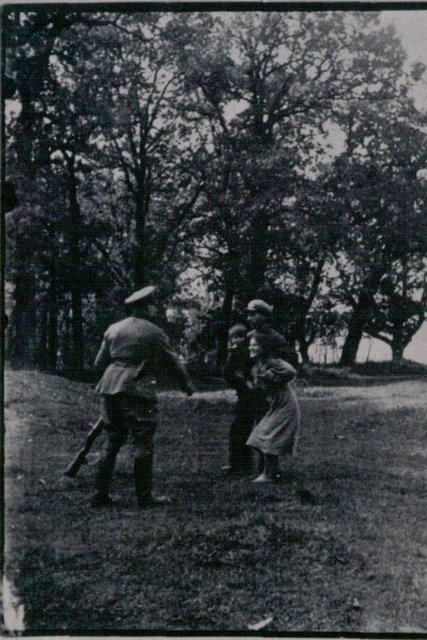 1941-1942Soviet Union
1941-1942Soviet UnionEinsatzgruppen: special death squads
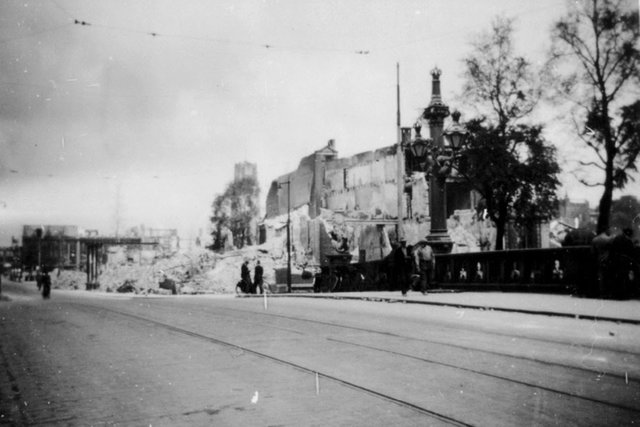 July 1941Rotterdam
July 1941RotterdamAmerican consulate is closed: escape no longer possible
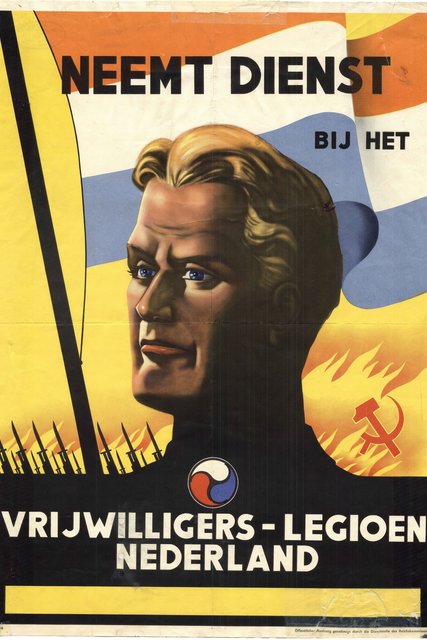 July 26, 1941The Hague
July 26, 1941The HagueDutch volunteers in the Waffen-SS
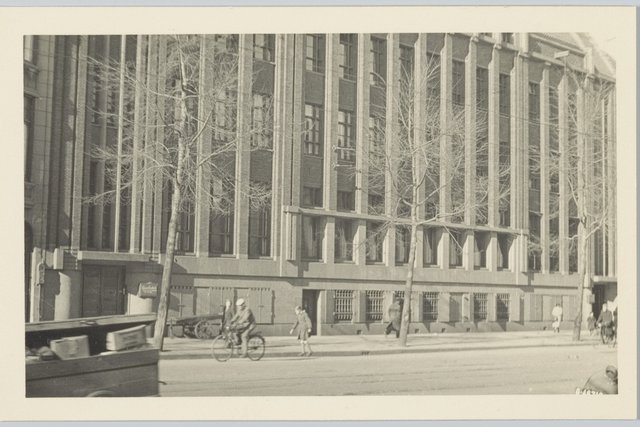 Aug. 8, 1941Amsterdam
Aug. 8, 1941AmsterdamDutch Jews are robbed
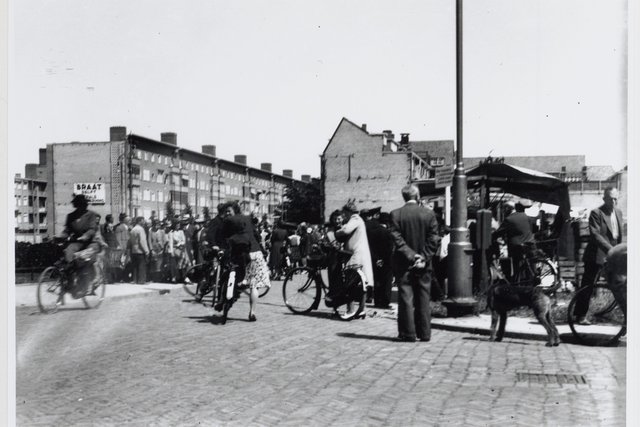 september 1941Amsterdam
september 1941AmsterdamMarkets for Jews only
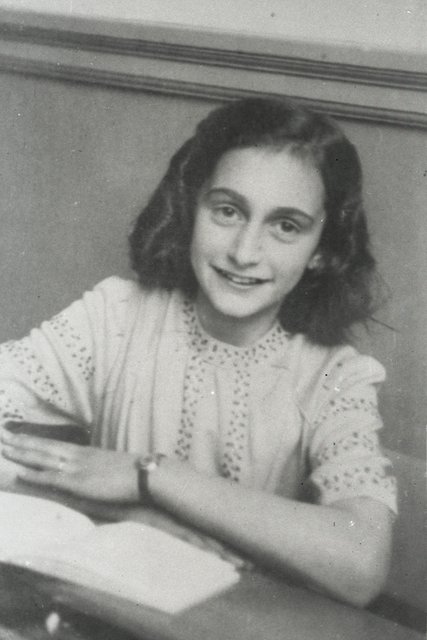 Sept. 1, 1941Amsterdam
Sept. 1, 1941AmsterdamJewish children are made to go to separate schools
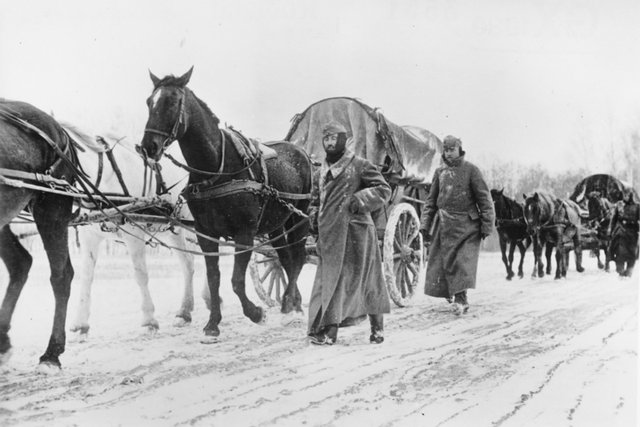 October 1941Moscow
October 1941MoscowThe German army gets stuck in the Soviet Union
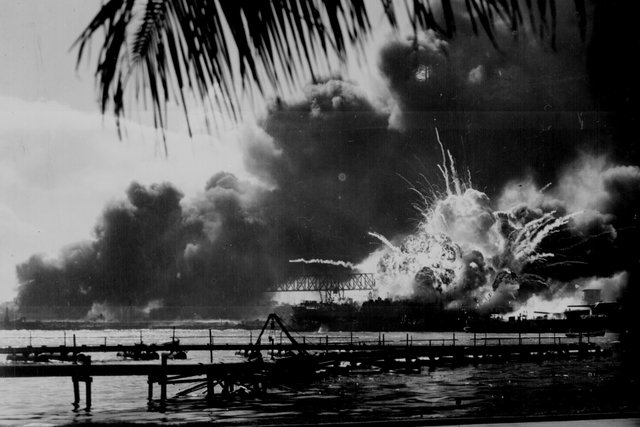 Dec. 7, 1941Pearl Harbor
Dec. 7, 1941Pearl HarborJapan bombs Pearl Harbor: Hitler declares war on the US
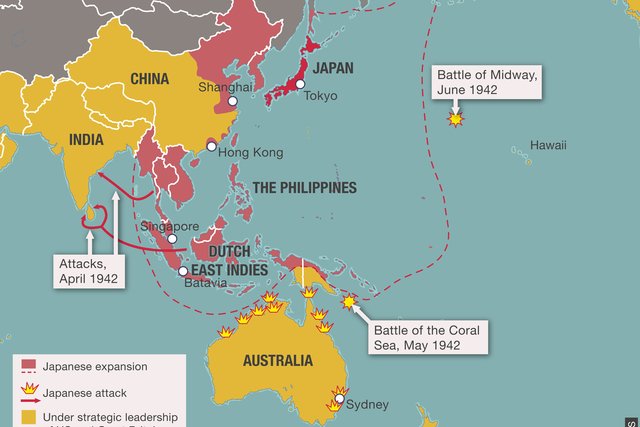 1941-1945Pacific and Asia
1941-1945Pacific and AsiaMaps of the war in Asia
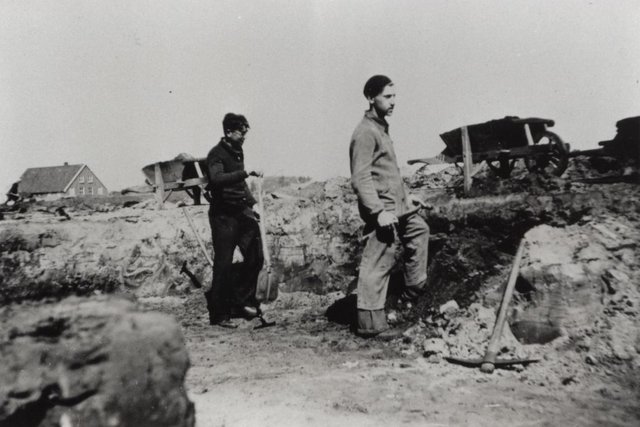 Jan. 10, 1942Amsterdam
Jan. 10, 1942AmsterdamJewish men are sent to labour camps
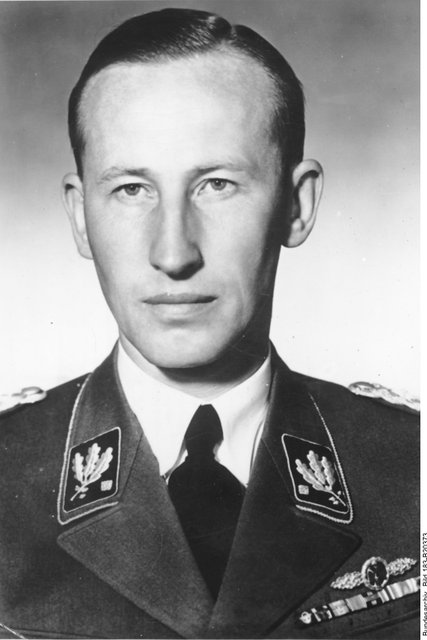 Jan. 20, 1942Wannsee, Berlin
Jan. 20, 1942Wannsee, BerlinWannsee Conference. Nazis organise the murder of European Jews
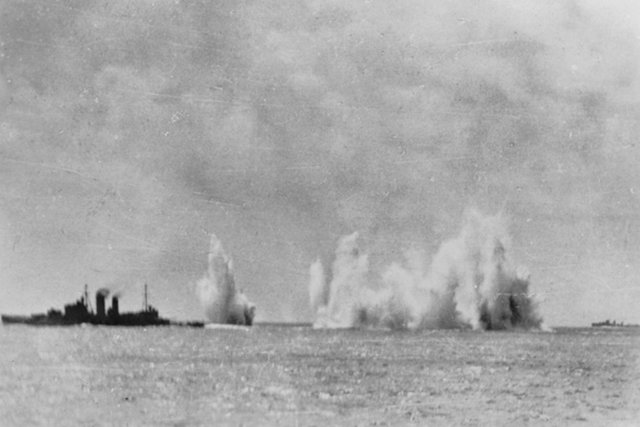 Feb. 27, 1942Dutch East Indies
Feb. 27, 1942Dutch East IndiesBattle of the Java Sea
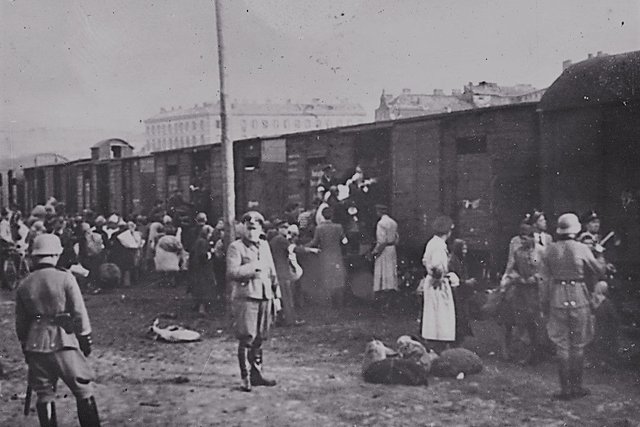 1942 - 1943Occupied Poland
1942 - 1943Occupied PolandAktion Reinhard: murder of the Jews in occupied Poland
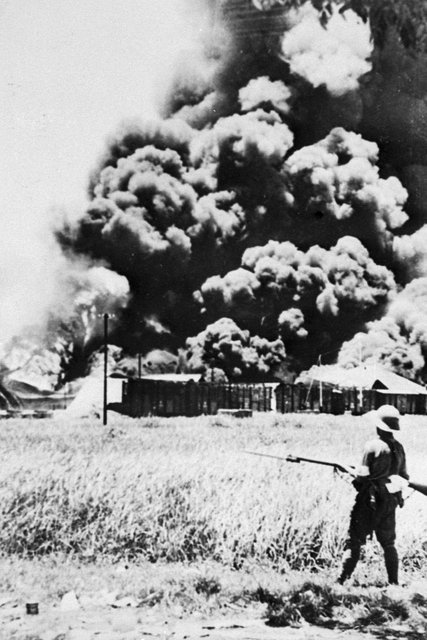 March 9, 1942Dutch East Indies
March 9, 1942Dutch East IndiesJapan occupies the Dutch East Indies
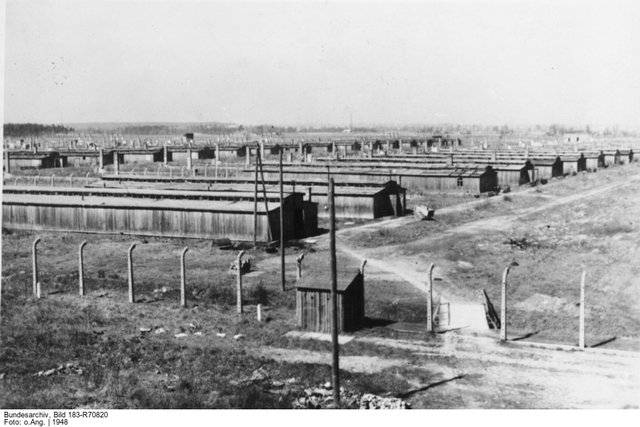 March 1942Auschwitz-Birkenau
March 1942Auschwitz-BirkenauAuschwitz concentration and extermination camp
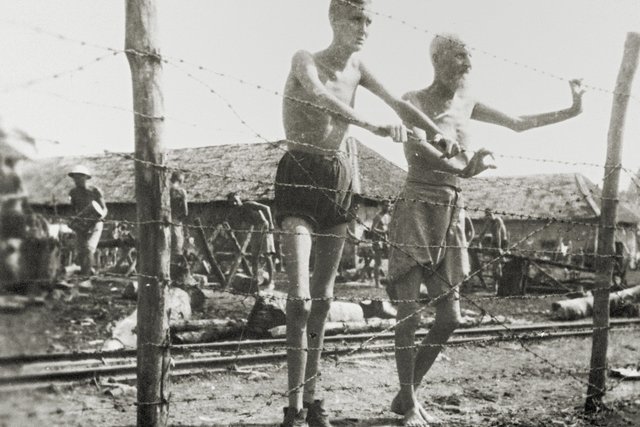 April 10, 1942Philippines
April 10, 1942PhilippinesPrisoners of war and internment camps in Japan
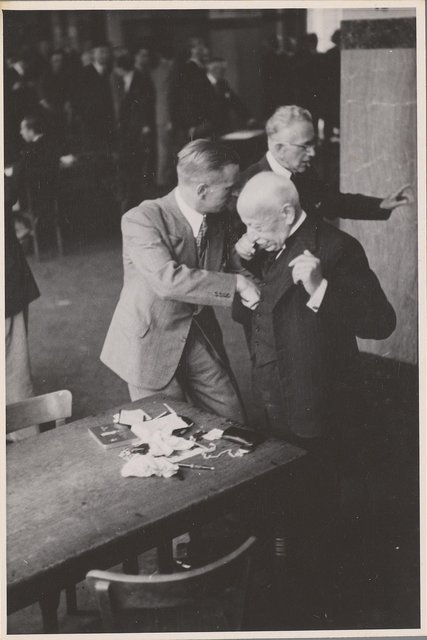 April 17, 1942Amsterdam
April 17, 1942AmsterdamJewish diamond traders are searched
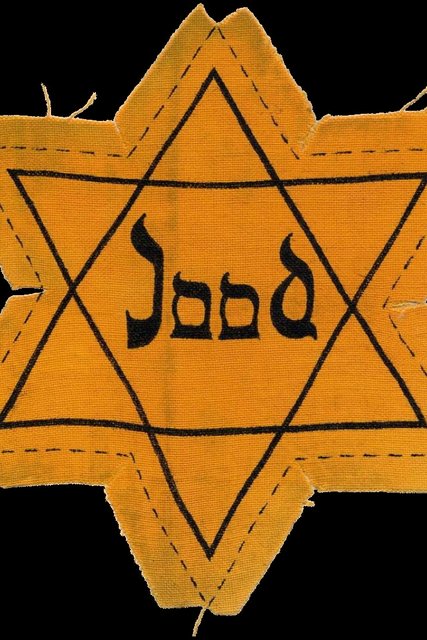 May 3, 1942The Netherlands
May 3, 1942The NetherlandsThe introduction of the yellow badge in the Netherlands
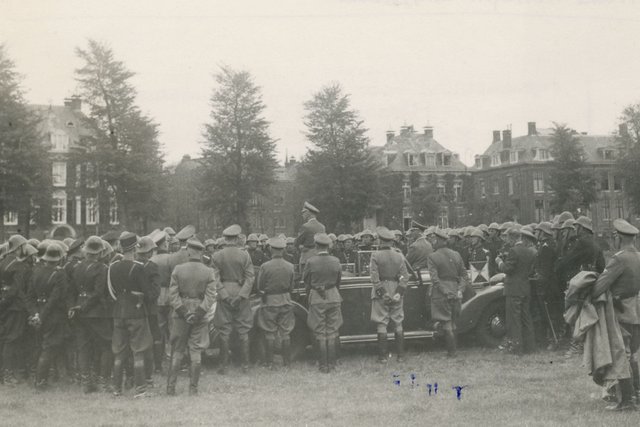 May 18, 1942Museumplein, Amsterdam
May 18, 1942Museumplein, AmsterdamHeinrich Himmler in Amsterdam
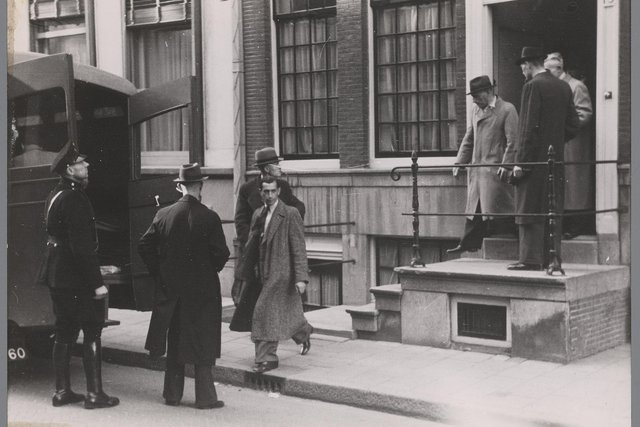 June 1, 1942Amsterdam
June 1, 1942AmsterdamEstablishment of the Jewish Affairs Office
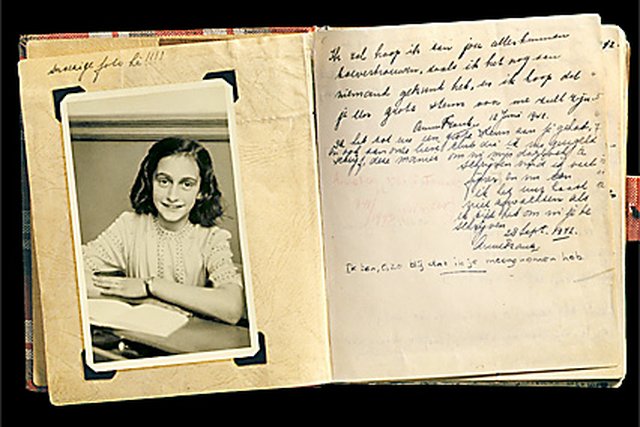 June 12, 1942Amsterdam
June 12, 1942AmsterdamAnne receives a diary
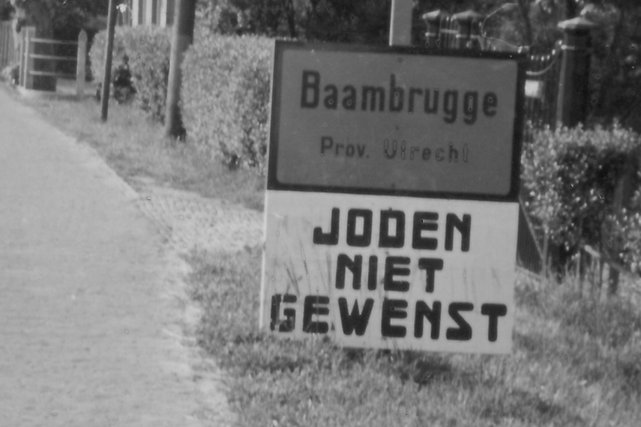 June 30, 1942The Netherlands
June 30, 1942The NetherlandsForbidden for Jews
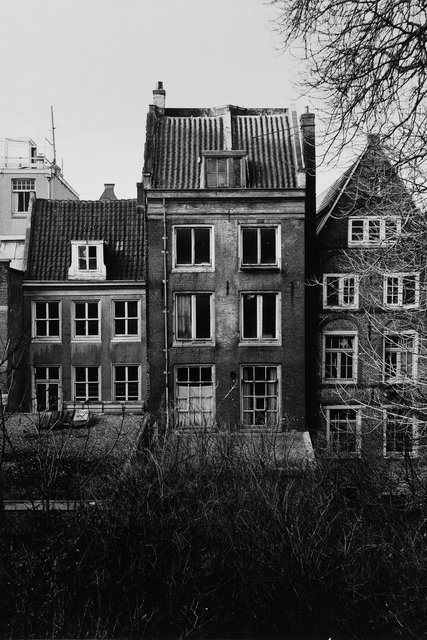 July 6, 1942Amsterdam
July 6, 1942AmsterdamThe Frank family goes into hiding
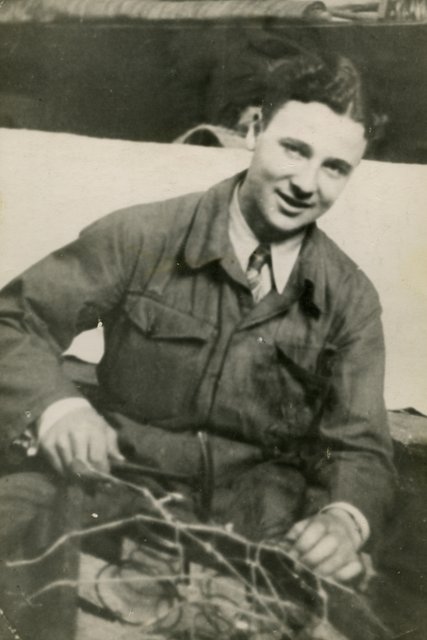 July 13, 1942Amsterdam
July 13, 1942AmsterdamThe Van Pels family goes into hiding
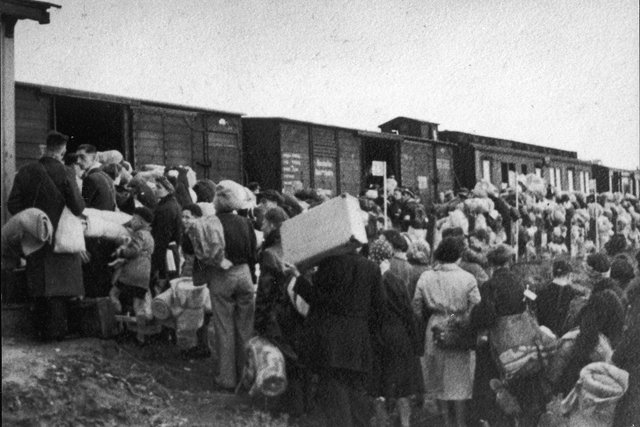 July 15, 1942Amsterdam
July 15, 1942AmsterdamThe deportations to Auschwitz have begun
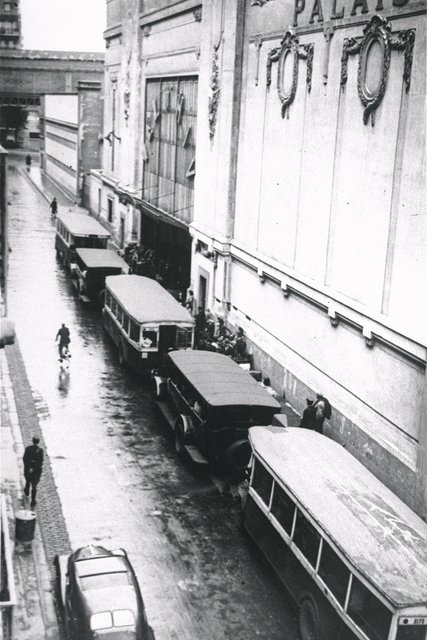 16 and 17 July 1942Paris
16 and 17 July 1942ParisMajor raid in Paris
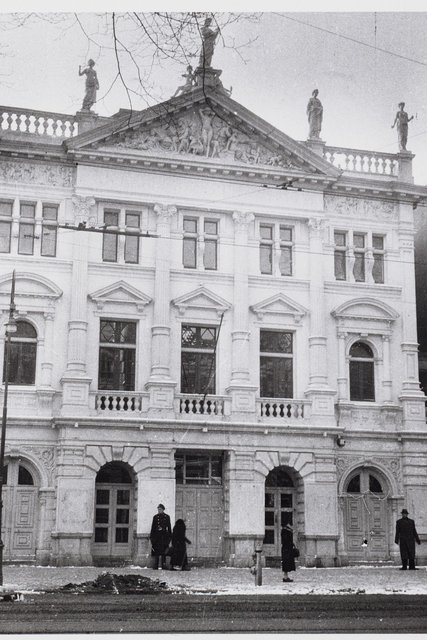 August 1942Amsterdam
August 1942AmsterdamThe Hollandsche Schouwburg becomes a deportation centre for Jews
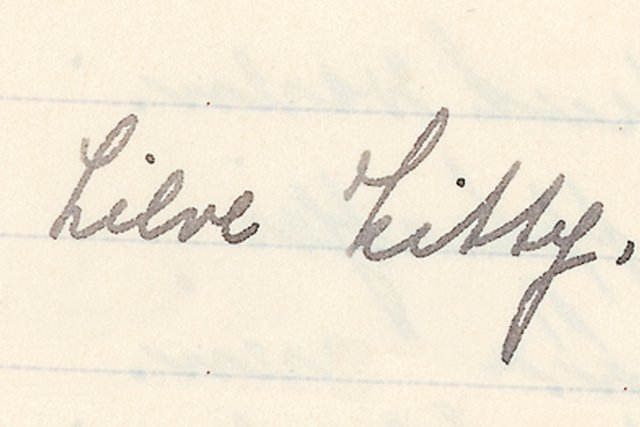 Sept. 21, 1942Amsterdam
Sept. 21, 1942AmsterdamKitty and the other friends in the diary
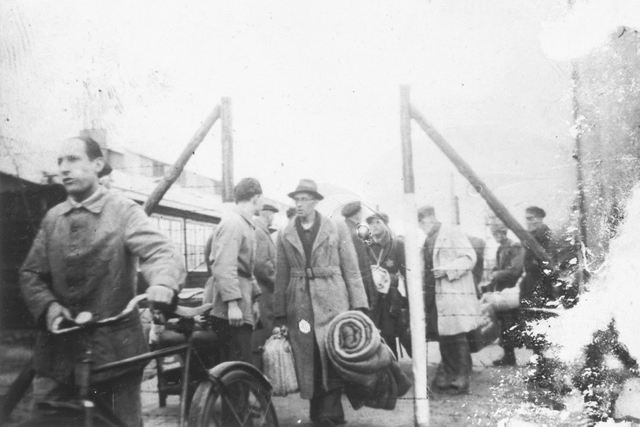 Oct. 2, 1942Westerbork
Oct. 2, 1942WesterborkWesterbork becomes overcrowded: Deception on Simchat Torah
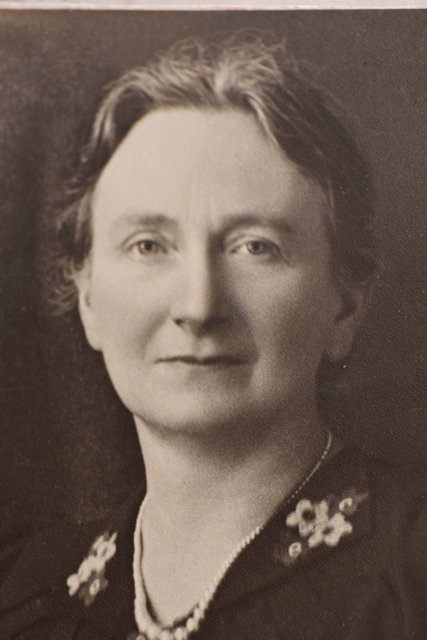 November 1942Winterswijk
November 1942WinterswijkFoundation of the National Organisation to Help those in Hiding
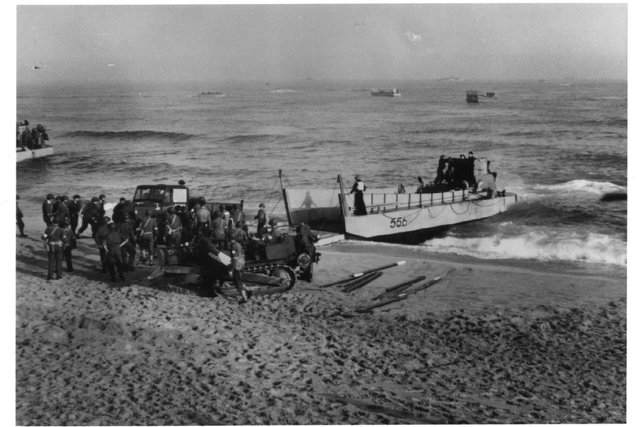 November 1942North Africa
November 1942North AfricaAllied victories in North Africa
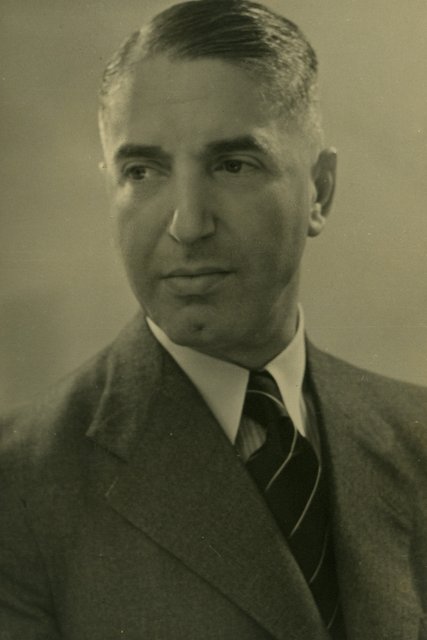 Nov. 16, 1942Amsterdam
Nov. 16, 1942AmsterdamFritz Pfeffer goes into hiding
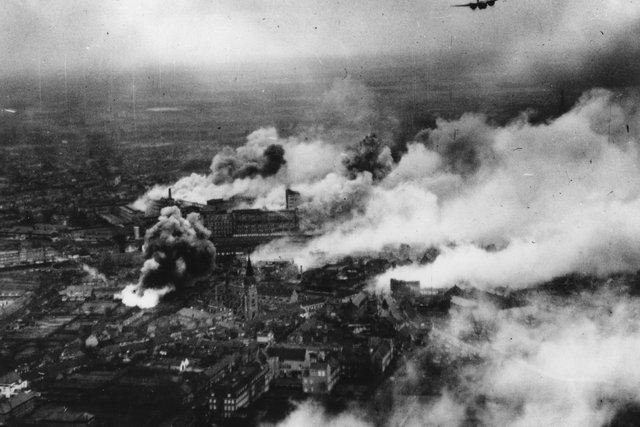 Dec. 6, 1942Eindhoven
Dec. 6, 1942EindhovenBombing the Philips factories in Eindhoven
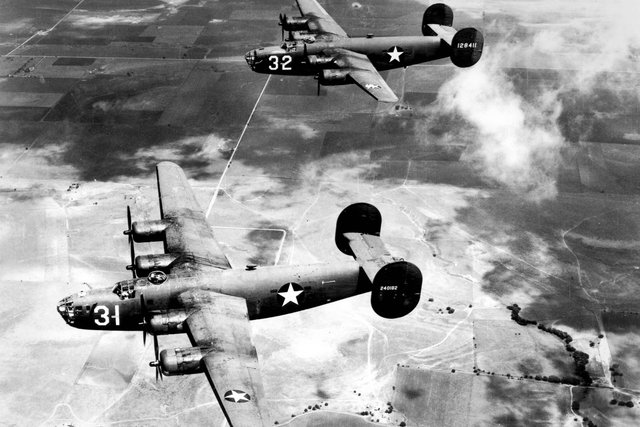 Jan. 27, 1943Wilhelmshaven, Duitsland
Jan. 27, 1943Wilhelmshaven, DuitslandUS Air Force bombs Germany
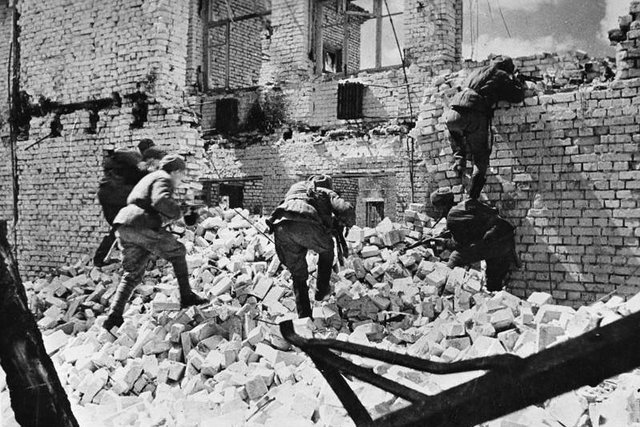 February 1943Stalingrad
February 1943StalingradThe Battle of Stalingrad: Germany humiliated
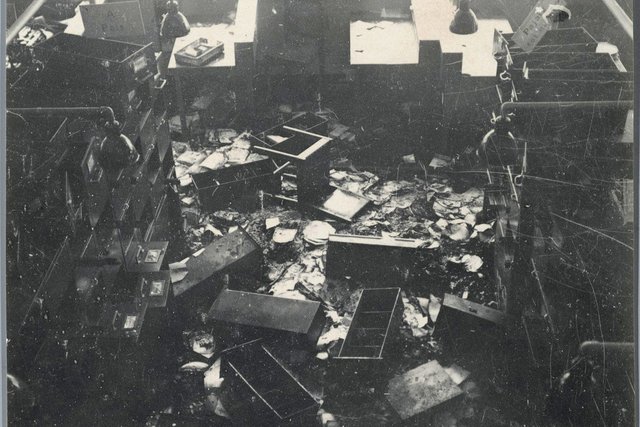 March 27, 1943Amsterdam
March 27, 1943AmsterdamThe Resistance attacks the population register of Amsterdam
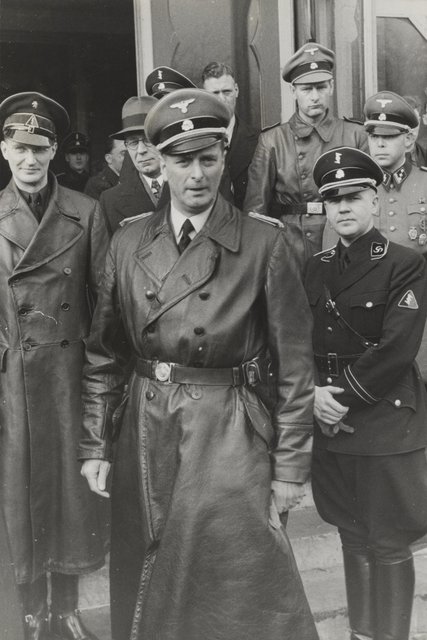 March 29, 1943The Netherlands
March 29, 1943The NetherlandsRauter wants to run all Jews from the provinces
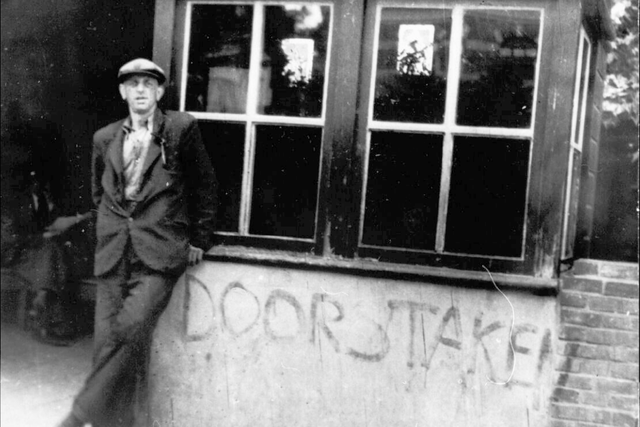 April 29, 1943The Netherlands
April 29, 1943The NetherlandsApril-May strikes
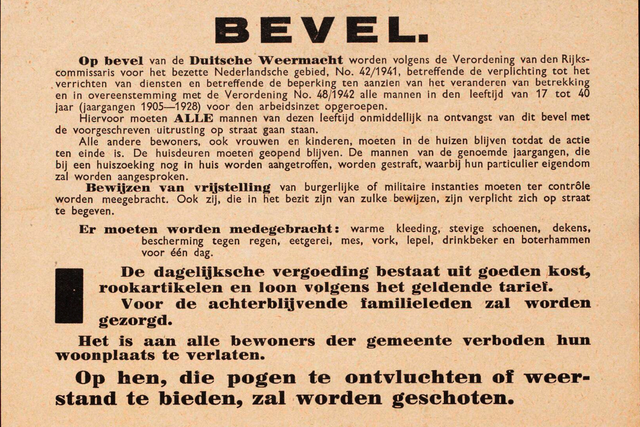 May 8, 1943The Netherlands
May 8, 1943The NetherlandsMandatory registration for forced labour
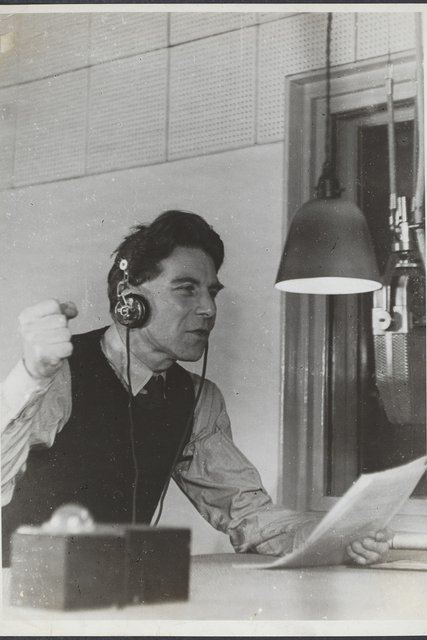 May 10, 1943London
May 10, 1943LondonRadio Oranje: ‘The voice of the Netherlands at war’
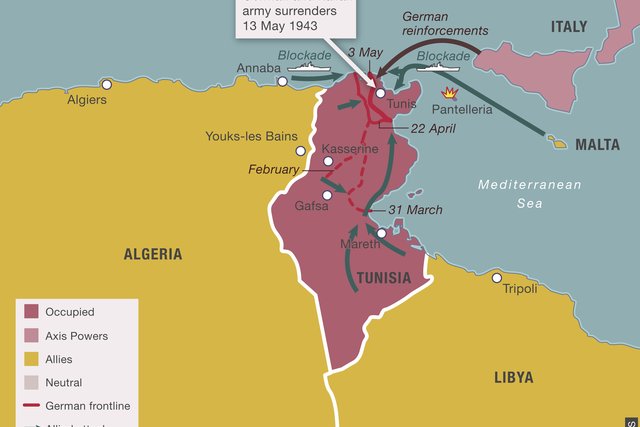 1942-1943North Africa
1942-1943North AfricaGerman surrender in North Africa
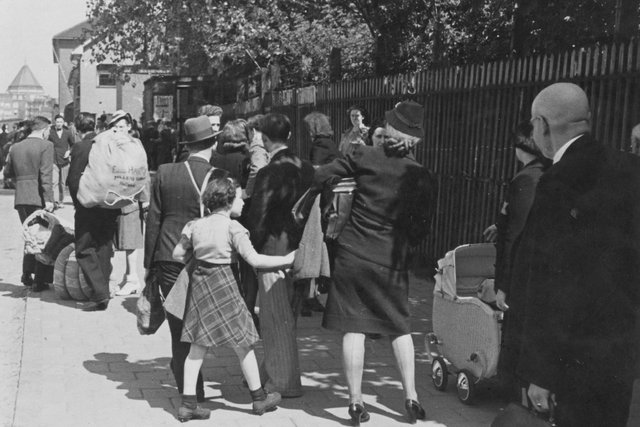 May 20, 1943Polderweg, Amsterdam
May 20, 1943Polderweg, AmsterdamAll Jews must leave Amsterdam
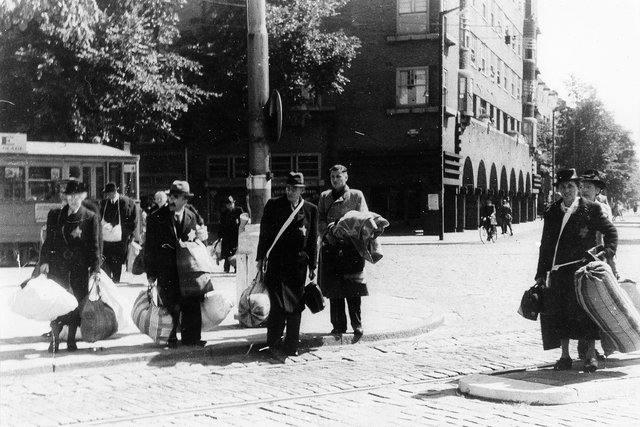 June 20, 1943Amsterdam
June 20, 1943AmsterdamLast raids in Amsterdam: 17,000 Jews arrested
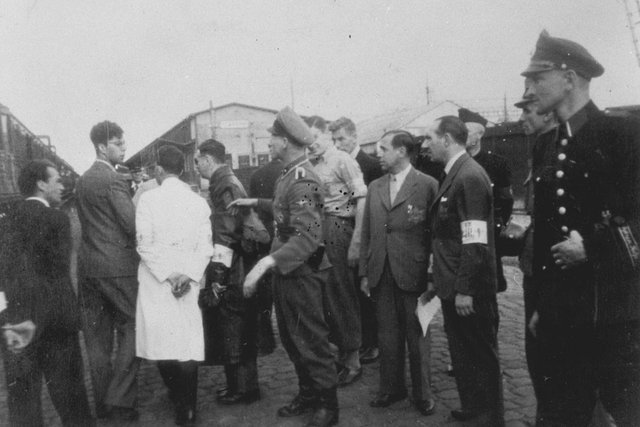 1942-1945The Netherlands
1942-1945The NetherlandsHunting for Jews
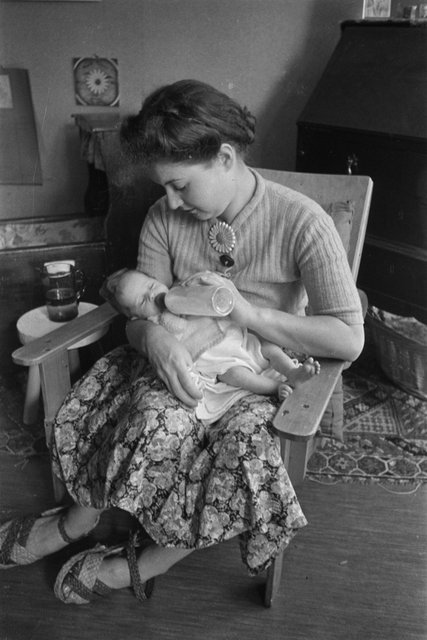 juli 1943Amsterdam
juli 1943AmsterdamJewish children rescued from the Hollandsche Schouwburg
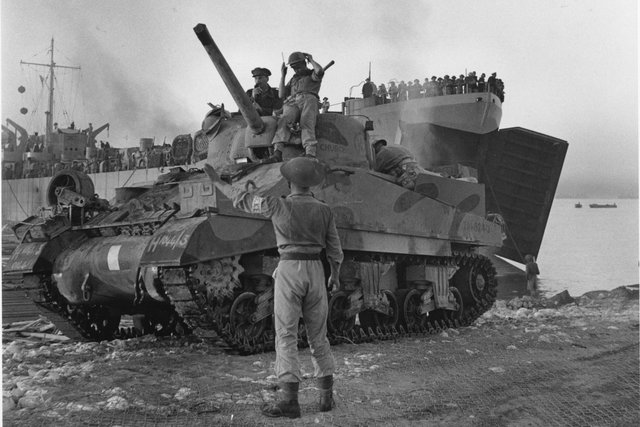 July 10, 1943Sicily
July 10, 1943SicilyThe Allied Forces land on Sicily
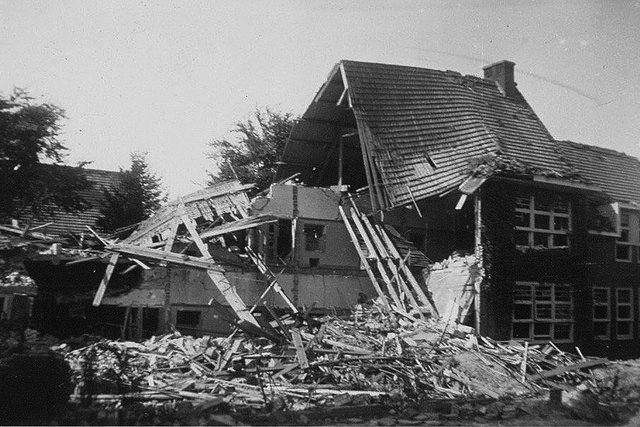 July 17, 1943Amsterdam
July 17, 1943AmsterdamAllied bombs on Amsterdam
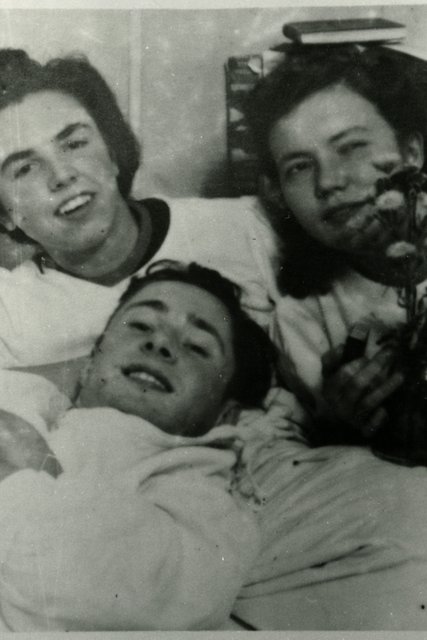 September 1943Amsterdam
September 1943AmsterdamNorbert Klein is rescued from hospital
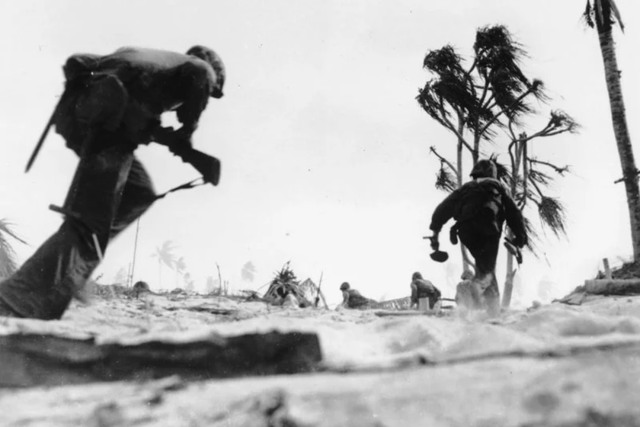 Nov. 20, 1943Gilbert Islands
Nov. 20, 1943Gilbert IslandsThe Battle of Tarawa
 January - May 1944Monte Cassino, Italië
January - May 1944Monte Cassino, ItaliëBattle of Monte Cassino
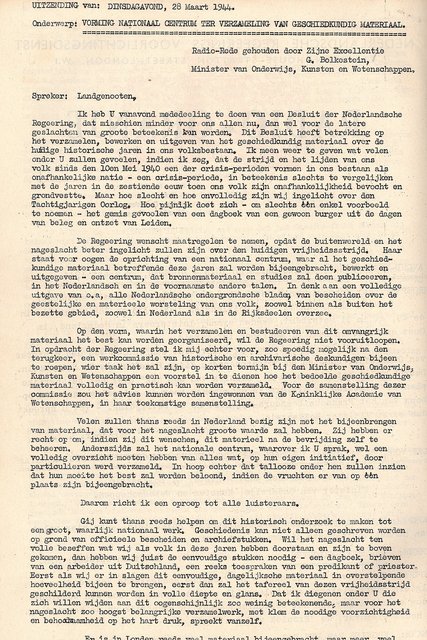 March 28, 1944Amsterdam
March 28, 1944AmsterdamAfter an appeal from a Dutch Minister, Anne wants to publish her diary
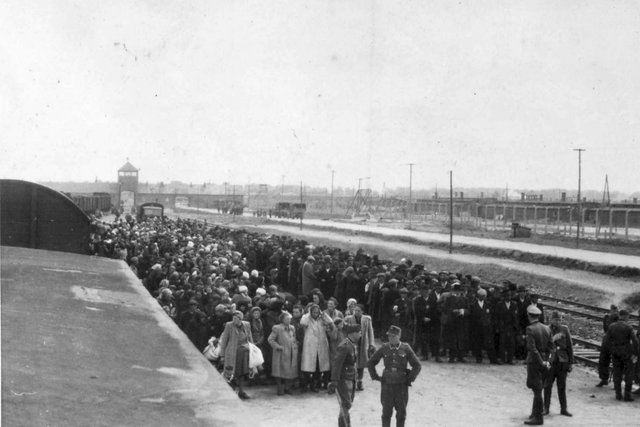 May 26, 1944Hungary
May 26, 1944HungaryDeportation of Hungarian Jews
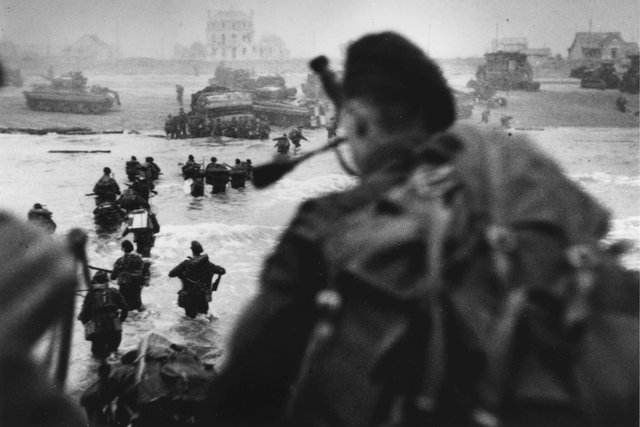 June 6, 1944Normandy
June 6, 1944NormandyD-Day: The Allied Forces land in France
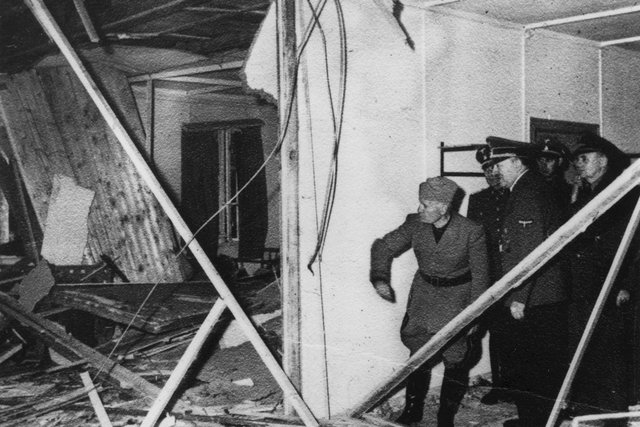 July 20, 1944Germany
July 20, 1944GermanyGerman officers attempt to assassinate Hitler
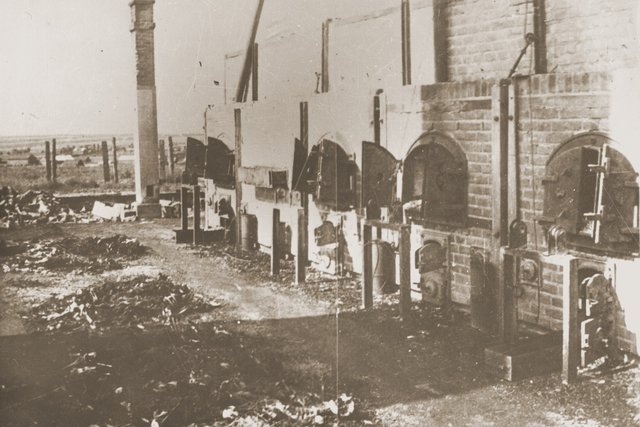 July 22, 1944Lublin
July 22, 1944LublinRed Army discovers Majdanek camp
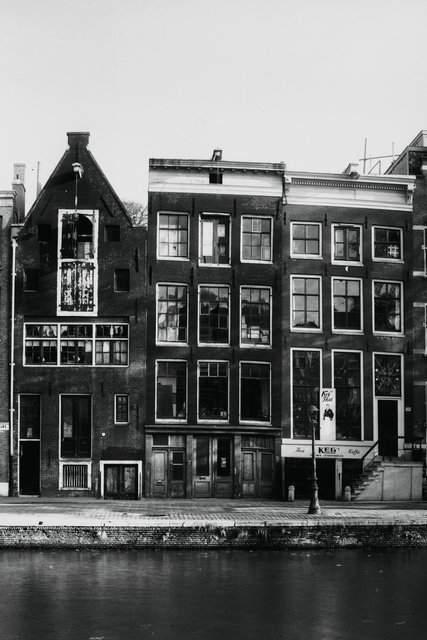 Aug. 4, 1944Amsterdam
Aug. 4, 1944AmsterdamThe people in hiding are discovered: They are arrested and put in prison
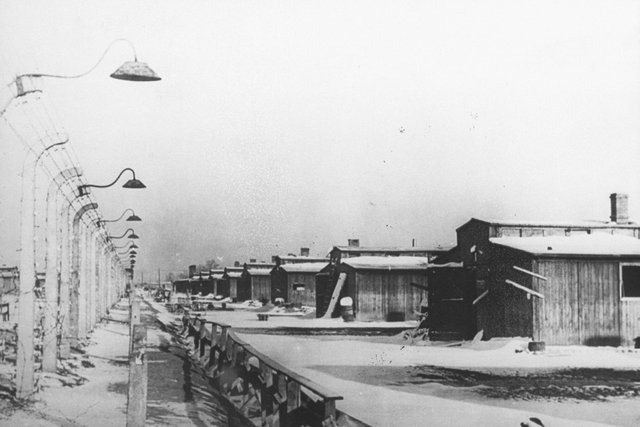 Sept. 3, 1944Auschwitz-Birkenau
Sept. 3, 1944Auschwitz-BirkenauThe people from the Secret Annex are taken to Auschwitz
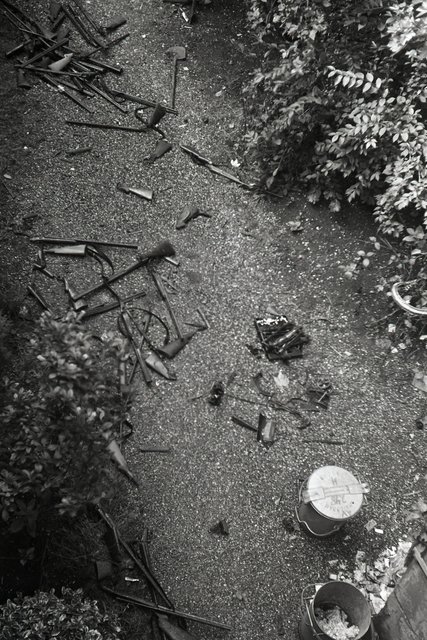 Sept. 5, 1944The Netherlands
Sept. 5, 1944The NetherlandsMad Tuesday: German soldiers and collaborators on the run
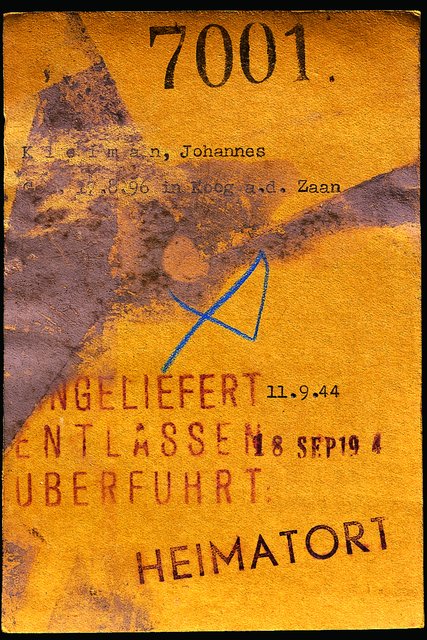 Sept. 11, 1944Amersfoort
Sept. 11, 1944AmersfoortKugler and Kleiman are sent to prison camp Amersfoort
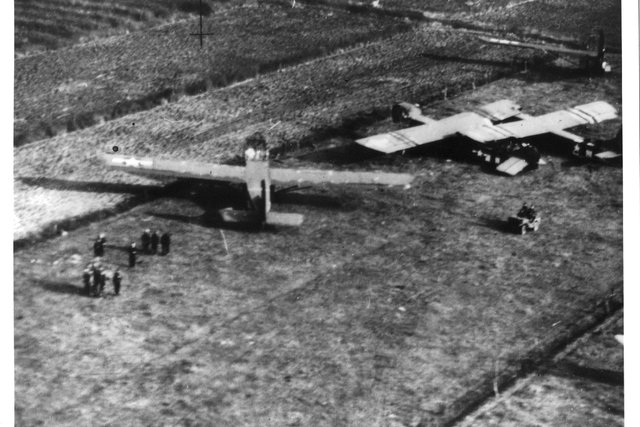 September 1944Arnhem
September 1944ArnhemOperation Market Garden
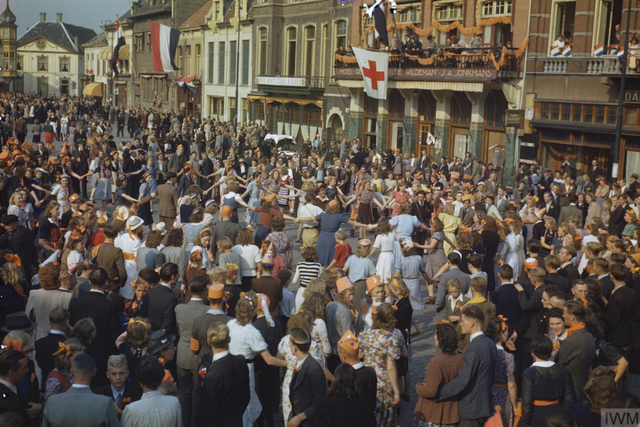 Sept. 18, 1944Eindhoven
Sept. 18, 1944EindhovenEindhoven is liberated
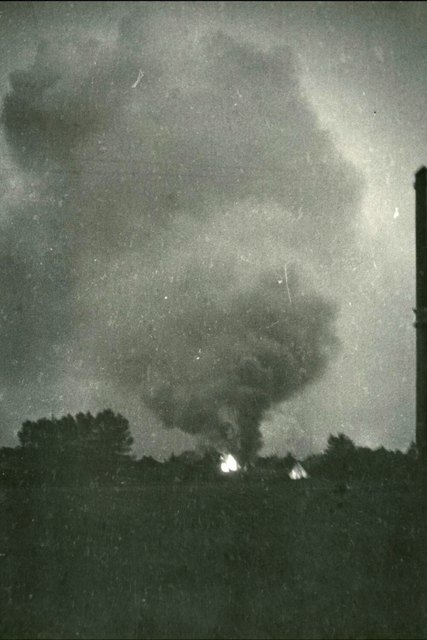 Oct. 1, 1944Putten
Oct. 1, 1944PuttenThe Putten Raid
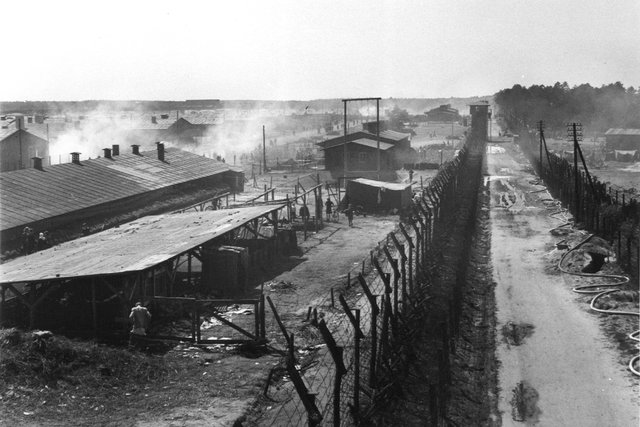 Nov. 1, 1944Auschwitz - Bergen-Belsen
Nov. 1, 1944Auschwitz - Bergen-BelsenAnne, Margot, and Auguste are taken to Bergen-Belsen
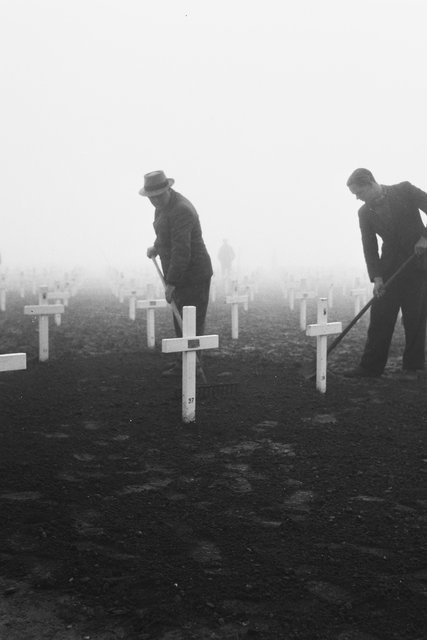 Nov. 10, 1944Margraten
Nov. 10, 1944MargratenAmerican military cemetery at Margraten
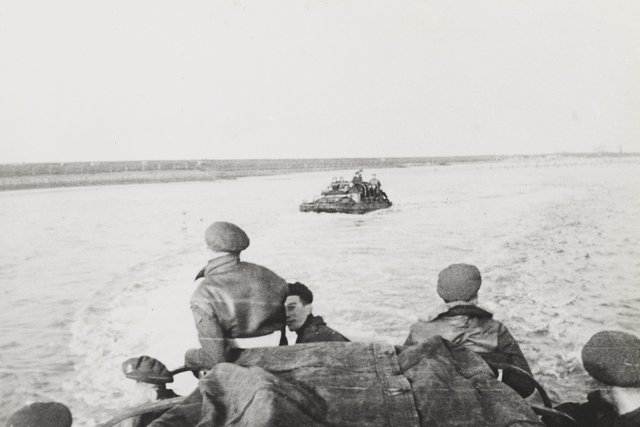 Nov. 28, 1944Antwerp
Nov. 28, 1944AntwerpThe Scheldt is open
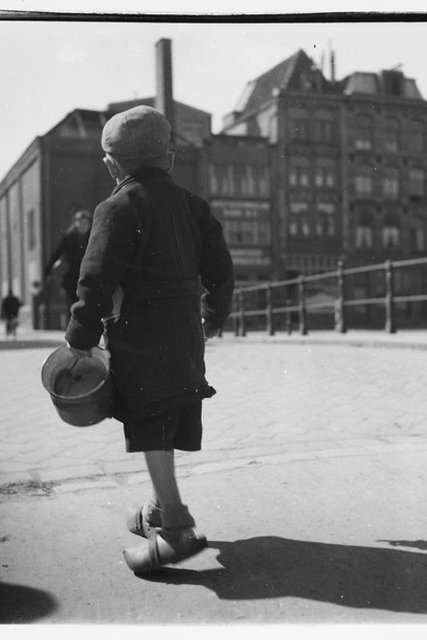 December 1944The Netherlands
December 1944The NetherlandsHunger winter: hunger and cold in the Netherlands
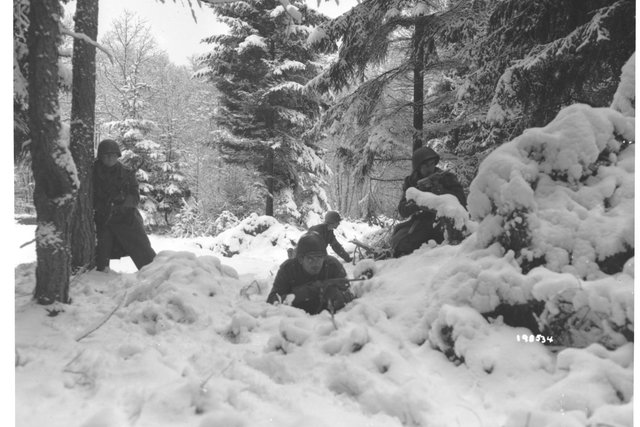 Dec. 16, 1944Belgium
Dec. 16, 1944BelgiumHitler's last attack: The Battle of the Bulge
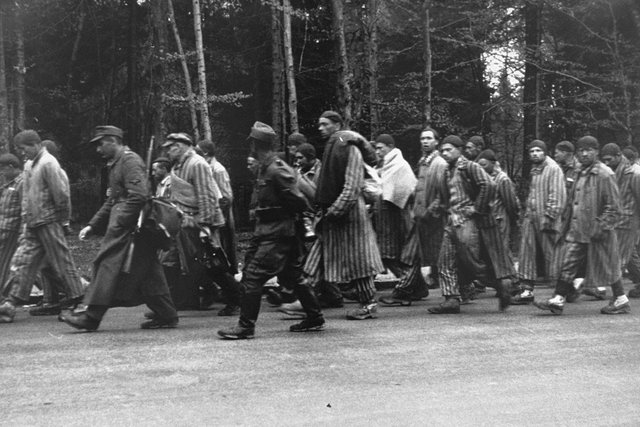 Winter 1945Germany
Winter 1945GermanyDeath marches from the concentration camps
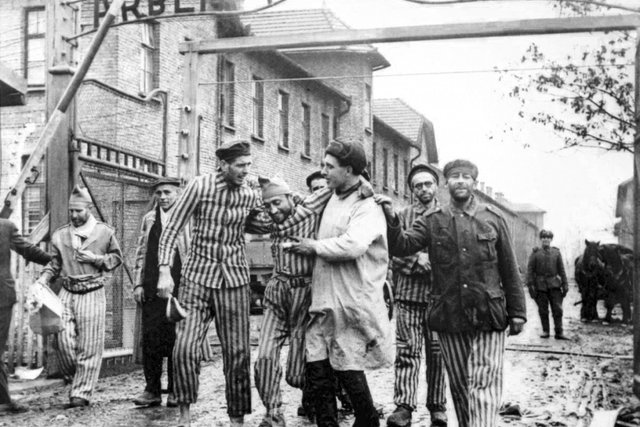 Jan. 27, 1945Auschwitz
Jan. 27, 1945AuschwitzAuschwitz is liberated: Otto Frank is free
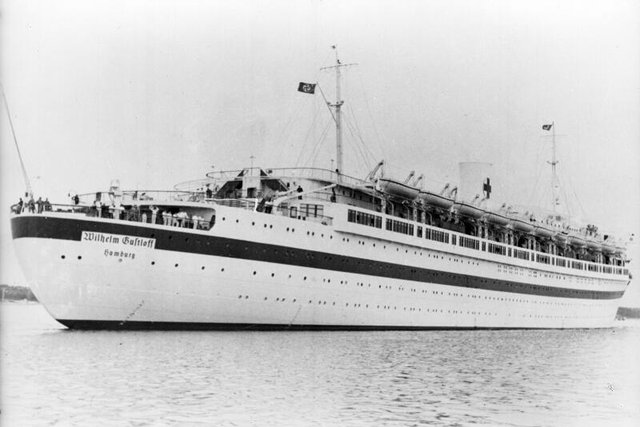 Jan. 30, 1945Gdynia, Oostzee
Jan. 30, 1945Gdynia, OostzeeThe Wilhelm Gustloff disaster
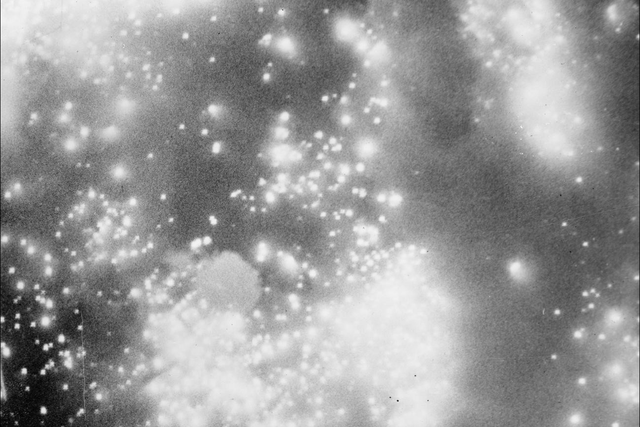 Feb. 13, 1945Dresden
Feb. 13, 1945DresdenDresden is destroyed
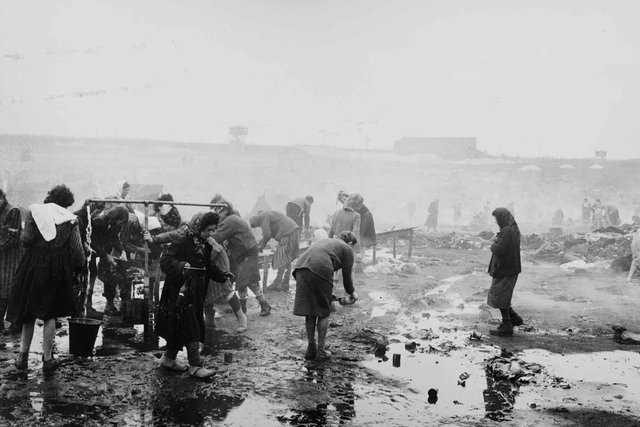 February 1945Bergen-Belsen
February 1945Bergen-BelsenAnne and Margot die exhausted in the Bergen-Belsen concentration camp
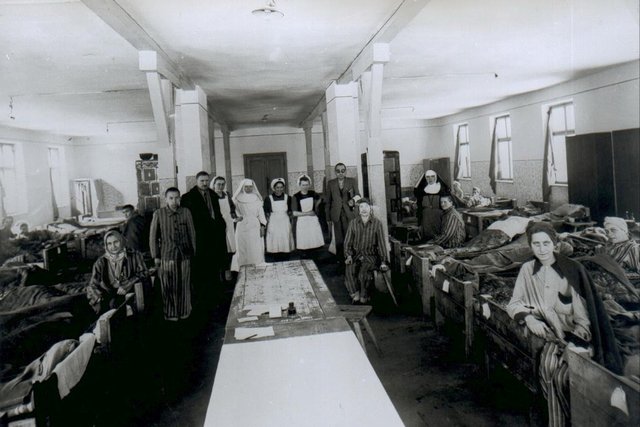 March 5, 1945Katowice
March 5, 1945KatowiceOtto travels back home
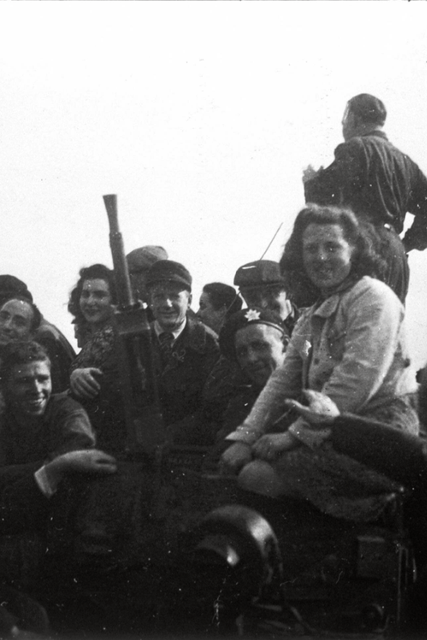 April 12, 1945Westerbork
April 12, 1945WesterborkWesterbork transit camp is liberated
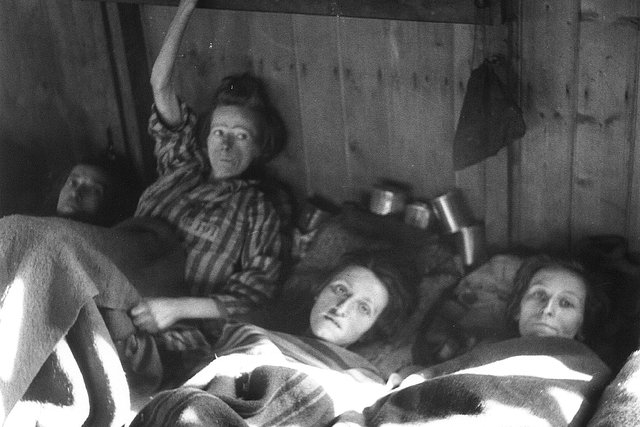 April 15, 1945Bergen-Belsen
April 15, 1945Bergen-BelsenThe liberation of Bergen-Belsen
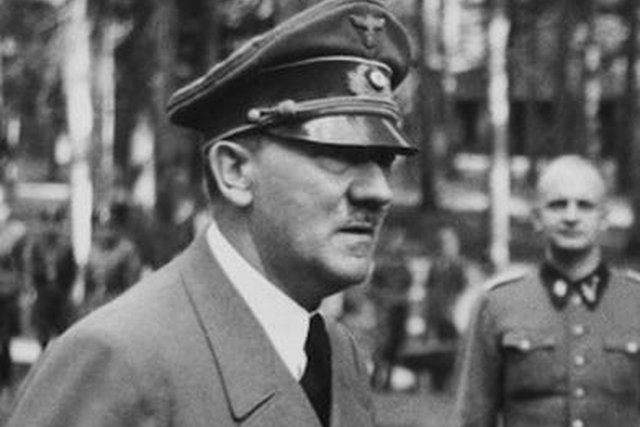 April 30, 1945Berlin
April 30, 1945BerlinHitler dies
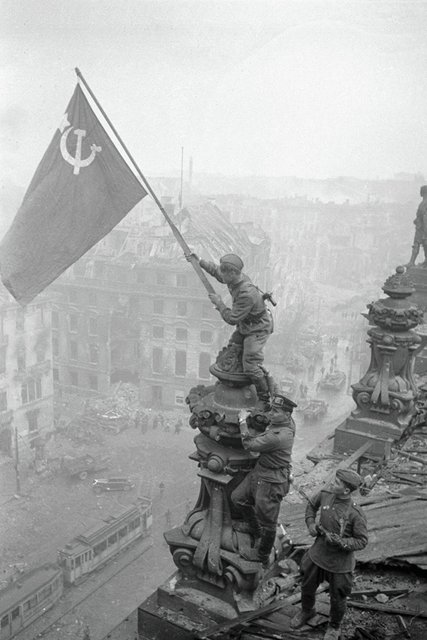 May 2, 1945Berlin
May 2, 1945BerlinThe Red Army conquers Berlin
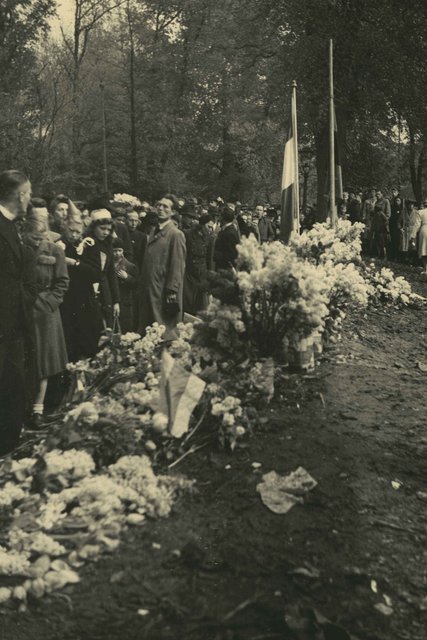 May 5, 1945Amsterdam
May 5, 1945AmsterdamCommemoration of victims of public executions
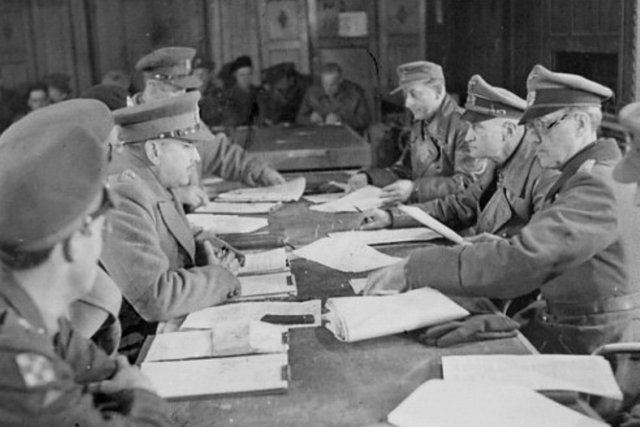 May 5, 1945Wageningen
May 5, 1945WageningenGermany surrenders: The Netherlands is liberated
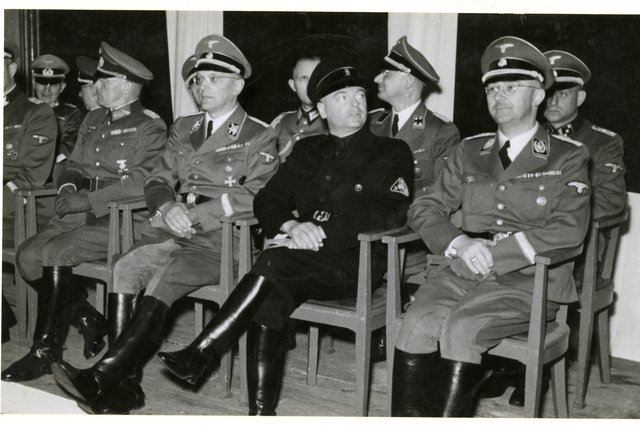 May 7, 1945The Hague
May 7, 1945The HagueArrest of NSB leader Anton Mussert
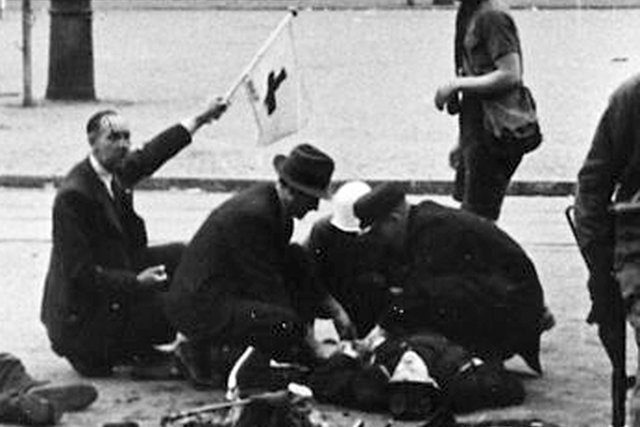 May 7, 1945Amsterdam
May 7, 1945AmsterdamShooting on Dam Square
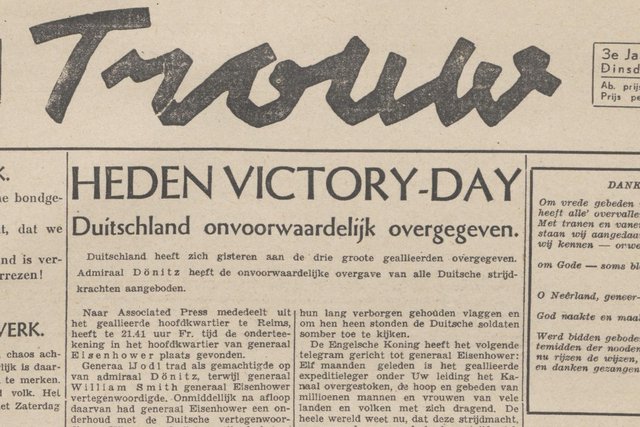 May 7, 1945Reims
May 7, 1945ReimsGermany surrenders
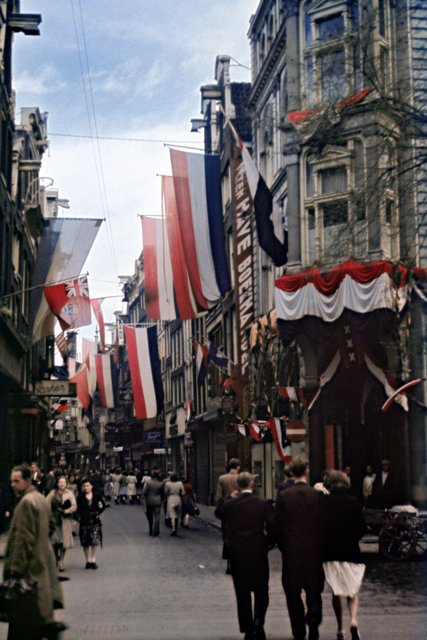 May 1945The Netherlands
May 1945The NetherlandsLiberation festivities in the Netherlands
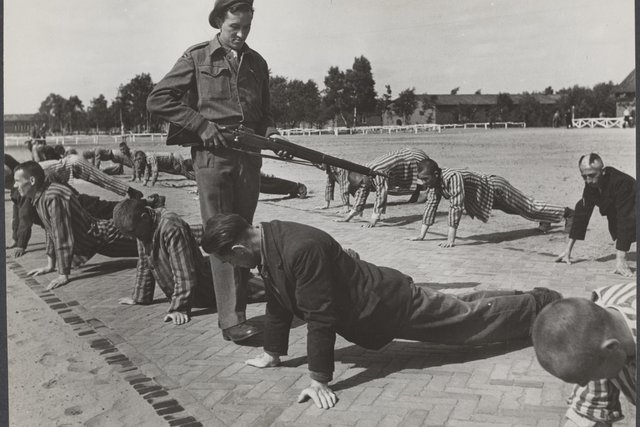 May 9, 1945The Netherlands
May 9, 1945The NetherlandsDay of Reckoning: the Dutch take revenge
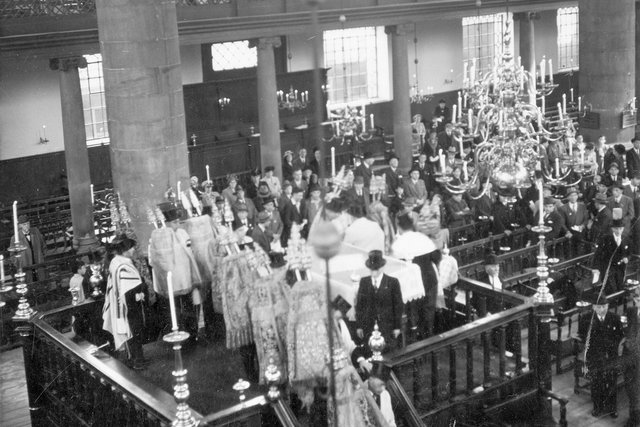 May 9, 1945Amsterdam
May 9, 1945AmsterdamFirst synagogue service after the war
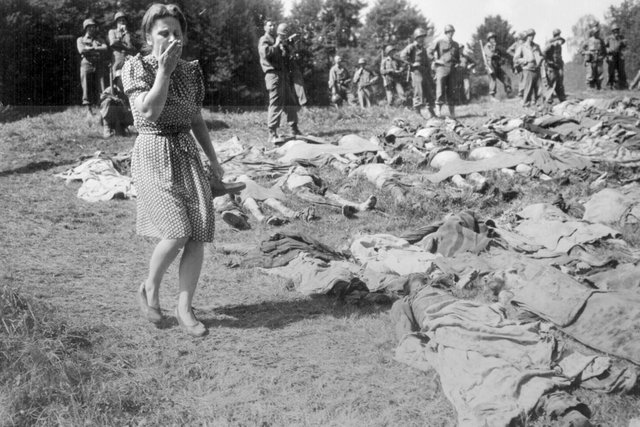 May 17, 1945Nammering
May 17, 1945NammeringGerman citizens see the consequences of war crimes
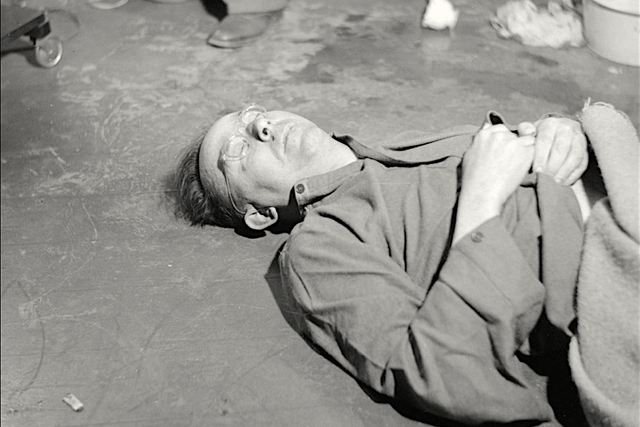 May 22, 1945Bremervörde, Germany
May 22, 1945Bremervörde, GermanyArrest and suicide of Heinrich Himmler
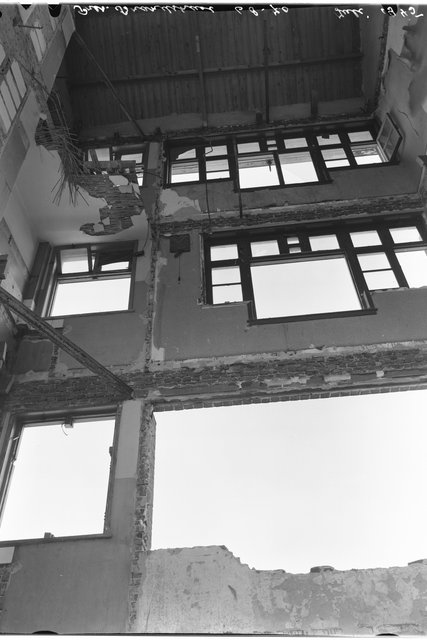 1945Amsterdam
1945AmsterdamEmpty Jewish houses
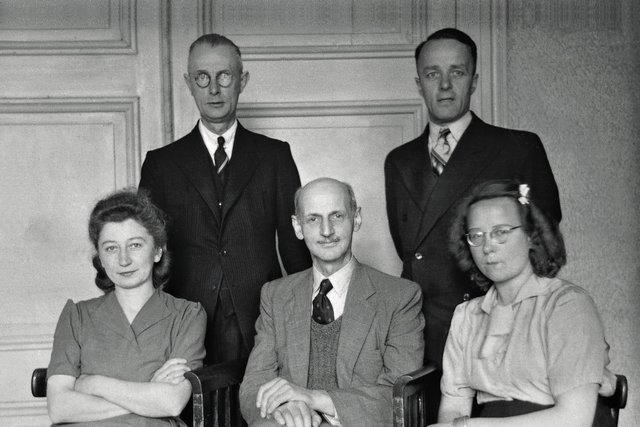 June 3, 1945Amsterdam
June 3, 1945AmsterdamOtto returns to Amsterdam
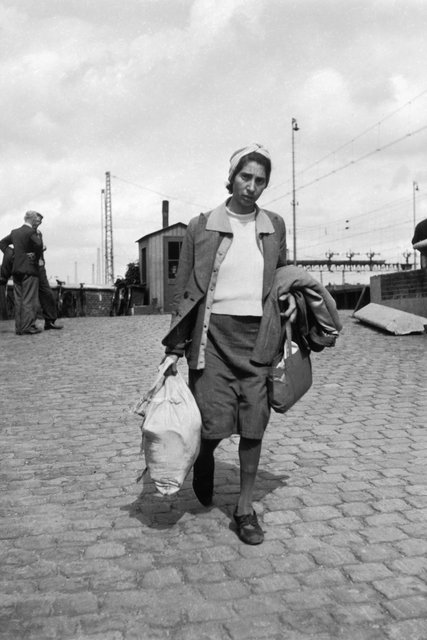 June 1945Amsterdam
June 1945AmsterdamSurvivors return from the concentration camps
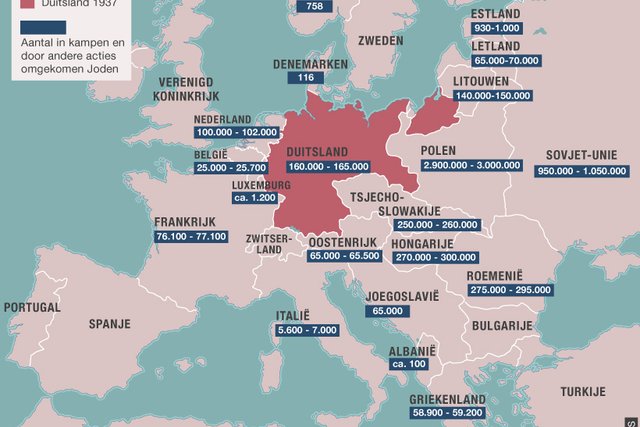 1945Europe
1945EuropeOverview of Holocaust victims by country
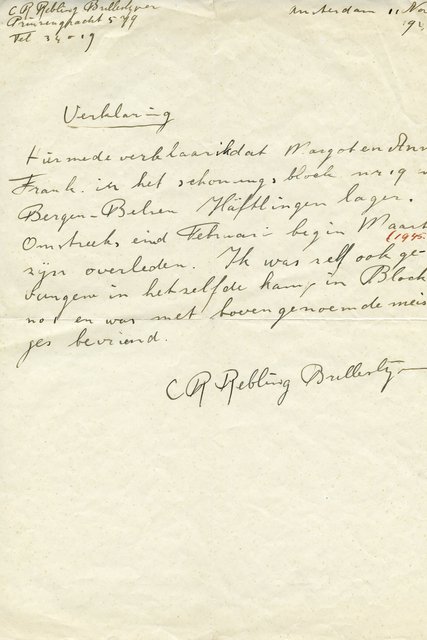 July 1945Amsterdam
July 1945AmsterdamOtto receives the diaries
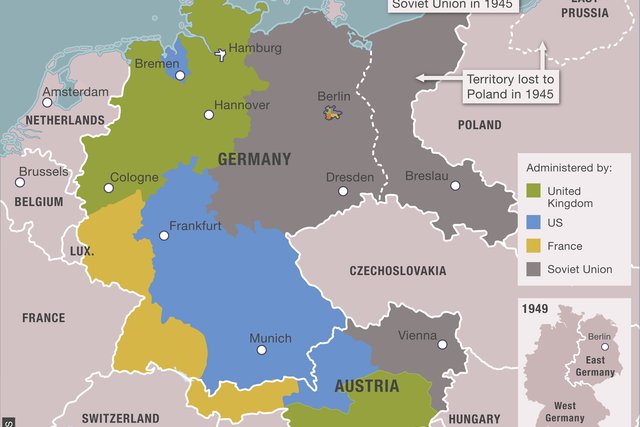 July 17, 1945Potsdam
July 17, 1945PotsdamGermany is split up
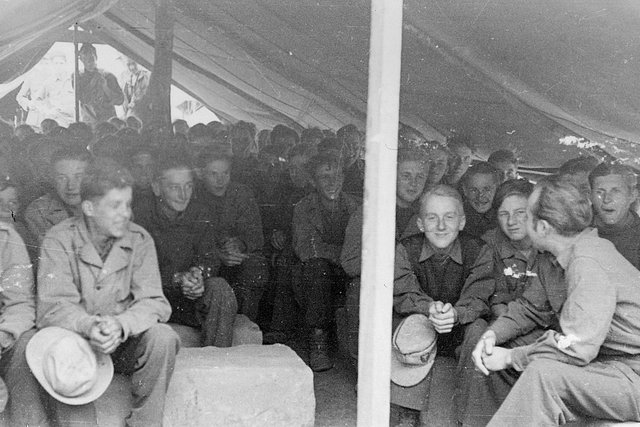 August 1945Attichy, Frankrijk
August 1945Attichy, Frankrijk‘Baby Lager’
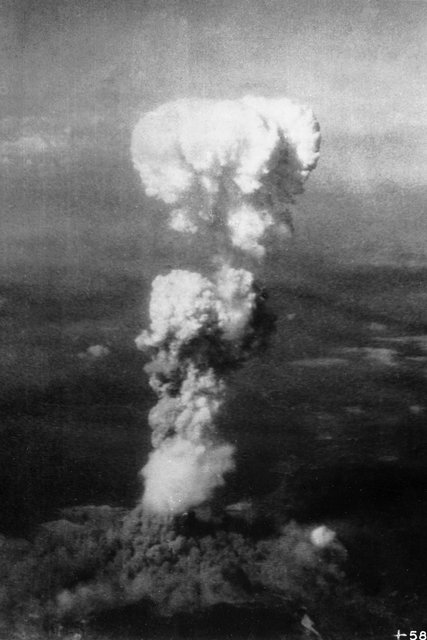 Aug. 6, 1945Hiroshima
Aug. 6, 1945HiroshimaThe United States drop atomic bombs on Japan
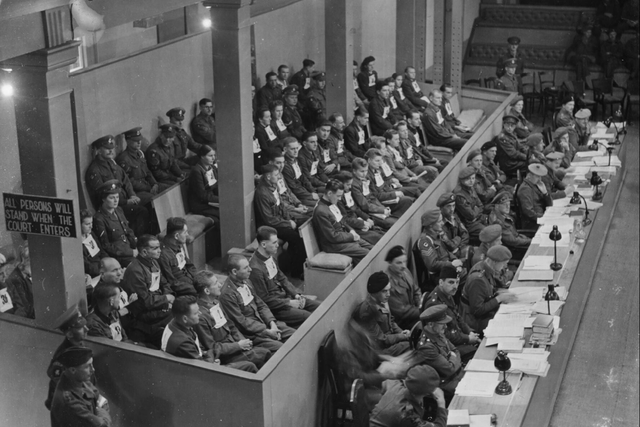 Sept. 17, 1945Lüneburg
Sept. 17, 1945LüneburgThe first Belsen trial
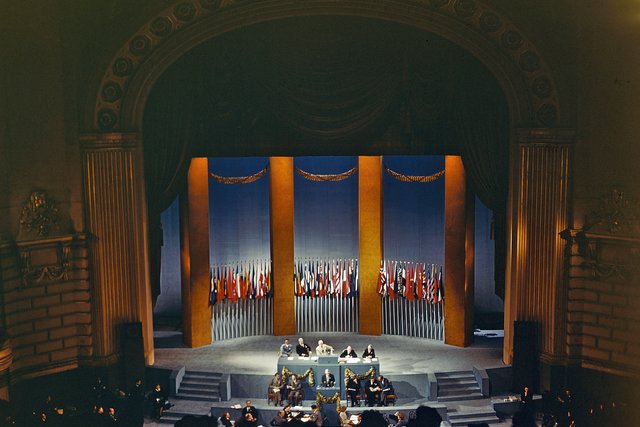 Oct. 24, 1945San Francisco
Oct. 24, 1945San FranciscoCreation of the United Nations
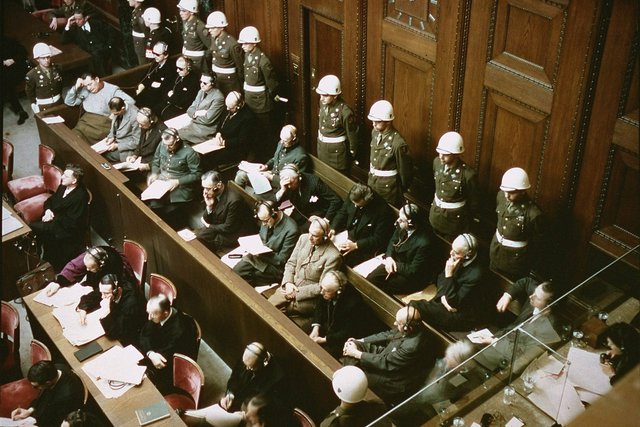 Nov. 20, 1945Nuremberg
Nov. 20, 1945NurembergNazi leaders on trial in Nuremberg
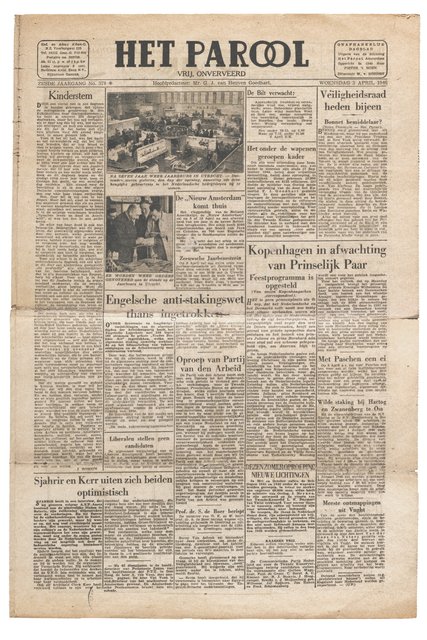 April 3, 1946Amsterdam
April 3, 1946AmsterdamArticle in the newspaper about the diary
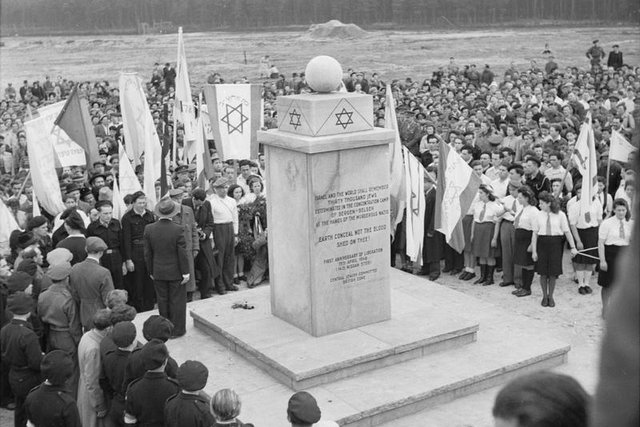 April 16, 1946Bergen-Belsen
April 16, 1946Bergen-BelsenMonument to the Jewish victims at Bergen-Belsen
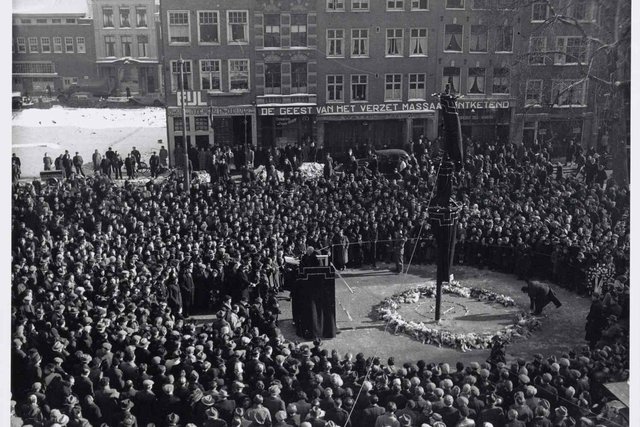 Feb. 25, 1947Waterlooplein, Amsterdam
Feb. 25, 1947Waterlooplein, AmsterdamCommemoration of the February Strike and persecuted Jews in Amsterdam
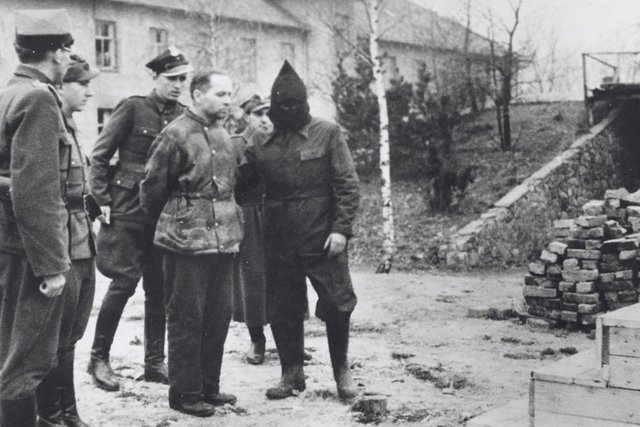 April 16, 1947Oświęcim
April 16, 1947OświęcimThe execution of Auschwitz Commander Rudolf Höss
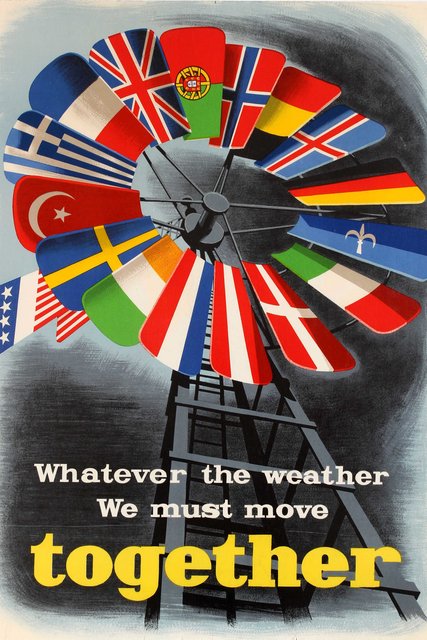 June 5, 1947Cambridge (Mass.), USA
June 5, 1947Cambridge (Mass.), USAThe Marshall Plan
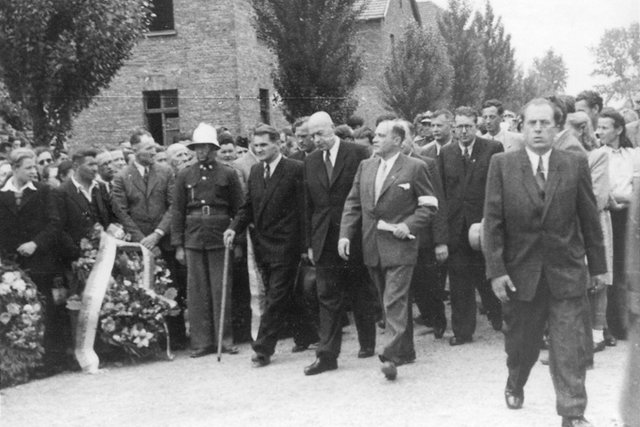 June 14, 1947Oświęcim
June 14, 1947OświęcimAuschwitz becomes a museum and a memorial site
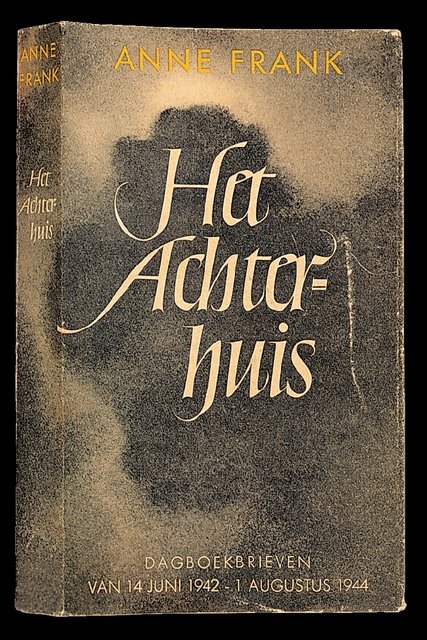 June 25, 1947Amsterdam
June 25, 1947AmsterdamAnne's wish comes true: ‘Het Achterhuis’ (‘The Secret Annexe’) is published
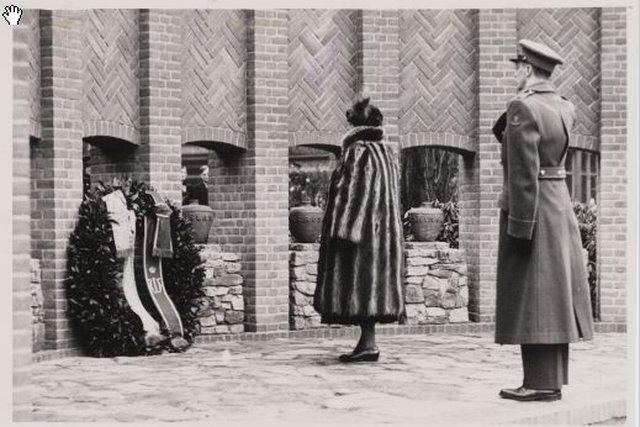 Dec. 13, 1947Amsterdam
Dec. 13, 1947AmsterdamThe National Monument on Dam Square
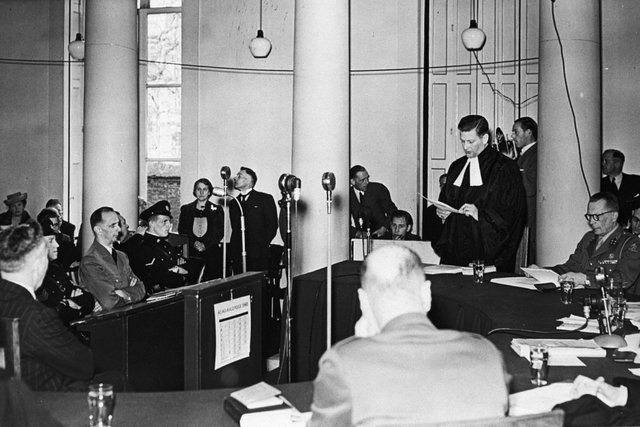 May 3, 1948The Hague
May 3, 1948The HagueRauter is sentenced to death
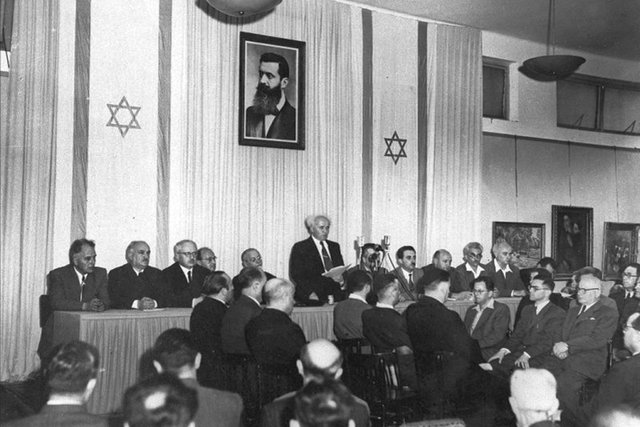 May 14, 1948Tel Aviv
May 14, 1948Tel AvivThe creation of Israel
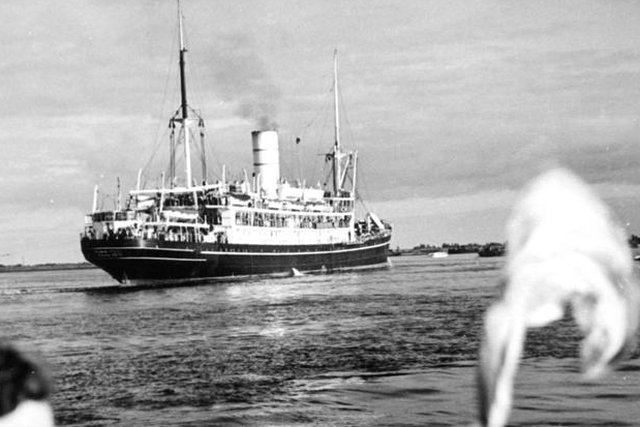 Oct. 6, 1948Amsterdam
Oct. 6, 1948AmsterdamSS Negbah leaves for Israel
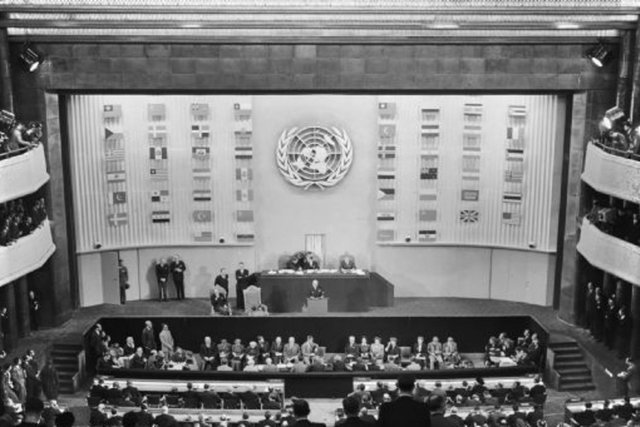 Dec. 9, 1948Paris
Dec. 9, 1948ParisThe United Nations adopts the Genocide Convention
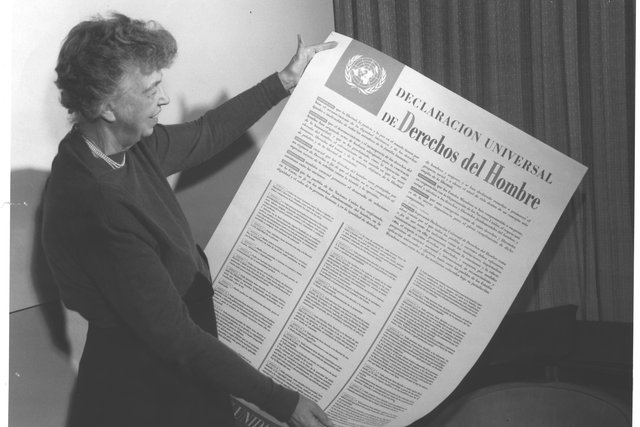 Dec. 10, 1948Paris
Dec. 10, 1948ParisThe UN adopts the Universal Declaration of Human Rights
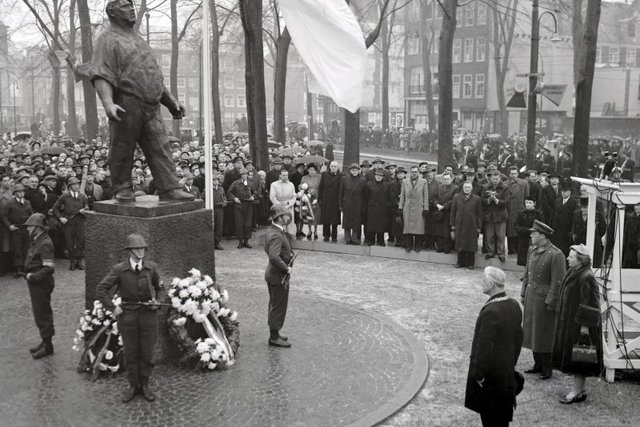 Dec. 19, 1952Amsterdam
Dec. 19, 1952AmsterdamTribute to the February Strike
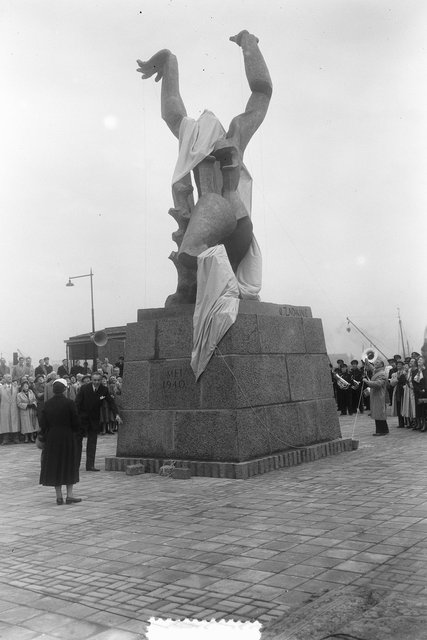 May 15, 1953Rotterdam
May 15, 1953RotterdamUnveiling of ‘The Destroyed City’
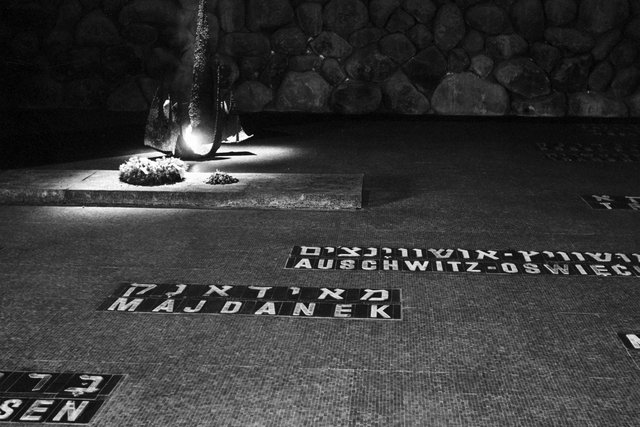 July 29, 1954Jeruzalem
July 29, 1954JeruzalemFoundation of Yad Vashem
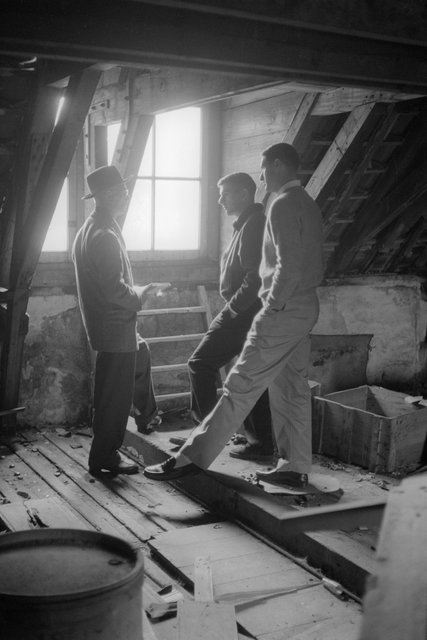 1955Amsterdam
1955AmsterdamJohannes Kleiman with visitors in the Secret Annex
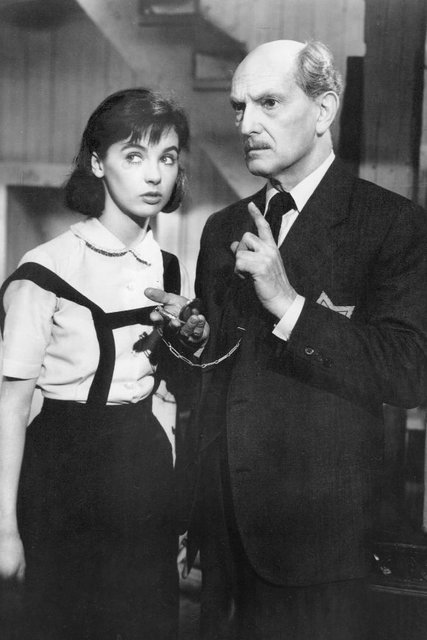 1959Los Angeles
1959Los AngelesThe diary is turned into a Hollywood film
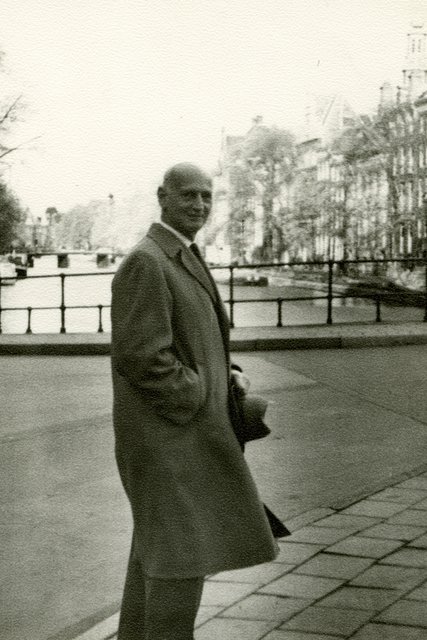 April 1959Lübeck
April 1959LübeckOtto Frank starts a lawsuit in defence of the diary
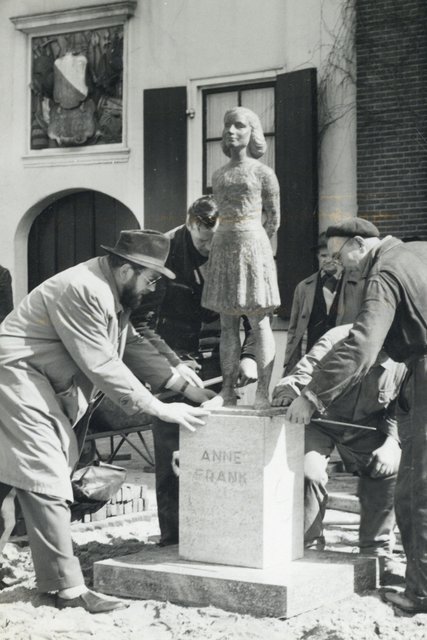 April 12, 1960Utrecht
April 12, 1960UtrechtPlacement of the statue of Anne Frank in Utrecht
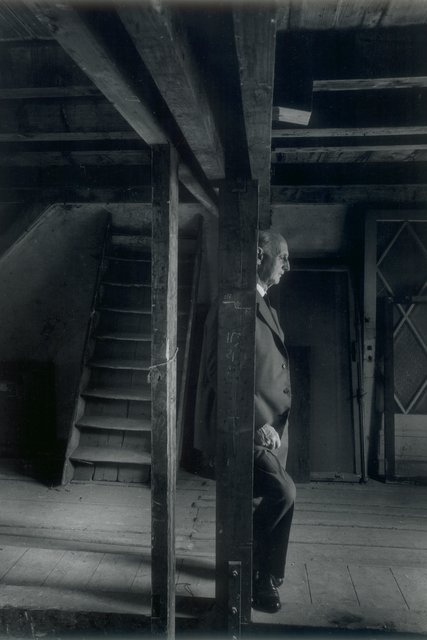 May 3, 1960Amsterdam
May 3, 1960AmsterdamThe old hiding place becomes a museum: the Anne Frank House
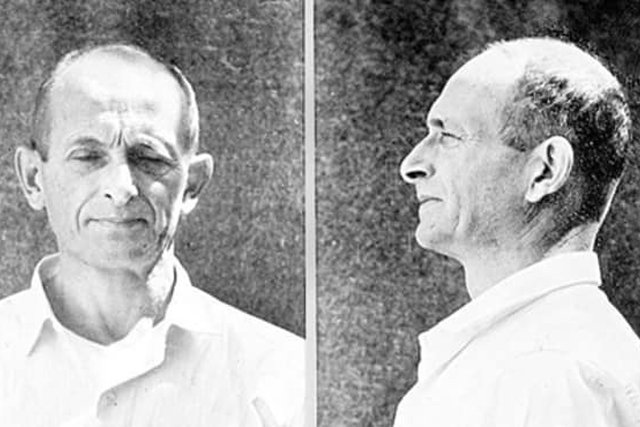 May 11, 1960Buenos Aires - Jerusalem
May 11, 1960Buenos Aires - JerusalemIsrael kidnaps Adolf Eichmann, architect of the Holocaust
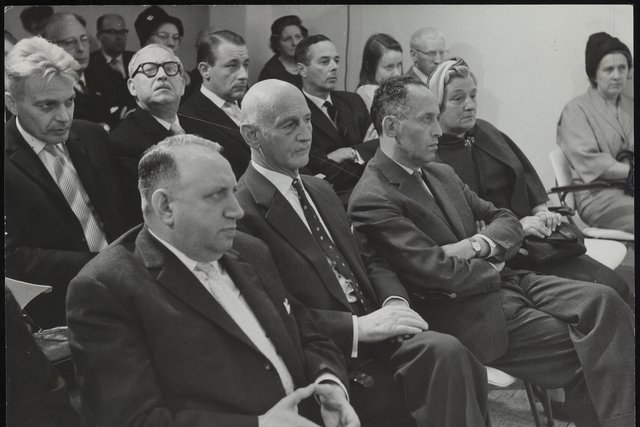 May 3, 1961Amsterdam
May 3, 1961AmsterdamOpening International Youth Centre of the Anne Frank Stichting
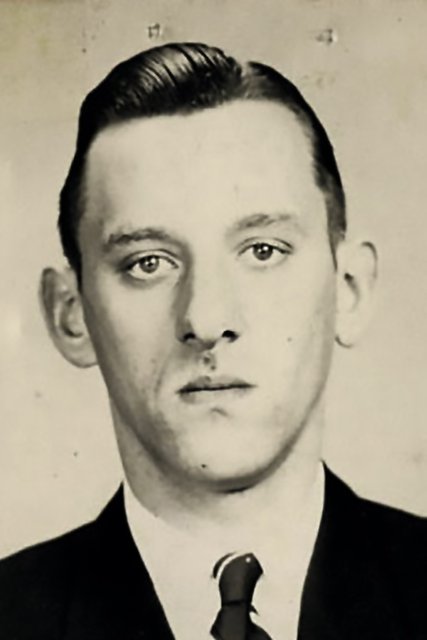 1963Vienna
1963ViennaArrest and release of Karl Silberbauer
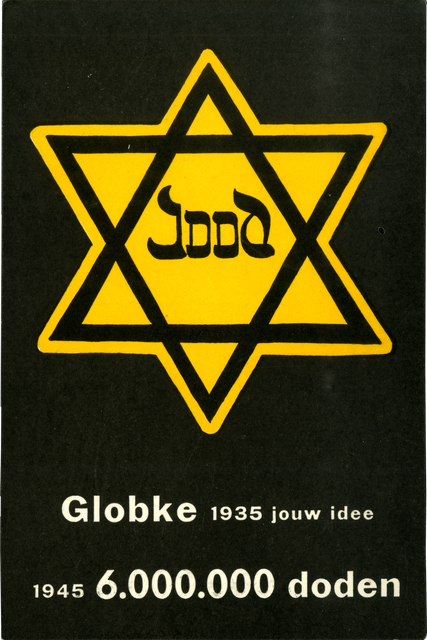 July 1, 1963East Berlin, GDR
July 1, 1963East Berlin, GDRTrial of former Nazi Hans Globke
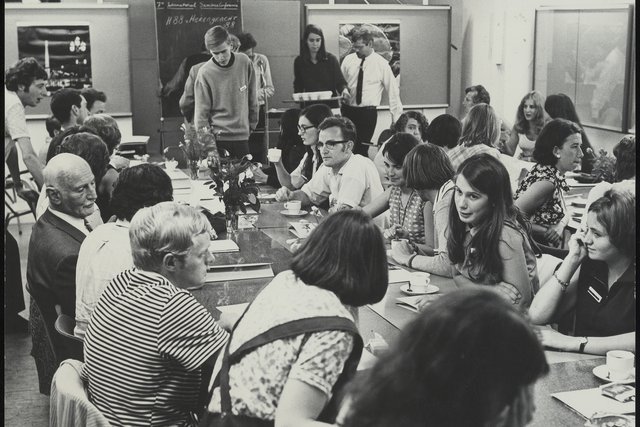 July 1968Amsterdam
July 1968AmsterdamOtto Frank at a youth conference at the Anne Frank House
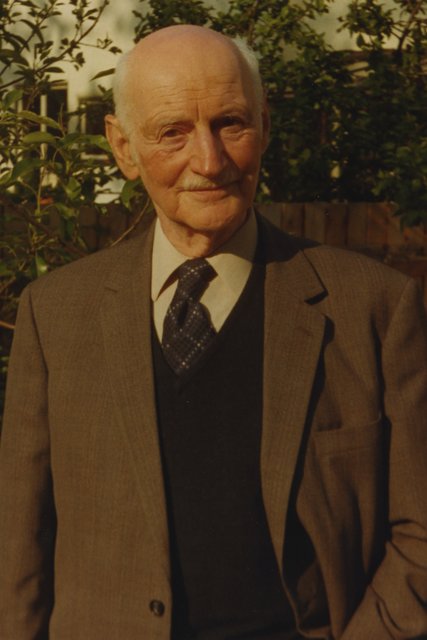 Aug. 19, 1980Basel
Aug. 19, 1980BaselOtto dies
Murder of the Austrian Archduke: Start of the First World War
June 28, 1914 Sarajevo
In response, Austria-Hungary set Serbia an ultimatum. If Serbia failed to meet its demands, the Austro-Hungarian army was going to invade Serbia. The Serbs accepted all demands, except one. They wanted to investigate the murder themselves, without interference from the Austro-Hungarian representatives. Austria-Hungary did not agree and on 28 July 1914 declared war on Serbia.
The fact that this crisis resulted in a world war was due in part to the alliances between the various European countries. As many states were bound by treaties to help one another in the event of war, there were two camps: the Central Powers (Austria-Hungary and Germany) and the Allied Powers (France, Russia and England).
Both sides expected the war to be over soon, but they were wrong. The First World War lasted four years, and millions of soldiers from all over the world were killed.
Otto Frank in the First World War
Aug. 6, 1915 Germany
In August 1915, Otto Frank went into the German army. He was trained as a gunner. From the autumn of 1915 onwards, he was stationed at the Western Front. He was part of a so-called Lichtmesstrupp: a unit that detected and calculated the location of enemy guns and passed information about the trajectory on to the artillery.
In 1916, he took part in the Battle of the Somme, in which almost half a million German soldiers were killed. A year later, Otto was promoted to sergeant and the year after that to officer candidate.
Otto's brothers Herbert and Robert served in the German army as well. Their mother Alice Frank-Stern and sister Leni Frank were nurses in a military hospital.
The Russian Revolution: Armistice with Germany
Nov. 7, 1917 Petrograd (Saint Petersburg)
In early 1917, the situation in Russia was turbulent. The people were hungry and tired of war. In March, Czar Nicolas II abdicated after days of protest. Eight months later, the communists staged a coup under the leadership of Vladimir Lenin. This event is known as the October Revolution. The communists were supported by part of the population because of their slogan "peace, land, and bread". The Provisional Government was overthrown.
In order to fulfil their promise of peace, the communists had to stop fighting Germany. In December 1917, Lenin sent his closest collaborator, Leon Trotsky, to Brest-Litovsk (in modern-day Belarus) to negotiate with the Germans. On 3 March 1918, the German delegation agreed to a ceasefire in exchange for large areas of Russian territory. The Germans no longer had to fight on two fronts, but many German troops still stayed behind in the east because the situation there remained turbulent.
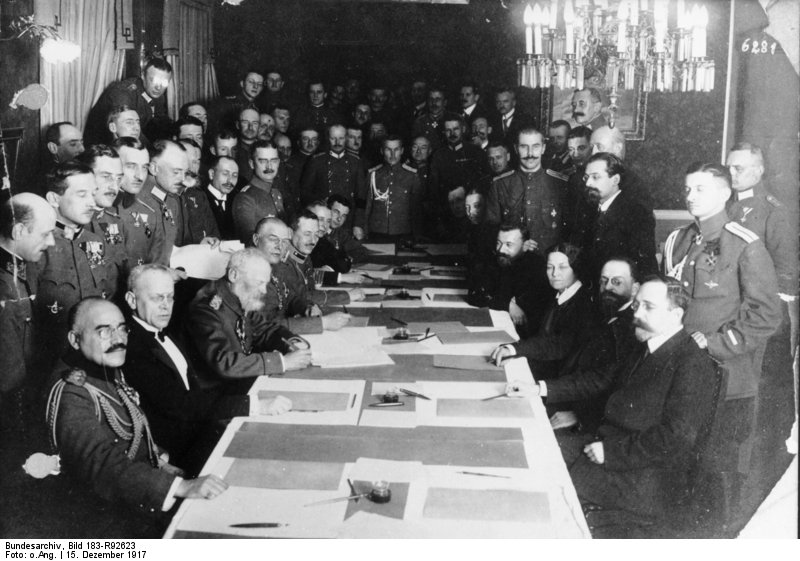
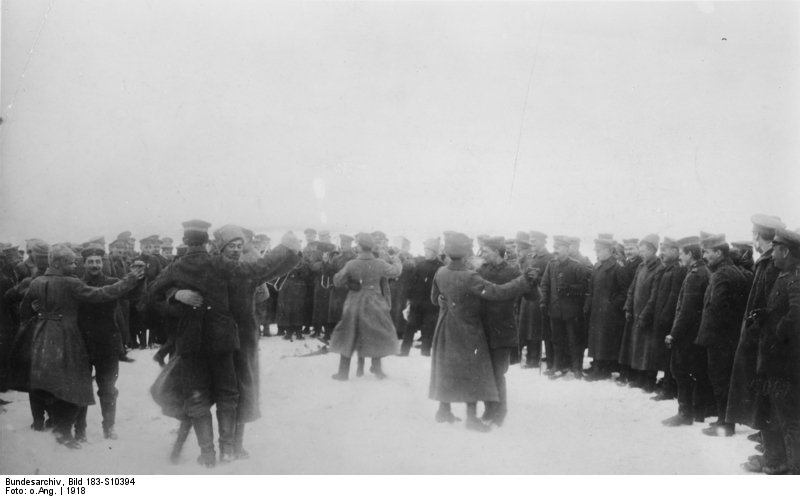
Germany loses the war: Protests against the Treaty of Versailles
May 15, 1919 Berlin
When the First World War ended in 1918, peace negotiations began in Paris. Germany was considered mainly to blame for the devastating war. The conclusions were laid down in the Treaty of Versailles, named after the palace where the countries signed the treaty.
The Treaty of Versailles caused furious reactions in Germany. Germany had to pay huge sums of money to the countries it had fought in compensation for the damage. In addition, France, England, and the United States wanted to prevent Germany from becoming strong enough to start a new war. They allowed Germany to keep only a small army.
In addition, Germany had to cede parts of its territory. France gained Alsace-Lorraine and the coal mines in the Saar region. Germany was allowed to keep the Rhineland, but without an army. The German government in the Rhineland was replaced by a government made up by Great Britain and France - Germany’s old enemies. In the east, Germany lost another part of its territory. This became part of Poland, which also gained land from Russia and Austria-Hungary. Finally, Germany lost its colonies in Africa and Asia.
The Germans felt that they should not have been blamed for the war. The loss of territory was considered extremely humiliating. Moreover, the sky-high reparations caused great poverty throughout the country.
Poverty and hunger in Vienna: Miep Gies comes to the Netherlands
Dec. 1, 1920 Vienna
In December 1920, Miep Gies came to The Netherlands. Her birth name was Hermine Santrouschitz and she came here from Vienna, the capital of Austria. She was 11 years old when her parents sent her to the Netherlands to recover from tuberculosis and malnutrition. She was taken in by a foster family in Leiden. She felt very much at home and with the consent of her biological parents, she stayed on in the Netherlands.
Austria came into being after the Austrian-Hungarian Empire fell apart at the end of the First World War. It took a lot of effort to overcome the hardships of the war. When there was a famine in Vienna, foster families in England, France, Switzerland, and the Netherlands took in hungry and sick children. The people who stayed behind received help from American aid organisations.
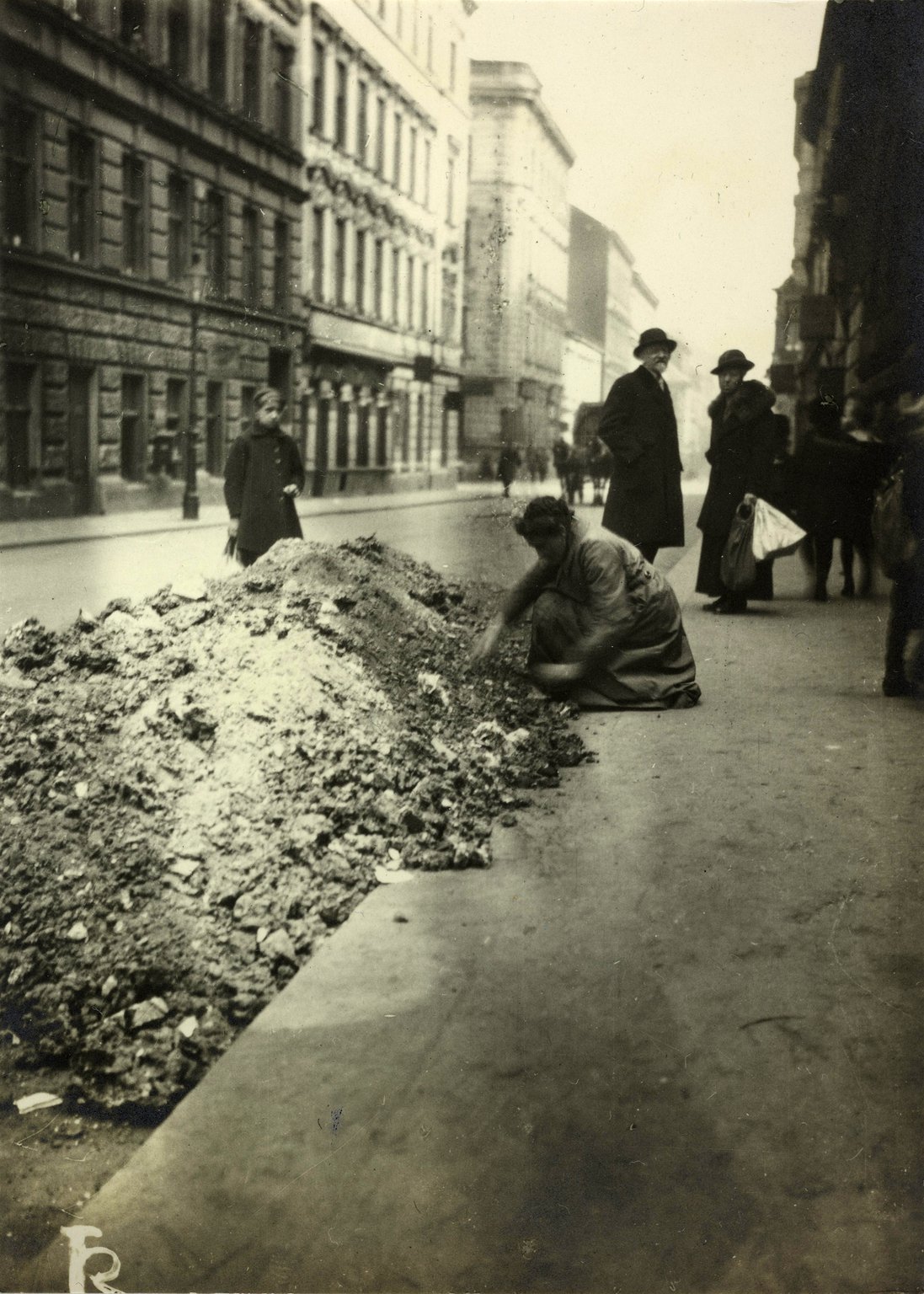
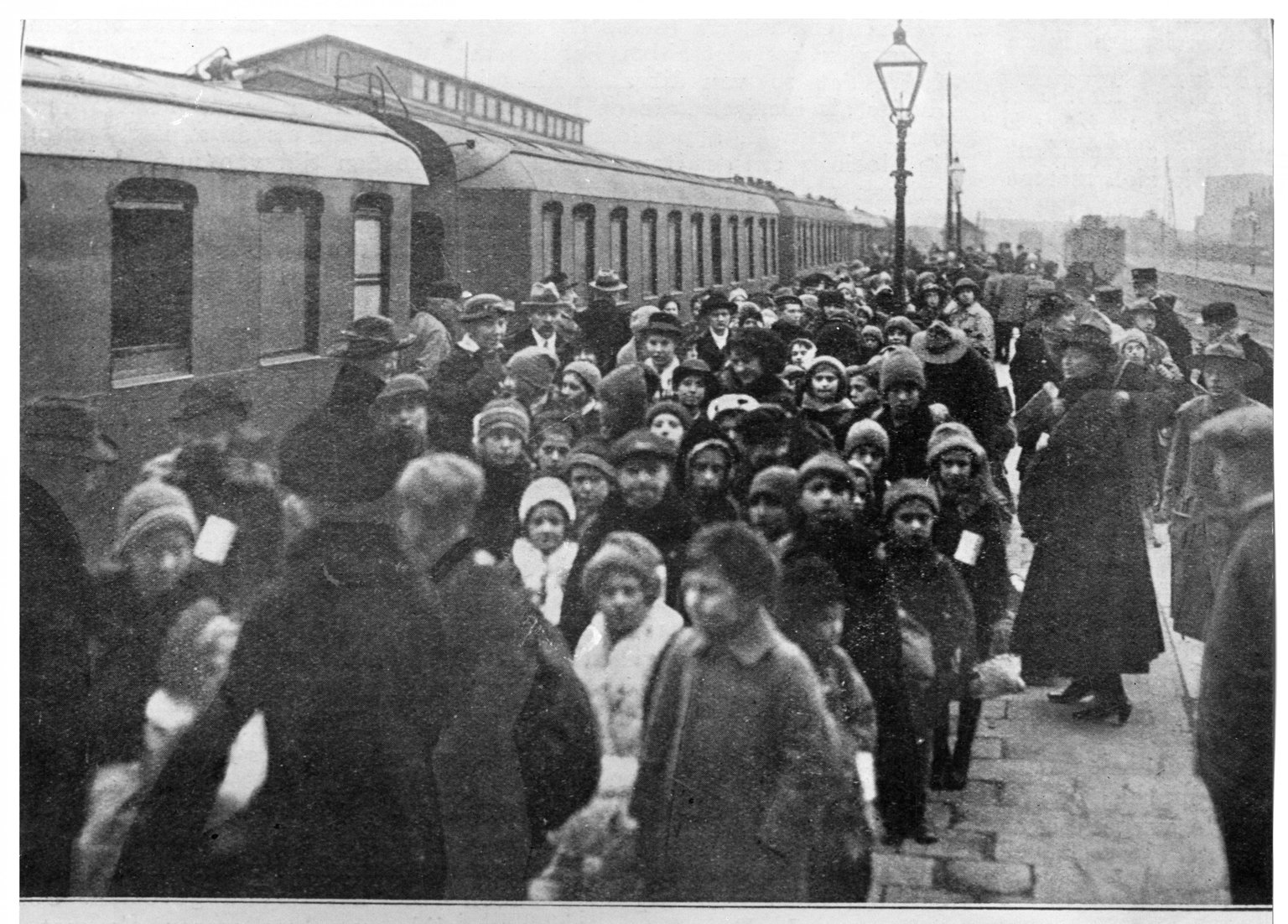
The NSDAP party programme
Feb. 24, 1924 Munich
The Nationalsozialistische Deutsche Arbeiterpartei (NSDAP) was founded in 1920. It was the continuation of the Deutsche Arbeiterpartei (DAP), but Hitler had its name changed. The programme consisted of a list of 25 points. A few important points:
- The good of the community before the good of the individual
- The Treaty of Versailles must be repealed
- There must be a central and strong power of the state
- More land is needed for population growth
- Criminals must be sentenced to death
- Some residents of Germany cannot be citizens and only citizens have equal rights
The programme contained many antisemitic points:
- According to the Nazis, Jews do not belong to the German people because they ‘have no German blood’. That is why they are not citizens
- Since Jews are not citizens, they are ‘guests’ in Germany. Different laws apply to ‘guests’
- Jews may not be civil servants because they are not citizens
- Should the German government ever be unable to take care of its citizens, the ‘guests’, such as the Jews, will be expelled from the country.
- Residents of other countries who are not citizens are no longer allowed to enter Germany. All non-German immigrants who have come to the country after 1914, will be made to leave
- Only members of the 'German race' can be journalists, publishers or owners of newspapers. So, Jews cannot
- The Jewish faith is suppressed
This party programme remained in force for as long as the Party existed.
Adolf Hitler publishes ‘Mein Kampf’
July 18, 1925 Munich
On 18 July 1925, Hitler’s book, Mein Kampf (‘My Struggle’) was published. He wrote it in prison, where he was serving a sentence for a failed coup he attempted in 1923.
In Mein Kampf, Hitler wrote about his ideology and presented himself as the leader of the extreme right. He talked about his life and his youth, his 'conversion' to antisemitism (the hatred of Jews) and his time as a soldier in the First World War.
He raged against the Treaty of Versailles and the reparations that Germany had to pay because of the Treaty. He did not believe in parliamentary democracy. Mein Kampf is full of racist ideas and hatred of Jews and communists.
In Mein Kampf, Hitler also wrote a lot about the future of Germany. He wanted to expand the German territory in Eastern Europe and to throw the Jews out of Germany, since he believed they threatened the survival of the German people. Although Mein Kampf does not refer to the later mass murder of Jews during the Second World War (the Holocaust), it does show that he had already developed a hatred of Jews at this time.
Anne Frank is born
June 12, 1929 Frankfurt
Anne Frank was born on 12 June 1929 in Frankfurt, at the Maingau Red Cross Hospital. She weighed over 8 pounds and was 54 cm long. Margot was taken to see her the next day and very happy with the arrival of her baby sister. Ten days later, Anne and her mother Edith were allowed to go home.
Until March 1931, Anne and her family lived at Marbachweg 307 in Frankfurt am Main. It was a pleasant time for Anne and Margot. It was a neighbourhood with lots of children and almost every day, friends came over to play with Margot. Anne could often be found in the sandbox in the garden. She was still too young to be allowed out of the garden. Margot was allowed to leave the garden, though, and she often played in the street with her friends.
Hitler and the Nazis come to power in Germany
Jan. 30, 1933 Berlin
On 30 January 1933, Adolf Hitler was appointed Chancellor, leader of the German government. The Nazis’ desire for power was fulfilled. ‘It is like a dream. The Wilhelmstraße (the street where the Chancellery is located) is ours’, Joseph Goebbels, the future Minister of Propaganda, wrote in his diary.
That same evening, the Nazis held a torchlight procession through Berlin. Uniformed members of the SA (Sturmabteilung - Nazi fighters) marched under the Brandenburg Gate and past the new address of their leader. Despite the impressive propaganda images Goebbels would produce later, not all Germans were impressed. Many of them did not expect Hitler to last very long at all.
After his appointment, Hitler was still no autocrat. His new cabinet contained only two members of his own party, the NSDAP. The other ministers came from other right-wing parties. Nonetheless, Hitler managed to get his people appointed to important positions. Wilhelm Frick was appointed Minister of the Interior, and Hermann Göring took control of Prussia's police force. As a result, Hitler became relatively powerful in Germany.
Anne Frank emigrates to Amsterdam: a new life in a new city
Feb. 16, 1934 Amsterdam
Anne Frank came to Amsterdam in February 1934. Her father Otto had been living there for over six months. He had left Germany for the Netherlands in July 1933 to set up his company Opekta. Edith joined him in September and started looking for a house. Meanwhile, Anne and her sister Margot stayed with their grandmother in Aachen.
Margot came to Amsterdam in December and Anne followed in February. Margot started school in January and Anne in April. She learned Dutch quickly and had no trouble making new friends.
Otto about Anne: ‘As soon as she entered the living room, things got turbulent, especially since she often took a whole bunch of friends home. She was very popular because she always had ideas about the games they could play or the things they could get up to.'
Hitler’s first military action: German troops occupy the Rhineland
March 7, 1936 Germany
In the morning of 7 March 1936, German troops occupied the Rhineland, a part of Germany that bordered on France. According to the Treaty of Versailles, Germany was not allowed to station an army there.
Hitler took a big risk, as he did not know how the Allies would react. He only deployed 3,000 soldiers. He had police officers march along to increase the visual impact. They had all been ordered to withdraw if foreign countries were to intervene.
But nothing happened. Other countries took hardly any countermeasures. Germany's old enemies, France and England, were busy dealing with domestic problems of their own and did not want to get involved in another war. Others felt that Germany was entitled to reclaim the Rhineland. The area had always been German until after the First World War, and Hitler's predecessors had wanted it back as well.
The gamble paid off for Hitler. It encouraged him to try to break other international agreements with impunity. Moreover, by occupying the Rhineland, he had also taken away France’s strategic advantage, and that would come in handy in a new war. He was now able to reposition his troops along the French border. In Germany, his popularity was growing because he had erased the 'disgrace' of the Treaty of Versailles. Once again, Germany was a force to be reckoned with.
The Kristallnacht proves that Jews have no future in Germany
Nov. 9, 1938 Germany
On 9 and 10 November 1938, Nazis throughout Germany, Austria, and Sudetenland (in the current Czech Republic) took action against Jews. They humiliated Jews in parades, abused them and put them in concentration camps. They also destroyed Jewish property. Such violent attacks on Jews are called pogroms.
Because of the many broken windows, this particular pogrom is called the Kristallnacht, the Night of Broken Glass. Synagogues were set on fire and the fire department was not allowed to put the fires out. The Jews had to pay for the damage themselves and were fined a total of 1 billion Reichsmark by the government.
The immediate cause of the Kristallnacht was the murder of a German diplomat in Paris by Herschel Grynszpan. It was his way to avenge the ill-treatment of his family, Polish Jews who had been living in Germany for 27 years and who had recently been deported to Poland by the Gestapo (the secret German police).
The Kristallnacht showed how the Nazi hatred of the Jews had turned into aggression and persecution - and how hardly anyone stood up for the Jews.
Fritz Pfeffer flees Germany for the Netherlands
Dec. 9, 1938 Amsterdam
Fritz Pfeffer was a dentist in Berlin. He was engaged to Charlotte Kaletta, who was a Roman Catholic. He could not marry her, because the German racial laws prohibited marriages between Jews and non-Jews.
In November 1938, Jews were assaulted and arrested throughout Germany during the so-called Kristallnacht. Synagogues were set on fire, and shops and other Jewish properties were destroyed. For Fritz, the time had come to leave Germany. On 1 December, he put his young son Werner on a ship to his brother in England. Fritz himself fled to the Netherlands. He was joined by Charlotte three weeks later.
The couple could not marry in the Netherlands either, because the Netherlands observed the German law in this respect because of an old treaty. Fritz wanted to marry in Belgium, but he could not go there because his passport had expired. Eventually, he hoped to go to Chile to work as a horse breeder, as he was a great lover of horses. These plans, too, failed due to the war.
In 1942, Fritz went into hiding in the Secret Annex, where he shared a room with Anne Frank.
The start of the Second World War: Germany invades Poland
Sept. 1, 1939 Poland
On the morning of 1 September 1939, Hitler's voice was heard on the radio. He claimed that Germany had been attacked by Poland and that they had ‘started to fire back at 5:45 am’. However, his story about the Polish attack was a lie. German soldiers, dressed as Poles, had attacked a radio station in the border town of Gleiwitz and spread false information. It gave Hitler an excuse to attack Poland.
The German army used a lot of violence. The Air Force in particular caused a lot of damage. Heavy bombings reduced the Polish capital Warsaw to ruins. Tens of thousands of soldiers were killed. England and France had promised to help Poland in the event of a German attack, and so they declared war on Germany. The Second World War had begun.
Hitler had attacked Poland because he wanted Germans to live there. He considered the Polish people inferior and only fit as a work force. In the last three months of 1939, the Nazis murdered 65,000 Jewish and non-Jewish Poles.
While Poland was defending itself against Germany in the west, on 17 September, the Soviet Union attacked the country from the east. This two-pronged attack was too much for Poland. On 6 October 1939, its last troops surrendered.
Mass raids in Amsterdam: The first deportations of Dutch Jews
22 and 23 February, 1941 Amsterdam
On Saturday 22 and Sunday 23 February 1941, the Ordnungspolizei (German police) rounded up Jewish men at Jonas Daniël Meijerplein in Amsterdam. Almost 400 men between the ages of 18 and 35 were arrested, forcibly pushed into lorries and deported. The razzia was Nazi punishment for fights that had occurred between Jews, antisemitic thugs, and the German police.
In the weeks prior to the raid, the atmosphere in Amsterdam had been turbulent. Assault groups of the NSB (the Dutch National-Socialist Movement) had constantly been looking to confront Jews. This had caused a lot of fighting. On 11 February, an NSB member was so badly injured that he died a few days later. The antisemitic press blamed it all on the Jews.
Shortly thereafter, unknown thugs smashed the windows of Koco ice cream parlour, a company run by two Jews who had fled Germany. In response, Jewish and non-Jewish customers formed their own assault team to protect the store. When the Ordnungspolizei raided the shop on 19 February, their faces were sprayed with ammonia.
The German authorities did not put up with the attack on their police officers. To put an end to the unrest, they decided to hold a razzia in the weekend of 22 and 23 February.
The Jews who were arrested were taken to Camp Schoorl, where eight of them were released. From there, they were deported to the Buchenwald concentration camp and then to the Mauthausen concentration camp in Austria. Only two of them survived.
The owners of Koco ice cream parlour were severely punished. Ernst Cahn was executed by the Germans on the Waalsdorpervlakte, in the dunes near The Hague, on 3 March 1941. Alfred Kohn died in Auschwitz.
The Amsterdam population was shocked by this brutal German action. A few days later, a major strike was organised in protest.
Operation Barbarossa: Germany invades the Soviet Union
June 22, 1941 Soviet Union
On 22 June 1941, Germany began a major attack on the Soviet Union, the communist state that consisted of Russia and a number of neighbouring countries. The attack was code-named 'Operation Barbarossa', and Hitler and the army had been preparing its execution for months. Three million German soldiers crossed the border. This effectively ended the nonaggression pact that the two countries had concluded before the invasion of Poland in 1939. There were three fronts: one aimed for the Baltic States in the north, a second was headed towards Moscow and a third attacked Ukraine and southern Russia.
The German invasion surprised the Soviet leadership. Stalin, the country's dictator, had not believed that Germany was sufficiently prepared for war. But then, neither was he, and so the German troops were able to advance without much resistance. Hitler hoped that winning the war would not take long, because the strategic position and the grain and oil reserves of the Soviet Union were indispensable if Germany wanted to keep Europe in its grip. During the first nine months of the advance, one million German soldiers were killed.
Germany was waging a war of destruction against the Soviet Union. It was the largest communist country in the world and the Nazis considered the communists their greatest enemies, in addition to the Jews. Moreover, the Nazis regarded the Russian people and the peoples in the Asian part of the Soviet Union as inferior. They would have to make way for German settlers. For that reason, the German army treated the population and the captured soldiers inhumanely. Millions of people died of hunger or diseases, or were executed.
The old hiding place becomes a museum: the Anne Frank House
May 3, 1960 Amsterdam
The annex at Prinsengracht 263 opened its doors to the public on 3 May 1960. The restoration was not finished yet, but the Secret Annex could be visited. The main building was furnished to accommodate exhibitions and a documentation centre.
At Otto's request, the Secret Annex was kept unfurnished. After the arrest of the people in hiding, it had been emptied by the Nazis and he wanted to keep it that way.
On the occasion of the opening, Otto Frank said: ‘I apologise for not speaking from this house after today. You will understand that the memories of everything that happened here are too powerful. I can only thank you all for the interest you have shown in coming here. And I hope that you will continue to support the work of the Anne Frank House and the International Youth Centre, morally and in every other respect.’
Anne's wish comes true: ‘Het Achterhuis’ (‘The Secret Annexe’) is published
June 25, 1947 Amsterdam
Anne's wish came true on 25 June 1947 when her book was published: Het Achterhuis. Dagboekbrieven van 14 juni 1942 - 1 augustus 1944 (The Secret Annex. Diary letters from 14 June 1942 - 1 August 1944). 3,000 copies were printed for the first edition.
Anne Frank: ‘Just imagine how interesting it would be if I were to publish a romance of the "Secret Annexe," the title alone would be enough to make people think it was a detective story.’
The book was well-received in the Netherlands, and the first Dutch edition soon sold out. In December 1947, after only six months, the second edition was published.
The people in hiding are discovered: They are arrested and put in prison
Aug. 4, 1944 Amsterdam
In the morning of 4 August 1944, Otto Frank was helping Peter van Pels with his language lessons. Edith was in her room. Police officers turned up at Prinsengracht 263 in Amsterdam. They went up to the office on the first floor where the helpers of the people in hiding were working. The police officers questioned Victor Kugler and searched the building in his presence. They ended up on the landing with the revolving bookcase and discovered the hiding place and the people who lived there.
Together with two of the helpers, Johannes Kleiman and Victor Kugler, the people from the Secret Annex were taken to the SD prison on Euterpestraat. They were interrogated one by one to find out whether they knew of any other addresses where people might be in hiding. Johannes and Victor kept silent. Otto Frank said that after 25 months in the Secret Annex, they had lost all contact with friends and acquaintances and therefore knew nothing.
After the interrogations, the people from the Secret Annex and the helpers were separated. Johannes Kleiman and Victor Kugler were taken to the detention centre at Amstelveenseweg, the eight people from the Secret Annex to the detention centre at Weteringschans. Helpers Miep Gies and Bep Voskuijl were not arrested. After a little while, they went up to the empty hiding place. There, they discovered Anne's diary papers, which were left behind after the arrest. Miep held on to the diary until after the war.
Anne and Margot die exhausted in the Bergen-Belsen concentration camp
February 1945 Bergen-Belsen
In late 1944, Anne and her sister Margot were taken from Auschwitz to the Bergen-Belsen concentration camp in a crowded train. Their mother Edith was left behind in Auschwitz.
In Bergen-Belsen, Anne Frank ran into children she had known in Amsterdam. She talked to Nanette Blitz and Hanneli Goslar, for example, two girls she had gone to school with.
In the winter of 1944-1945, the situation in Bergen-Belsen deteriorated. There was little food, and the camp was filthy and crawling with vermin. Many prisoners fell ill. Margot and Anne Frank contracted spotted typhus and died in February 1945. Nothing is known about their final days.
(Quote by) Rachel van Amerongen: ‘One day, they just weren't there anymore.’
Otto returns to Amsterdam
June 3, 1945 Amsterdam
On 21 May 1945, Otto left the Ukrainian port of Odessa aboard the ‘Monowai’. Six days later, he arrived in the port of Marseille. Almost immediately, he travelled on to Amsterdam, where he showed up on the doorstep of helpers Jan and Miep Gies in the evening of 3 June. Johannes Kleiman and his wife and Fritz Pfeffer's fiancée immediately came over to greet him. The other helpers had survived the war as well.
Although Otto knew that Edith had died, he did not know what had happened to Anne and Margot. Every day, he went to Amsterdam Central Station, hoping to find them among the travellers returning from the concentration camps, and he placed an ad in the newspaper, hoping for news. He also got involved in the Opekta and Pectacon companies again.
Anne receives a diary
June 12, 1942 Amsterdam
For her thirteenth birthday, Anne Frank received a diary. ‘Maybe one of my nicest presents…’ she wrote about the red-checked book. The diary did not come as a surprise, because Anne had picked it out herself...
On the cover page, she wrote: ‘I hope I will be able to confide everything to you, as I have never been able to confide in anyone, and I hope you will be a great source of comfort and support. Anne Frank. 12 June 1942.’
Two days later, she wrote the next entry. She wrote about what happened and who were there, her birthday party, her gifts, her friends, being in love, her family history, and her school class.
Germany bombs Rotterdam. The Netherlands surrenders
May 14, 1940 Rotterdam
Rotterdam was an important target of the German attack on 10 May 1940. Paratroopers and soldiers who had landed on water tried to conquer the bridges. The Dutch army offered fierce resistance and the Germans failed to take the city. On 14 May, German general Schmidt gave the Dutch commander an ultimatum: if Rotterdam did not surrender that same afternoon, the city would be bombed.
The negotiators in Rotterdam did not know that the military leadership in Berlin had other plans. Hermann Göring, leader of the Luftwaffe, planned to bomb civilian targets to force the country to surrender. Even before the ultimatum had expired, German planes started dropping their bombs on downtown Rotterdam. When the smoke cleared, close to 80,000 people were homeless and around 850 people had died.
Germany threatened to bomb Utrecht as well. The Netherlands had no other option than to surrender. In a school building south of Rotterdam, General Winkelman signed the capitulation agreement on 15 May. With his signature, the Netherlands officially surrendered.
The defeat was hard on the Dutch military and civilians. Even so, many Dutch people were also relieved that the tension had subsided. Things were different for many of the Dutch Jews. They had heard terrible things about the Nazis. Now the Nazis had come to the Netherlands as well, and they were terrified. In the months following the invasion, hundreds of Jews committed suicide.
The Dutch government makes carrying an identity card compulsory
April 1, 1941 The Netherlands
From April 1941 onwards, every Dutch person aged 15 years or over had to have an identity card. This identity card had a passport photograph and a fingerprint of the bearer as well as a unique number. Large capital ‘J’s were later stamped onto the documents of Jews, to make them instantly recognisable. From 1 January 1942, everyone had to carry their card with them at all times.
For the Nazis and the Dutch police, identity cards were an important tool in tracking down Jews, resistance fighters, and people who wanted to avoid compulsory employment. The identity card had been developed by Dutch civil servant Jacob Lentz. He was also the one who set up the population register and the registration of Jews.
Because of the special ink, stamps, glue, and watermarked paper that were used, forging identity cards was almost impossible. Moreover, the identity card’s unique number could be used to check the data against the local or national public registers.
In this way, even ordinary police officers were able to detect almost perfect forgeries if they checked them thoroughly. The only way to forge identity cards was by feeding the data of non-existent people into the central administration. These data could then be used to create new identity cards. This required the cooperation of reliable civil servants.
Lentz's perfectionism cost many of his compatriots their lives and caused great problems for many others.
The last months in Frankfurt
March 10, 1933 Frankfurt
Anne, Edith, and Margot Frank in a passport photo booth with a scale in Tietz department store in Frankfurt. This is one of the few surviving photos from that time.
In March 1933, they moved to the home of their grandmother Alice Frank in Frankfurt, with whom Otto and Edith had also lived after their wedding.
Otto starts Opekta in the Netherlands
July 4, 1933 The Netherlands
In August 1933, Otto moved to Amsterdam. He had frequently been in the Netherlands before on account of his company Opekta. His firm was the Dutch branch of a German company. Opekta, the product, was used in jam-making. It was sold in shops. Opekta advertised widely in Germany and Otto adopted their advertising for the Netherlands. The first Opekta advertisements were printed in Limburg newspapers.
The company started in July 1933. In late September, Otto had a stand at a trade fair in Rotterdam, where modern companies introduced their products to the general public. Many more demonstrations for Dutch housewives were to follow.
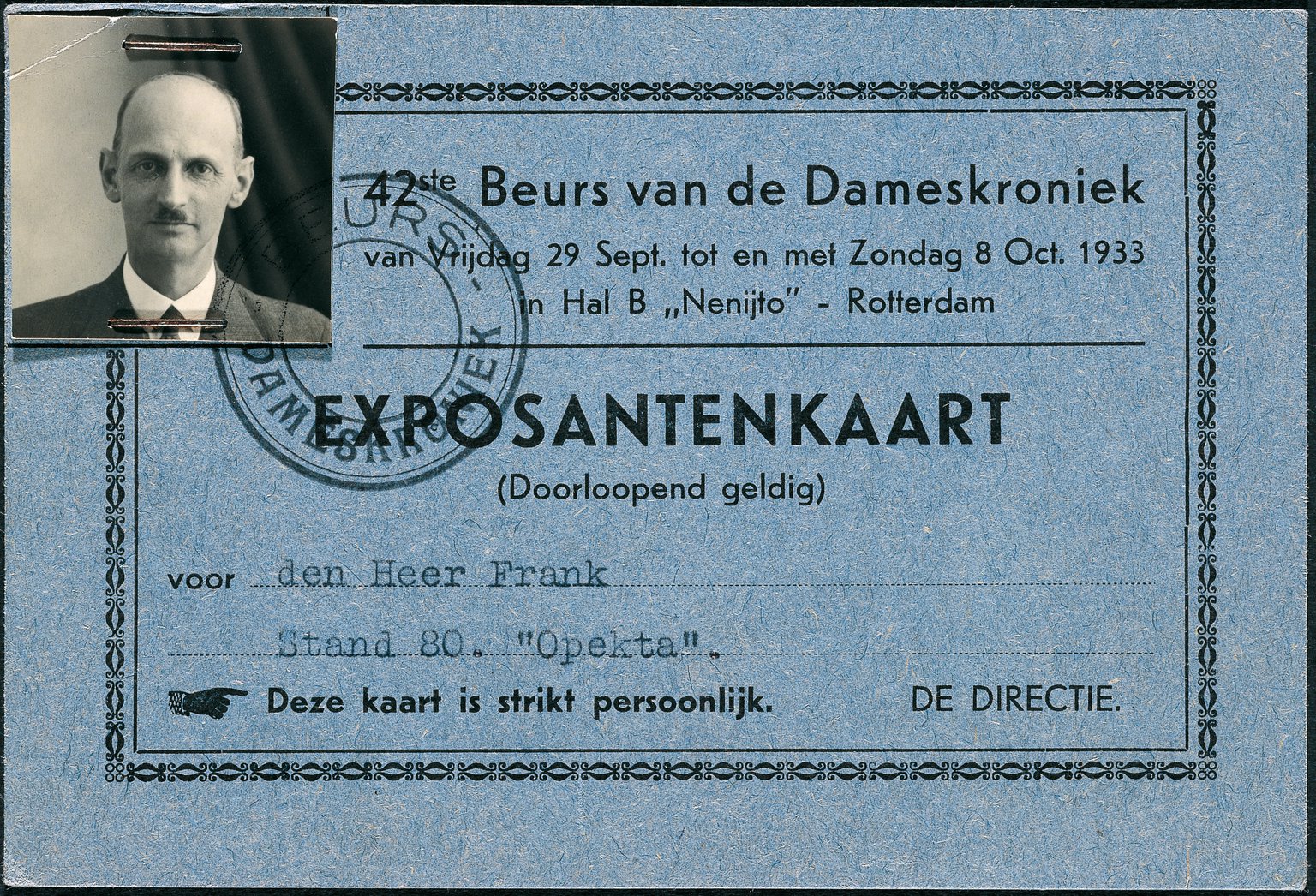
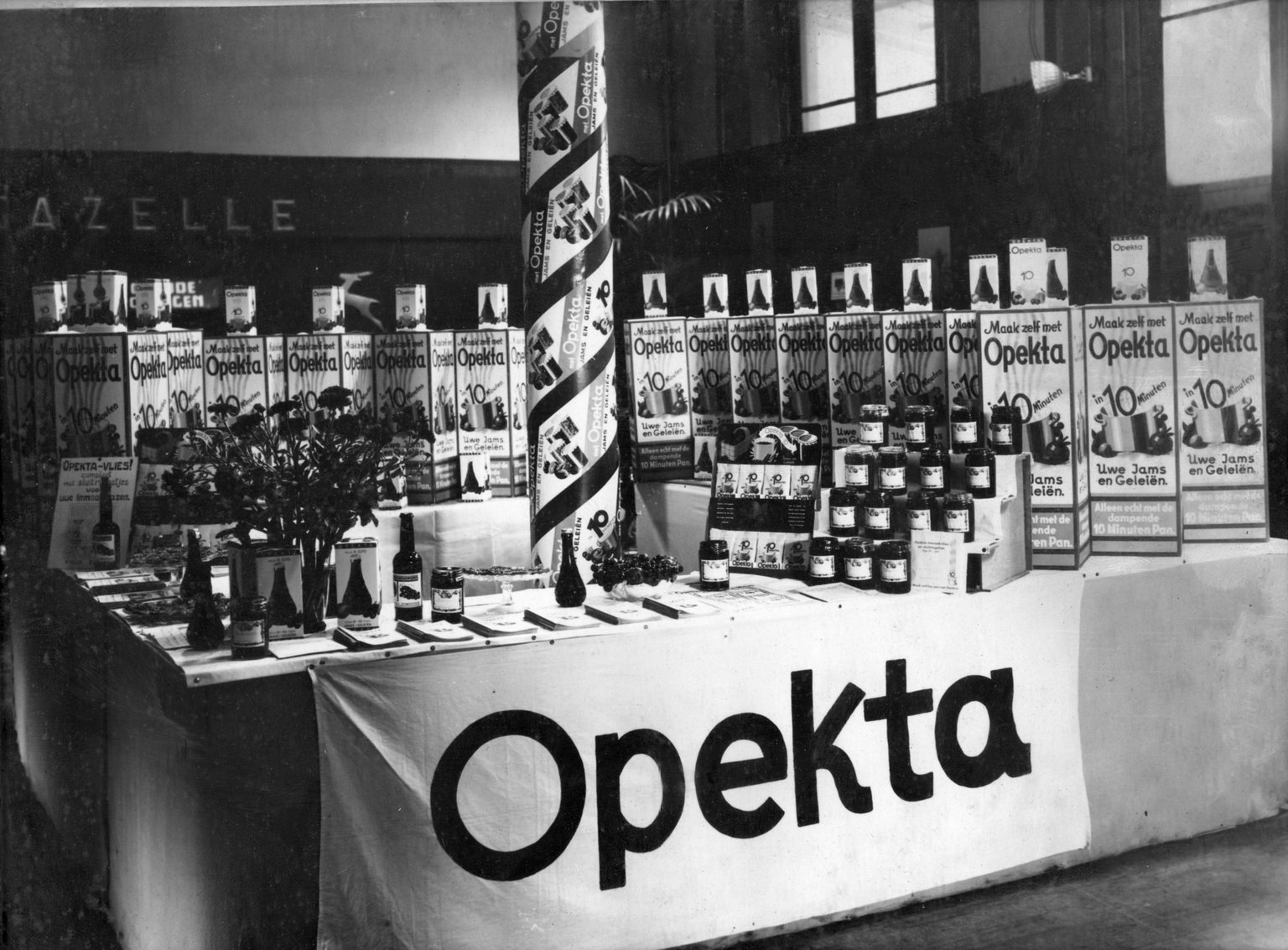
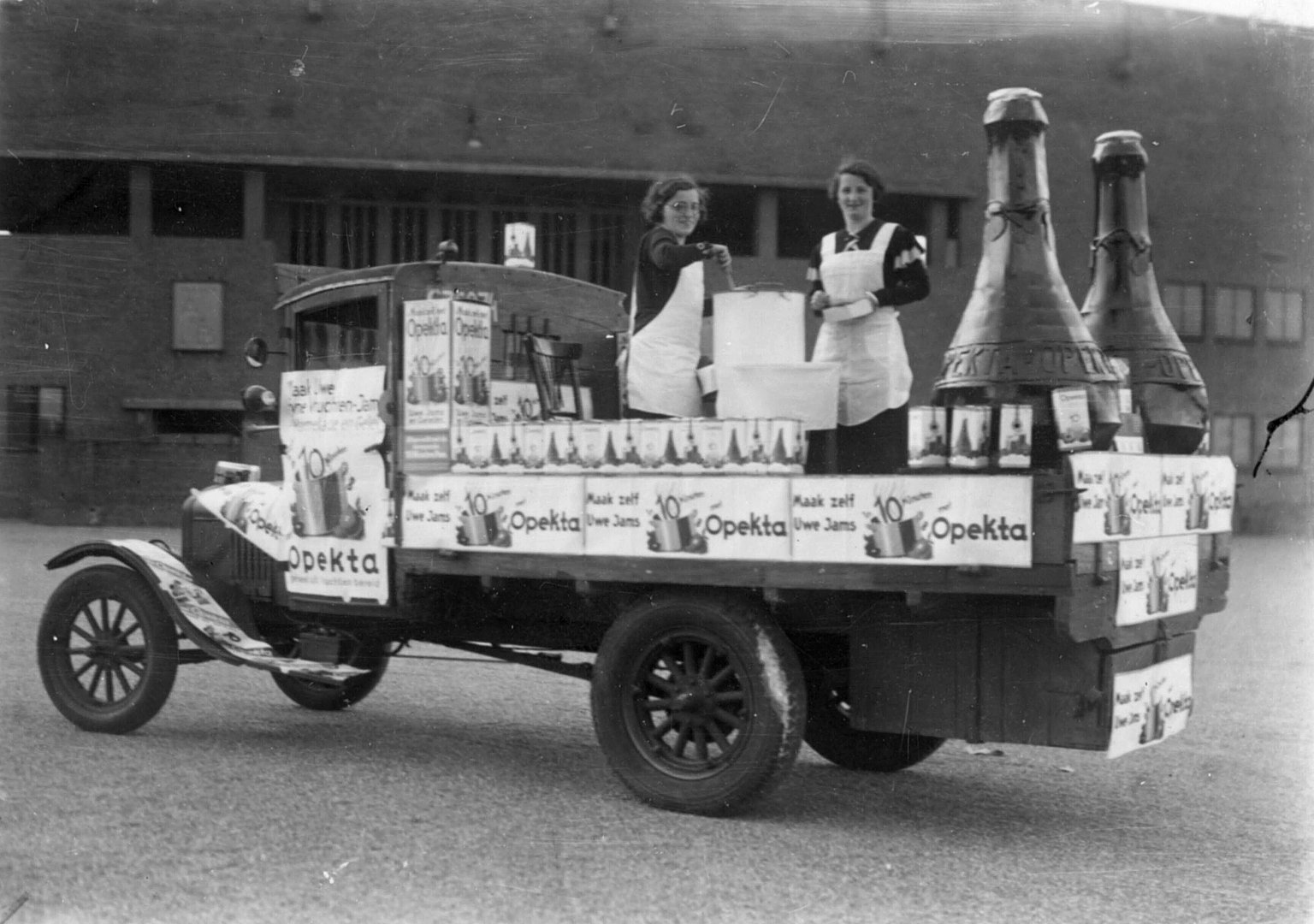
Eichmann invades the Jewish Congregation in Vienna
March 18, 1938 Vienna
On 18 March 1938, SS-Oberstürmbannführer Adolf Eichmann and a group of Nazis raided the Jewish Congregation in Vienna. They searched the building and arrested the members of the Board. They were imprisoned at Dachau concentration camp. The Jewish Congregation was dissolved by the Nazis.
Some time later, Eichmann brought director Josef Löwenherz back from captivity and reopened the Congregation. Eichmann wanted to use him and his organisation to force the Jews out of Austria. Löwenherz had long been involved in the emigration of Jews to Palestine and had many international contacts. Other Jewish organisations were forced to cooperate as well.
This was the beginning of the ‘Zentralstelle für jüdische Auswanderung’ (Centre for Jewish Emigration). Despite its neutral name, it was an organisation of the SS (Schutzstaffel, the military branch of the Nazi party). Its goal was to get the Jews to leave the country as soon as possible and to take their money before they went. The money of wealthy Jews was used to pay for the emigration of poor Jews. It worked so well, that the SS opened other centres like it in Berlin and Prague.
Eichmann's idea of involving Jewish organisations in Nazi politics was also adopted elsewhere in the form of Jewish councils. He cleverly abused the Jews’ hope that they would be able to save themselves.
Consecration of the Liberal Jewish Synagogue in Amsterdam
June 6, 1937 Amsterdam
The Liberal Jewish Congregation in Amsterdam was founded in 1931. Its membership increased as a result of the large numbers of Jewish refugees from Germany. So, it needed space for its services. From 1937 onward, the temple of the Theosophical Society was rented and used as a synagogue. The consecration was attended by Heinrich Stern, the chairman of the Liberal Jews in Germany.
Otto, too, was liberal Jewish and involved in the establishment of the synagogue.
Otto Frank at a youth conference at the Anne Frank House
July 1968 Amsterdam
From 1963 onwards, every year young people from all over the world came to the Anne Frank House for international summer conferences on emancipation, religion, and human rights.
The International Youth Centre was enthusiastically run by educator and psychologist Henri van Praag, an acquaintance of Otto Frank’s. In the 1960s, the Anne Frank House organised lectures and courses.
Rabbi Yehuda Aschkenasy, an Auschwitz survivor, ran meetings to promote understanding between Jews and Christians. These meetings drew priests, vicars, rabbis, as well as regular believers.
During this period, the Anne Frank House was also used for literature, poetry, or classical music events. The performers at the concerts were mostly young students from the school of music.
In the second half of the 1960s, the Anne Frank House made room for social criticism. Photo exhibitions and other means were used to protest the war in Vietnam and apartheid in South Africa.
Johannes Kleiman with visitors in the Secret Annex
1955 Amsterdam
After Otto Frank had moved to Switzerland in 1952, Johannes Kleiman once again became managing director of Opekta. In 1955, Opekta and Gies & Co moved to other buildings in the city. By then, people from different parts of the world were already interested in visiting the Secret Annex where Anne Frank had lived in hiding.
Whenever people asked him to, Kleiman returned to the empty building on Prinsengracht to give visitors a tour of the hiding place.
Otto dies
Aug. 19, 1980 Basel
On 19 August 1980, Otto Frank died in Basel at the age of 91. The news of his death was noted around the world. Fritzi Frank-Markowitz, his widow, received hundreds of letters of condolence. Dutch rabbi Avraham Soetendorp conducted the funeral service.
Anne's diaries and other writings were transferred to the Dutch state and are now managed by the Netherlands Institute for War Documentation (NIOD). The copyright on Anne Frank's writings is now held by the Anne Frank Fonds in Basel, Switzerland.
Mad Tuesday: German soldiers and collaborators on the run
Sept. 5, 1944 The Netherlands
In the garden of a house in Amsterdam, between Keizersgracht and Kerkstraat, German soldiers had left their weapons. Like many other German soldiers, they were in a hurry to leave on Tuesday, 5 September 1944. They had heard that the Allies had crossed the Dutch border in the south and were advancing rapidly to the north of the Netherlands. Within a few days, the troops that had stayed back had destroyed the ports of Amsterdam and Rotterdam with explosives.
For fear of retaliation, many collaborators were afraid to stay in the Netherlands as well. They left on the same day, heading for the east of the Netherlands or Germany.
The German occupying forces decided to evacuate the Vught concentration camp and deported 2,800 men to Sachsenhausen and 650 women to Ravensbrück, two concentration camps in Germany. About half of them eventually died there.
Many Dutch people raised the Dutch flag and took to the streets. However, the news of the arrival of the Allied Forces was premature. They had only been in Belgium for a few days and it would take another week before the first towns in the Netherlands were liberated.
This day would soon be known as ‘Dolle Dinsdag’ or ‘Mad Tuesday’.
The Van Pels family goes into hiding
July 13, 1942 Amsterdam
A week after the Frank family went into hiding, Hermann and Auguste van Pels, and their son Peter, joined them in the hiding place. The Van Pels family were given two rooms on the second floor of the Secret Annex to use. They had little privacy. The room of Hermann and Auguste was also used as a kitchen and dining room. Peter’s room had stairs to the attic, where the people in hiding stored their food.
Hermann and Otto had prepared the hiding place together with their colleagues Victor Kugler and Johannes Kleiman. Hermann and Auguste's room had been a laboratory for trying out recipes. The equipment and other things had been moved to the office kitchen below Anne's and Margot's room.
Peter had brought his bike and hung it from the ceiling of his room.
The February Strike
25 and 26 February, 1941 Amsterdam
On 25 February 1941, the local section of the CPN (Communist Party of the Netherlands) called a two-day strike in protest against the raid on Jewish men a few days earlier.
The action started with the shutdown of the tram transport in Amsterdam, which was how many people noticed that something was going on. The strike then spread to other towns and villages in the area.
The Germans were surprised by the protests and responded with brute force. They shot at strikers, and several people were wounded or killed. Many strikers were arrested. The cities where the strike took place were heavily fined.
The mayors of Amsterdam and Zaandam were replaced. A German-minded police commissioner was appointed in Amsterdam.
Otto’s first time in Amsterdam
Jan. 1, 1923 Amsterdam
From 1923 to 1929, Otto and his brother Herbert and brother-in-law Erich Elias ran a bank branch in Amsterdam called M. Frank and Sons. It was located in the city centre. Due to the economic problems in Germany, many German banks opened branches in Amsterdam. As soon as the economic situation improved, many of them were closed again, including the Franks’ branch.
Johannes Kleiman was in charge of current affairs and discussed them with the management. Later, Kleiman was involved in Opekta and the founding of Pectacon.
Germany agrees on an armistice with the United Kingdom and France
Nov. 11, 1918 Compiègne
By the autumn of 1918, it became clear that Germany was not going to win the war. Its opponents had too much economic and military strength. Besides, more and more allies of Germany were giving up the fight. Germany itself was in great turmoil as well. There was no other option than to end the war.
On 9 November 1918, the Allies and the Germans convened in a railway carriage in the forest of Compiègne, a small town 60 kilometres to the north of Paris. The German delegate Matthias Erzberger tried to negotiate about the terms of the armistice. The Allies did not yield. They wanted Germany to surrender. Two days later, on 11 November, Germany signed the truce, which started at 11.00 am on the same day.
Germany lost a lot because of the armistice. The agreement demanded that all German troops would withdraw from French and Belgian territory within two weeks. The Rhineland, an area bordering on Belgium and France, was to be occupied by Allied troops. Germany had to return territory in Eastern Europe it had conquered during the war. Moreover, Germany had to donate large quantities of military equipment to the Allies.
Otto Frank and Edith Holländer get married
May 12, 1925 Aachen
On 8 May 1925, Otto Frank and Edith Holländer got married at city hall in Aachen. They had met a few years earlier, when Otto's brother Herbert got engaged to a friend of Edith’s in Aachen.
On 12 May, Otto's 36th birthday, their marriage was solemnised in the synagogue of Aachen. In the evening there was a large banquet for all their guests. After the wedding, Otto and Edith went on honeymoon to San Remo in Italy.
The first year and a half of their marriage, they lived with Otto's mother Alice Frank-Stern in Frankfurt am Main.
The German army uses poison gas against French troops
April 22, 1915 Ypres
During the First World War, the warring parties tried everything they could think of to win. The German army was the first to use deadly poison gas on the Belgian battlefields.
On 22 April 1915, French troops saw a yellow-green cloud of chlorine gas coming towards them. Within ten minutes, thousands of soldiers had choked to death. The German attack violated international agreements that prohibited the use of poison gas. Afterwards, the French and English also resorted to the use of poison gas.
The United States declare war on Germany
April 6, 1917 Washington
On 6 April 1917, American president Woodrow Wilson declared war on Germany. Until that day, the United States had remained neutral. The declaration of war was a response to the submarine war that Germany had been waging on its enemies since January 1917.
Germany wanted to sink all ships sailing toward the United Kingdom, including passenger ships and neutral American ships, as they could be carrying aid - from food to soldiers - for Germany's opponents. Germany knew that the United States would respond, but they believed that the United States would take so long to prepare, that the British would have quit their efforts by then. But they were wrong.
Another reason for the American declaration of war was the interception of the so-called "Zimmermann telegram”, in which Germany promised Mexico financial support and American territory if it would attack the United States. Mexico refused the request. The telegram had been sent in code, but it was deciphered by the English secret service. The Americans were outraged.
In 1917, the United States sent more than a million troops to France. It took another year before they were fighting alongside the Allies in substantial numbers.
Famine in Germany
1917-1919 Berlin
By the end of the First World War, famine raged in Germany. People desperately tried to find food. In Berlin, for instance, hungry women and children cut up a horse in the street. The animal had been killed in a fight between government troops and insurgents. In spite of the shooting that was still going on around them, the starving women and children threw themselves on the horse.
At the start of the war, Germany's enemies had put up a naval blockade to stop all transports. This had led to a major food shortage in Germany. It was not until March 1919 that food was supplied to Germany again.
Failed coup in Germany
March 13, 1920 Germany
The Kapp Putsch was a coup committed by right-wing soldiers in Berlin. They overthrew the democratically elected government and replaced it with an authoritarian leadership, a leadership that controlled everything without having been elected. The government fled to the German city of Stuttgart. For six days, the coup fighters had control over Berlin, but they did not know what to do with their power and they were not supported by the people. Before long, a major strike broke out, which brought the whole city to a standstill. The putschists gave up. The government returned but did little to punish them.
Before long, other attempts were made to remove the democratically elected government. A year later, in March 1921, communists committed attacks and called strikes in an attempt to start a workers' uprising. The government suppressed the uprising after two weeks.
Rent strike in Berlin
Sept. 1, 1932 Berlin
The government's cutbacks were causing great poverty among the German population. In Berlin, workers jointly stopped paying rent in protest against the high rents and the poor condition of their houses.
Köpenicker street was the centre of the rent strike.
The slogan ‘First food - then rent’ is painted on the wall in the background. Flags of the Communist Party and the Nazi Party hang from the windows. Both sides appealed to the workers because they promised to solve the problems of poverty, each in their own way.
The Iron Front marches against the Nazis
March 1, 1932 Berlin
On 16 December 1931, the Iron Front was founded. It was an armed partnership of the Social Democratic Party (SPD), trade unions, and other social democratic organisations. The SPD was a supporter of the republic and was fought by the communists and the Nazis. Because of the increasing violence of these parties, the SPD and its allies felt it necessary to take up arms themselves. Their logo shows three arrows pointing to the lower left inside a circle.
The Enabling Act: even more power for Hitler
March 23, 1933 Berlin
On 23 March 1933, the German parliament voted in favour of the ‘Enabling Act’ by a large majority. The Act allowed Hitler to enact new laws without interference from the president or the Reichstag (German parliament) for a period of four years.
In his speech on that day, Hitler gave those present the choice 'between war or peace'. It was a veiled threat to intimidate any dissenters. With 444 votes in favour and 94 against, the Reichstag adopted the Enabling Act. Only the Social Democrats voted against it. The vote could hardly be called democratic: The Reichstag was surrounded by members of the SA and the SS, the armed branches of the NSDAP. The Communist Party was absent because its members had been arrested or were on the run. Twenty-six Social Democrats did not vote for the same reason.
This law allowed Hitler to rule Germany as a dictator from then on.
Germany is a one-party state
Dec. 1, 1933 Germany
On 1 December 1933, the German government adopted a law stating that the NSDAP and the German State were inextricably linked. This meant that the government was bound to support the Nazi party and that the party also had power outside of the government. For example, the NSDAP now was entitled to arrest people itself.
The law was the official confirmation of a situation that had existed for some time. In the preceding months, the Nazis had dealt with the other political parties in Germany. The Communist Party and the Social Democrat Party had been banned. Other parties had dissolved themselves.
A law of 14 July 1933 made the NSDAP the only political party in Germany and prohibited the creation of new political parties. On 12 November 1933, new parliamentary elections were held. There was only one party on the ballot: the NSDAP, with Hitler as its leader.
Factory workers practise wearing gas masks
Sept. 13, 1933 Brandenburg, Germany
The government felt that the Germans should prepare for war, even though there was no indication that Germany was under threat. Still, the population had to learn what to do in case of an enemy attack with poison gas.
The German Luftwaffe bombs Guernica
April 26, 1937 Guernica
On 26 April 1937, German bombers of the Condor Legion, together with the Italian Air Force, bombed the Spanish town of Guernica. Hundreds of civilians were killed, and large parts of the town were destroyed. Worldwide, the bombardment had a great impact.
A civil war had been raging in Spain since 17 July 1936. On that day, a group of nationalist army officers, the later dictator Francisco Franco among them, staged a coup against the republican government. They were supported by rightwing and conservative groups. Leftwing parties such as the communists and anarchists stood by the government.
Both sides received support from abroad. The republicans received moral support from Europe and America and weapons and troops from the Soviet Union. The nationalists were supported by fascist Italy and Nazi Germany. After three years, on 1 April 1939, the fighting ended in a victory for Franco.
The bombardment of Guernica was the first action of the modern German army. In May 1939, the Condor Legion was given a warm welcome when they returned to Hamburg and Berlin after Franco's victory.
The Anschluss: Germany occupies Austria
March 15, 1938 Vienna
On the morning of 12 March 1938, the German army invaded Austria. No one stopped it. Hitler arrived later that day. He visited his place of birth and his parents’ grave. Three days later, on 15 March, he gave a speech in Vienna and officially declared that Austria was now part of the German Empire: the Anschluss. Austria had become a German province: the Ostmark. Hitler appointed Arthur Seyss-Inquart governor.
Many Germans and Austrians were as enthusiastic as Hitler. They had wanted the countries to be joined for a long time.
On 10 April, the Nazis organised a referendum, meant to legitimise their military action. More than 99% of the Austrian population voted in favour of the Anschluss. Without a doubt, the percentage was so high because the vote was not anonymous. Opponents did not dare to vote against.
The takeover allowed the Austrian Nazis to flaunt their antisemitism. They visited Jews at home, robbed them and smashed their furniture. In Vienna, Nazis forced Jews to scrub pro-Austrian slogans off the streets. Many Jews tried to flee, others committed suicide. In two weeks’ time, more than 200 Viennese Jews took their own lives.
The Munich Agreement
Sept. 30, 1938 Munich
On 30 September 1938, British Prime Minister Neville Chamberlain returned from a conference in Munich. Together with France and Italy, he had signed a treaty with Hitler. It stated that Hitler could add Sudetenland, the predominantly German-speaking part of Czechoslovakia, to the German Empire. In exchange, Hitler abandoned his plans to usurp the rest of Czechoslovakia as well.
Later that day Chamberlain gave a speech in which he said: “A British Prime Minister has returned from Germany bringing peace with honour. I believe it is peace for our time.” He believed that a war between Germany and Great Britain had been avoided. But many people did not believe so. The Munich Agreement symbolises a policy of appeasement. In their attempts to prevent war, the British and the French accepted Hitler's demands time and again.
Boycott of Jewish shops
April 1, 1933 Germany
On 1 April 1933, the Nazi regime organised a boycott of Jewish goods. SA men positioned themselves in front of shops of Jewish owners. They painted the Star of David on shop windows, got in the way of customers trying to enter the shops and carried signs with anti-Jewish slogans.
The boycott was a countermeasure to an appeal from Jewish organisations in the United States to boycott German products. They wanted to protest against the mistreatment and discrimination of Jews in Germany.
The boycott in Germany was not a great success. Many Germans did not care much, one way or the other, and the foreign press condemned the action. It was still an important moment in the development of anti-Jewish measures, though. For the first time, the Nazis showed clearly that they wanted to make life impossible for the Jews.
The Nuremberg Race Laws
Sept. 15, 1935 Nuremberg
On 15 September 1935, the Nazis introduced the Nuremberg Race Laws. These racist laws were directed against the Jews in Germany and essentially stripped them of their civil rights.
Based on family lineage, the laws determined who was Jewish and who was not. People with three or four Jewish grandparents were considered Jewish. Jews were no longer considered citizens and therefore could not claim certain civil rights, could no longer vote and could not work for the government.
Another section of the Nuremberg Laws was called the 'Law for the protection of German blood and German honour'. Under this law, marriages between Jews and Germans were forbidden. Moreover, Jews were not permitted to employ female citizens of German blood under the age of 45 as domestic workers.
The Nazis were horrified by relationships between Jews and non-Jews. In July 1935, for example, Julius Wolff and his non-Jewish fiancé Christine Neumann were paraded through the streets of Norden by the SA. They were forced to carry signs saying "Ich bin ein Rassenschänder" ("I defile the race") and “I am a German girl and I allowed a Jew to defile me”.
Christine was taken to a concentration camp and released after a month. Julius was locked up in the Esterwegen concentration camp. After his release, he fled to the United States.
The Gestapo deports Polish Jews to Poland
Oct. 27, 1938 Germany
In October 1938, the Polish government announced that they would refuse to admit Jews without valid passports if they had lived in Germany for more than five years. Many Jews wanted to return to Poland because of the anti-Jewish measures in Germany. To renew their passports, they had to get a stamp at the Polish consulate, but in many cases, they were denied the stamp. As a result, they were unable to leave Germany.
This was inconvenient for the Nazis: they wanted as many Jews as possible to leave the country, but many of the Jews in Germany were Polish. And so, Reinhard Heydrich, head of the Gestapo, decided to banish all Polish Jews.
The Polish Jews were forced by threats and violence to illegally cross the border with Poland. They had to leave their possessions behind. The people who were expelled were of all ages. Some were born in Germany and did not speak Polish.
However, the Polish authorities refused to accept them and so most of them had to stay in the no-man’s-land or in a camp in the Polish border area for a long time. Approximately 17,000 people were deported in this way.
Évian Conference: no room for Jewish refugees
July 6, 1938 Évian-les-Bains
On July 6, 1938, American president Roosevelt organised an international conference on Jewish refugees from Germany. Thirty-two countries convened in the French town of Évian-les-Bains. Among the participants were the United States, England, France, the Netherlands, Australia, Switzerland, Mexico, and a number of South American states.
Most government leaders said that they sympathised with the Jewish refugees, but they did not want to admit more refugees. They had already taken in so many refugees and were afraid of tensions between the newcomers and their own populations. Haiti and the Dominican Republic were the only countires willing to accept tens of thousands of refugees, but the United States would not allow Haiti's offer. In the end, several hundred Jews found refuge in the two countries.
And so, the conference yielded no measures to improve the situation of the Jewish refugees.
Jewish refugees in Amsterdam
December 1938 Amsterdam
After the Kristallnacht (The Night of Broken Glass) in November 1938, many German Jews fled to the Netherlands, but the Netherlands hardly allowed any of them in. The refugees who were allowed to stay received food from a Jewish aid organisation and help in finding shelter. Wounded refugees were cared for in a Jewish hospital.
Refugee ship refused access
May 27, 1939 Havana
On 13 May 1939, the St. Louis left the port of Hamburg with 937 Jews on board, almost all of them Germans. They were headed for Cuba and believed that they had the right papers to be admitted. Two weeks later, on 27 May, the ship arrived in Havana, the capital of Cuba. However, only 28 passengers were allowed access, for the President of Cuba had declared the documents of the others invalid. Only one other man was later admitted to the country. He had to be taken to the hospital after a failed suicide attempt.
The ship sailed on to the United States, but that country did not allow anyone in. After a month, the ship sailed back to Europe. The journey ended in Antwerp. After negotiations, the Netherlands, Belgium, France, and Great Britain were prepared to accept a quarter of the passengers each. The refugees were finally allowed to go ashore.
Germany and the Soviet Union sign a non-aggression pact
Aug. 23, 1939 Moscow
In the night of 23-24 August 1939, Germany and the Soviet Union signed a non-aggression pact., known as the Molotov-Ribbentrop Pact.
The countries agreed that they would not attack each other and secretly divided the countries that lay between them. Germany claimed Western Poland and part of Lithuania. The Soviet Union was going to occupy Eastern Poland, the Baltic States and part of Finland.
One week later, Germany invaded Poland and two weeks later, the Soviet Union attacked Poland in the east.
Germany invades Denmark and Norway
April 9, 1940 Denmark - Norway
Under the code name 'Operation Weserübung', Nazi Germany attacked Denmark and Norway on 9 April 1940. On that same day, Denmark surrendered and was occupied. The country was a useful base of operations for the fight against Norway. The Norwegians resisted for two months but surrendered on 9 June 1940. France and Britain helped Norway but were forced to withdraw when they were attacked themselves.
At the time of the German attack, Denmark and Norway were neutral. Germany still attacked the countries because it feared that Great Britain and France planned to occupy Norway. With Denmark's access to the Baltic Sea in German hands, Swedish iron ore could be transported undisturbed to Germany. Sweden remained neutral.
The Battle of Britain
1940 - 1941 Great Britain
Shortly after the conquest of Western Europe, Germany attacked the United Kingdom. It had to do so by air because the British Navy was stronger than the German Navy. In July 1940, Germany started making air raids on ports and ships, airports, and places along the coast of England. Hitler had planned to invade England with an army, but this turned out to be impracticable because the German Air Force was unable to gain the upper hand. On 25 August 1940, the British Air Force bombed Berlin. This counter-attack did not cause much damage, but it did change the German plans.
Starting on 7 September, London was bombed for 57 consecutive days, and other English cities were hit hard as well. The German air raids continued into the autumn of 1941. They are collectively called "The Blitz", after the German word for lightning.
The Battle of Britain cost 27,450 lives and even more people were wounded. More than a million houses were destroyed. But the United Kingdom did not succumb, and Germany lost the Battle of Britain.
Jewish children taken to England at the last minute
May 14, 1940 IJmuiden
On 14 May 1940, at 7:50 pm, a freighter from IJmuiden sailed for England. On board the ship were 74 young Jewish refugees from Germany and Austria, who had travelled from Amsterdam earlier that afternoon. The ship moored in Liverpool on 19 May and the children were allowed to go ashore there. They spent the war in institutions or with families in England.
Before going to England, the children had stayed with foster families and in the Burgerweeshuis orphanage on Kalverstraat in Amsterdam. They had come to the Netherlands with the help of a Dutch lady, Mrs Truus Wijsmuller-Meijer.
In December 1938, she had met Adolf Eichmann in Vienna. He had given her permission to get 600 children to leave Austria if she would pay for everything herself. That was the beginning of the so-called Kindertransporten (Children’s transports). Truus made sure that thousands of children from Germany and Austria went to safe countries.
During the occupation, Truus Wijsmuller continued to help Jews leave the country.
The German army enters Amsterdam
May 15, 1940 Amsterdam
On 15 May 1940, German soldiers drove into Amsterdam. They had fought the Dutch army at the Grebbeberg during the German invasion. At Duivendrecht, the German troops were welcomed by deputy mayor Kropman of Amsterdam. Kropman expressed the hope that the Jews in Amsterdam would be left in peace by the Germans. Von Tiedemann reassured the deputy mayor: ‘If the Jews don't want to see us, we don't see the Jews.’
Along the route of the German soldiers there were many Dutch people who enthusiastically gave the Nazi salute. When the Germans arrived at the city hall, they were welcomed by an official with a map of the city.
After the visit, the troops drove on to Belgium. There, the German attack was not over yet.
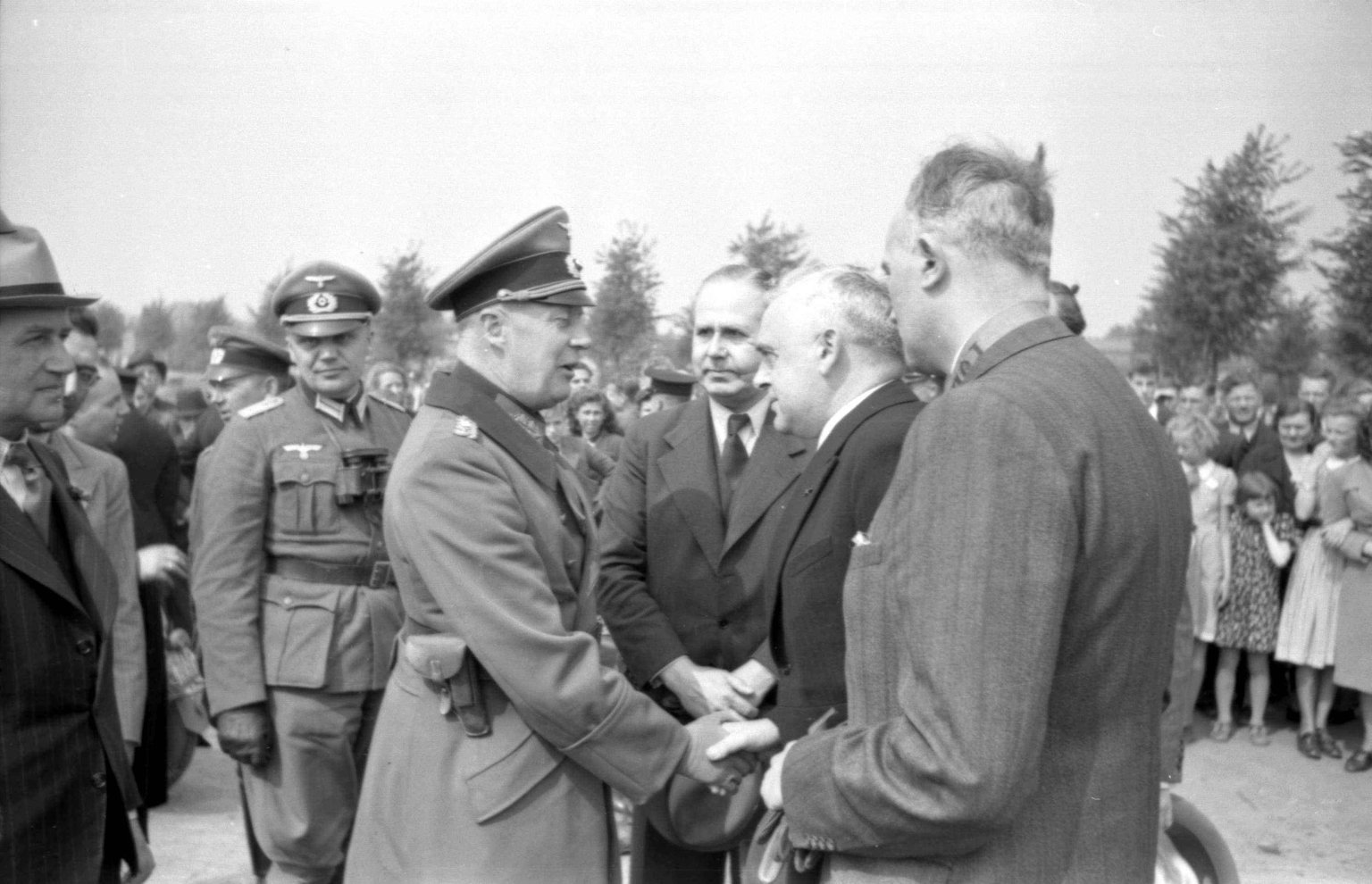
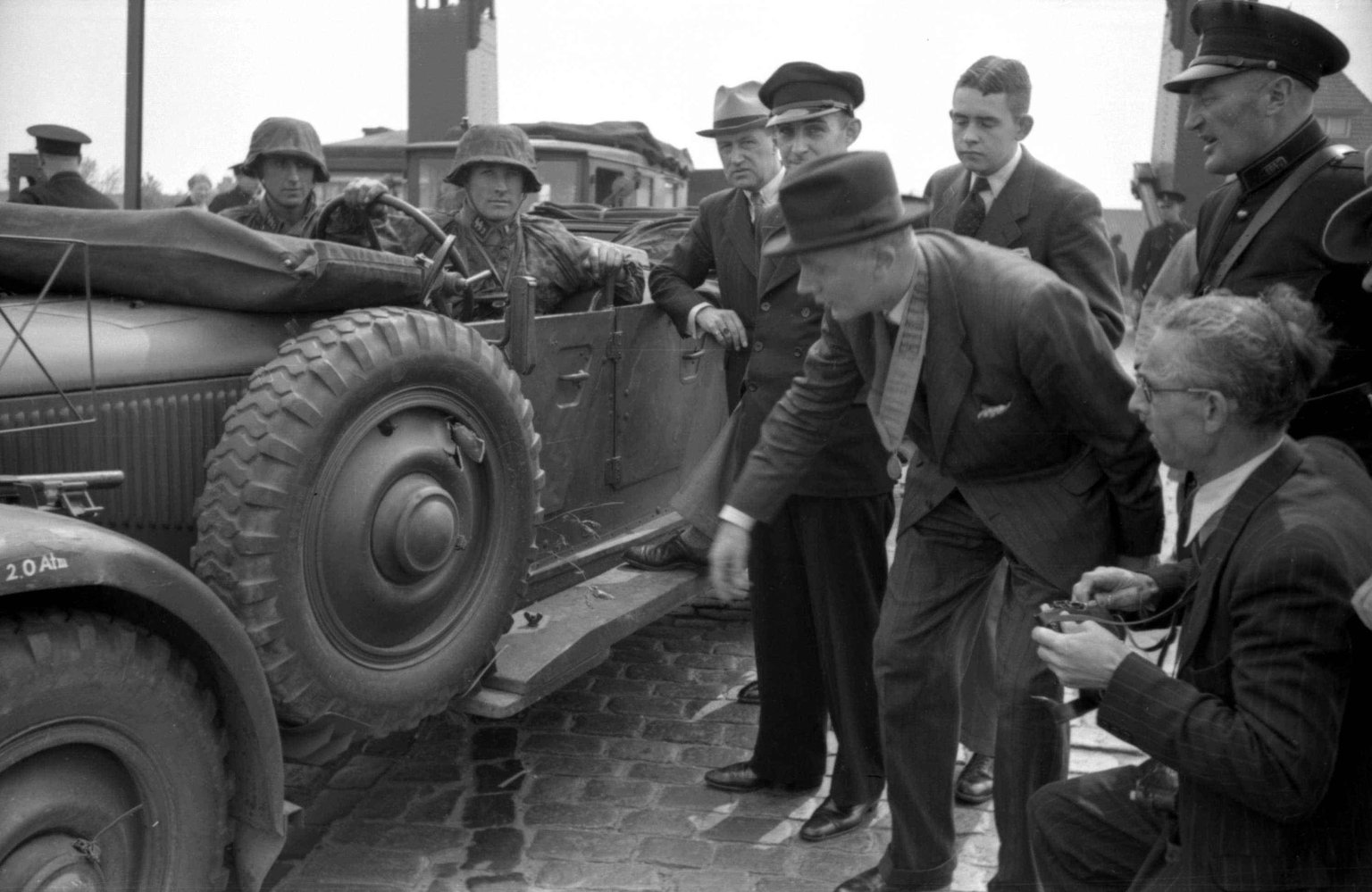
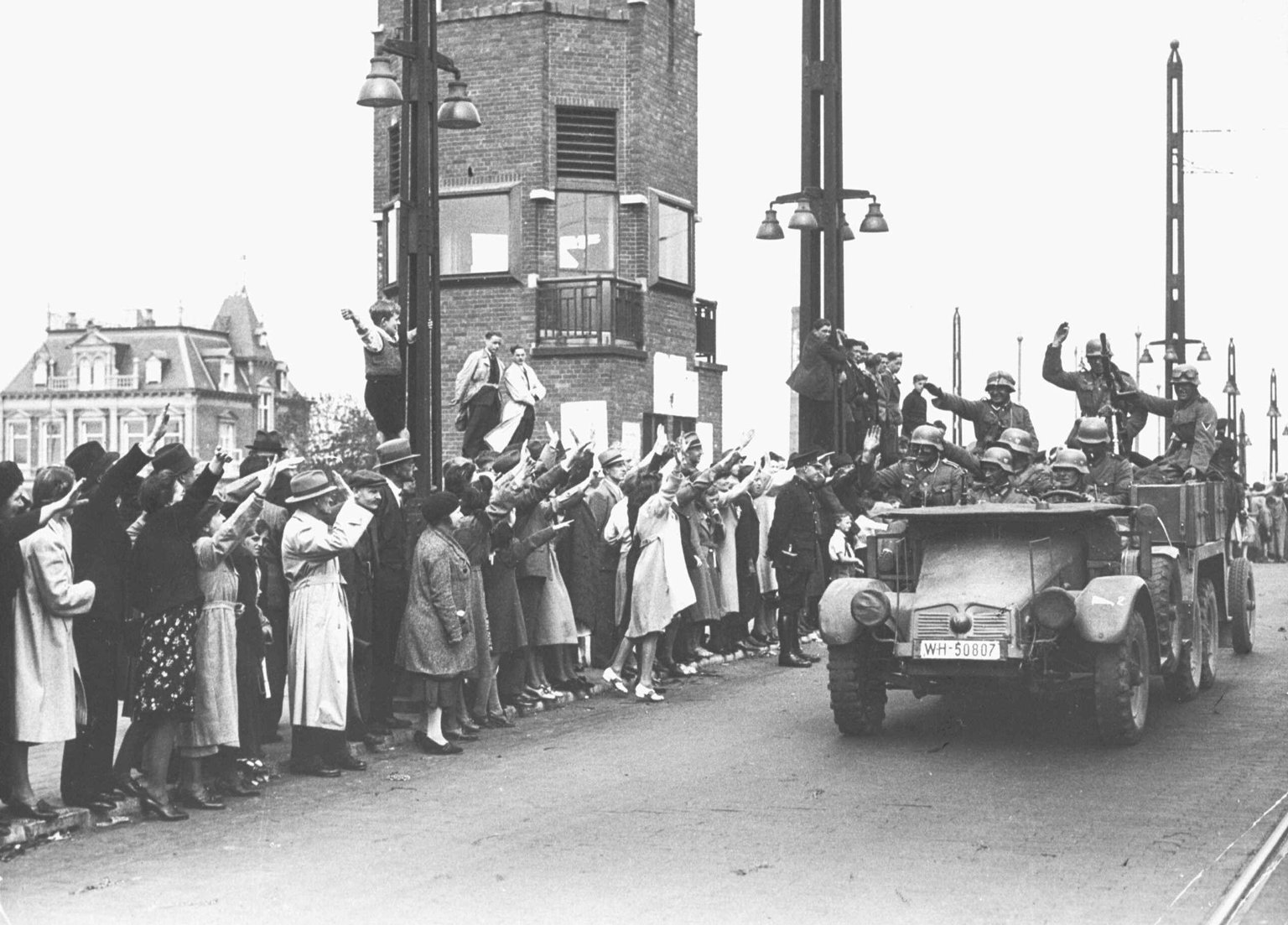
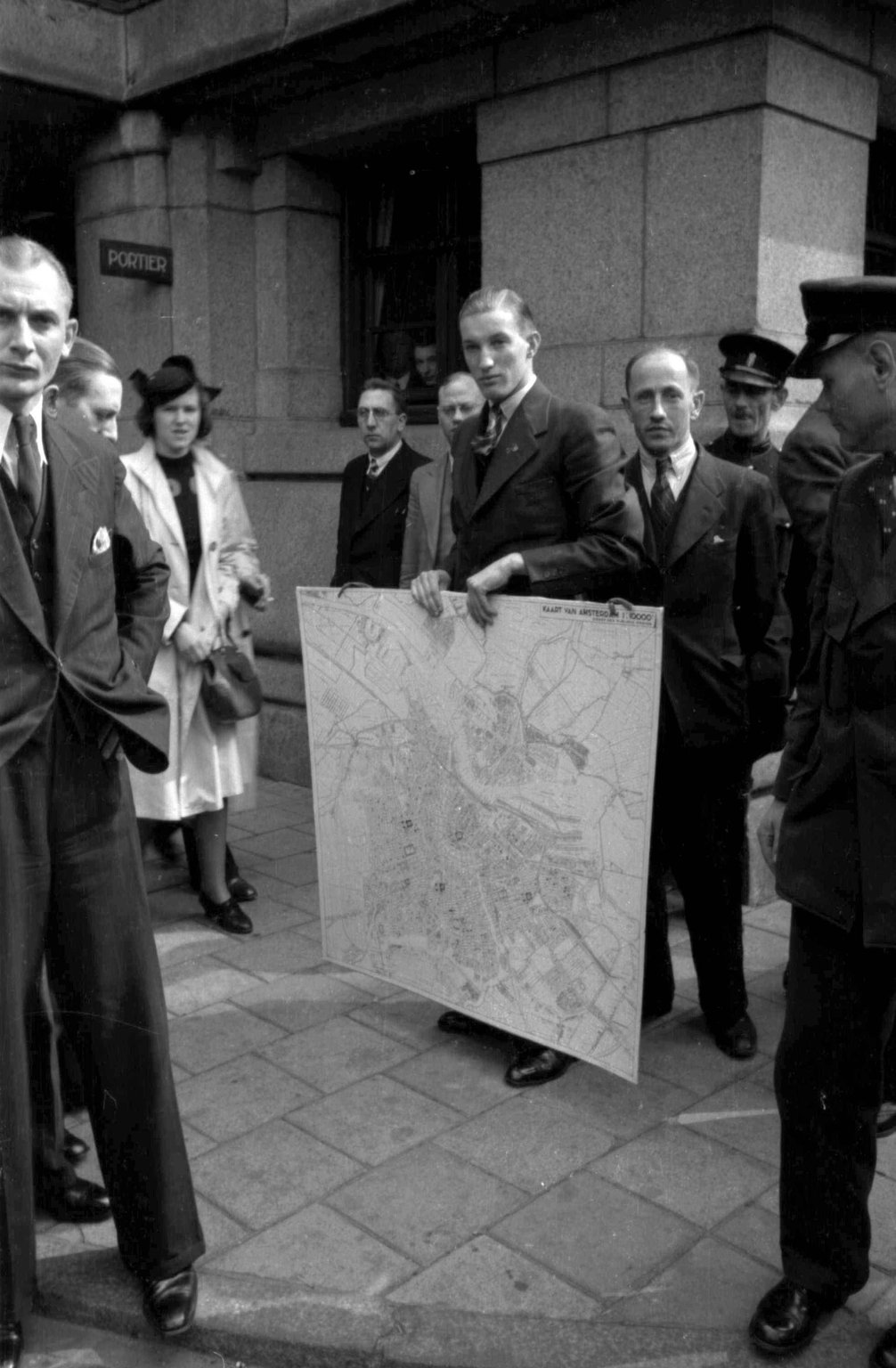
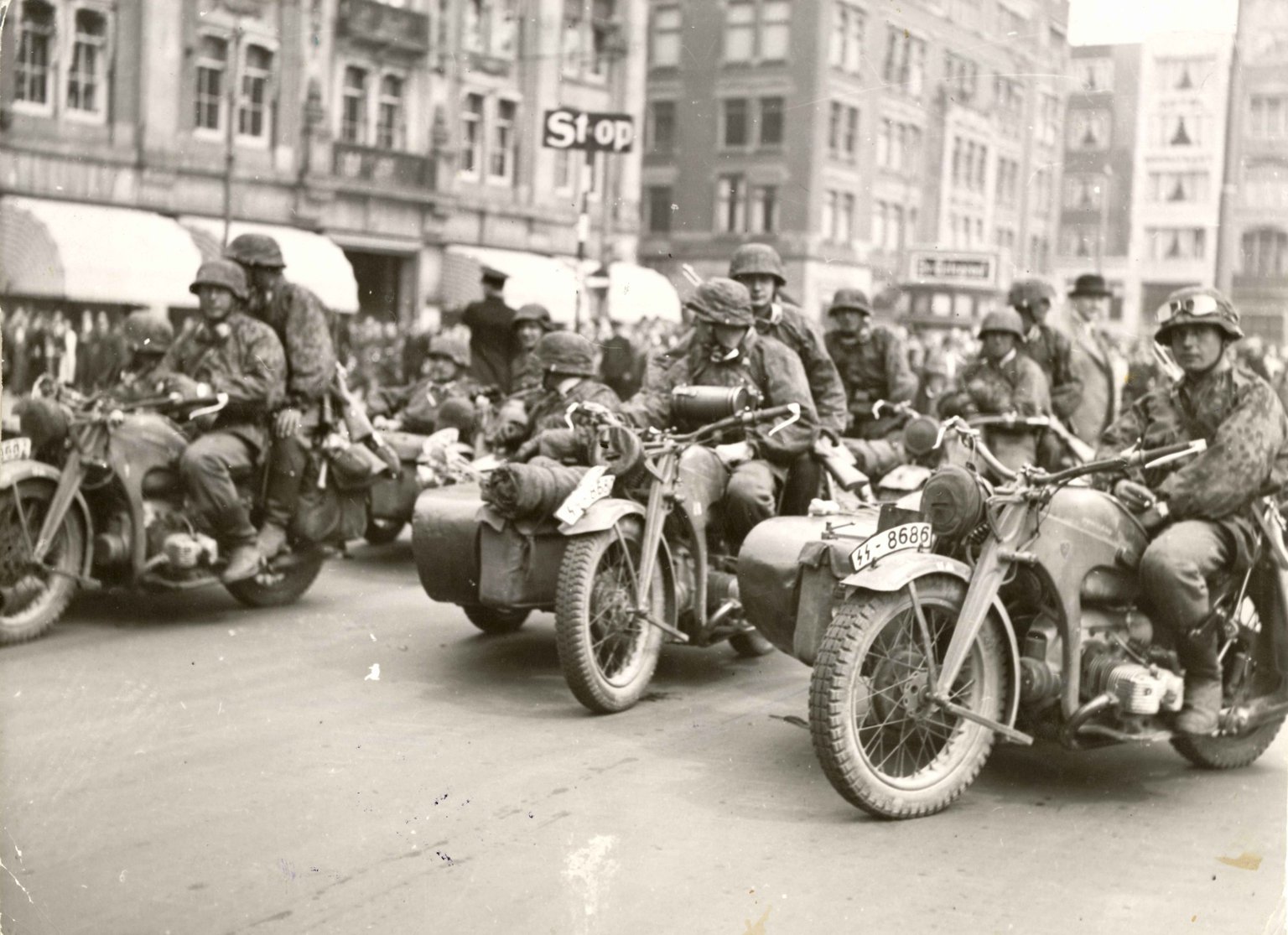
The Netherlands in the dark
1940 - 1945 Amsterdam
From the beginning of the war, the English Air Force carried out attacks on targets in occupied territory and in Germany itself. Ports and factories suffered damage. To make sure that the English pilots would be unable to find their way at night, the Germans ordered the whole of the Netherlands to be darkened between sunset and sunrise. Windows had to be painted black or sealed off with black paper. The street lights had to be switched off as well.
The municipality of Amsterdam placed special lights by the sides of the roads so that traffic was hindered as little as possible. Curbs, railings, and the edges of the quays along the canals were painted white to make them better visible in the dark. House numbers were painted on with large, white numerals.
V for Victory
Spring 1941 The Netherlands
In the spring of 1941, the BBC called on all listeners across occupied Europe to paint the letter V ('V for Victory!') on walls. It was a way to show their aversion to the Germans. In Dutch, V stood for Vrede (Peace) and Vrijheid (Liberty), in French it meant Victoire (Victory). Winston Churchill, the British Prime Minister, often gave the V-sign as well, raising and parting the index and middle fingers.
The BBC adopted the letter V as its emblem by starting its broadcasts for occupied Europe with the letter V in Morse code: three short sounds and a long one, dit-dit-dit-dah.
The Nazis tried to turn things around and used the V as a sign that the German battle was going very well. There were banners and posters in the streets with the text: ‘V=Victory because Germany wins for Europe on all fronts.’
Ritual slaughter is prohibited
Aug. 5, 1940 Amsterdam
Jewish ritual slaughter was prohibited from 5 August 1940 onwards. It was the first anti-Jewish measure in a long line. The aim of these measures was to make life difficult for the Jews in the Netherlands and to isolate them from the other inhabitants of the Netherlands.
Café Alcazar is destroyed
Feb. 9, 1941 Amsterdam
Many of the clients of Café Alcazar in Amsterdam were Jews. On 9 February 1941, the WA, the NSB's assault group, attacked the café. With this attack, WA men wanted to provoke fights with Jews and anti-fascists.
WA was short for WeerbaarheidsAfdeling (‘Resilience Department’). From the beginning of the occupation, the WA together with other antisemites often destroyed Jewish shops, cafés, and monuments in Amsterdam. The Jewish population fought back with the help of their non-Jewish neighbours. In February, there was a major fight in which a WA man died.
Seyss-Inquart warns the Dutch Jews
March 12, 1941 Amsterdam
Arthur Seyss-Inquart was an Austrian Nazi. From May 1940 onwards, he was in command of the Netherlands on behalf of Germany. His words carried a lot of weight. In March 1941, he gave a speech to the Dutch section of the NSDAP (the German Nazi party). The speech was held at the Concertgebouw in Amsterdam. It was broadcast on the radio, filmed for a cinema newsreel and the text was also published in a brochure.
A few weeks earlier, the German occupying forces had violently arrested more than 400 Jews. The strikes that followed were also stopped violently. These events were still fresh in the memories of his audience. In his speech, Seyss-Inquart warned the Dutch Jews and their helpers to remember that that would not be the end of it.
In his speech of 12 March, Seyss-Inquart said: ‘And I would like to take this opportunity to say something about the Jewish question. We do not consider the Jews to be members of the Dutch nation. To us, the Jews are not Dutch. The Jews are the enemy with whom no armistice or peace can be made. Do not expect me to lay this down in a regulation except in police measures. We will smite the Jews where we meet them and whoever goes along with them must take the consequences.’
The Amsterdam municipality maps out where the Jews live
May 1941 Amsterdam
In May 1941, the municipality of Amsterdam provided the German occupiers with an accurate overview of Jewish homes in the city. Dots were used to indicate how many Jews lived on each Amsterdam street. One dot equalled ten Jews, so the map was also known as the ‘dots map’.
At that time, 80,000 of the 140,000 Dutch Jews lived in Amsterdam.
The municipality also drew up other maps locating Jewish residents or showing information about Jewish businesses. This was unambiguous official collaboration.
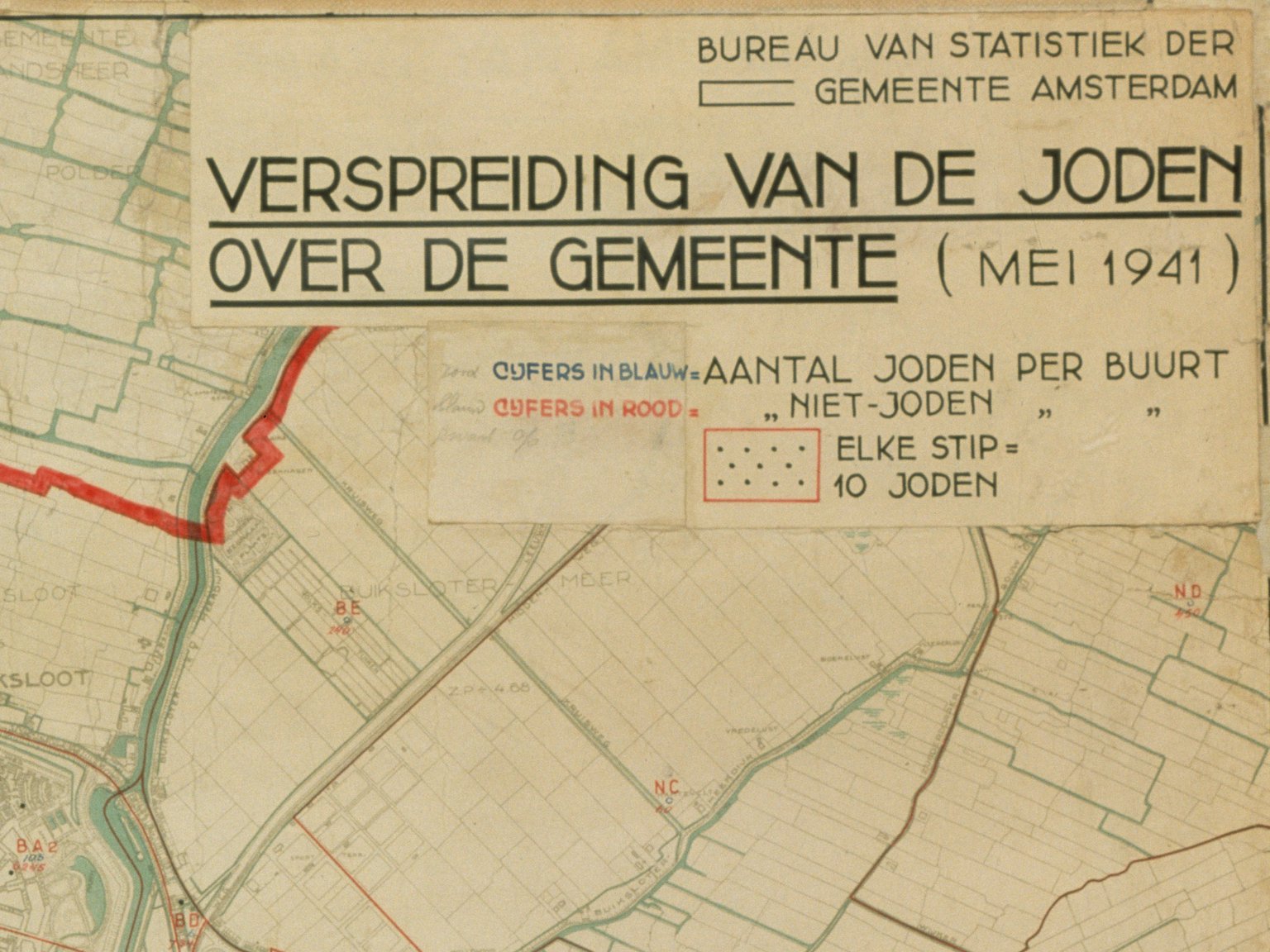
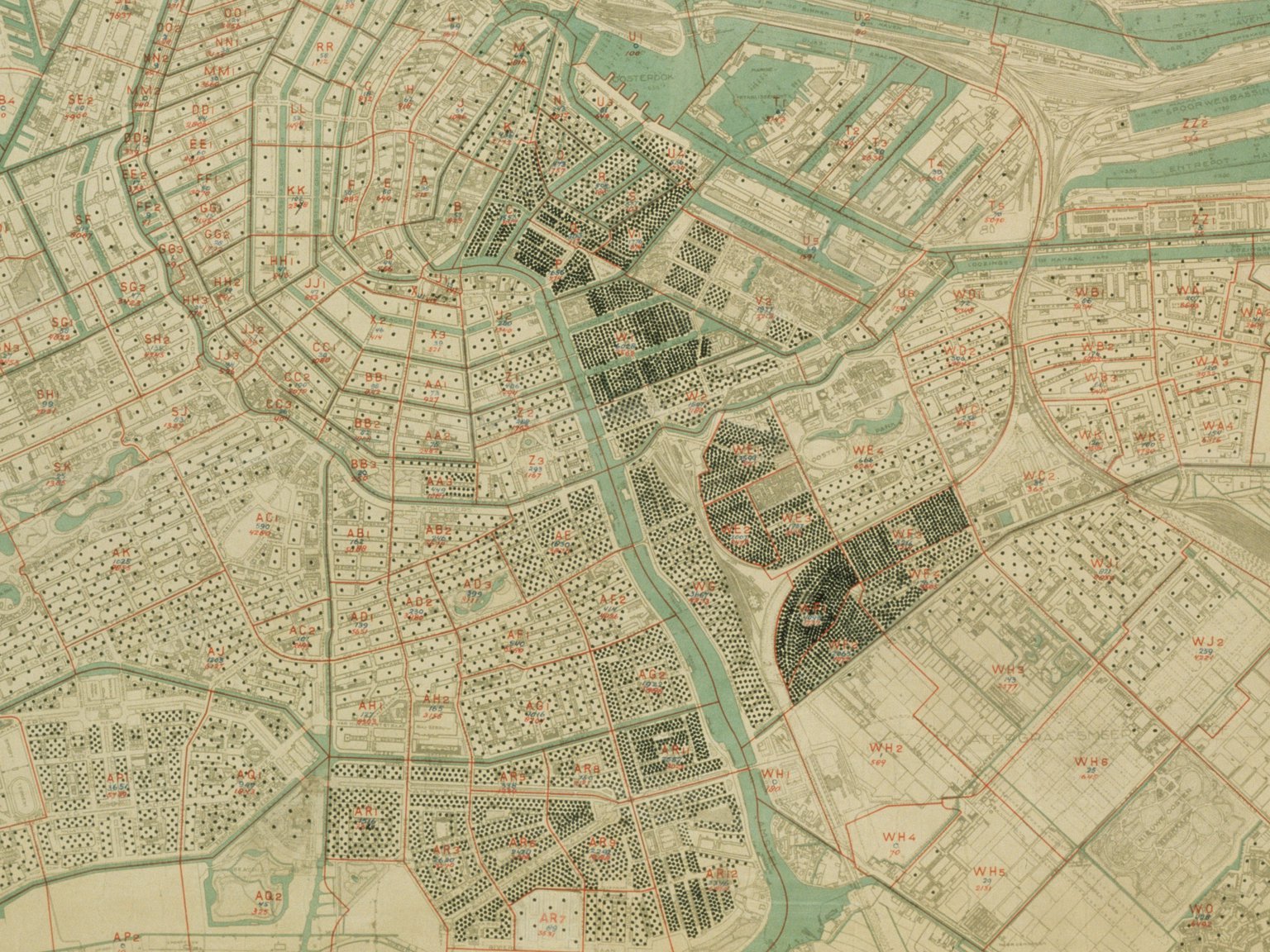
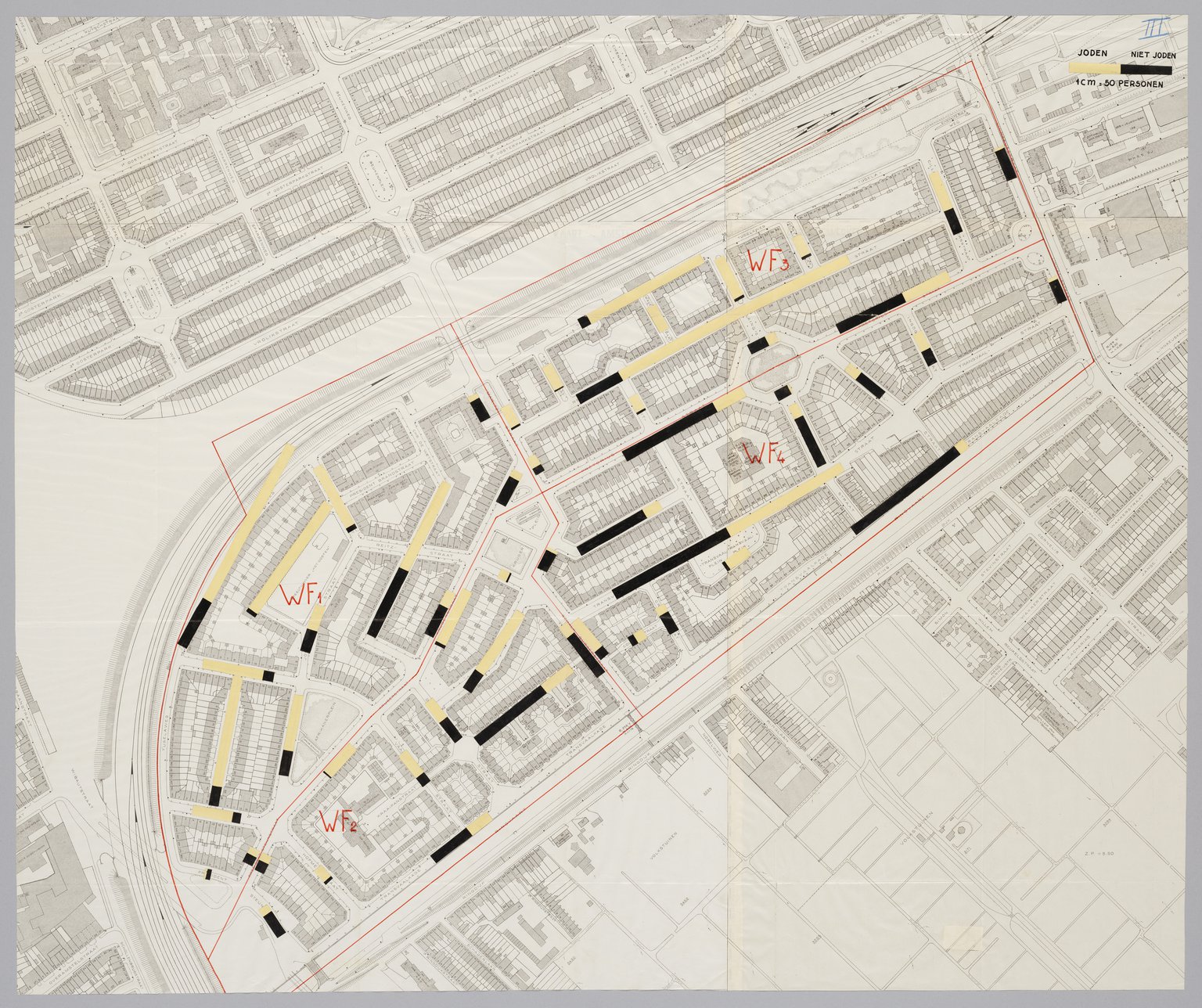
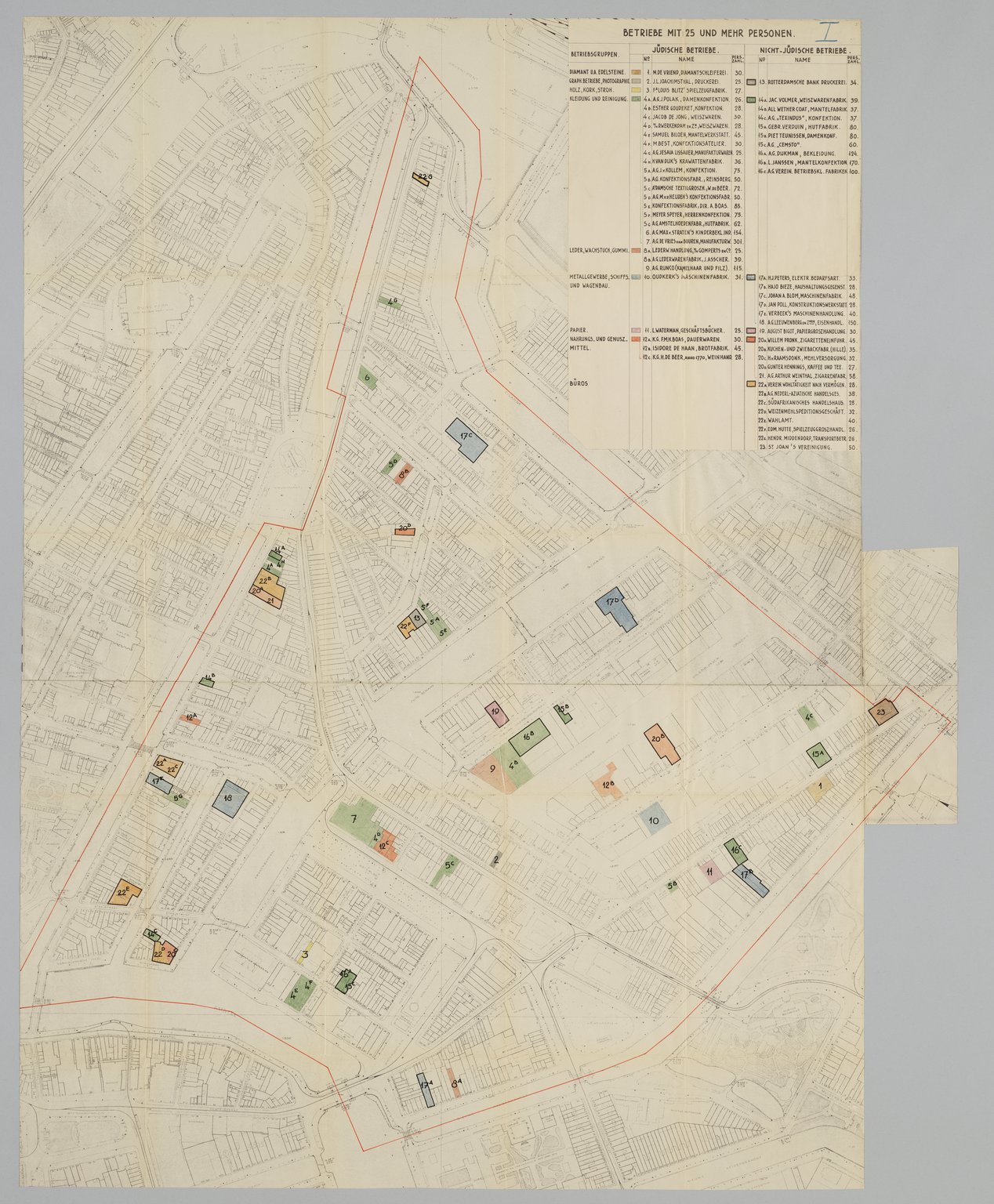
Razzia on Jewish men in Amsterdam
June 11, 1941 Amsterdam
On 11 June 1941, the Nazis arrested around 300 Jewish men in retaliation for two bomb attacks by the resistance. A building for German officers had been damaged during one of the bombings, and a soldier had been seriously injured in the attack on the Luftwaffe telephone exchange at Schiphol Airport.
Most of the Jewish men were taken from their homes by the Amsterdam police, who had received lists of addresses from the Sicherheitsdienst. If they were not at home, family members were arrested. The Nazis also arrested men in the streets and in pubs.
The prisoners, mostly young men, were deported to Mauthausen concentration camp in Austria. Before long, their families were informed that they were 'dead' or had been 'shot on the run'. These messages made Mauthausen a notorious place. The Nazis threatened to take Jews there who broke their rules.
The United States drop atomic bombs on Japan
Aug. 6, 1945 Hiroshima
From March 1945 onwards, the United States bombed dozens of Japanese cities. Fire bombs destroyed large parts of the cities and killed hundreds of thousands of civilians. The United States used the attacks to prepare for an invasion, hoping to force Japan to surrender, but it did not.
Meanwhile, the US continued to work on the construction of atomic bombs with even greater impact, and on 6 August 1945, an American bomber dropped the first atomic bomb in history. The Japanese city of Hiroshima was the target. The bomb destroyed the city and killed tens of thousands of civilians. A big fire destroyed the city even further. Harmful radiation doubled the number of victims in the months following the explosion. The United States threatened further attacks if Japan would not surrender.
Three days later, they dropped another atomic bomb, this time on the city of Nagasaki. Here, too, tens of thousands were killed and the city was destroyed. This time, the Japanese gave in. On August 15, 1945, the Japanese emperor Hirohito announced Japan’s unconditional surrender on the radio.
Two weeks later, on 2 September, the Second World War officially came to an end.
Kitty and the other friends in the diary
Sept. 21, 1942 Amsterdam
On 21 September 1942 Anne wrote a short note to Jettje in her diary. A little further on, she wrote another one to Emmy. One day later, on September 22, she wrote to Kitty: ‘Dear Kitty...I like writing to you most, you know that don’t you, and I hope the feeling is mutual’. Yet she still wrote to Pop, Jackie, Marianne, Conny, and other girls.
She had invented most of these names, but not all of them. Jackie was Jacqueline, one of her best friends. To her sorrow, Anne had not had a chance to say goodbye to her before going into hiding. Kitty was not made up either. She was a character from the books about Joop ter Heul, written by Cissy van Marxveldt. Anne was very fond of this series. She described Kitty as 'a nice 14-year-old girl' and said that they were becoming ‘the best of friends’.
After an appeal from a Dutch Minister, Anne wants to publish her diary
March 28, 1944 Amsterdam
On 28 March 1944, the people in hiding in the Secret Annex heard an appeal on Radio Orange from Dutch minister Bolkestein. He was a member of the Dutch government, which had fled to London (Great Britain) in 1940.
Bolkestein asked the Dutch to hold on to any papers that would illustrate what they had gone through during the German occupation once the war was over. Letters, for instance, or diaries, or speeches. His request inspired Anne and she planned to publish a book about her time in hiding after the war. She also came up with a title: ‘Het Achterhuis’ or ‘The Secret Annex’. But she had her doubts, too.
'I really believe, Kits, that I'm slightly bats today, and yet I don't know why. Everything here is so mixed up, nothing's connected any more, and sometimes I very much doubt whether in the future anyone will be interested in all my tosh.
"The unbosomings of an ugly duckling" will be the title of all this nonsense. My diary really won't be much use to Messrs. Bolkestein or Gerbrandy (members of Dutch cabinet, ed.).
Yours, Anne
Friday 14 April 1944.
American consulate is closed: escape no longer possible
July 1941 Rotterdam
After early July 1941, people in the Netherlands could no longer obtain visa for the United States, so neither could Otto and his family.
Otto had applied for entry to the United States in 1938. Because many Jews wanted to flee Germany after 1938, there were so many applications that it took a very long time before his application was processed.
On 14 May 1940, the consulate in Rotterdam was destroyed in the heavy bombardment of the city. As a result, all records were lost. All applicants had to collect and resubmit the required documents. To make matters worse, the American government had become stricter because it feared letting in German spies.
Otto, too, continued with his application, but he suffered a severe setback. Every immigrant had to be interviewed at the American consulate as part of the application, but in July 1941, the consulate in the Netherlands was closed. Even if he had been invited for an interview, he would have had to go to a consulate in Southern Europe. And that had become impossible by then.
Otto started another application for visa for Cuba. This was cancelled on 11 December 1941. After that, he had no real options left for taking his family to a safe country.
Fritz Pfeffer goes into hiding
Nov. 16, 1942 Amsterdam
On 16 November 1942, Fritz Pfeffer went into hiding in the Secret Annex. He was the dentist of Miep Gies and an acquaintance of Otto and Edith Frank. His fiancé Charlotte Kaletta had been a guest at the wedding of Miep and Jan Gies the previous year.
Pfeffer had told his landlord that he would be hospitalised. He was surprised to see the Frank family again. He had heard that they had fled to Switzerland. Fritz was to share Anne’s room with her. Before his arrival, Margot had slept there; from then on, she slept in her parents’ room.
Charlotte was left behind. She was not Jewish and not in danger of being arrested by the Nazis. He did not tell her where he went, so she could not accidentally betray him. He missed her very much, but they stayed in touch. They wrote letters to each other, and Miep Gies acted as their messenger.
German officers attempt to assassinate Hitler
July 20, 1944 Germany
On 20 July 1944, during a meeting with Adolf Hitler, German officer Claus von Stauffenberg placed a bomb under the table. After Von Stauffenberg had left, the bomb went off. As if by a miracle, Hitler survived the attack. He had some burns and abrasions, and the bang had ruptured his eardrums. That very evening, his voice could be heard on German radio to let the people know that he was still alive.
The conspiracy of which Von Stauffenberg was a member, had failed. A large number of German army officers had wanted to get rid of Hitler. The people involved each had their own reasons for participating in the conspiracy. Some wanted more influence and power, others wanted to prevent Hitler from destroying Germany in a senseless war.
Shortly after the attempt, hundreds of arrests were made. The leaders of the attempt were sentenced to death in a show trial.
Red Army discovers Majdanek camp
July 22, 1944 Lublin
On 22 July 1944, Soviet troops reached the Polish city of Lublin. Here, they discovered the Majdanek labour and extermination camp, which was situated close to the city. The guards had already left.
The Nazis had tried to erase their traces. Barracks had been demolished, bodies of murdered people had been burned, and the camp archives had been destroyed. But many barracks were still standing, and the gas chambers and some crematoria were still intact. Many prisoners had been left behind.
Around 78,000 people were murdered in the camp, 59,000 of whom were Jews.
It was the first concentration camp the Allies discovered. The Russians invited journalists to the camp. A month later, newspapers were writing about the evidence of the mass murder by the Nazis for the first time.
Dutch volunteers in the Waffen-SS
July 26, 1941 The Hague
In July 1941, soldiers from the Dutch Volunteer Legion left for the Eastern Front. They were on their way to fight alongside the German army. On their train, they had written: ‘To the Jewish corner’ and ‘We're going to get Stalin’, and they had drawn swastikas.
The Dutch Volunteer Legion was part of the Waffen-SS. This was the military branch of the SS, the Nazi elite unit. The Waffen-SS fought along with the German army.
The Dutch Volunteer Legion had been founded with the purpose of supporting the Nazis. Most volunteers fought on the Eastern Front against the communist Soviet Union. In the Netherlands, there were around 22,000 volunteers.
Foundation of the National Organisation to Help those in Hiding
November 1942 Winterswijk
In November 1942, resistance fighter Helena Kuipers-Rietberg started setting up an organisation to help people go into hiding. Through her work for a Christian women's organisation, she knew many people. That same month, she asked the Reverend Frits Slomp for help. He was very much opposed to the Nazis and travelled across the Netherlands to find hiding addresses and host families.
In the course of 1943, the National Organisation to Help Those in Hiding - the LO for short - arose from this network. Many existing resistance groups joined the LO. The LO arranged hiding addresses for Jews and for young men who did not want to work for the Nazis.
Later on, National Fighting Squads (Landelijke Knokploegen) were erected that would, for instance, raid distribution offices to steal food stamps for people in hiding.
In August 1944, Helena Kuipers-Rietberg and her husband were arrested by the Sicherheitsdienst. During the interrogation, she took all the blame to make sure that her husband was released. Helena ended up in German concentration camp Ravensbrück. Weakened by illness, she died there on 27 December 1944.
Norbert Klein is rescued from hospital
September 1943 Amsterdam
Norbert Klein was a German Jew who had fled the country. He was part of a group of Palestine pioneers or HeHalutz, emigrants who had come to the Netherlands to prepare for living and working in Palestine. After the German invasion, they were prosecuted. Many of them were arrested during various raids in 1941, but the HeHalutz had also formed a resistance organisation, in close cooperation with the Dutch.
Norbert Klein was responsible for finding hiding addresses and escape routes. He was ‘half Jewish’, so he did not have to wear a Star of David. He was arrested in September 1943 and that was how the names of his friends in Germany came into the hands of the Sicherheitsdienst. His friends were warned in time.
After his arrest, he jumped out of the window of the police station where he was being interrogated. He was seriously injured and admitted to the Westergasthuis hospital in Amsterdam. He was rescued, together with another resistance fighter, by a group led by former policeman Koos Heijdra. They were put on stretchers and lifted out of the window into an open car and managed to get away. Norbert Klein stayed in hiding for the rest of the war.
Heinrich Himmler in Amsterdam
May 18, 1942 Museumplein, Amsterdam
On 18 May 1942, Heinrich Himmler addressed the new ‘Amsterdam Police Battalion’ at the Museumplein square. The officers in this unit had been trained by the SS (Schützstaffel, an armed branch of the Nazi party). According to police commissioner Tulp, Himmler was friendly and appreciative.
Among other things, Himmler said: ‘Modern police should be a friend of the people rather than the ogre.’ Later that same day, Himmler explained how seriously he took the fight against the Jews.
As the leader of the German SS, Himmler was one of the driving forces behind the persecution of Jews. He was in the Netherlands to prepare the deportations of Jews to the Auschwitz concentration camp, which started in the summer of 1942.
German-minded police commissioner Tulp was a member of the NSB (the Dutch National Socialist Movement) and he made sure that the Amsterdam police cooperated with picking up Jews in Amsterdam.
Hunting for Jews
1942-1945 The Netherlands
In January 1944, the Jewish Mr and Mrs Wittenburg were arrested by ‘Jew hunters’, Dutch police officers who were looking for Jews in hiding. From the police station, they were taken to Westerbork. Then they were deported to the Auschwitz-Birkenau concentration camp. Heintje, the wife, was gassed in April 1944. Bram, her husband, was liberated by the Soviet army in 1945.
By the autumn of 1943, most Dutch Jews had been deported. But many Jews were still in hiding and the Nazis wanted to find them. Because the Dutch police was not cooperative enough for their liking, they set up special divisions with pro-German police officers to hunt down Jews. Among those officers were confirmed antisemites, who hated Jews, as well as opportunists, who were primarily interested in the premium they received for every Jew they caught, and in the belongings of the people in hiding and those accommodating them, which they secretly took during the raids.
The people from the Secret Annex are taken to Auschwitz
Sept. 3, 1944 Auschwitz-Birkenau
On 3 September 1944, the people from the Secret Annex were transported by train from the Westerbork transit camp in the Netherlands to Auschwitz-Birkenau in occupied Poland. With 1,011 other Jews, they were packed tightly in closed goods carriages. Two and a half days later, they arrived in the night.
They had to get off the train and leave their luggage behind. Men and women were separated. Auguste van Pels was separated from Hermann and Peter. It was the last time Otto Frank saw his wife and daughters.
Next, the Germans assessed which of the prisoners were fit for work. The people from the Secret Annex were deemed fit, but 371 of their fellow prisoners were not. They were sent to the gas chambers. The people from the Secret Annex were sent to the so-called Sauna, where a number was tattooed on their arm, and where they showered and dressed again in camp clothes or whatever else was available.
Edith, Margot, Anne, and Auguste stayed in the Auschwitz-Birkenau camp and ended up in a barracks for forced labourers. Otto, Hermann, Peter and Fritz had to walk to camp Auschwitz I, three kilometres away. They were made to do heavy labour.
Kugler and Kleiman are sent to prison camp Amersfoort
Sept. 11, 1944 Amersfoort
After their arrest, helpers Johannes Kleiman and Victor Kugler were held prisoner in Amsterdam from 4 August to 11 September. They stayed in adjacent cells. Then, they were taken to the Amersfoort prison camp. This was a SS prison camp for political prisoners and other criminal cases.
Johannes Kleiman had been convicted of Arbeitsverweigerung (refusal to work). He did not stay at the prison camp long. He had been unwell for a long time, after suffering gastric haemorrhaging. Therefore, he could not be sent to Germany to do forced labour and, at the insistence of the Red Cross, was released seven days later.
Victor Kugler had been convicted of Judenbegünstigung (helping Jews). He was held captive for a longer period. After spending almost three weeks at the camp, he had to do forced labour in various places across the Netherlands. In March 1945, he was marching to Germany in a group of around 600 prisoners. Near the German border, they were fired at by allied planes, which gave him a chance to escape. A few days later, he was back home in Hilversum, where he hid until the German capitulation on 5 May.
Anne, Margot, and Auguste are taken to Bergen-Belsen
Nov. 1, 1944 Auschwitz - Bergen-Belsen
On 30 October 1944, approximately 1,000 women from the Auschwitz-Birkenau camp were selected for forced labour in the German war industry. They left in the night of 1-2 November. Anne, Margot, and Auguste were among them, Edith was not.
Two days later, their train arrived in Bergen-Belsen. This was a concentration camp in Northern Germany, where both prisoners of war and Jews were imprisoned. Bergen-Belsen was also used as a transit camp to other camps.
The women were put up in tents, but these tents were badly damaged a few days later in a storm. They were then put in barracks where there was very little space. The camp was filthy, wet, and cold. People were hungry, unable to keep themselves clean, and contracted infectious and deadly diseases such as typhus. Because more and more Jewish prisoners were taken in, the camp became overcrowded and things got worse and worse.
Anne, Margot, and Auguste met several Dutch women and they tried to help each other. Little is known about what exactly they went through in the camp.
Otto travels back home
March 5, 1945 Katowice
After the liberation of Auschwitz, it took six weeks before Otto was strong enough to leave the camp. On 5 March 1945, he went to Katowice, a nearby town. There, Rosa de Winter, who had been in the same barracks as Otto's wife Edith, told him that Edith had died.
Otto wrote letters to relatives in Switzerland and England. He wanted to join his relatives in Switzerland, but that was not possible because he had no proof of identity. And so, he had to join other Dutch people who were going home.
On 2 April, Otto left for Odessa in the Soviet Union (today’s Ukraine). Odessa is a city on the Black Sea. He arrived there three weeks later.
Otto receives the diaries
July 1945 Amsterdam
In July 1945, Otto Frank met with sisters Janny and Lientje Brilleslijper. They had been imprisoned at Bergen-Belsen with Anne and Margot. They told him about the miserable last months of his daughters and how they had died of typhus.
Miep, too, heard the terrible news. She had kept Anne’s diaries for her. Now that Anne was not coming back, she handed them to Otto.
For some time, Otto could not summon the courage to read them, but once he started reading, he was gripped by her writing. ‘I had no idea of the depths of her thoughts and feelings.’
Otto copied passages from the diaries and asked relatives and friends to read them. Some of them felt that he should publish the diary. Others were set against it. Otto eventually decided to go ahead and compiled a manuscript for publishers to read.
Death marches from the concentration camps
Winter 1945 Germany
By the summer of 1944, the Germans were losing more and more territory to the Soviet army. The front was shifting to the west so fast that the Nazis were afraid that their concentration and extermination camps would be discovered. And so, Himmler, head of the SS, decided to bring prisoners from Eastern Europe back to Germany. The camps would be emptier, the prisoners would not be able to tell the enemy anything, and they could still be used as forced labourers.
First, the prisoners were brought west by train. But from the autumn onwards, with the Soviets advancing, the prisoners had to walk long distances. The prisoners called these marches death marches. Under severe winter weather conditions, they were made to walk hundreds of kilometres without warm clothes and shoes, food or shelter. Those who were unable to keep up, were shot or beaten to death. Chances of survival were very slim indeed.
Operation Market Garden
September 1944 Arnhem
After the liberation of France and Belgium in August and September 1944, the Allies wanted to move into Germany. But the German defence line at the border with Belgium was too strong. British general Montgomery decided to get round it by going via the Netherlands.
Montgomery had a bold plan: Operation Market Garden. He wanted to conquer important bridges in the east of the Netherlands, so that the Allied Forces could cross the rivers to move into Germany. This would also allow them to surround the German army in the west of the Netherlands. The bridges had to be taken by paratroopers and airborne troops, while tanks were moving over land to provide reinforcements. For Montgomery's plan, it was crucial to have the Allied troops in Arnhem before the German reinforcements got there. The finale of the operation was near Arnhem, where the last strategic bridges were located.
On 17 September and the days after, thousands of British, Irish, American, and Polish soldiers with parachutes or glider planes landed near Eindhoven, Nijmegen, and Arnhem to take the bridges. At some locations they were successful, but at Arnhem the plan failed. The units did not communicate well, provisioning proves diffidult, and before long, the German army stood firm. Many soldiers died or were captured. A small part was saved.
Operation Market Garden had failed. Arnhem turned out to be 'a bridge too far'. The army reached Nijmegen, 25 kilometres to the south. In the weeks that followed, other parts of the south of the Netherlands were liberated. After that it remained quiet on the front until the spring of 1945.
Hunger winter: hunger and cold in the Netherlands
December 1944 The Netherlands
The liberation of the south of the Netherlands in the autumn of 1944 affected the occupied west of the Netherlands in a bad way.
The Dutch government in London called for a major strike in railway transport to support Operation Market Garden on 17 September 1944. 30,000 railway workers went on strike. The trains stopped running until the end of the war. But as a punitive measure, the Nazis blocked food transports to the provinces of North and South Holland for six weeks. Using their own trains, the Germans had no trouble taking care of their own supplies.
The supply of coal from the province of Limburg had become impossible, because Limburg was behind the front line between Germany and the Allies.
Moreover, in December 1944, the rivers and IJsselmeer, the largest lake of the Netherlands, froze over. So, nothing could be transported by water either.
The west of the Netherlands suffered from shortages of fuel and food. In order to heat their houses, the population tried to find firewood wherever they could. They illegally cut down trees, burned old furniture and stole the wooden blocks from between the tram rails. They took all the wood from the abandoned houses of deported Jews, which sometimes caused the houses to collapse.
The food shortage caused severe hunger. People ate everything they could get their hands on: tulip bulbs and sugar beets, but also dogs and cats. There was still some food in the countryside, so people walked or cycled dozens of kilometres to buy food from farmers. Some of these farmers took advantage of the famine and only exchanged food for jewellery or piles of money. Others did their best to help, but the food shortage persisted. About 20,000 people died because of the hunger winter.
Arrest and release of Karl Silberbauer
1963 Vienna
In 1963, former Nazi Karl Silberbauer was arrested in Vienna. He was the SD man who had arrested the eight people in hiding in 1944. Since 1946, he had been a policeman in Vienna, just like he had been before the Second World War. Silberbauer was tracked down by Nazi hunter Simon Wiesenthal.
In a written statement, Silberbauer said that he would probably have forgotten about the arrest of the people in hiding if Anne Frank and her diary had not become so well-known. He recalled many details about the arrest, but nothing about a traitor.
The Viennese police suspended Silberbauer during the investigation, but he was allowed to come back to work when he could not be prosecuted. In 1944, he had acted 'by order' and during the arrest he had behaved 'correctly'.
Placement of the statue of Anne Frank in Utrecht
April 12, 1960 Utrecht
On 30 April 1959, the youth of Utrecht presented the city council with a statue of Anne Frank. It was their way of thanking the municipality for its support to various youth associations in the city.
To pay for the statue, the children had collected scrap iron and paper. The bronze statue was made by Pieter d'Hont. In 1960, the statue was placed on the Utrecht Janskerkhof square.
It was the first statue of Anne Frank in the world.
In December 1985, the statue was irreparably destroyed by vandalism. A replica was installed the following year.
Another replica of the statue was unveiled on 8 August 2021 in Edmonton, Canada.
Article in the newspaper about the diary
April 3, 1946 Amsterdam
On 3 April 1946, there was an article on the front page of Amsterdam newspaper Het Parool, titled Kinderstem (‘A Child’s Voice’), written by well-known historian Jan Romein. He wrote enthusiastically about Anne Frank's diary, without mentioning her name.
He had read the manuscript that Otto Frank had compiled from Anne's diaries. He called the diary ‘intelligent’, ‘human’ and ‘written in admirably pure and sober Dutch’. He felt that it showed ‘a flawless insight into human nature’. The diary brought back his memories of the war and shone a light on Nazi crimes.
After the article, several publishers showed an interest in publishing the diary.
The diary is turned into a Hollywood film
1959 Los Angeles
The film The diary of Anne Frank was released in 1959. It was directed by George Stevens and the screenplay was written by Frances Goodrich and Albert Hackett, who had also written the play.
The film was shot in Amsterdam and at a studio in Hollywood. Otto visited the film set, and Shelley Winters, who played Mrs Van Pels, noticed that it was hard for him to see the actors and the movie set in the style of the time in hiding.
Otto Frank predicted that Shelley Winters would win an Oscar for her role – and she did. The film won two more Oscars. One for 'Best Cinematography - Black and White' (William C. Mellor) and one for 'Best Art-Direction - Set Decoration, Black and White' (Lyle R. Wheeler, George W. Davis, Walter M. Scott, Stuart A. Reiss).
November Revolution: Germany becomes a republic
Nov. 9, 1918 Germany
By late 1918, many German citizens were fed up with the war. There were major food shortages, and protests and rallies throughout the country. The population blamed Emperor Wilhelm II for the war and demanded his abdication. Most soldiers were tired of fighting as well and wanted the war to end.
On 9 November 1918, the emperor was forced to abdicate. People did not agree on who should take over, though. The established parties were afraid that the communist revolutionaries would seize power. To prevent this from happening, social-democratic politician Philipp Scheidemann proclaimed the republic that very afternoon.
A few hours later, communist leader Karl Liebknecht claimed that Germany was now a 'free socialist republic'. The result was a power struggle between the social democratic party and the communist party.
In January 1919, the unrest reached its peak. Left-wing workers declared a general strike, the Spartacus uprising. To prevent a left-wing radical revolution, the moderate social democrats called in the help of the army and the Freikorps to fight the revolutionairies in the streets. A Freikorps was an independent unit of voluntary soldiers. They were opposed against both the communists and the republic.
On 15 January, members of a Freikorps arrest the two leaders of the uprising, Karl Liebknecht and Rosa Luxembourg, and assaulted and murdered them. This ended the uprising, but the atmosphere remained turbulent for months afterwards.
Nazis organise a party convention in Nuremberg
Aug. 1, 1927 Nuremberg
In 1927, the NSDAP organised its first party convention - the annual national party meeting - in the city of Nuremberg. The party convention was well prepared and used for propaganda purposes. The Nazis wanted the world to see the greatness of the Nazi movement.
Germany invades the Netherlands, Belgium, and France
May 10, 1940 Western Europe
On 10 May 1940, Germany invaded the Netherlands, Belgium, Luxembourg, and France. Luxembourg was occupied that same day. The Netherlands surrendered on 15 May, Belgium on the 28th. At first, Great Britain supported the Netherlands, Belgium, and France, but it withdrew later.
On 5 June, the Wehrmacht, the German army, launched a major attack on France. On 14 June, the German army occupied Paris. The French government and many Parisians had already fled the city by then. The French government failed to lead its army properly and they lost the trust of their people. The French Prime Minister resigned and was succeeded by Marshal Philippe Pétain.
On 22 June, the French army signed the capitulation in a railway carriage near Compiègne, a small town 60 kilometres to the north of Paris. The location bore special significance for the Germans. This was the place where Germany had signed its surrender in 1918, at the end of the First World War. Many Germans had considered it a great humiliation.
Germany did not occupy all of France. South of the front line, there was a new French government led by Marshal Pétain. This 'Vichy regime', named after the health resort where the government was based, collaborated with the Germans. Not all French people accepted the new situation. Some joined the resistance and others fled to London. General Charles de Gaulle founded the Free French there, with the aim of fighting the German occupation of France.
Germany and its allies invade Greece and Yugoslavia
April 6, 1941 Yugoslavia - Greece
Together with its allies Italy, Bulgaria and Hungary, Germany invaded Greece and the Kingdom of Yugoslavia on 6 April 1941. The Luftwaffe bombed Belgrade, the Yugoslavian capital, for three days. On 17 May, Yugoslavia surrendered.
Parts of Yugoslavia were added to Germany and its allies. In the west, Italy took the south of Slovenia and a strip along the Adriatic coast. Germany occupied part of Serbia and the north of Slovenia, and Hungary took another part of Slovenia and of Serbia. Bulgaria added Macedonia to its territory.
In a large part of Yugoslavia, a new state was created: The Independent State of Croatia. This new country collaborated with Italy and Germany. It was governed by the fascist Ustaša movement led by Ante Pavelić. This government committed terrible war crimes against Serbs, Jews, and Roma and Sinti.
In 1939, Italy occupied Albania and in October 1940, it attacked Greece from there. In April 1941, when Greece proved to be too strong for Italy, Germany came to Italy’s aid via Yugoslavia and Bulgaria. In May, German paratroopers landed on Crete. After 11 days of heavy fighting, they occupied the entire island and on 1 June 1941, Greece fell.
The German army gets stuck in the Soviet Union
October 1941 Moscow
The German advance in the Soviet Union came to a halt on the outskirts of Moscow in October 1941. When the autumn set in, the tanks got stuck in the mud due to the rain. Before long, it was winter.
It was the coldest winter in decades. It was so cold that many vehicles stopped working. Since the German army command had counted on a quick victory, the soldiers did not have proper winter clothes, and they suffered from the cold. The cold was not the only problem, though. Moscow was so far away from Germany, that it was very difficult to supply the troops with weapons and food.
Allied victories in North Africa
November 1942 North Africa
On 9 November 1942, British and American troops landed in North Africa. It was their first military cooperation during the Second World War. The allied troops landed in several places in Morocco and Algeria. In Algiers, the capital of Algeria, Jewish resistance fighters helped the allies to take the city. Vichy-France (the French government, which cooperated with Nazi Germany) surrendered in Morocco and Algeria.
The Allies attacked Germany from the rear. Three thousand kilometres to the east, in Egypt and Libya, German troops had been fighting the British army for some time. Germany was defeated at El Alamein on 11 November 1942.
Six months later, in May 1943, Germany and Italy were driven from North Africa all together.
Battle of the Java Sea
Feb. 27, 1942 Dutch East Indies
After the Japanese attack on Pearl Harbor, the Netherlands declared war on Japan. Together with its allies the US, Great Britain and Australia, the Netherlands formed an army. The name of the army was ABDACOM: American-British-Dutch-Australian Command. ABDACOM was set up to prevent Japan from invading East Asia. They were not successful. Between December 1941 and February 1942, Japan conquered Malaysia, Singapore, and large parts of the Dutch East Indies.
On 27 February 1942, a Japanese fleet was on its way to set troops ashore at Java (Dutch East Indies). The allied ABDACOM fleet tried to stop the invasion. The ships were under the command of Dutch Admiral Karel Doorman aboard HNLMS De Ruyter.
The Japanese fleet was too strong. It had more ships, better weapons, and reconnaissance planes. The ABDACOM fleet’s communication equipment was poor. In a seven-hour naval battle, the Allies lost five ships and more than 1,000 men. In the following days, the Japanese navy destroyed the remaining ships.
On 28 February 1942, the Japanese troops landed on Java. For the remainder of the Second World War, the Netherlands did not play a military role of any significance.
Japan occupies the Dutch East Indies
March 9, 1942 Dutch East Indies
On March 8, 1942, the commander of the Dutch armed forces in the Dutch East Indies signs the surrender to Japan. The next day, the capitulation is announced on the radio.
Two weeks earlier, Japan had destroyed the Dutch fleet in the Battle of the Java Sea. Not only was the Netherlands occupied by Germany, it had now also lost its largest colony. This was a big blow to the Allies. The Dutch East Indies produced a lot of oil and yielded other important commodities such as bauxite (for aluminium) and rubber. These now came into the hands of Japan.
The Dutch residents and many Indonesians were imprisoned in camps. Thousands of Dutch and allied prisoners of war, and tens of thousands of Indonesians were put to work as forced labourers in countries occupied by Japan.
Nationalists who wanted the country to become independent from the Netherlands were allowed to play a role in the war, but Japan did not allow them to call the country "Indonesia".
Jews are humiliated in occupied Poland
Oct. 1, 1939 Occupied Poland
The German occupation of Poland started in 1939. This led to an immediate increase in antisemitism against Polish Jews. SS men and other Germans forcibly cut off the beards of religious Jews, set fire to synagogues and Jewish homes, and forced Jews to do heavy labour.
The Nazis also set up ghettos: quarters in the cities or villages where Jews were forced to live. They were not allowed to leave the ghettos. Living conditions were poor; the ghettos were overcrowded and lacking in food and hygiene.
Einsatzgruppen: special death squads
1941-1942 Soviet Union
After the invasion of the Soviet Union, the Nazis organised Einsatzgruppen (special units) in the newly conquered territories. These ‘death squads’ were set up to kill Jews and communist officials. They received help from the Wehrmacht (regular German army).
The units summoned their victims to report at a central point or rounded them up in raids. Then, they executed them on the edge of ravines or alongside the holes they had had to dig. Sometimes, they put Jews in ghettos first and killed them later.
One of the most notorious massacres took place at the ravine of Babi Jar near Kiev in September 1941. An attack by the NKVD (the Soviet secret service) had damaged the army headquarters of the Germans. The Nazis decided to exterminate the Kiev Jews in retaliation.
Einsatzgruppe C put up pamphlets summoning the Jews to report for migration. More than 30,000 Jews headed the summons. They were then taken to the ravine of Babi Jar. Once they got there, they were forced to undress and hand over all their belongings. Then they were shot.
In this way, Einsatzgruppe C and its local collaborators murdered 33,771 Jews within two days. By the end of 1941, the Einsatzgruppen had murdered around 300,000 Jews. Six months later, the number had risen to approximately half a million. The victims were Jews as well as tens of thousands of Soviet officials, partisans, disabled people, and Roma.
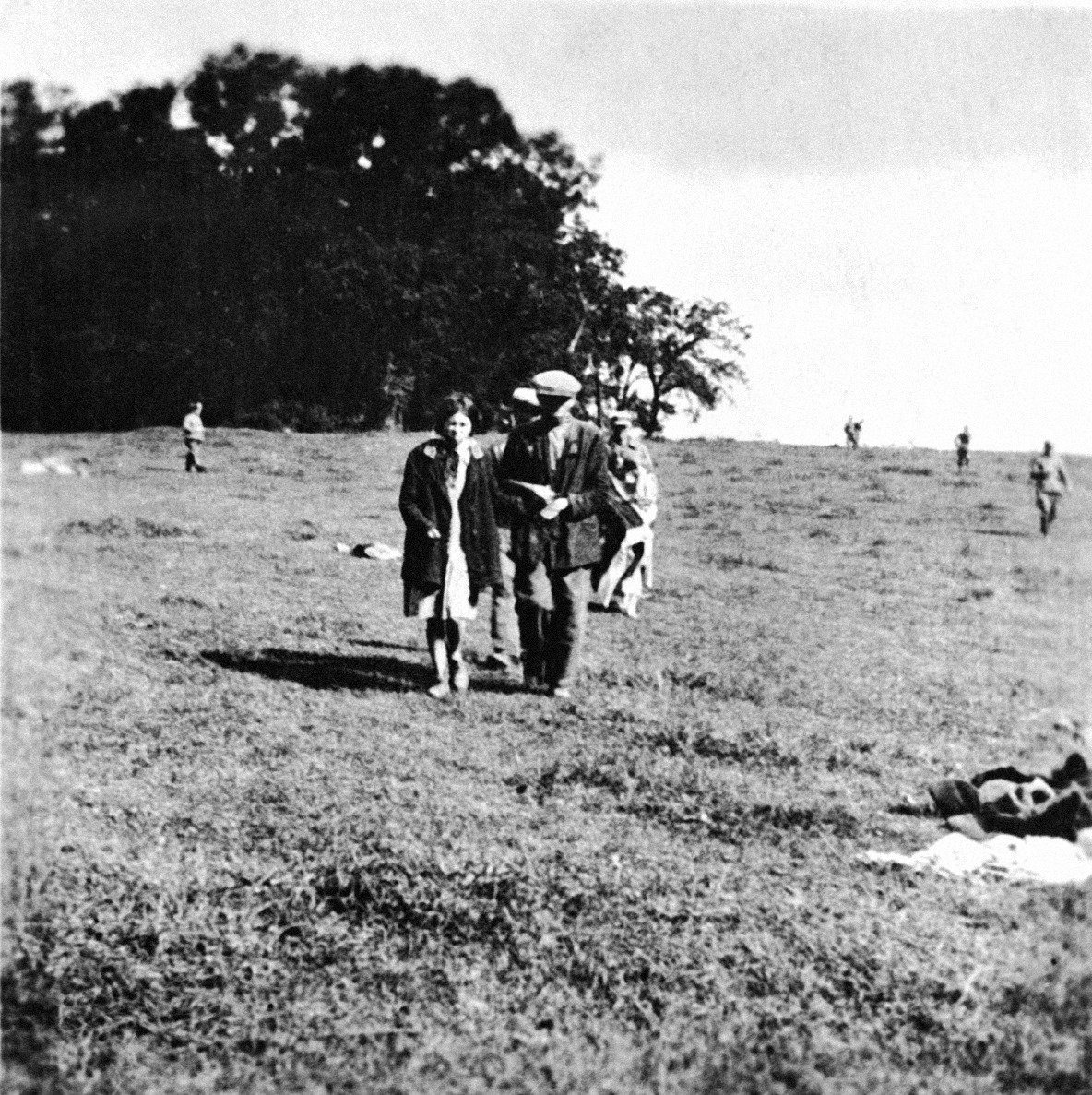
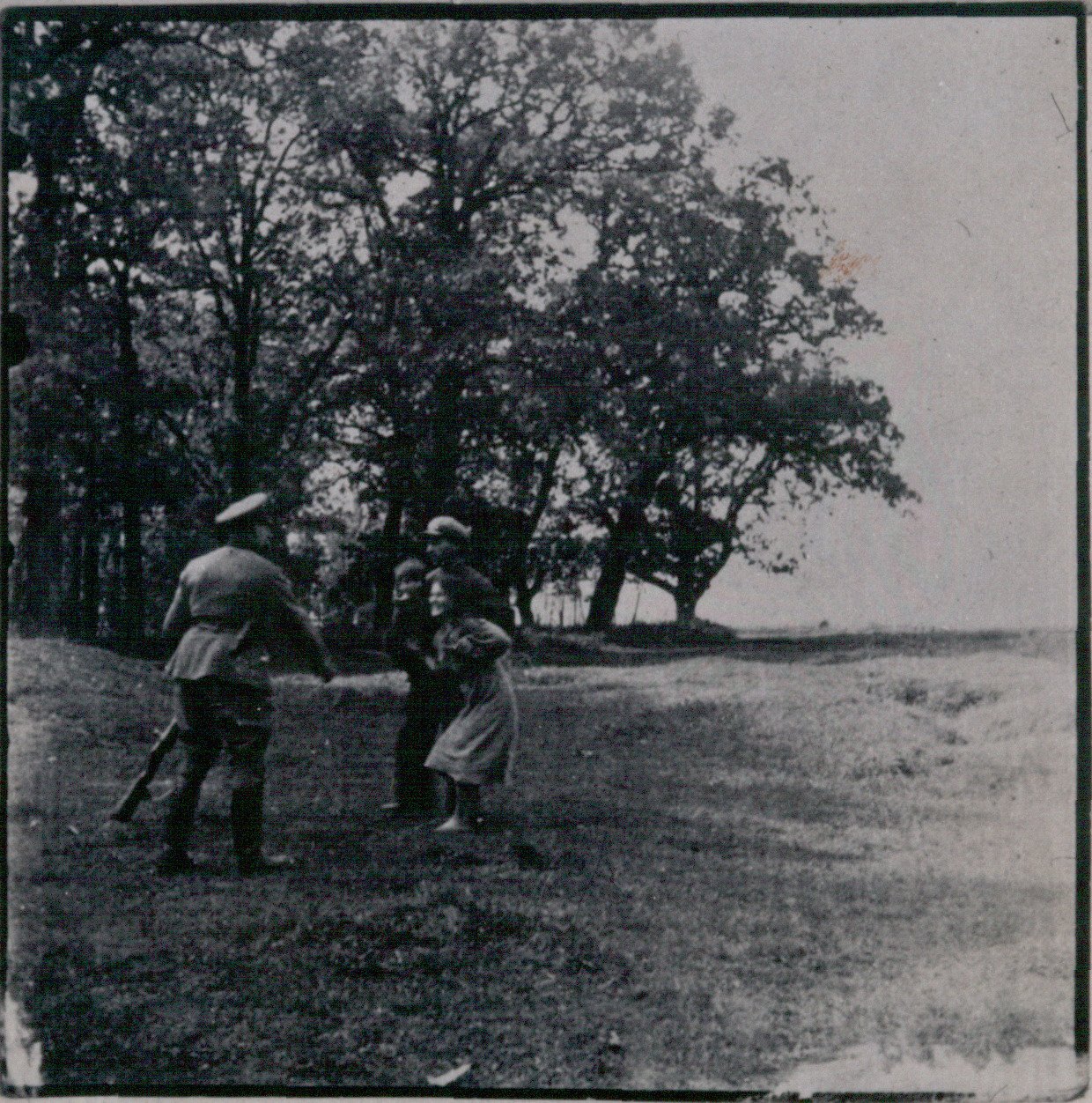
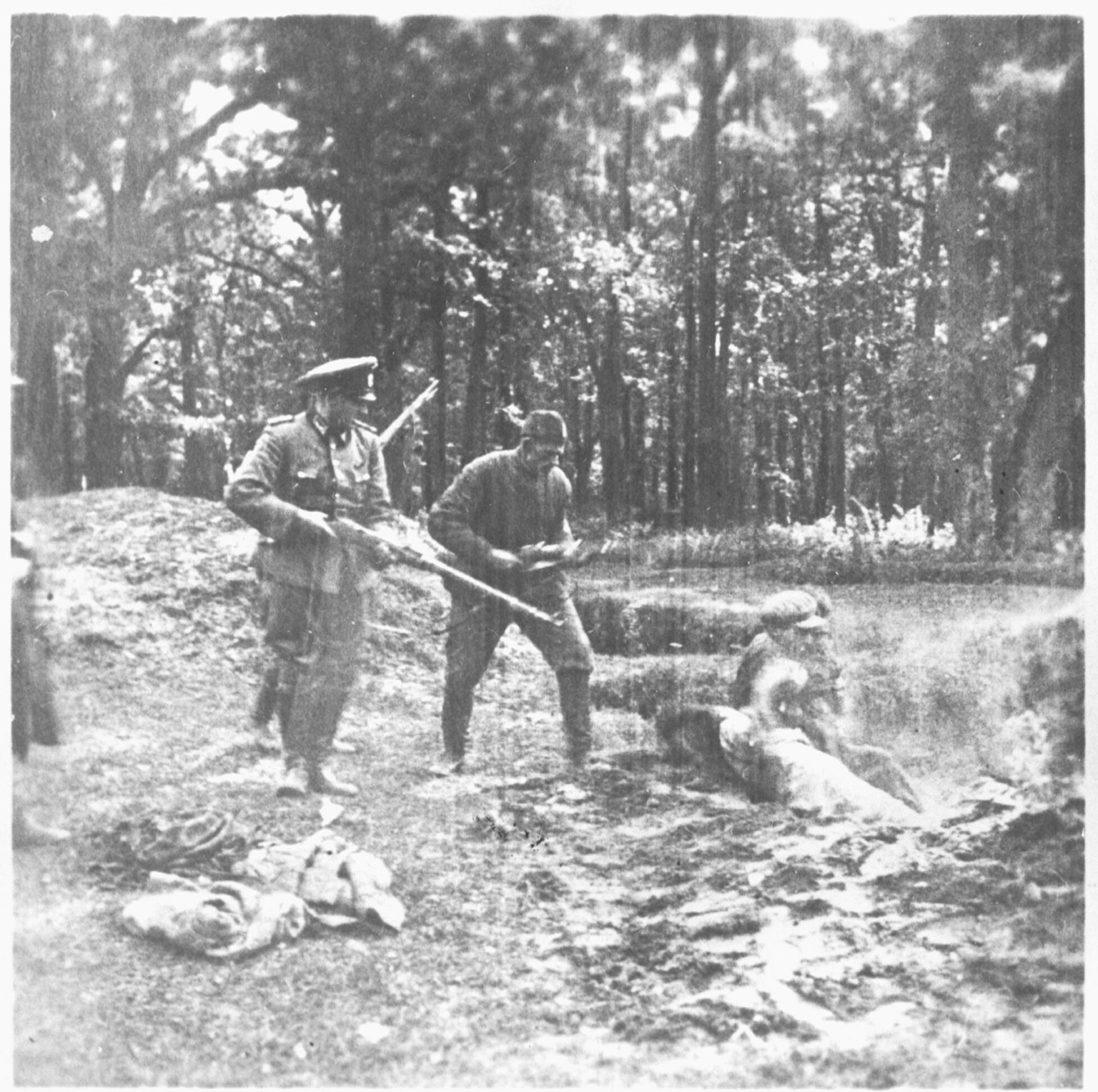
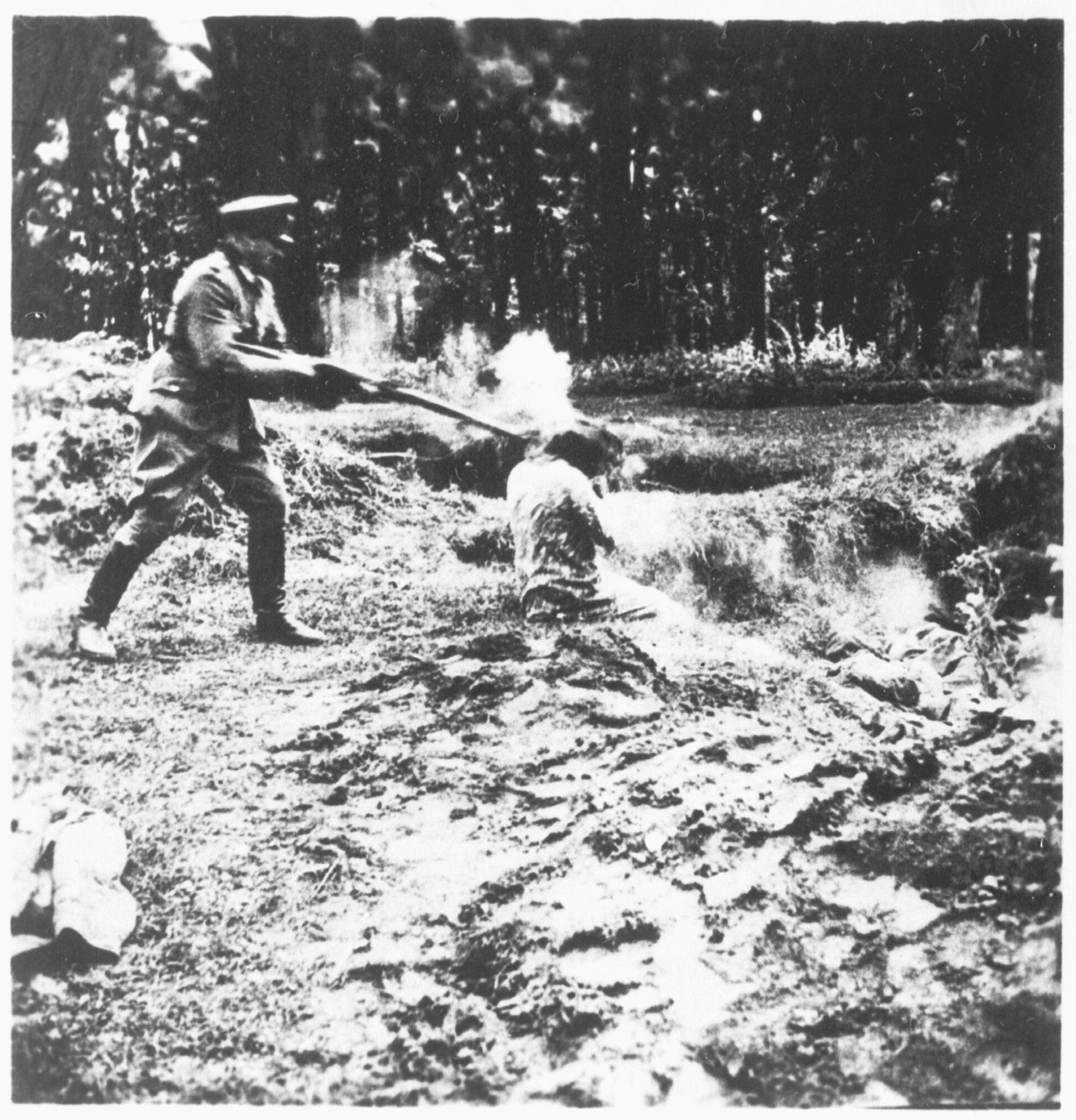
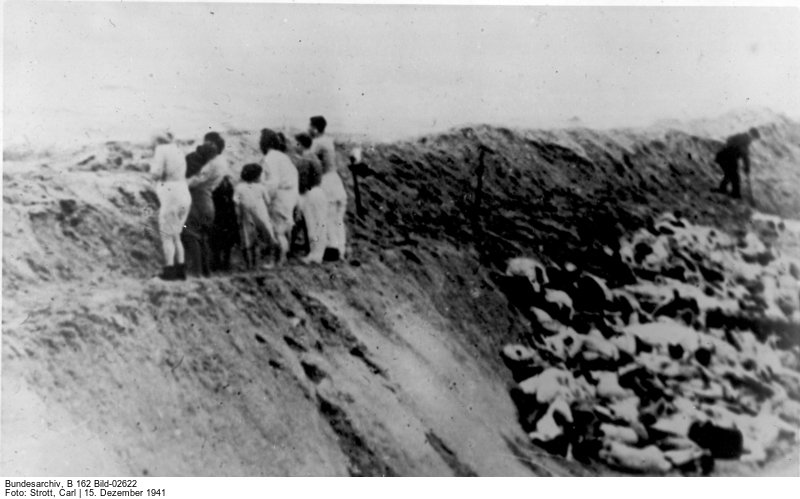
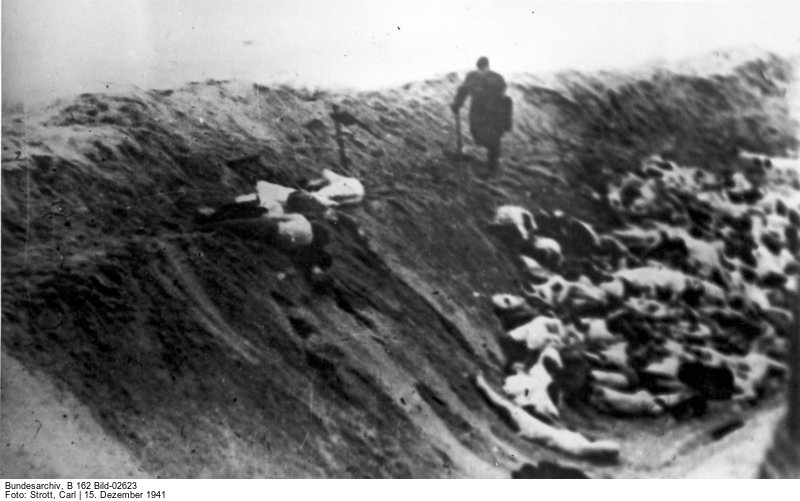
Aktion Reinhard: murder of the Jews in occupied Poland
1942 - 1943 Occupied Poland
In the autumn of 1941, the Nazis started preparing for a major project: the murder of more than two million Jews who lived in the occupied part of Poland. The order was issued by Heinrich Himmler, head of the SS. After an attack on SS man Reinhard Heydrich in June 1942, the project was named after him: Aktion Reinhard.
The Nazis built three extermination camps to carry out their project. These camps were located in areas that were hard to reach: Belzec, Sobibor, and Treblinka. The Majdanek work camp already existed but was expanded with gas chambers. The camps were completed in the spring of 1942. The Jews from the ghettos were put on transport to the camps and murdered in the gas chambers upon their arrival.
By the end of 1942, almost 1.3 million Polish Jews had been murdered. In November 1943, Aktion Reinhard was terminated. The camps were emptied, and the bodies of the victims were excavated and burned. Then the Nazis planted trees on the grounds to wipe out all traces of their crimes. All Jewish prisoners from camp Majdanek were murdered.
In total, this project resulted in the murder of more than two million Jews. The Polish Jews were not the only ones who were murdered in the camps: victims also included Jews from France, Yugoslavia, the Soviet Union, the Czech Republic, Slovakia, Austria, and the Balkans. In Sobibor, over 34,000 Dutch Jews were murdered in 1943.
Auschwitz concentration and extermination camp
March 1942 Auschwitz-Birkenau
In late 1941, the Auschwitz concentration camp in occupied Poland was expanded with a second location: Birkenau. From mid 1942 onwards, the Nazis deported Jews from all over Europe to that camp in order to kill them.
The first camp in Auschwitz was set up in May 1940 as a prison for political prisoners and prisoners of war, mainly from Poland and the Soviet Union. Because there was too little room for the growing number of prisoners, in 1942, Birkenau was built a few kilometres away.
The Auschwitz-Birkenau grounds covered 175 hectares. There were hundreds of barracks with hundreds of prisoners each.
The whole purpose of the camp was to have people die there. They were killed upon their arrival. Only people who the Nazis could use as forced labourers were imprisoned. The hygienic conditions were very poor and there was too little food, of poor quality.
Prisoners died of exhaustion and disease. The camp had four large gas chambers which were used for killing prisoners with Zyklon B poisonous gas.
More than 57,000 Jews from the Netherlands were murdered in Auschwitz. Only 970 Dutch Jews survived the camp. In total, more than one million people were murdered in Auschwitz and its satellite camps: around 1 million Jews, 70,000 Poles and 21,000 Roma and Sinti. Almost all 15,000 Soviet prisoners of war in this camp died.
In addition, thousands of political prisoners and resistance fighters from other European countries were killed in Auschwitz.
Dutch Jews are robbed
Aug. 8, 1941 Amsterdam
On 8 August 1941, the Liro bank opened at Sarphatistraat in Amsterdam. It appeared to be another branch of the Jewish Lippmann Rosenthal & Co. bank, but it was not. The bank was a looting bank, set up by the Nazis to steal money and valuables from Jews.
The Nazis took many measures to rob Jews in the Netherlands of their possessions. From 8 August 1941 onwards, Jews had to hand over all cash and assets over 1,000 guilders to the Liro bank. They were no longer allowed to have accounts with other banks. In September, Jews had to report any land they owned. In May 1942, they had to hand in other valuables, such as jewellery, gold, art, and antiques.
From January 1942, shares owned by Jews were sold on the stock exchange. Their art works were sold as well or ended up in German museums. The proceeds did not go to the original owners, but to the Liro bank. In 1943, the Liro bank terminated the life insurance policies of Jews and retained the sums that were paid out.
The money was used to pay for the deportation of Jews by trams and trains. It also paid for the expansion of the Westerbork transit camp and the construction of the Vught concentration camp.
In total, the Liro bank robbed the Dutch Jews of an incredible amount of money; estimates range from 325 to 455 million guilders.
Jewish diamond traders are searched
April 17, 1942 Amsterdam
On 16 April 1942, Jewish diamond traders had to hand in their stock at the Rijksbureau voor Diamant [‘National Diamond Bureau’]. A day later, officials, led by an Amsterdam detective, searched the pockets of Jewish traders at the Diamond Exchange in Amsterdam. It was done in an impertinent and humiliating way. Traders who still carried diamonds had to hand them over.
Establishment of the Jewish Affairs Office
June 1, 1942 Amsterdam
On 1 June 1942, the Amsterdam chief of police, Sybren Tulp, founded the Jewish Affairs Office. He felt that the Amsterdam police was better equipped for tracking Jews than the German authorities, because the locals knew the city better. The Office was located in the centre of Amsterdam. It was run by Rudolf Dahmen von Buchholz, an NSB member and antisemite.
The Jewish Affairs Office handled the cases of Jews who had violated anti-Jewish measures or ordinary laws, and tracked down Jewish people in hiding. During the arrests, the officers used violence and stole Jewish belongings. The thefts got out of hand, and so, in early 1943, the department came under the leadership of the Sicherheitsdienst.
The Allied Forces land on Sicily
July 10, 1943 Sicily
On 10 July 1943, the Allies started their invasion of Sicily, an island located off the southern tip of the Italian mainland. They brought troops and equipment ashore, by air and by sea. The bad weather made the operation difficult but also provided the element of surprise. The Germans and Italians were not expecting an attack in those strong winds.
By the end of the first day, the Allies had conquered two ports. This allowed new troops to land quickly. After a fierce battle, the Allies gained ground. By the end of July, Germany and Italy started to withdraw their troops. Two weeks later, all of Sicily was in the hands of the Allies.
From Sicily, the British and Americans were able to move into the Italian mainland and start liberating Europe.
Last raids in Amsterdam: 17,000 Jews arrested
June 20, 1943 Amsterdam
On Sunday, 20 June 1943, the Nazis held a major raid in Amsterdam. The action had been secretly prepared by the Nazis. German and Dutch police officers closed off neighbourhoods in the east and south of Amsterdam. This was where most of the Amsterdam Jews lived.
From 3:30 in the morning, loudspeaker cars were driving around, ordering the Jews to report at assembly points. Those who did not come voluntarily were forcibly removed from their homes. The raid lasted well into the night and continued the next day. Approximately 5,500 Jews were arrested.
A month later, the occupying forces held a smaller raid. On 29 September 1943, a final major raid was held. Approximately 10,000 Jews were arrested and taken to Camp Westerbork. There were now almost no Jews left in Amsterdam.
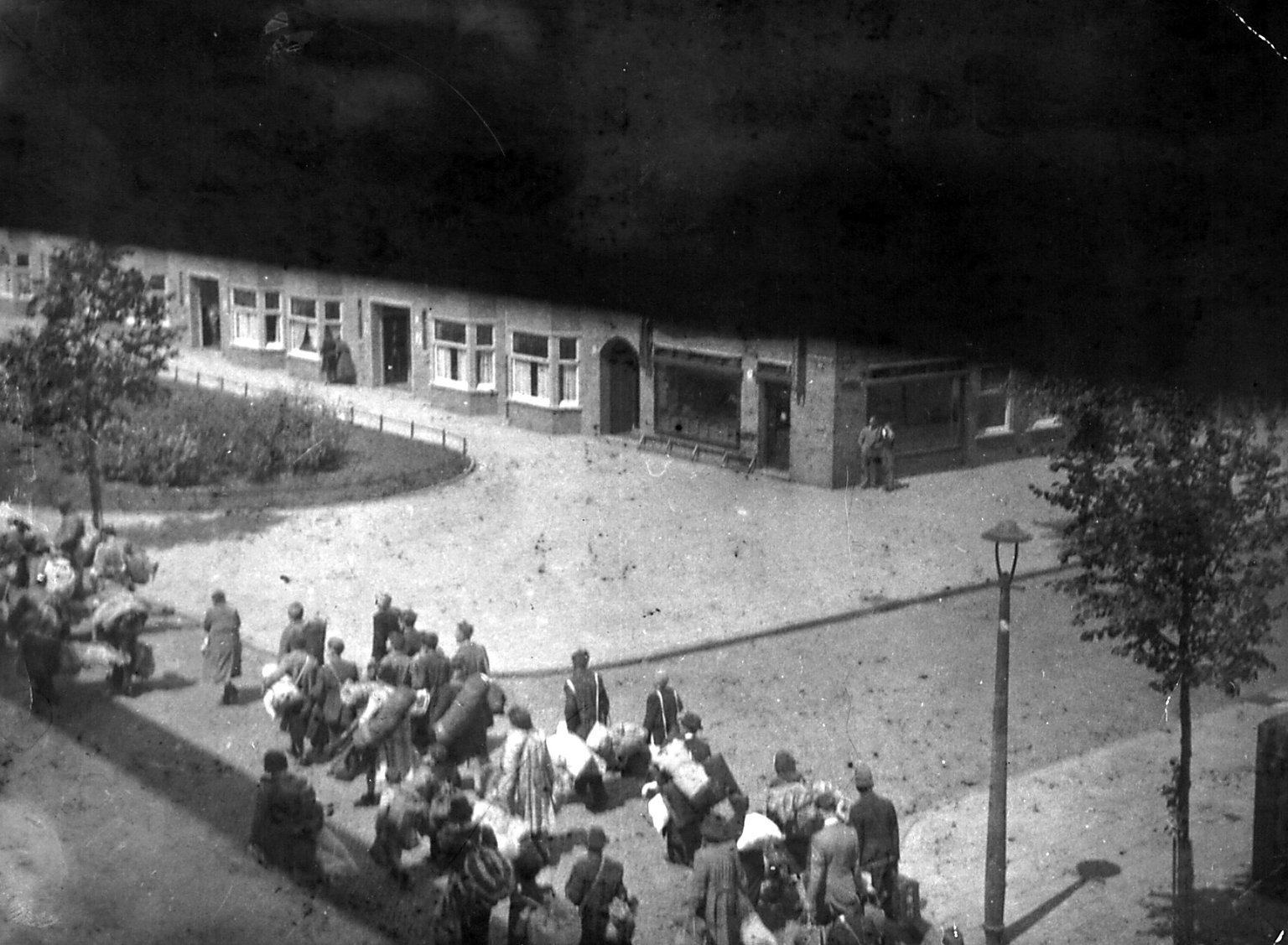
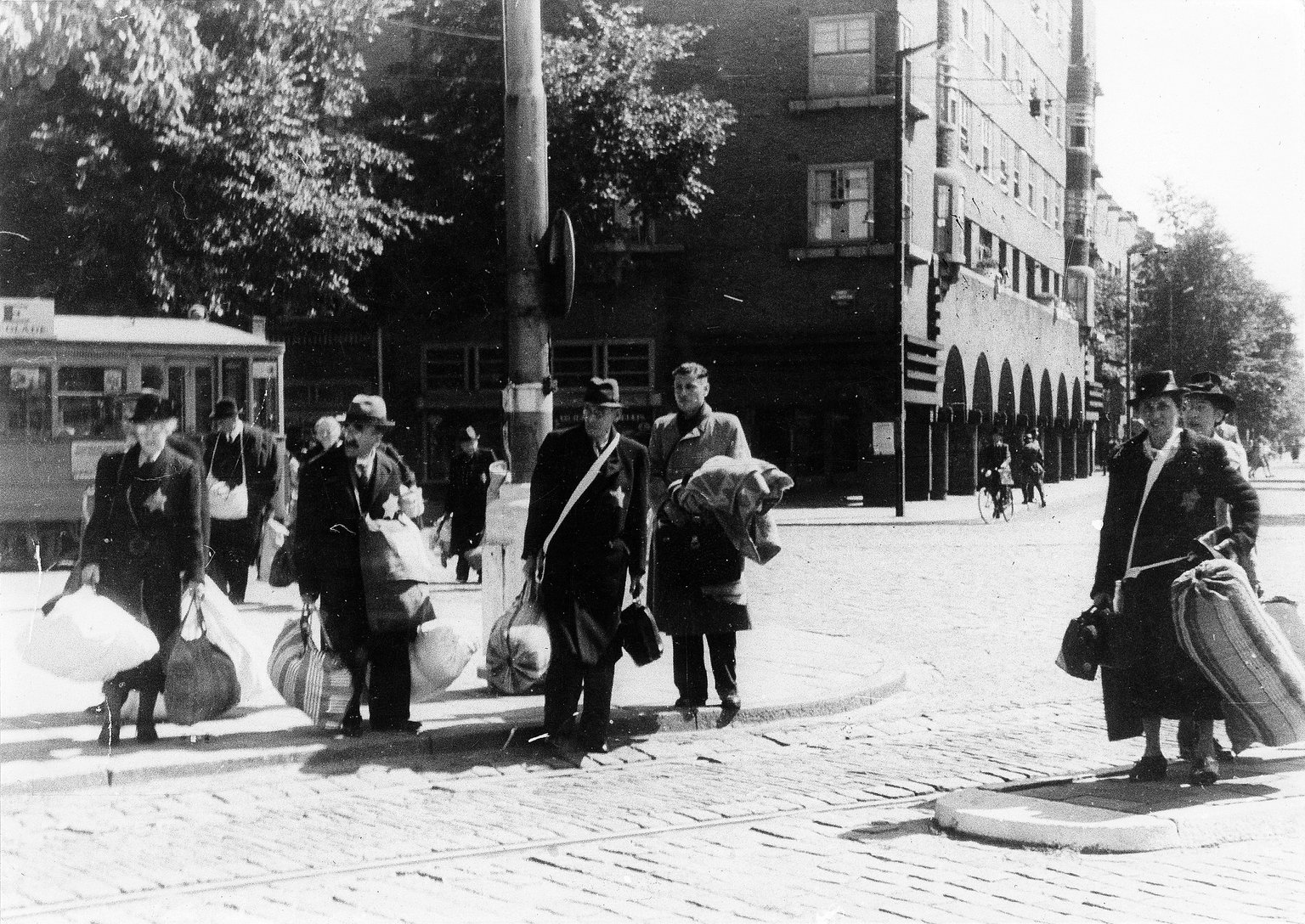
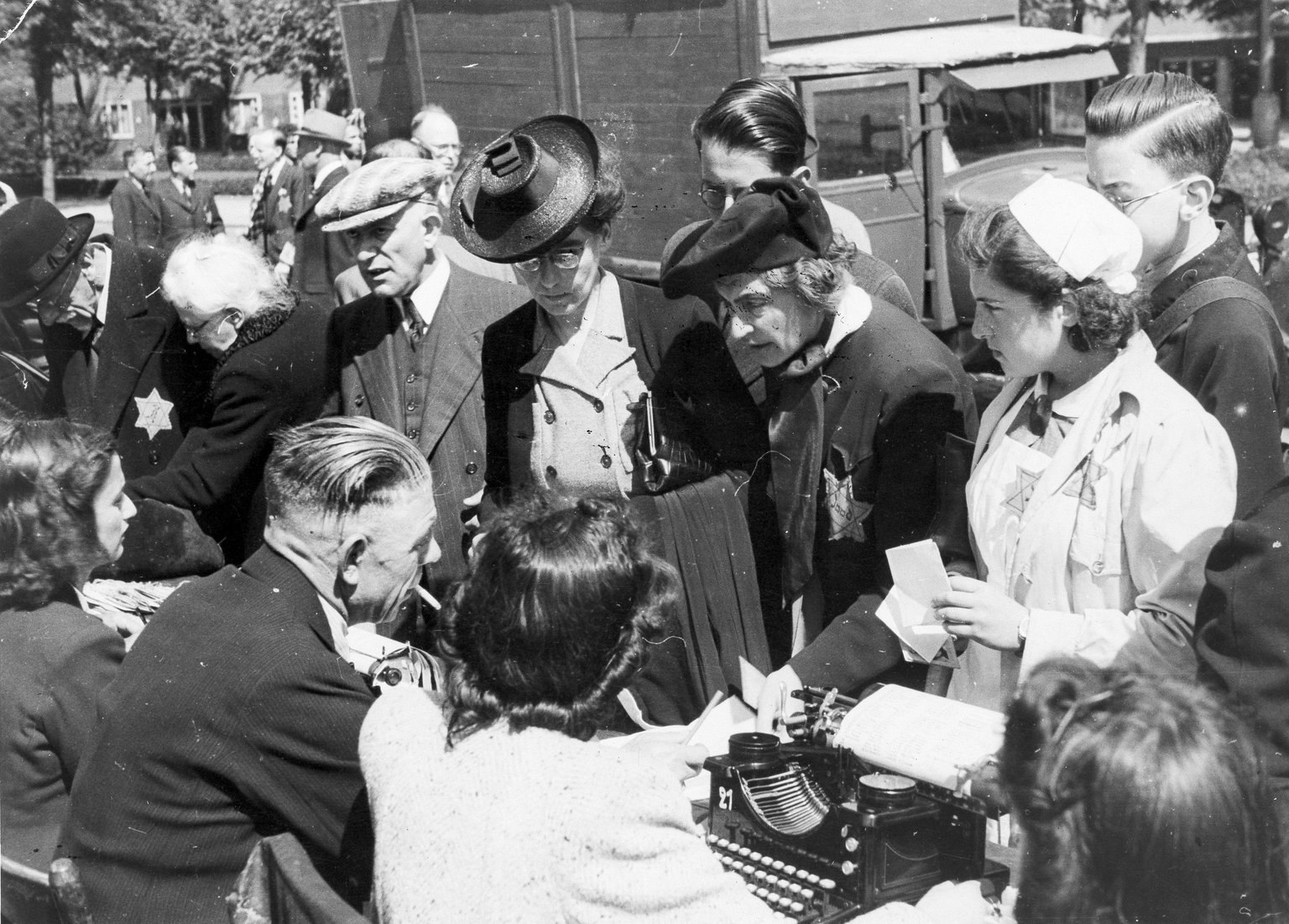
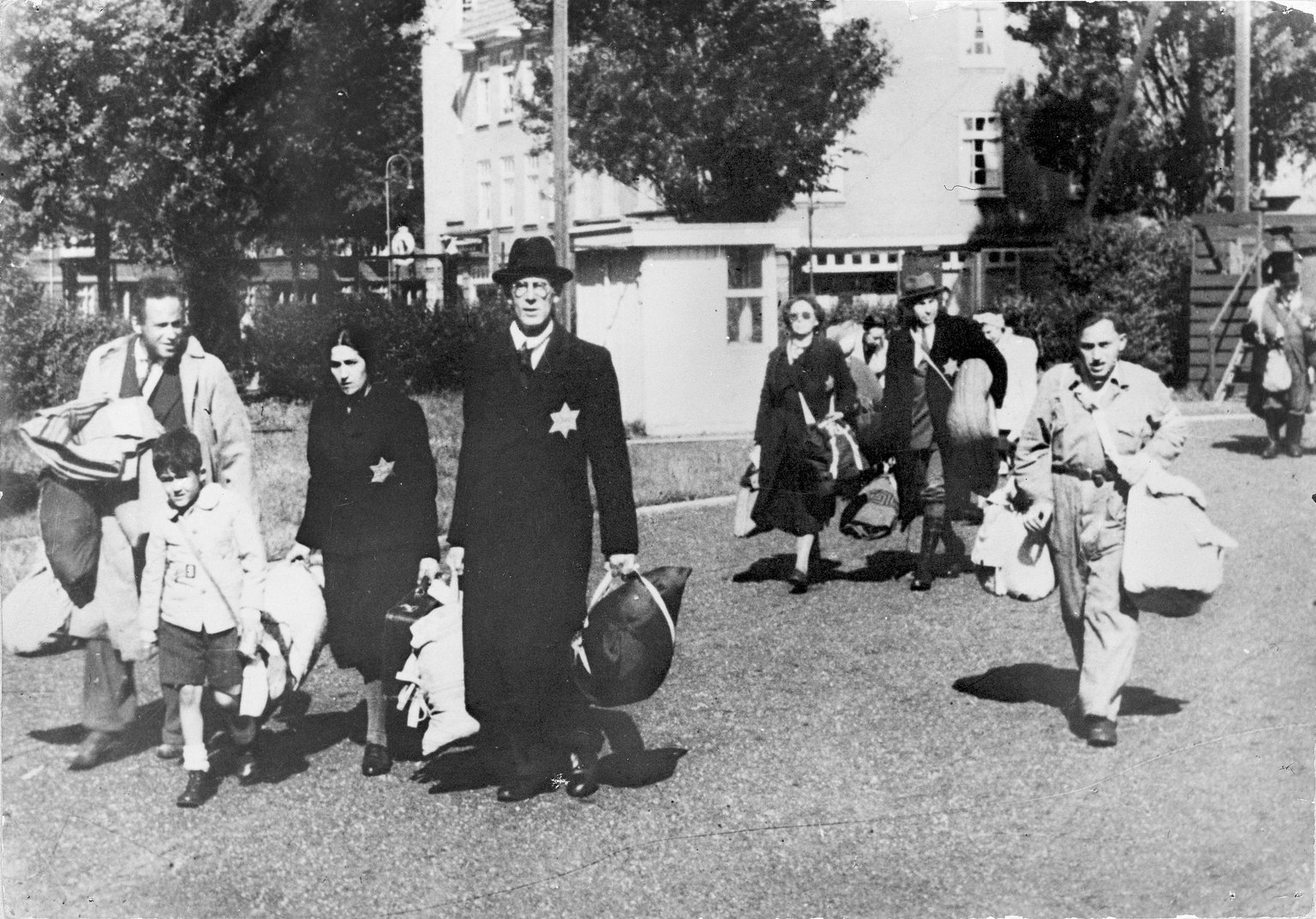
Empty Jewish houses
1945 Amsterdam
Between 1941 and 1945, approximately 60,000 Jews were deported from Amsterdam by the Nazis. Most of them were killed. Their homes were often taken over by other Dutch people, but some stood empty and were boarded up; during the hunger winter these were often stripped for firewood. The streets in the Transvaalbuurt and Jodenbuurt quarters were deserted. The houses had become ruins.
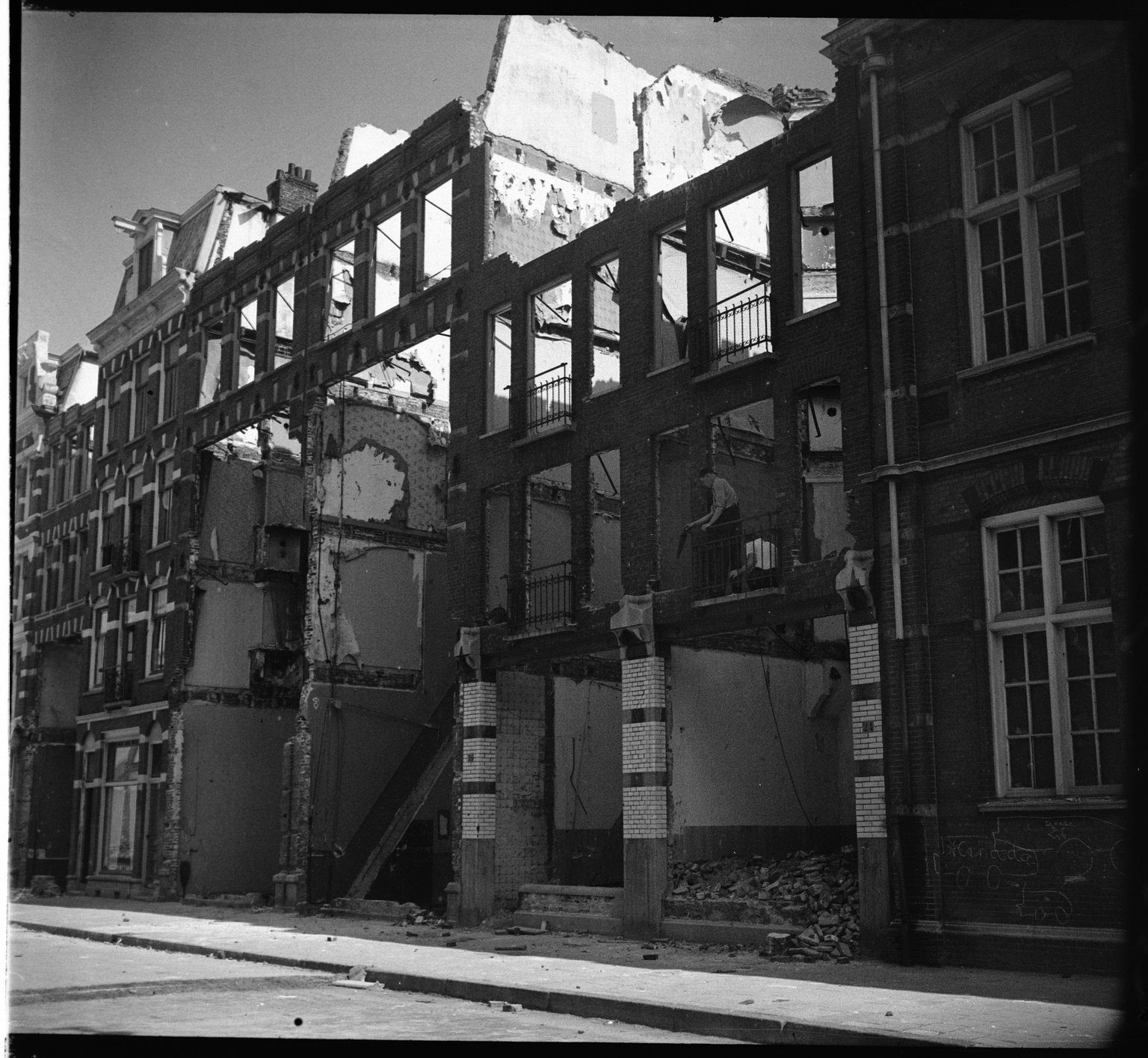
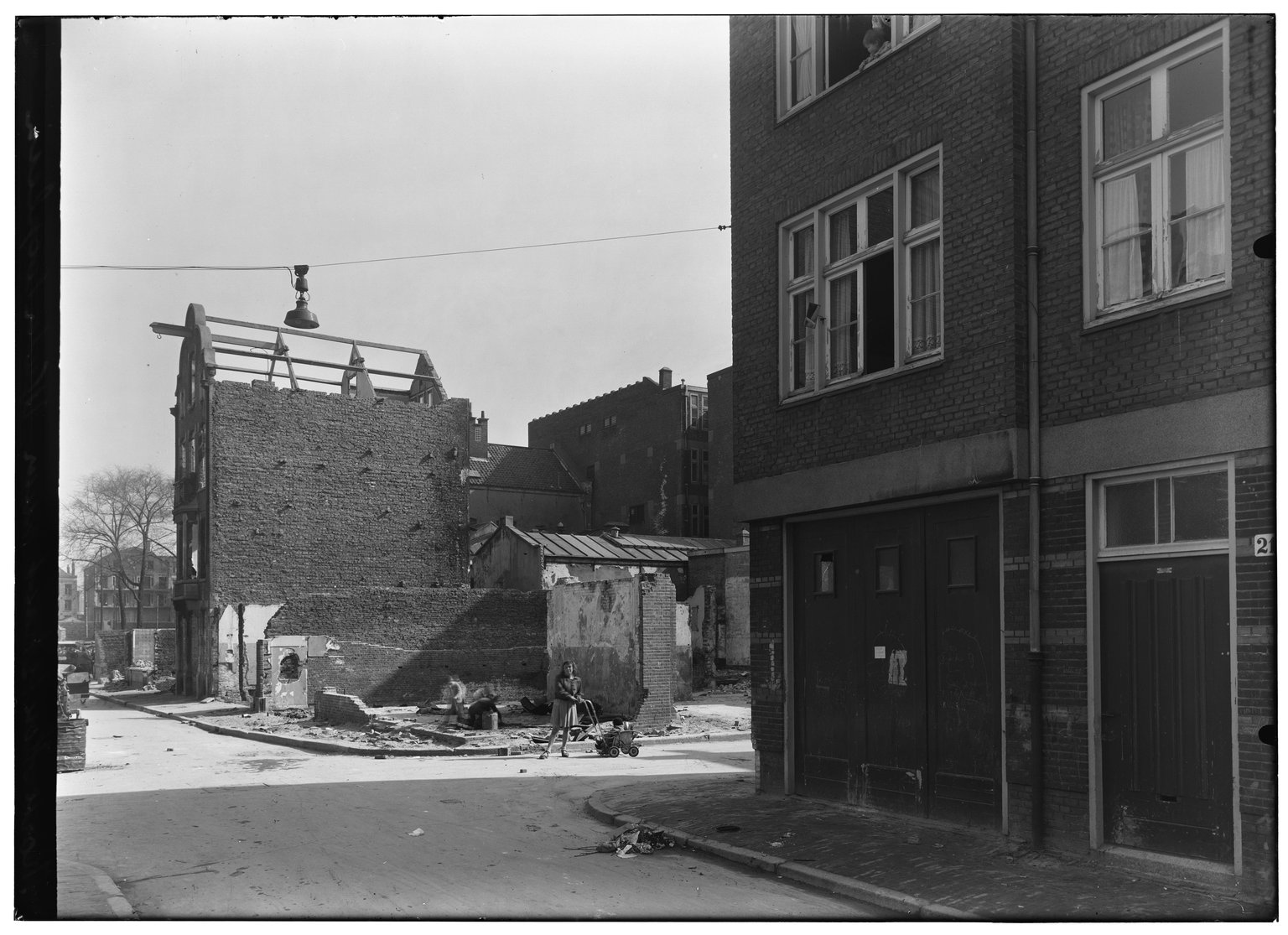
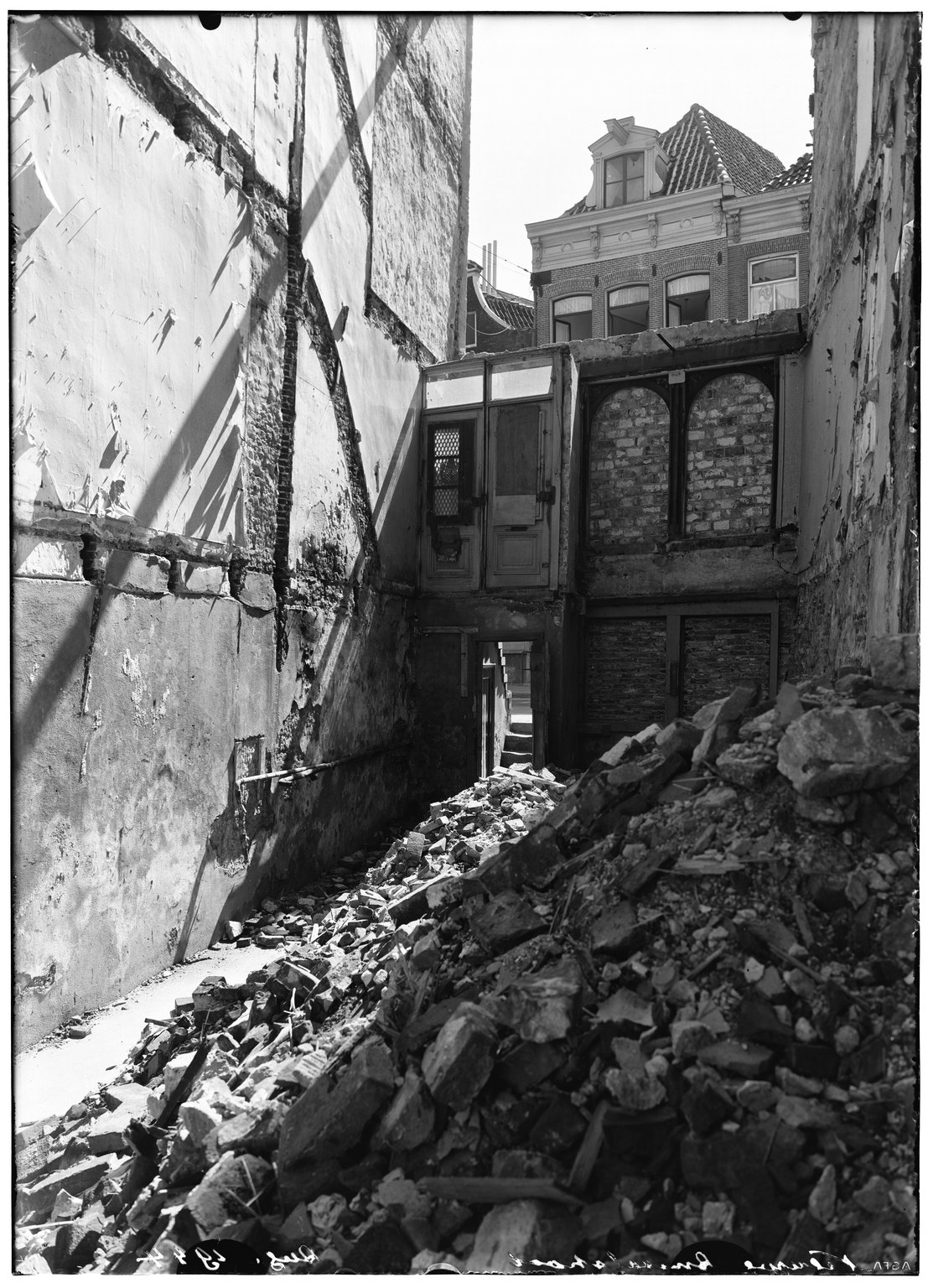
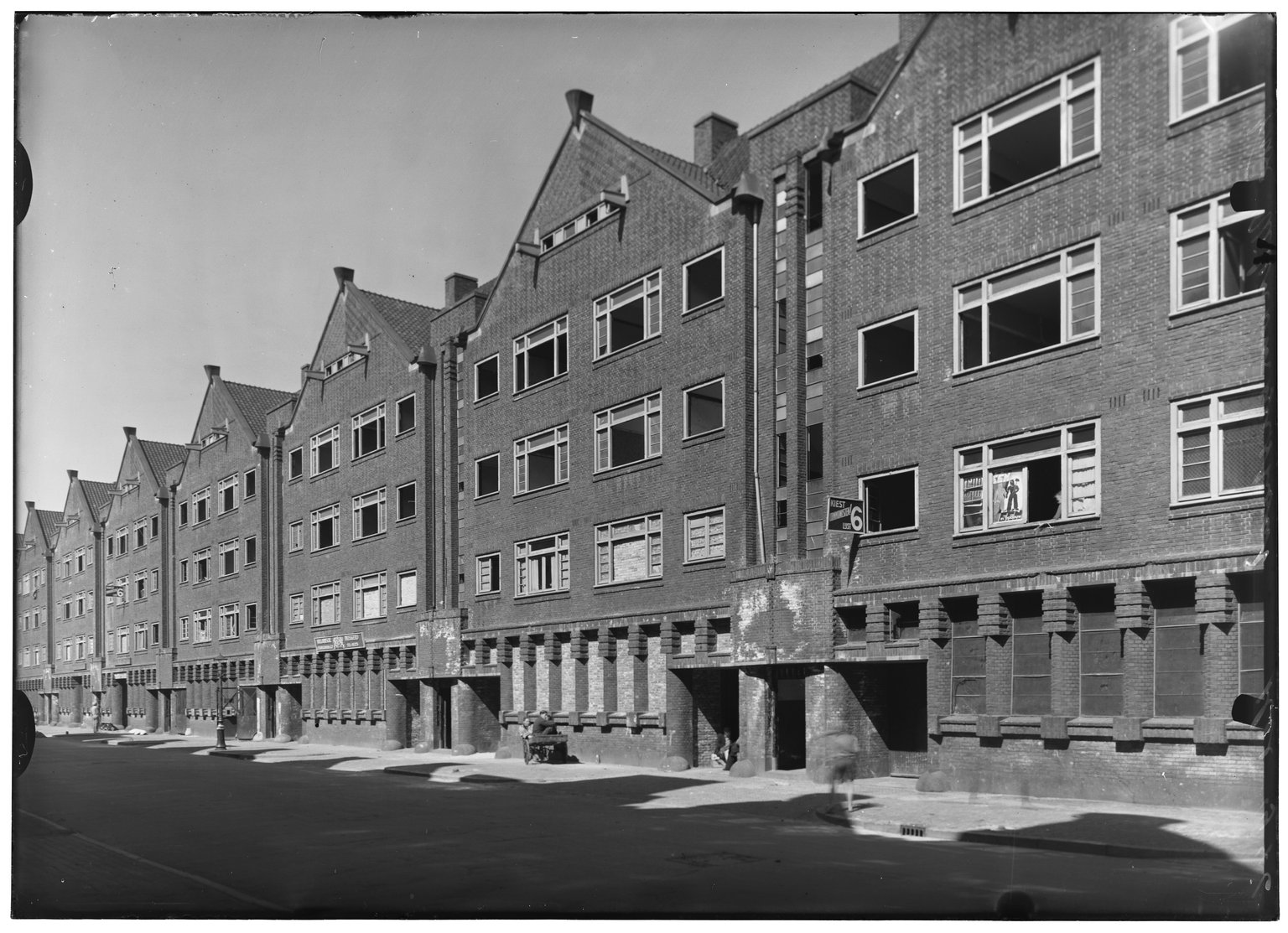
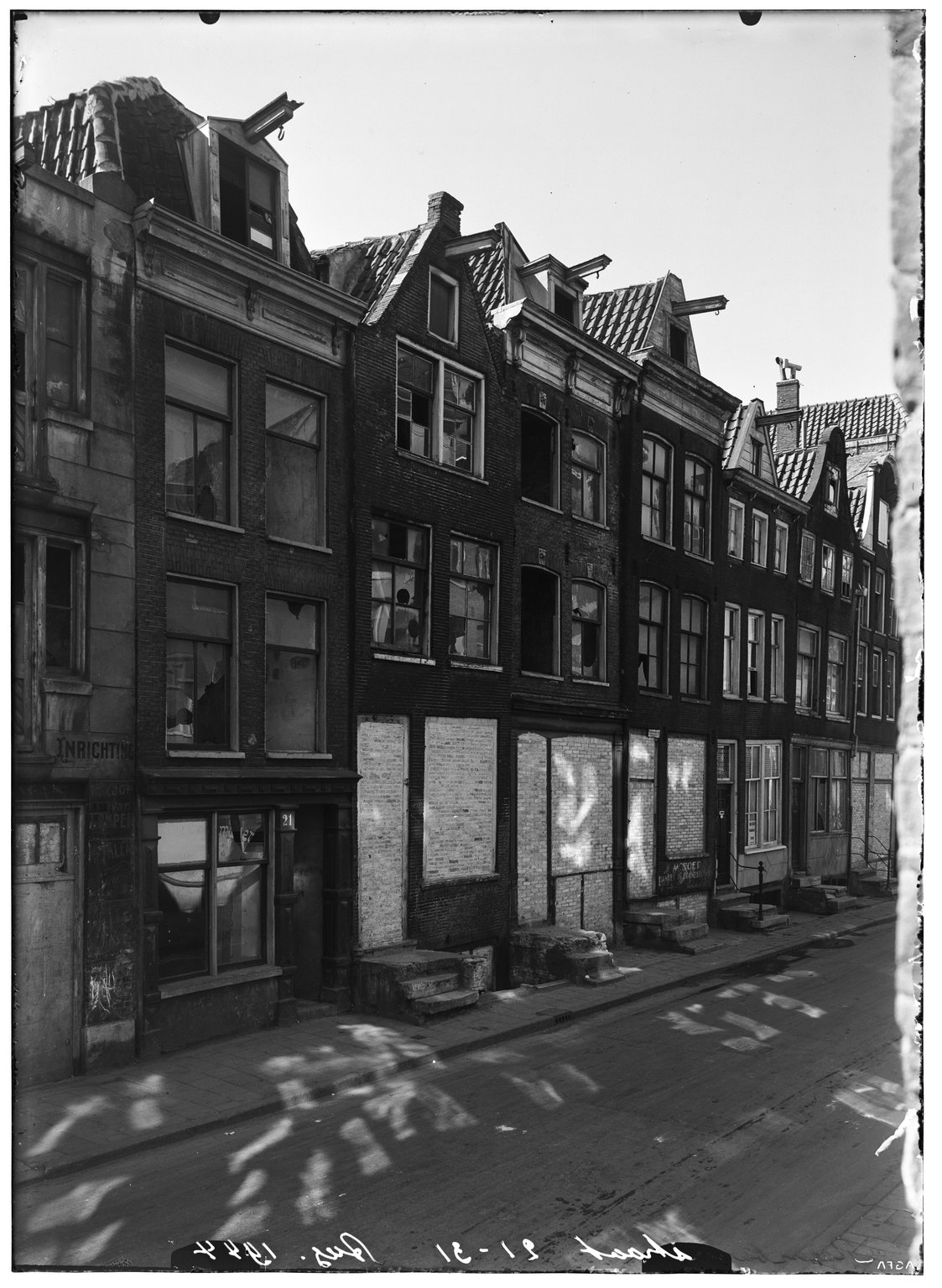
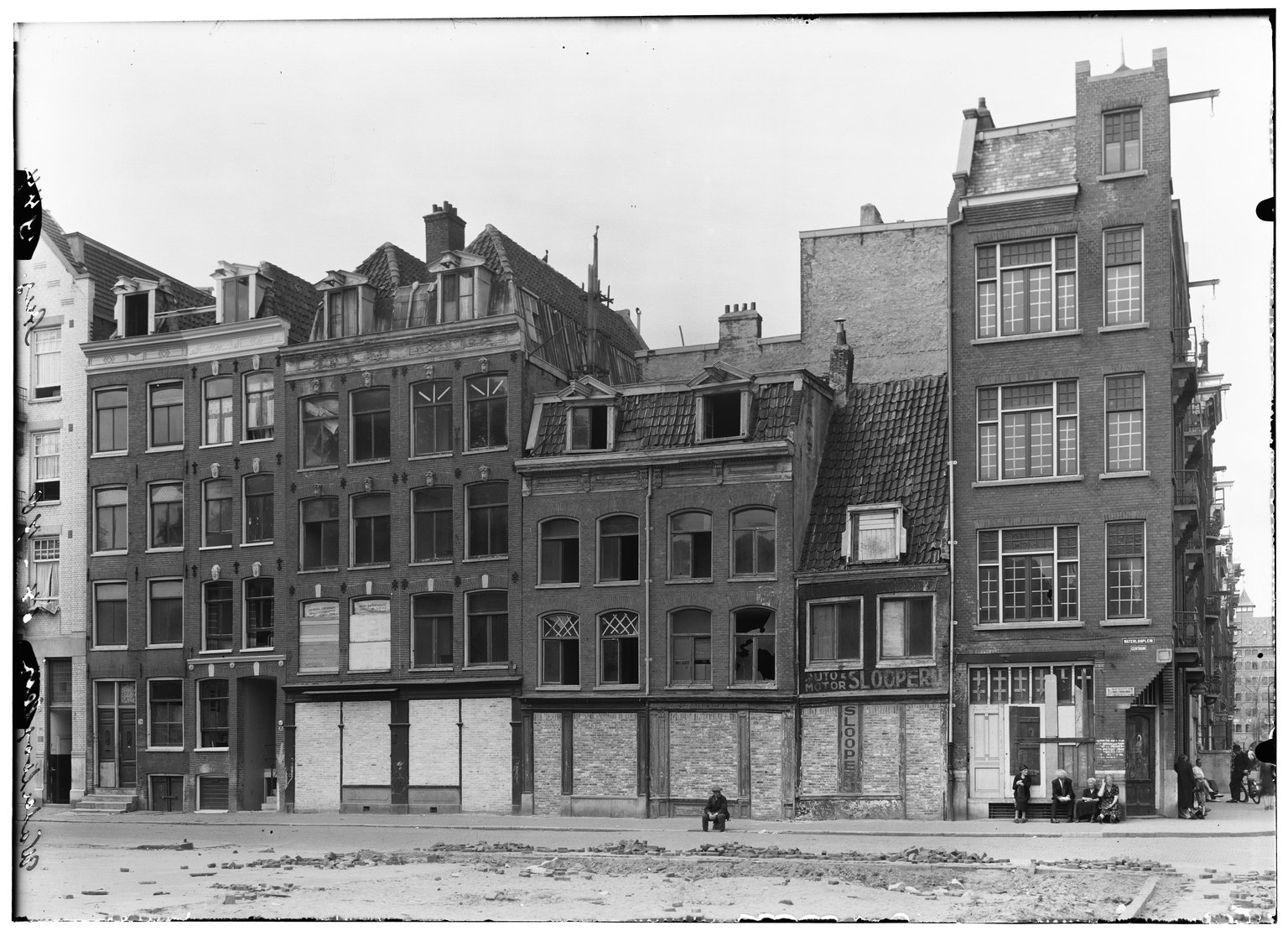
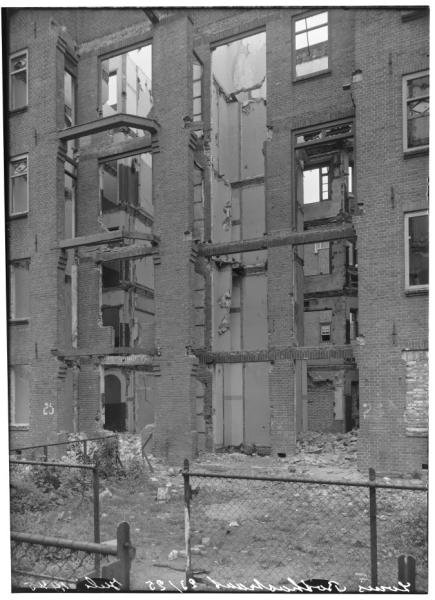
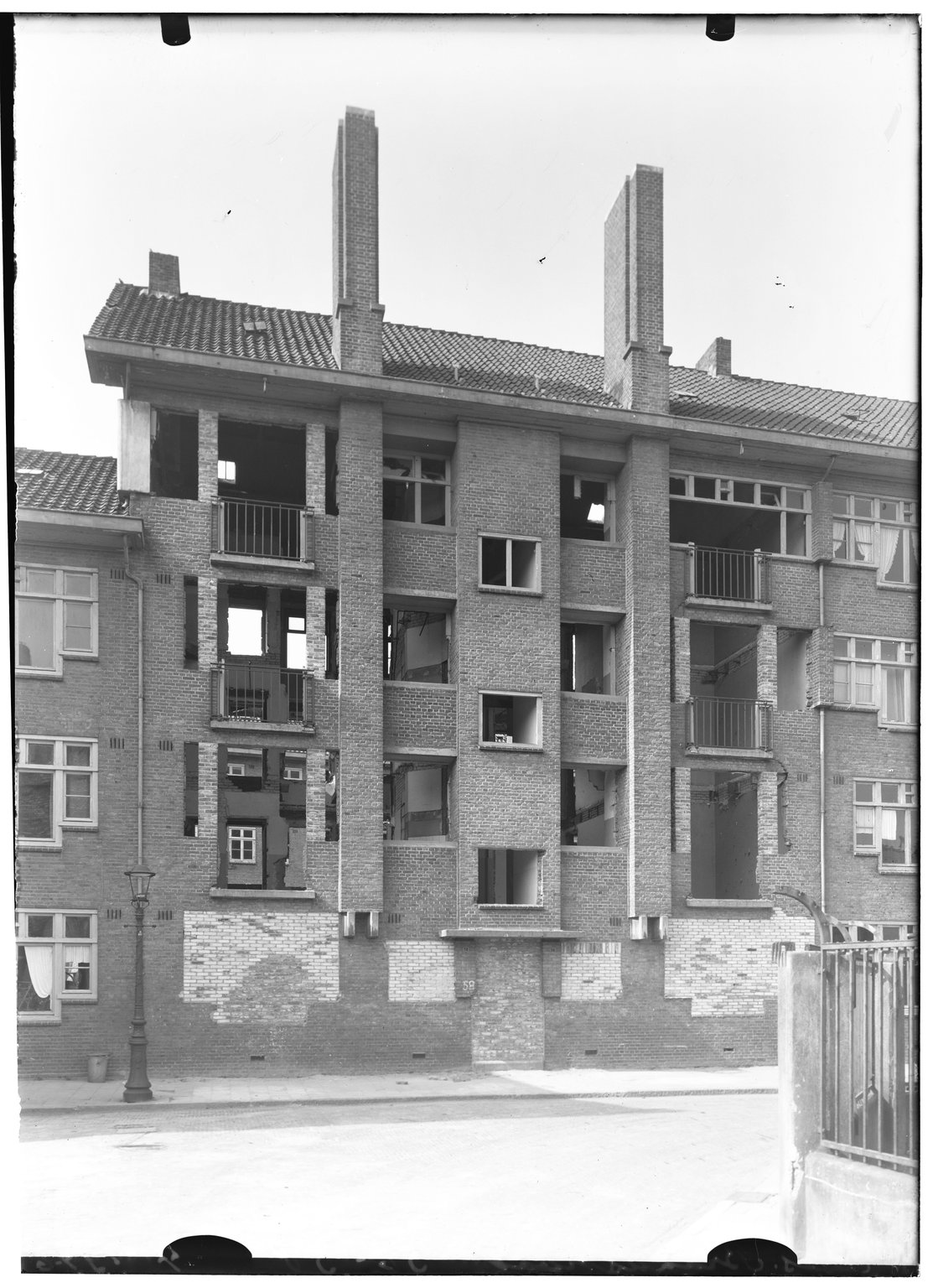
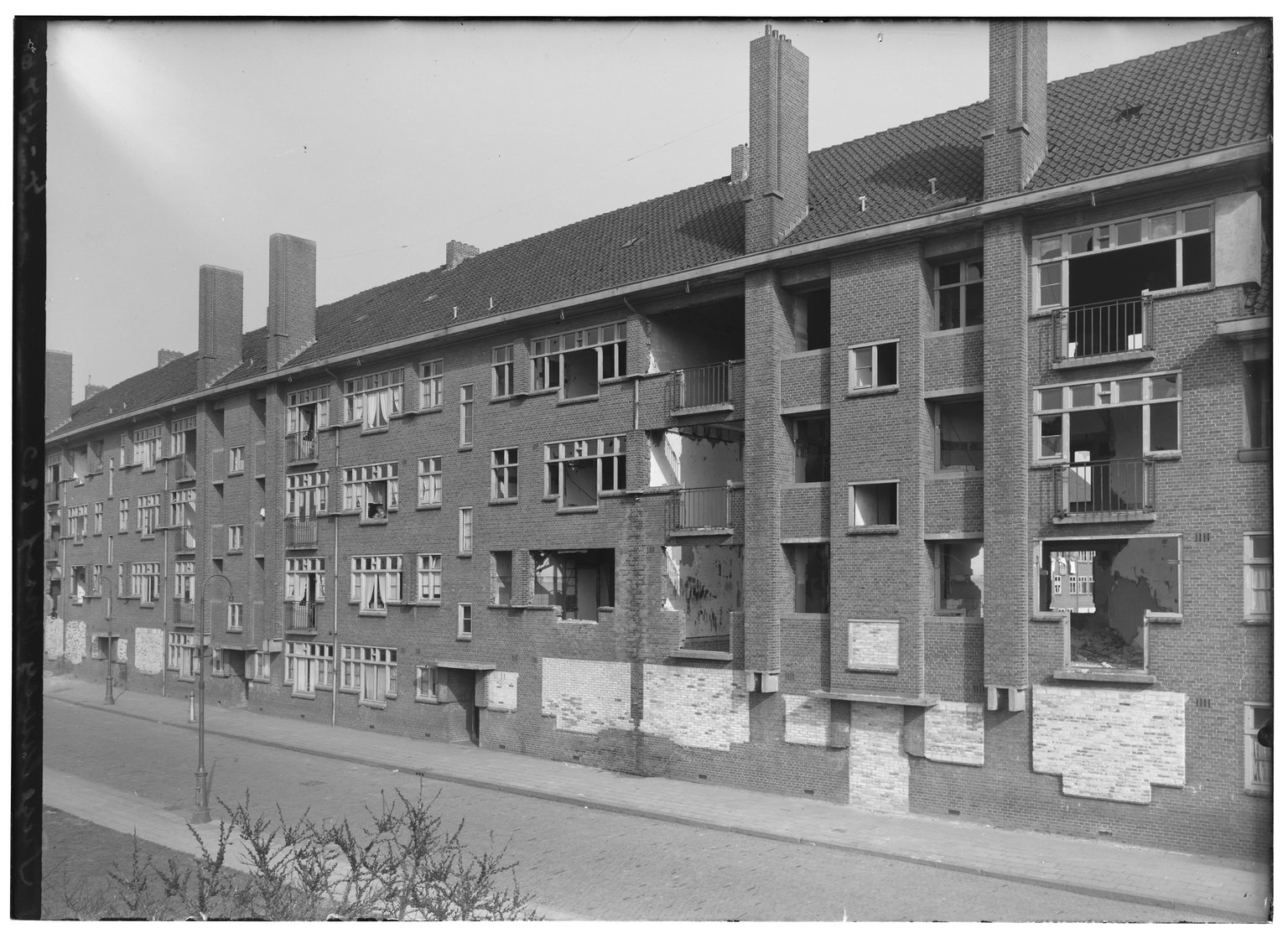
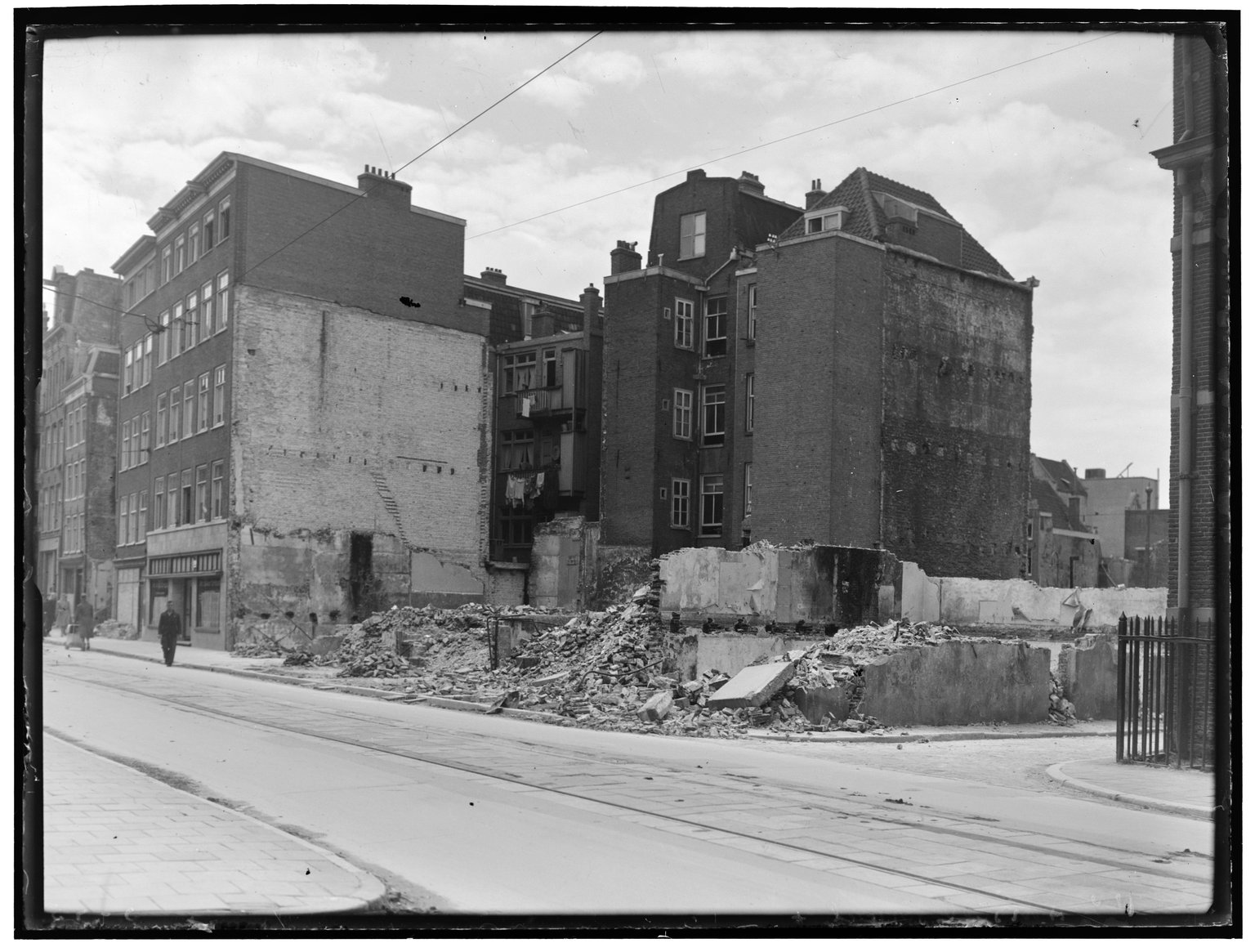
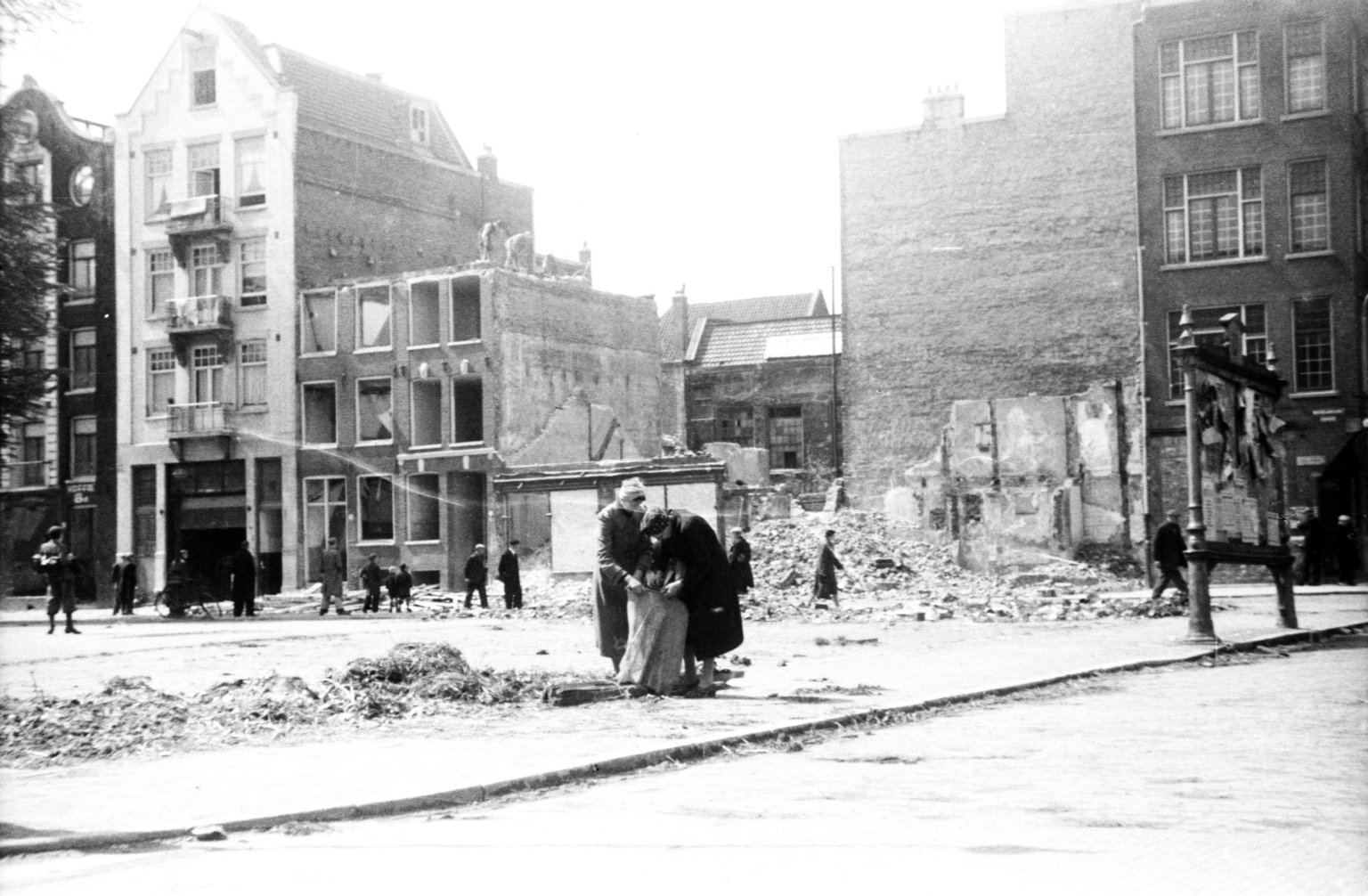
Hitler's last attack: The Battle of the Bulge
Dec. 16, 1944 Belgium
In December 1944, Germany made a final attempt to defeat the Allies. With a large-scale attack, Hitler and his generals hoped to force the Allies to accept a truce.
Without the Allies noticing, the Germans transferred more and more troops to the border with Belgium and Luxembourg. On 16 December, the Wehrmacht started its attack on the Allied army, which was taken unawares.
The Allies were outnumbered, and due to the bad weather, the air force could not take off. However, the German army was slowed down by the snow on the roads.
On 23 December, the weather cleared, and the Allies were able to bomb the German positions. Nevertheless, it still took until 3 January 1945 before a major Allied counter-attack could begin. And only at the end of January were the Germans forced back to where they had started their attack.
Both sides suffered heavy losses. Tens of thousands of soldiers were dead, missing, or injured.
Germany surrenders
May 7, 1945 Reims
Hitler commited suicide on 30 April 1945. In the following days, the collapse of Nazi Germany became final. Berlin was occupied by the Soviet army. The Germans controlled only a few separate parts of Germany and the occupied territories. Sections of the German army had already surrendered. The Allies demanded the unconditional surrender of the German army, and the German command had not choice but to agree.
On 7 May 1945, German General Alfred Jodl signed the surrender in the French town of Reims. Eisenhower’s Chief of Staff and a Soviet general signed on behalf of the Allies. The document stated that all German forces would stop fighting on 8 May 1945 at 23:01 hours.
The next day, the Soviet Union indicated that they did not accept surrender. They demanded a separate surrender from Germany to their Red Army. This was signed on 8 May by Field Marshal Wilhelm Keitel in Berlin in the presence of the commander-in-chief of the Soviet army, General Georgi Zhukov. The surrender took effect one day later.
Because of the two different moments of surrender, there are two days on which the German surrender is celebrated. In Western Europe, ‘Victory in Europe Day’ is celebrated on 8 May. Russia celebrates ‘Victory Day’ on 9 May.
Liberation festivities in the Netherlands
May 1945 The Netherlands
On 5 May 1945, the German occupying forces lay down their arms. After five years, the Netherlands was free. Everywhere, people took to the streets to celebrate.
Although many people were saddened by the hard years, happiness prevailed after liberation. People were dancing in the streets, singing, and waving the Dutch flag.
The British and Canadian troops driving into the cities were welcomed as heroes. People drove along on the tanks and jeeps and enjoyed the chewing gum and chocolate that the soldiers handed out. The festive atmosphere lasted for months.
Arrest of NSB leader Anton Mussert
May 7, 1945 The Hague
On 7 May 1945, Anton Mussert, the leader of the National Socialist Movement (NSB), was arrested in The Hague. Later that year, he was sentenced to death by the Special Court in The Hague. Mussert, a Dutchman, was given this punishment for treason against the state and because he had helped the occupying forces.
On 7 May 1946, exactly one year after his arrest, Mussert was executed by firing squad at the Waalsdorpervlakte in the dunes near The Hague. During the war, many resistance fighters had been murdered there by the Nazis.
The execution of Auschwitz Commander Rudolf Höss
April 16, 1947 Oświęcim
On 16 April 1947, Rudolf Höss was hanged in the courtyard next to the former crematorium of Auschwitz. Höss was the Commander of the Auschwitz concentration and extermination camp. In this role, he was responsible for the deaths of nearly one million Jews and other prisoners in the camp.
After the war, Höss lived under a false name for a while, but in March 1946 a British team tracked him down. After his arrest, he testified in the Nuremberg Trials. The Allies handed him over to Poland, because Auschwitz was on Polish soil during the German occupation. And so, Höss was tried in Poland.
In his cell, he wrote an autobiography. Although he regretted what had happened, Höss did not admit his guilt. He said that he had only followed orders. In March 1947, the court ruled that Höss was guilty and imposed the death penalty.
Commemoration of victims of public executions
May 5, 1945 Amsterdam
As early as 5 May 1945, Amsterdam citizens lay down flowers and wreaths where prisoners and civilians had been shot. A lot of people came to pay their respects.
Since September 1944, the Nazis had frequently shot people in public in retaliation for attacks by the resistance. Sometimes they took prisoners from their cells, other times they picked random people from the vicinity of an attack. Passers-by were forced to watch the executions.
On 12 March 1945, the Nazis shot thirty political prisoners at Weteringplantsoen park. They were murdered in retaliation for the killing of a Sicherheitsdienst official in a house on the nearby Stadhouderskade. The execution claimed another, unintended fatality. Jan Koopmans watched the execution from his hiding place and was hit by a stray bullet.
Shortly after the execution, members of the resistance covered up the victims with Dutch flags.
The National Monument on Dam Square
Dec. 13, 1947 Amsterdam
On 13 December 1947, Queen Wilhelmina lay a wreath at the National Monument on Dam Square. Representatives of the Dutch provinces placed urns inside the monument.
The urns contained soil from all Dutch provinces and from specific places. Places where people had been shot. From the Grebbeberg, where heavy fighting had taken place in May 1940, and from Walcheren, where the Allied army had landed. The soil from the province of Noord-Brabant was mixed with the ashes of cremated prisoners from camp Vught. It made the National Monument a symbolic grave for all those who had given their lives for their country.
On 4 May 1956, Queen Juliana, who had by then succeeded her mother Wilhelmina, unveiled a new monument. This was built on the spot of the old monument and still is the National Monument on Dam Square.
The United Nations adopts the Genocide Convention
Dec. 9, 1948 Paris
On 9 December 1948, the General Assembly of the United Nations adopted the Genocide Convention. The Convention entered into force on 12 January 1951. The Genocide Convention was intended to prevent and prosecute genocide.
As a result, genocide was added as a crime to international law. It is defined as: 'acts committed with intent to destroy, in whole or in part, a national, ethnical, racial or religious group'.
The term genocide was coined by Polish Jewish lawyer Raphael Lemkin. He invented the word to describe the crimes of the Nazis during the war. To Lemkin, the adoption of the Genocide Convention was a personal matter as well. The larger part of his family had been murdered by the Nazis during the war.
Japan bombs Pearl Harbor: Hitler declares war on the US
Dec. 7, 1941 Pearl Harbor
On Sunday morning, 7 December 1941, a Japanese war fleet arrived at the American naval base at Pearl Harbor, on Hawaii. The Japanese bombarded the Americans with bombs and torpedoes. When the attack was over, more than 3,500 American were left dead or wounded. Eighteen warships had been sunk and hundreds of aircraft had been destroyed or damaged.
Japan attacked the United States to prevent the Americans from thwarting Japanese plans for expansion in Asia. The surprise attack was carried out to perfection, but Japan did not defeat the US. The damage caused was soon repaired and the main American aircraft carriers were in other ports at the time of the attack. The United States were able to retaliate quickly.
On that same day, Japan also attacked Singapore, Malaysia, Hong Kong, Thailand, as well as American bases in the Philippines and Guam. As a result, Japan was now at war with Great Britain and Canada. Australia, New Zealand and the Netherlands also declared war on Japan, and the war spread rapidly across the East-Asia.
The American population regarded the attack as a cowardly act and stood behind its government's decision to declare war on Japan. In response, Hitler declared war on America on 11 December 1941, for Germany was an ally of Japan. This meant that Hitler had gained another strong opponent. From then on, the United States fought with the Allies against Nazi Germany.
Wannsee Conference. Nazis organise the murder of European Jews
Jan. 20, 1942 Wannsee, Berlin
On 20 January 1942, fifteen high-ranking Nazis gathered in a villa on the Wannsee, a large lake in a suburb of Berlin. At this conference, they discussed the planned murder of eleven million European Jews.
For a while, the Nazis had thought that they could force the Jews to emigrate to other countries, but this was no longer an option because of the war. Instead, the Jews were to be 'evacuated' to the east. A large proportion was expected to fall away due to 'natural reduction'. The remaining Jews would receive 'appropriate treatment'.
The participants in the conference hid their real intentions behind official language. These words come from the minutes of the conference, which were preserved. What they say, is that the Nazis were organising a genocide. ‘Evacuation' equalled deportation to concentration and extermination camps, and the 'appropriate treatment' meant 'murder'.
Hitler had already decided that all European Jews must be murdered. From July 1941 onwards, German special units (Einsatzgruppen) had been active in the Soviet Union to kill Jews. And since the spring of 1941, there had been executions in occupied Yugoslavia. By early 1942, the Nazis had already murdered more than a million Jews.
The introduction of the yellow badge in the Netherlands
May 3, 1942 The Netherlands
On 29 April 1942, the Nazis introduced another humiliating measure that concerned the Dutch Jews. From 3 May onwards, they would have to start wearing a badge on their clothes: a six-pointed yellow Star of David with the word 'Jew' in the middle.
The badge made it possible to identify people in the street as Jews. The Nazis wanted to further isolate the Jews from the non-Jewish Dutch. Not wearing the badge was severely punished. You could even be sent to a concentration camp if you didn’t.
The Jewish Council was ordered to distribute the badges among the Dutch Jews within three days. The Jews were forced to buy four each at four cents a piece. Children from the age of 6 had to wear them, too. In total, 569,355 yellow badges were distributed.
Some Jews wore them with pride, many others felt humiliated. Some non-Jewish Dutch responded to the new measure as well. Some protested by wearing homemade stars with the words 'Catholic' or 'Aryan'. Others made a point of greeting Jews in the street or giving up their seats on the trams. But over time, the indignation diminished and the gap between Jews and non-Jews widened.
The Frank family goes into hiding
July 6, 1942 Amsterdam
On 5 July 1942, Margot received a call-up to report for labour camp in Germany. She was among the first group of Jews in the Netherlands to be summoned. Her parents did not want her to go, but those who did not go, were arrested. Otto and Edith had anticipated the call-up and had planned to go into hiding in the hiding place Otto had set up in the annex of his business premises on 16 July 1942. Because of Margot's call-up, they advanced their move.
They left their home the morning after the call-up. They told their subtenant that they were going to Switzerland.
A few days later, Anne wrote about being in hiding in her diary.
‘Of course we are not allowed to look out of the window at all or go outside. Also we have to do everything softly in case they hear us below.’
The Frank family were helped by six of Otto’s employees and friends. The people working in the ground floor warehouse knew nothing about the hiding place, except for the father of helper Bep Voskuijl. As the warehouse manager, he was well-placed to keep an eye on things.
The Battle of Stalingrad: Germany humiliated
February 1943 Stalingrad
On 31 January 1943, German Field Marshal Friedrich Paulus and his Sixth Army surrendered to the Red Army (the army of the Soviet Union). The Sixth army had been virtually annihilated. After five months of fighting, Germany was defeated.
In late August 1942, the German army had begun a major attack to gain control of the Russian city of Stalingrad. The conquest would not only serve a strategic goal, it would be of great symbolic value, since the city bore the name of Soviet leader Joseph Stalin.
The shellings and and bombardments damaged Stalingrad badly, but in order to conquer the city, the German soldiers had to fight the soldiers of Red Army in the streets. They were shot at by snipers, hiding among the ruins. When the harsh Russian winter began, the situation grew even worse.
For the Red Army, the winter had its advantages. The ice was now thick enough for tanks to cross the rivers. While the fighting in the streets continued, the Soviets managed to surround the city with their tanks in late November 1942. The German army was trapped but did not surrender straight away. It took another six weeks for the battle to be over. Hundreds of thousands of soldiers had died on both sides.
The Battle of Stalingrad was an important turning point in the war. The German army was not unbeatable after all. The Soviet Union regained hope, as did the people in the occupied territories.
The Resistance attacks the population register of Amsterdam
March 27, 1943 Amsterdam
On the evening of Saturday, 27 March 1943, nine members of a resistance group attacked the Amsterdam population register. Dressed as police officers, they overpowered the guards. The resistance people opened the filing cabinets, threw the papers on the floor and poured a combustible liquid onto the pile. They then placed explosives and left. Shortly thereafter, five explosions were heard, and a large fire broke out, which could be seen from afar.
The attackers belonged to a resistance group that produced false identity cards. Because of the risk that these forgeries would be detected if the data were checked against the population register, that group had tried to destroy the register.
The attack was only a partial success. Part of the building burned down and collapsed, but most of it remained standing. Only 15% of the available data was completely lost. Still, the archive could not be used for a long time and because of the mess, civil servants who were in contact with the resistance were able to insert new, false information.
The Sicherheitsdienst quickly discovered who were behind the attack, as they had been betrayed. Almost all the attackers and their helpers were shot by the Nazis on 2 July 1943. Three of them ended up in prison. A few others managed to go into hiding.
All Jews must leave Amsterdam
May 20, 1943 Polderweg, Amsterdam
On 20 May 1943, approximately 750 Jews reported to the military police building near Muiderpoort train station in Amsterdam. They complied with a measure taken by Rauter, head of the German SS and the police, that no Jew could stay in Amsterdam without permission. Only Jews carrying a so-called Sperre, a proof of postponement, were allowed to stay on.
They arrived in Westerbork in the evening. At least two of them, a couple, were put on transport five days later to the Sobibor extermination camp, where they were gassed on 28 May 1943. We do not know what happened to the others, because their names are not known.
Rauter was dissatisfied with the low turnout on this day and so, the Germans held a big raid in the centre of Amsterdam a few days later. They arrested around 3,000 people, who were subsequently deported to Westerbork. The Nazis also forced the Jewish Council to take away the Sperre of a large number of Jews and to select them for transport to Westerbork.
D-Day: The Allied Forces land in France
June 6, 1944 Normandy
On 6 June 1944, shortly after midnight, D-Day, a huge military operation, began. Over 5,000 ships transported 150,000 allied soldiers and 1,500 tanks to the coast of Normandy in France.
For two years, the Allies had been preparing for 'Operation Overlord'. The purpose of the operation was to set up a landing base on the European mainland. From there, the Allies would be able to liberate the countries that had been occupied by Germany and move on towards Berlin. And if Germany also had to fight in the West, it would make things a bit easier on the Soviet Union.
The Germans were expecting an attack at Calais, not Normandy, for at Calais, the English Channel (the sea between England and France) is at its narrowest. The Wehrmacht had stationed half a million troops all along the French coast. They had also set up the Atlantikwall, a solid line of defence.
The Allies landed in a few places along the coast of Normandy. The attack was backed up by bombardments and paratroopers. In some places, they were easily able to push back the German defence, but in others, resistance was fierce. On ‘Omaha Beach’, the American bombers did not manage to hit the German line of defence well. There, German troops shot down the soldiers trying to land. Some did not even get that far and drowned as soon as they left their ships.
By the end of D-Day, the Allies had established a base on the mainland. The Germans tried to hold out as long as possible It took another two months of fighting in Normandy before the Allies succeeded in moving further into France. On 15 August, the Allies also landed in the south of France. Paris was liberated on 25 August and by mid-September 1944, the German army had almost been forced out of France.
The Red Army conquers Berlin
May 2, 1945 Berlin
On 2 May 1945, Soviet troops occupied the Berlin Reichstag and planted the Soviet flag on its roof. It was the culmination of a two-week battle for the German capital.
The military operation started on 16 April with a major attack on the Seelow Heights, the German defence line near the river Oder. During this attack, the Soviet army fired one million grenades. All night, the horizon was lit by explosions and the searchlights that dazzled the German army. After two days of heavy fighting, the Red Army broke through the German defence, and on 25 April, the Soviet army had surrounded Berlin.
Hitler had ordered his troops to defend the city ‘to the last man’. The streets were barricaded, to stop the tanks and soldiers from coming through.
Due to a shortage of soldiers, the boys of the Hitlerjugend and the old men of the Volkssturm were ordered to help defend the city. With their small arms and grenades, they did not stand a chance against the Red Army, and many of them died a pointless death.
On 2 May, Helmuth Weidling, the commander of the Berlin defence forces, surrendered. Germany was now almost completely defeated.
Germany surrenders: The Netherlands is liberated
May 5, 1945 Wageningen
On 4 May 1945, the German army in North-West Europe surrendered to the Allies, who were under the command of British General Montgomery. The next day, there was no more fighting.
On 5 May, the surrender of the German troops in the Netherlands was negotiated in Wageningen, where the timing and manner of the German withdrawal and the Allied takeover were determined.
Canadian General Charles Foulkes and German General Johannes Blaskowitz signed the capitulation document at 4:30 pm. Prince Bernhard of the Netherlands was present as well. He was the commander of the Dutch Armed Forces. The next day, the details were worked out and on 7 May, the British and Canadians assumed authority over the Netherlands.
The war was finally over. Ever since 1946, the Netherlands has celebrated Liberation Day on 5 May.
Nazi leaders on trial in Nuremberg
Nov. 20, 1945 Nuremberg
The first Nuremberg Trial lasted from 20 November 1945 to 1 October 1946. Twenty-four Nazi leaders were tried for their crimes during and before the war. Not all top Nazis could be tried. Hitler, Himmler, and Goebbels had already committed suicide. Other Nazis were missing or on the run.
The International Military Tribunal presided over the trial. There were eight judges, two from each of the allied countries: France, the United States, Great Britain, and the Soviet Union. The Nazis had been indicted on four counts: conspiracy, starting a war, war crimes, and crimes against humanity.
The tribunal imposed twelve death penalties. Seven convicts were given prison sentences ranging from 10 years to life imprisonment. Three defendants were acquitted. Two others were not prosecuted.
After the trial against the leaders, twelve other trials followed, against doctors, army officers, judges, industrialists, members of the Einsatzgruppen, and others.
Israel kidnaps Adolf Eichmann, architect of the Holocaust
May 11, 1960 Buenos Aires - Jerusalem
On 11 May 1960, Adolf Eichman was kidnapped in Buenos Aires by a unit of the Mossad (the Israeli secret service). The commando team smuggled him out of the country and took him to Israel, where he was put on trial.
By that time, Eichmann had been on the run for 15 years. After the Second World War, he had moved to Argentina under a false name, because he was afraid of being prosecuted for his war crimes. As an SS man, he was responsible for the deportation of Jews to concentration and extermination camps. Eichmann had been an important link in planning and carrying out the murder of the European Jews and is therefore also called the 'architect' of the Holocaust.
The trial against Eichmann started a year later and took four months. The whole world witnessed it, because it was reported on TV, radio, and in the newspapers. Due to the many testimonies during the trial, the general public got to know the gruesome details of the Holocaust. For the first time, the persecution of the Jews was widely discussed. Eichmann was sentenced to death and hanged on 1 June 1962.
Commemoration of the February Strike and persecuted Jews in Amsterdam
Feb. 25, 1947 Waterlooplein, Amsterdam
A black cloth was wrapped around a flagpole. At the foot of the pole, a Star of David was laid out in tulips. A guard of honour of former resistance fighters stood in front of a circle of thousands of flowers that had been laid down by the public. All over Amsterdam, municipal services and public transport kept a minute's silence. According to the press, there were as many as 10,000 people present on Waterlooplein. Thus, the city commemorated the February strike and the persecution of the Jews, which had begun six years earlier.
The UN adopts the Universal Declaration of Human Rights
Dec. 10, 1948 Paris
On 10 December 1948, the General Assembly of the United Nations adopted the Universal Declaration of Human Rights. The signatories acknowledged the existence of human rights that apply to everyone.
The Universal Declaration was a direct response to the Nazi crimes. In order to respect and guarantee people’s freedom, certain rights are required. The Declaration states, for instance, that people have equal rights, regardless of their origin. Discrimination is therefore prohibited. People also have the right to freedom of expression, the right to choose their religion, and the right to independent justice. Other rights are socio-economic by nature, such as the right to work and education, and the right to one's own culture.
The Universal Declaration of Human Rights is still regarded as a general moral standard and as the foundation for organisations working for human rights.
Opening International Youth Centre of the Anne Frank Stichting
May 3, 1961 Amsterdam
A year after the opening of the Secret Annex, the International Youth Centre was opened. It was located in the adjacent building, at Prinsengracht 265.
The year before, Otto Frank had explained his intentions for the International Youth Centre in a radio interview:
“The Anne Frank House is a base, but the International Youth Centre will do everything to further the Anne Frank ideals: to help, to work for peace, for tolerance, for understanding. And that is the main thing, which we still have to do.”
War enthusiasm
Aug. 2, 1914 Europe
Many people were glad to see the start of the First World War. On 2 August 1914, young Germans took to the streets and sang nationalist songs to celebrate their army preparing for war. People in England and France responded with enthusiasm as well. Many came forward to volunteer in the army.
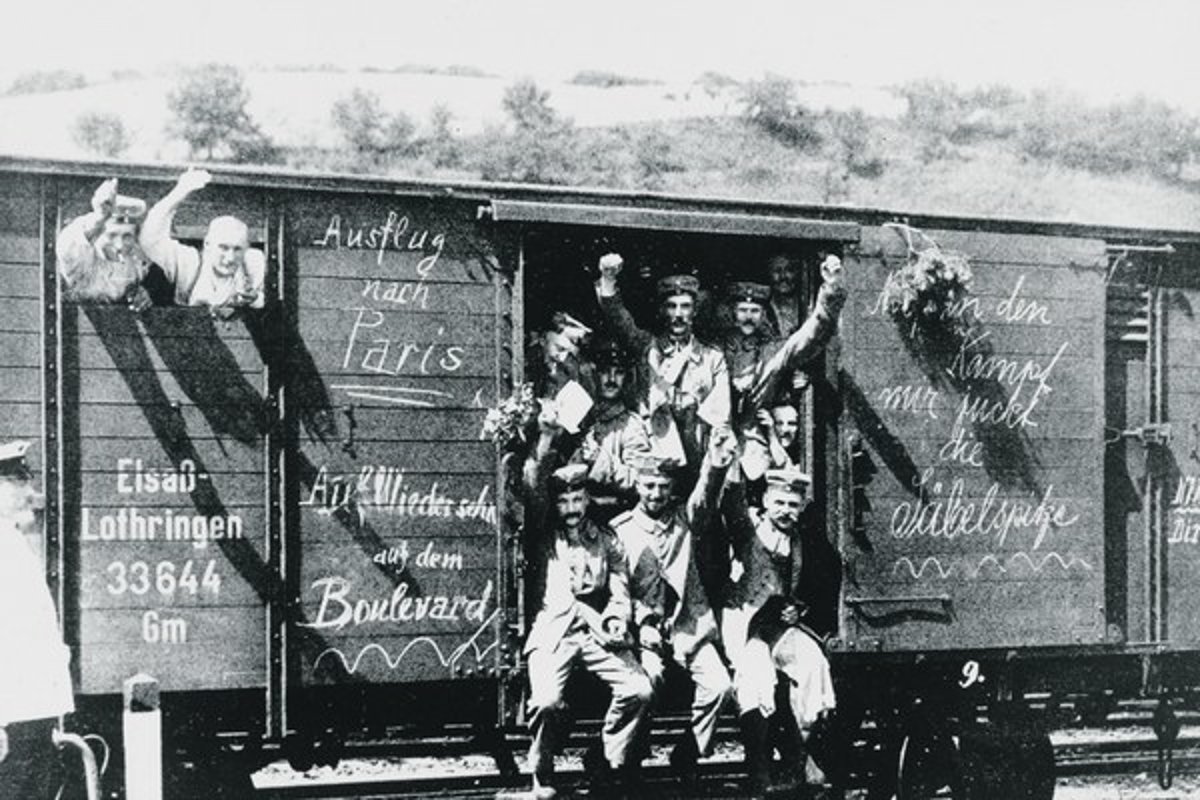
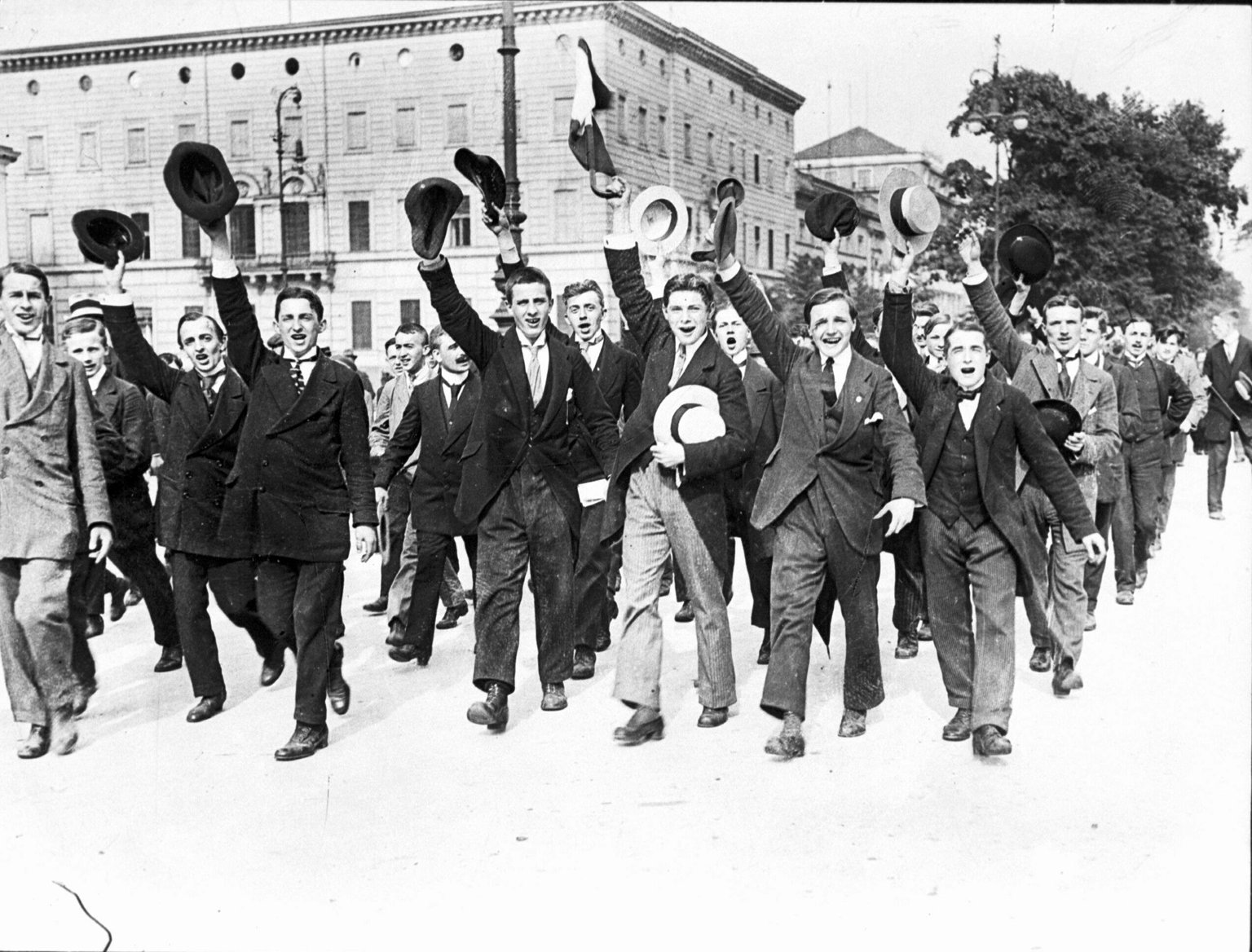
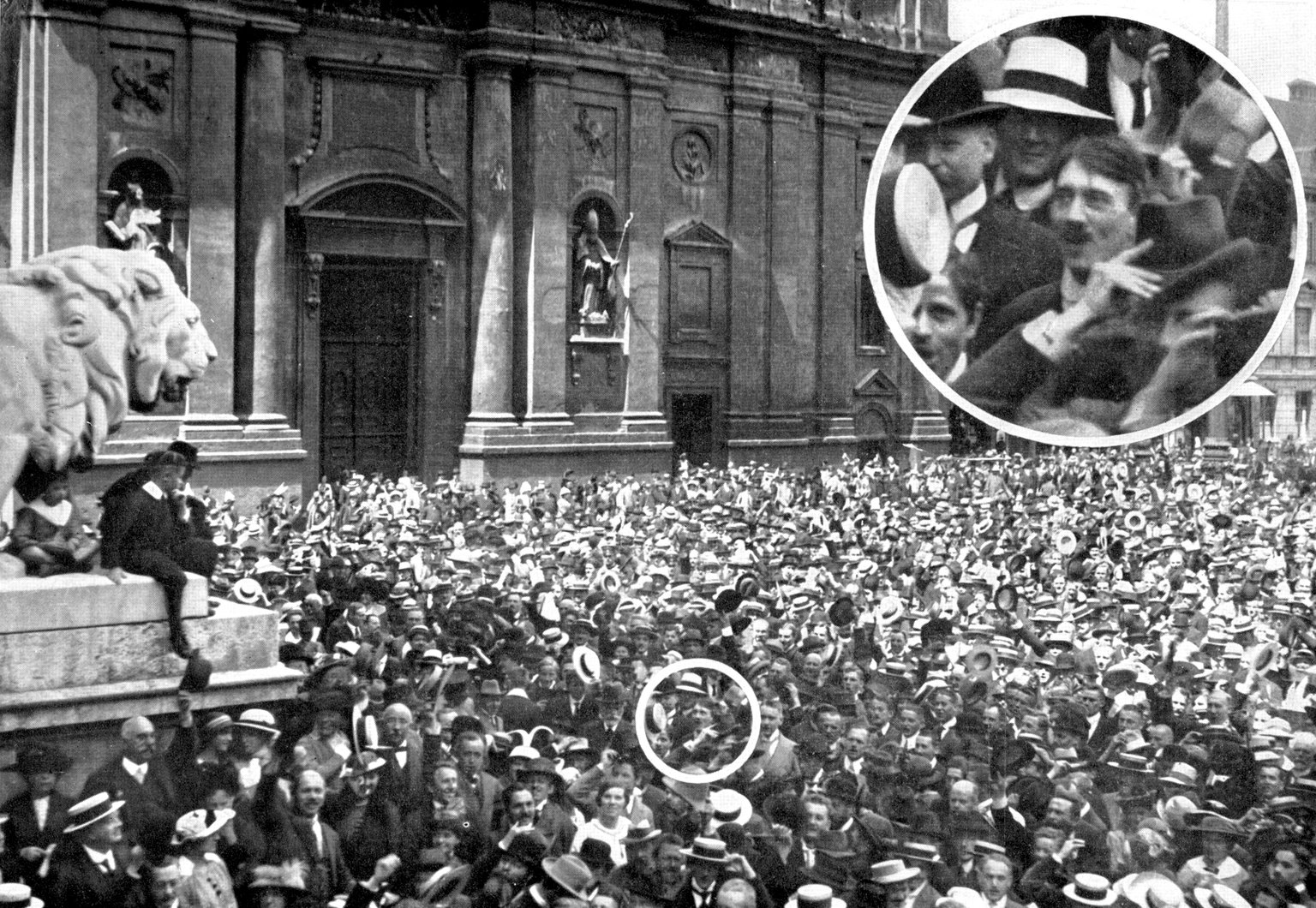
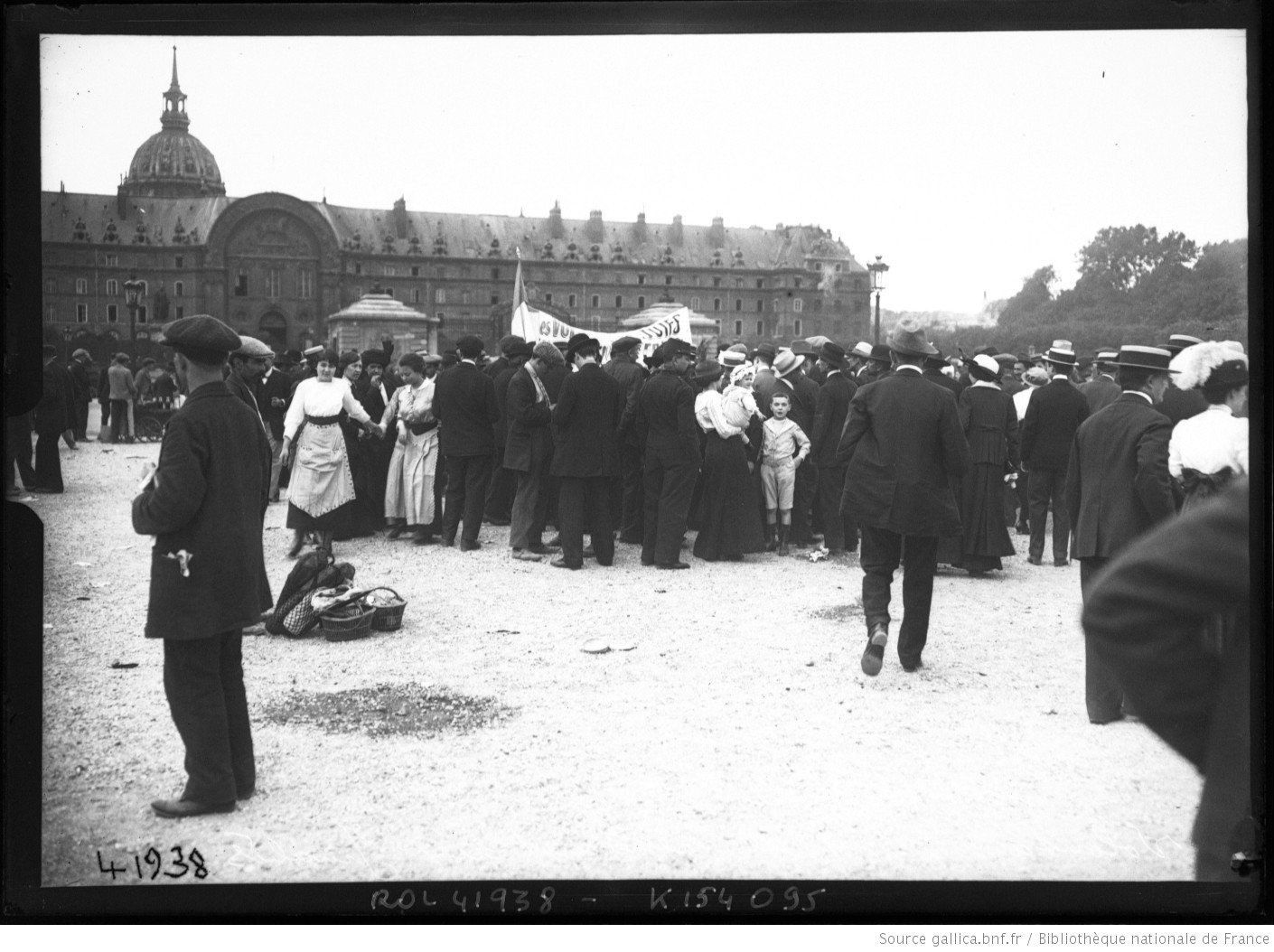
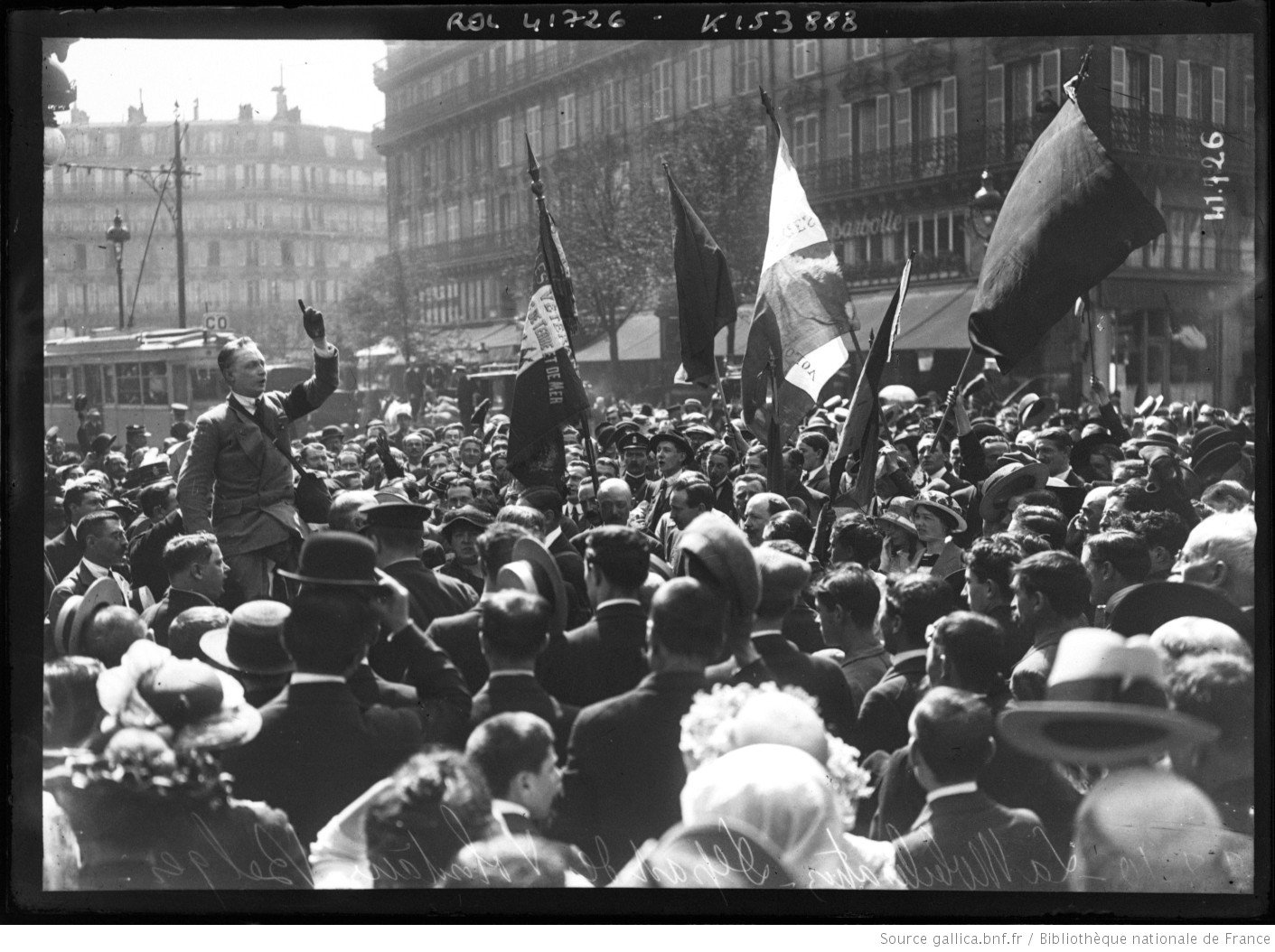
Many intellectuals and artists were happy about the war as well. They hoped for change and action. In the warring countries, many people felt closer to their compatriots as they faced a common enemy. They saw the enemy as the instigator of the conflict and so they considered their own reaction to be fair. Moreover, almost everyone expected the war to be short and to end in victory.
The farmers were less enthusiastic. Now that they and their sons had been drafted, they would be unable to bring in the harvest. Pacifists and socialists even protested against the war. The socialists considered war a power game of the ruling classes, and they believed that the workers of the world should unite instead of shooting one another.
Hitler as a soldier in the First World War
July 1, 1916 France
At the start of the First World War, Adolf Hitler volunteered for the German army with enthusiasm. He was assigned to the ground troops on the Western Front. As a courier, he conveyed messages from the leadership to the front. The work was dangerous, but much less so than that of the soldiers at the front. In December 1914, Hitler received the Iron Cross, second class, for his bravery. In a letter to his old landlord, he wrote: ‘It was the happiest day of my life.’
On 5 October 1916, he was wounded by shrapnel. Five months later, he was back on the Western Front. Half of Hitler's regiment was wounded or killed during attacks in April 1918, but he was not. Hitler received his second decoration, the Iron Cross, first class - possibly through the intercession of a Jewish officer.
When Germany lost the war in November 1918, Hitler was in a military hospital. His eyes had been hurt in a poison gas attack. The news of the German surrender plunged him into a deep crisis. Hitler's war experiences had a great influence on his life and thinking. In the aftermath of the war, he became radicalised and went into politics.
Ruins after the Battle of Passchendaele
Oct. 5, 1917 Ypres
The Battle of Passchendaele, also known as the Third Battle of Ypres, took place between 31 July and 10 November 1917. It was one of the most notorious battles of the First World War. Belgian, British, Canadian, Australian, and New Zealand troops fought the German army near the Belgian city of Ypres. Hundreds of thousands of soldiers died on both sides.
The German emperor flees to the Netherlands
Nov. 10, 1918 Eijsden, Netherlands
On 10 November 1918, German Emperor Wilhelm II reported to the Dutch checkpoint at Eijsden. The day before, he had been deposed and he feared the German revolutionaries. The Allied Forces wanted to put him to trial for war crimes. Since the Netherlands had remained neutral during the First World War, he applied for political asylum there. The Dutch government had already been informed of his arrival and he was admitted to the country.
At first, Wilhelm II lived at Amerongen Castle. From 1920 onwards, he was given a permanent residence: Doorn Manor. He died there in 1941 at the age of 82. He was buried in a small mausoleum on the estate.
The Belgian army occupies Aachen
Nov. 30, 1918 Aachen
On 30 November 1918, Belgian troops crossed the German border and entered the city of Aachen. This marked the beginning of the occupation of the area between the Rhine and the Dutch border, from Aachen to Kleve.
After the armistice of 11 November 1918, the Germans were made to retreat behind the Rhine. The armies of Belgium and France took control of the German territory along their borders.
After a year and a half, the Belgian army left the area and the French took their place. They stayed there until 1929. Great Britain continued to occupy the area around Cologne until 1926.
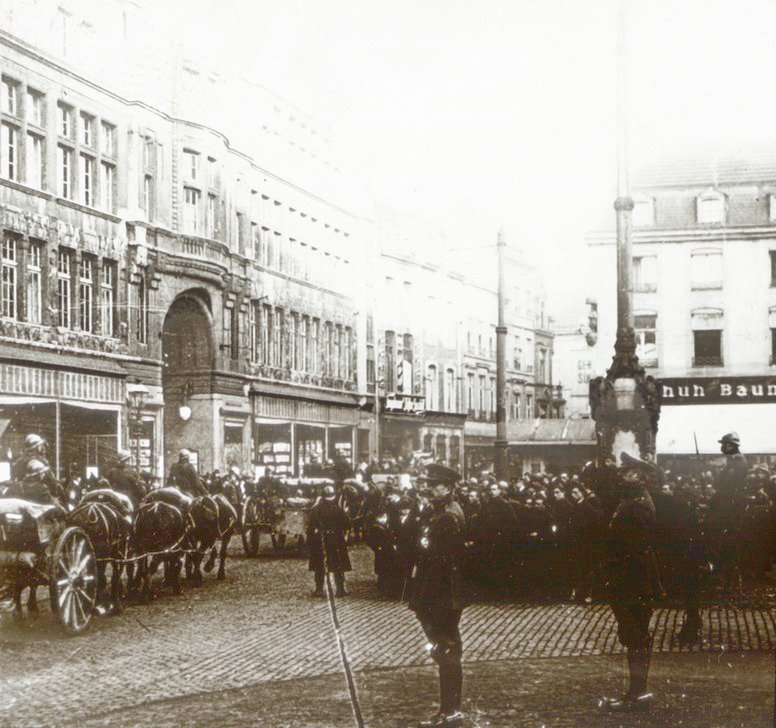
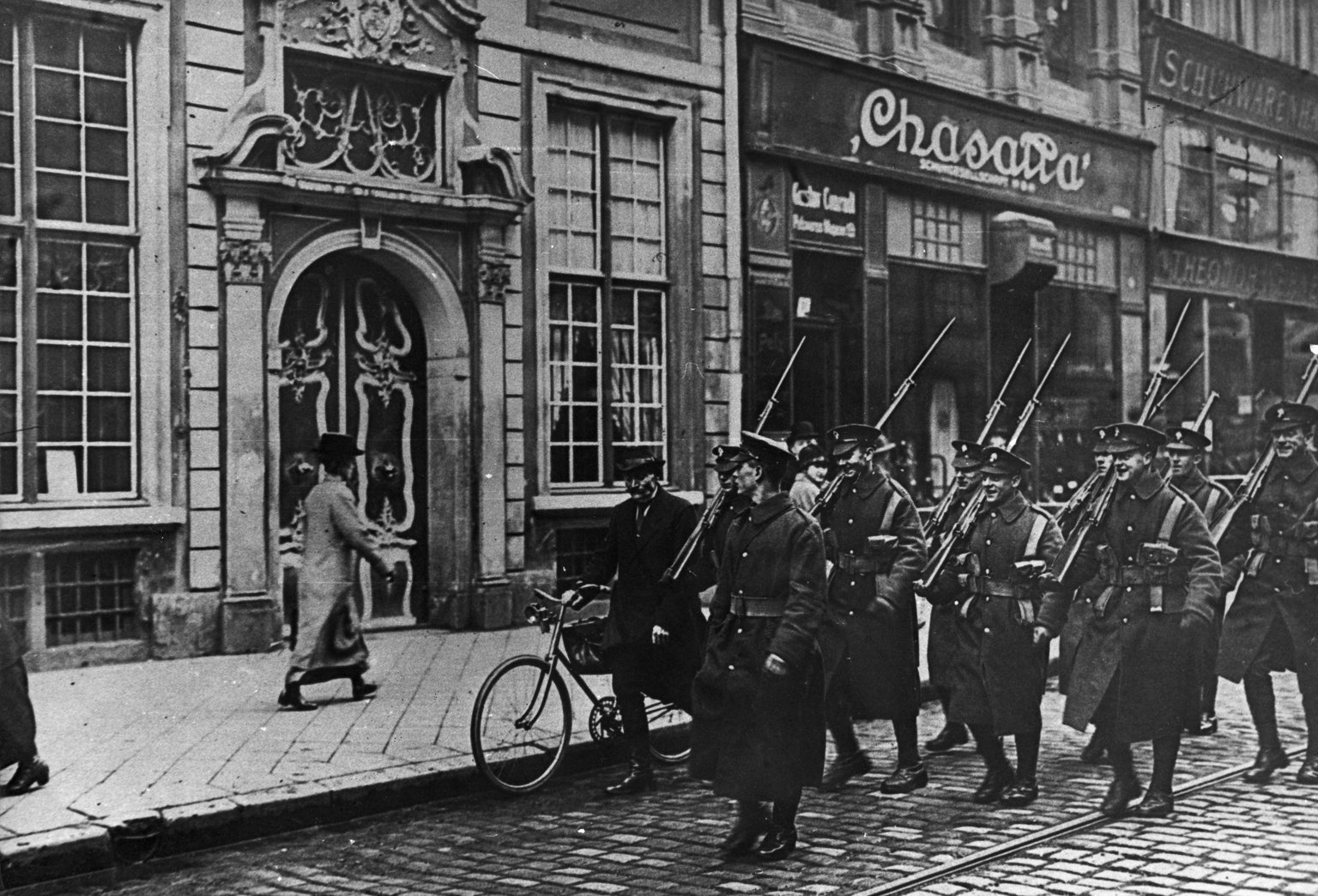
First synagogue service after the war
May 9, 1945 Amsterdam
On 9 May 1945, around one thousand surviving Jews gathered in the Portuguese Israeli Synagogue. Some had travelled many miles on foot in order to attend. Ten days later, another service was held in the Gerard Dou synagogue, the only other Amsterdam synagogue to have survived the war undamaged.
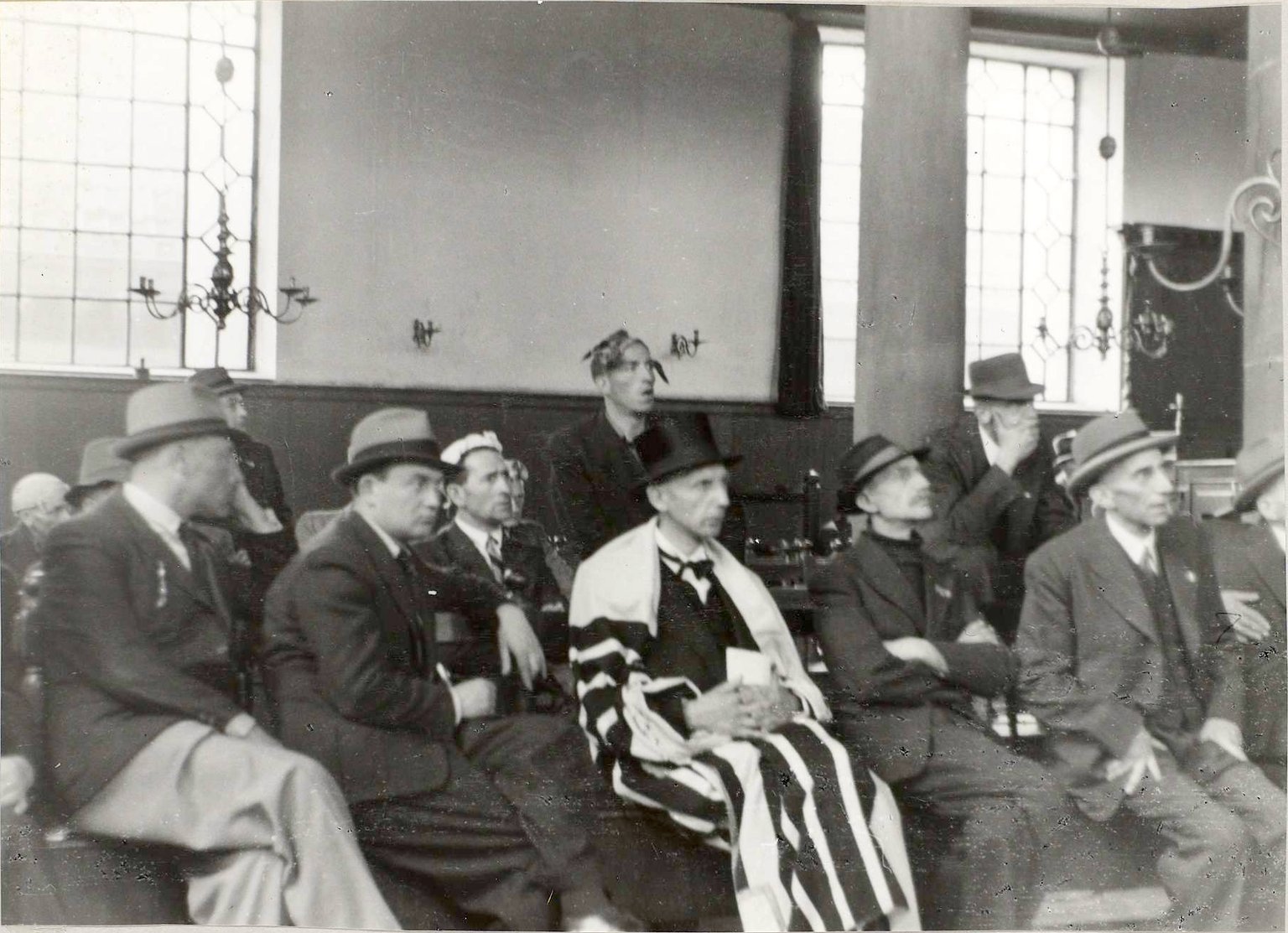

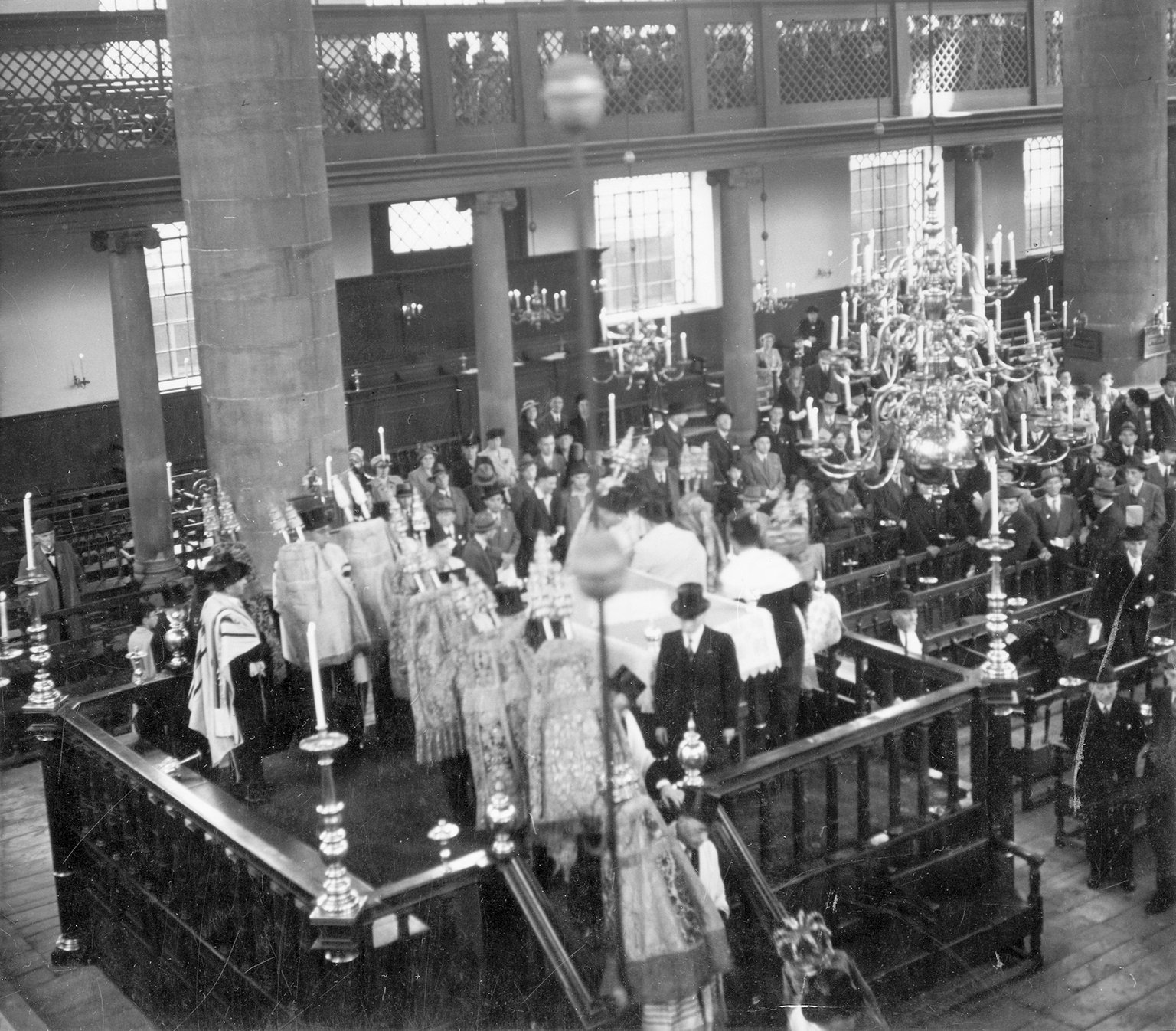
SS Negbah leaves for Israel
Oct. 6, 1948 Amsterdam
One of the first ships to carry legal immigrants to Israel was the SS Negbah. The ship left Amsterdam on 6 October 1948 with 670 passengers (from the Netherlands and other countries) who had survived the persecution of the Jews. Among them were over 500 Jewish children who had been taken care of in the Netherlands and Sweden. After 12 days, the ship arrived at Haifa, Israel. From then on, the ship sailed regularly back and forth between Amsterdam and Haifa.
During the first eight years after the Second World War, almost 4500 Jews left the Netherlands. Most of them went to the United States and Canada. Around 1500 of them went to Israel.
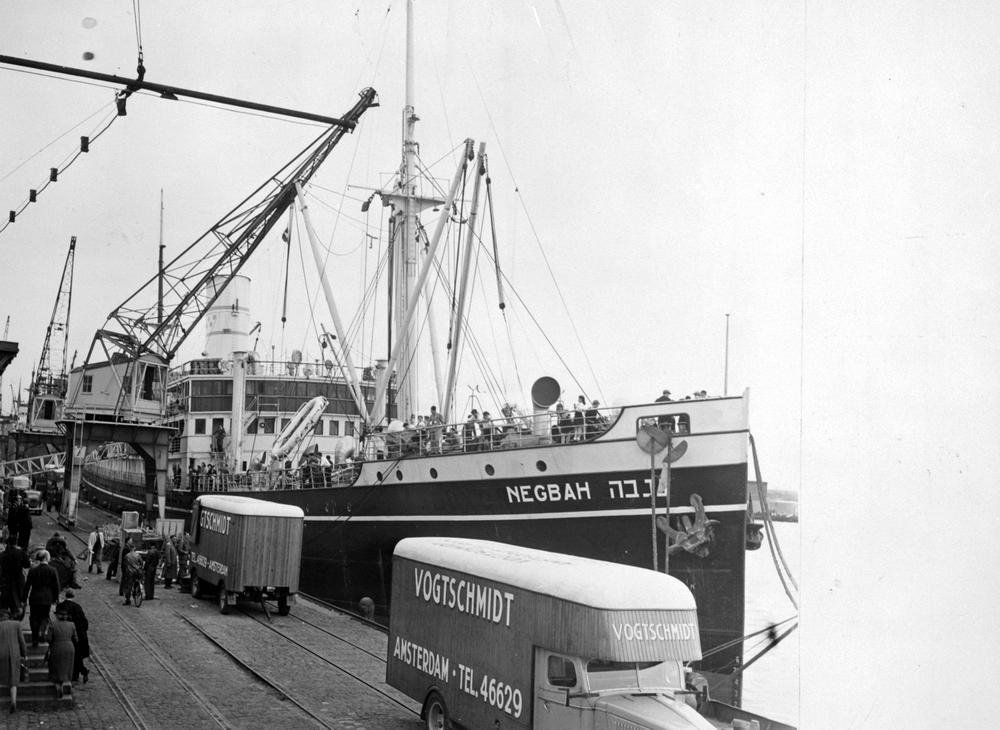
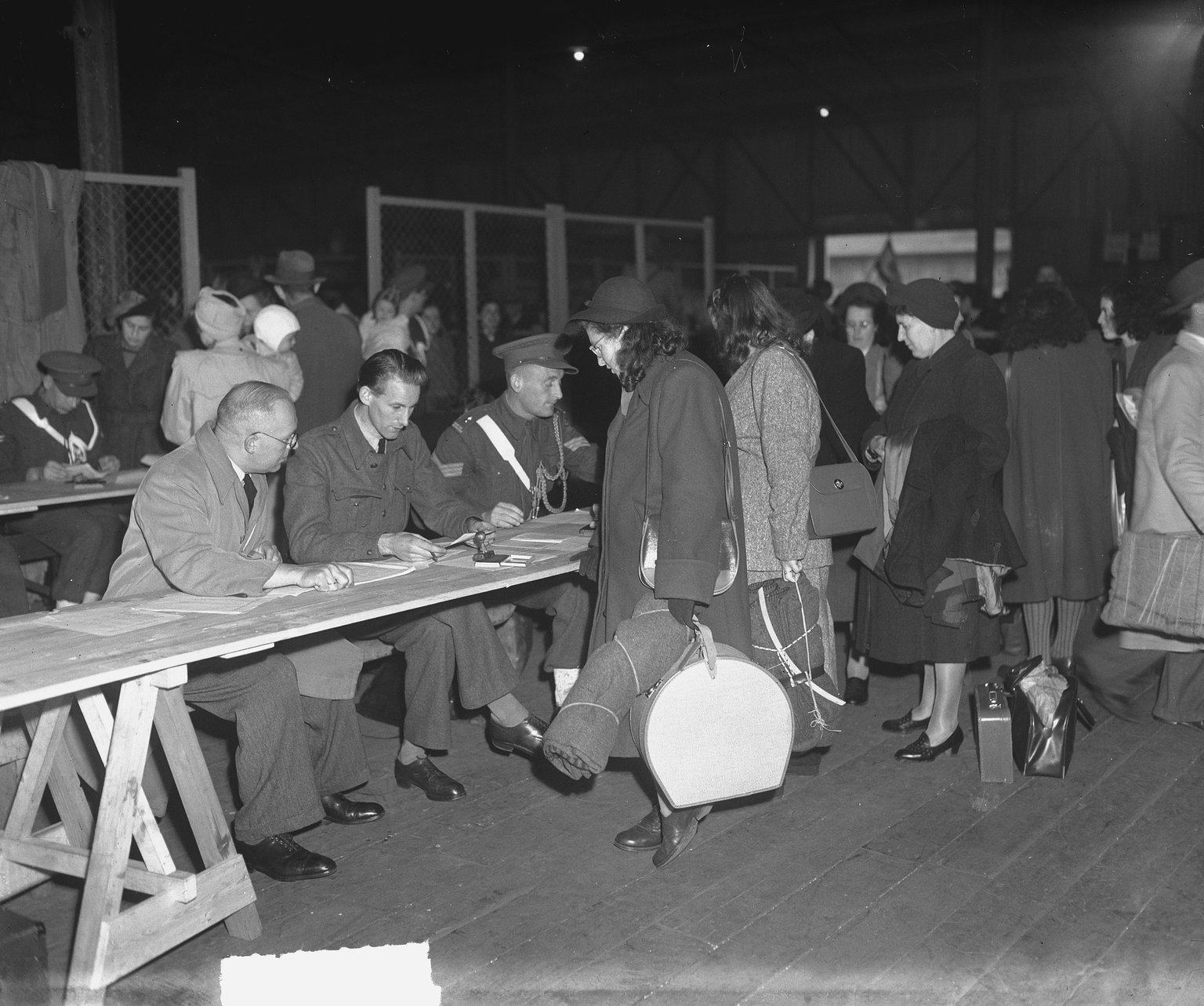
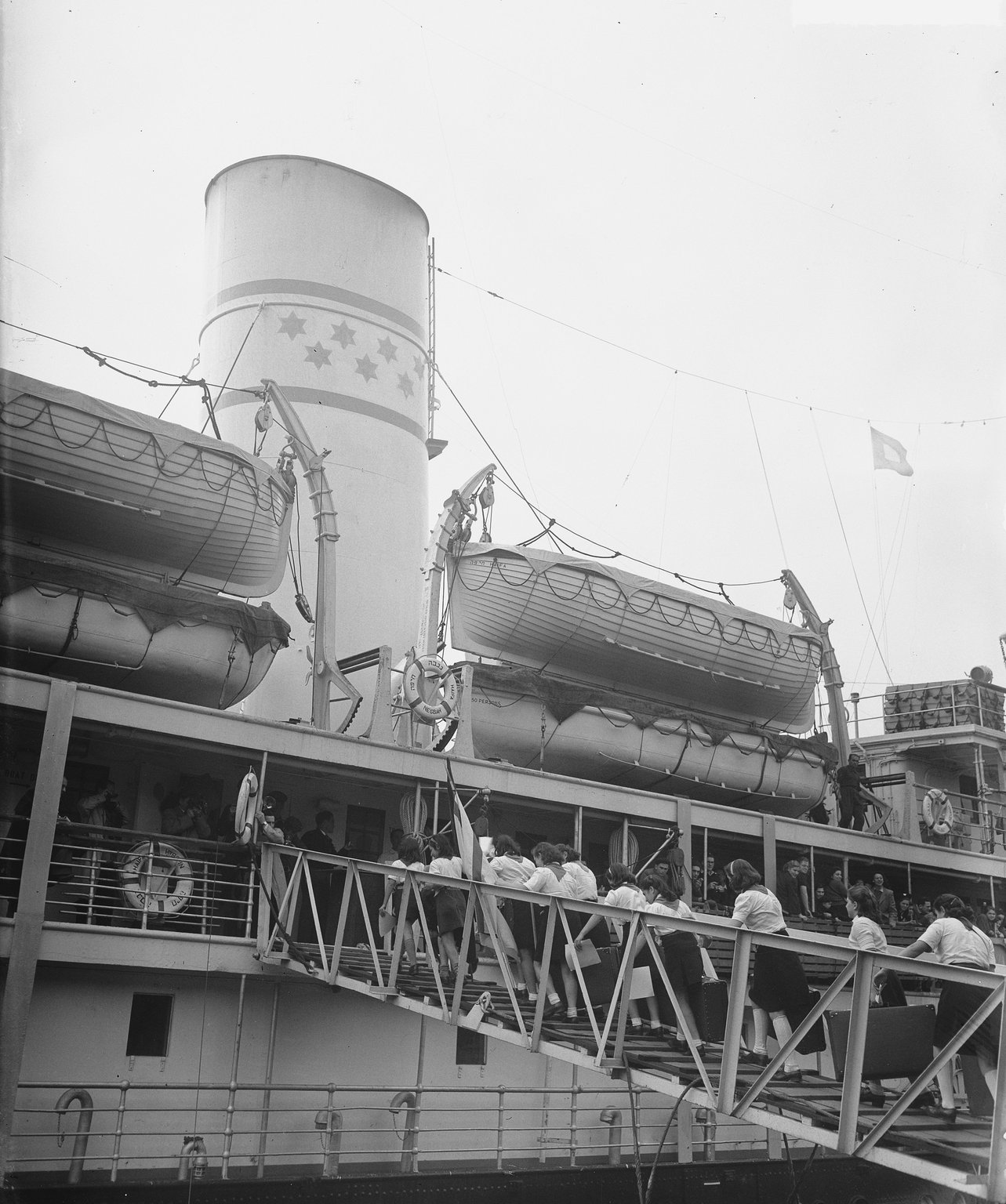
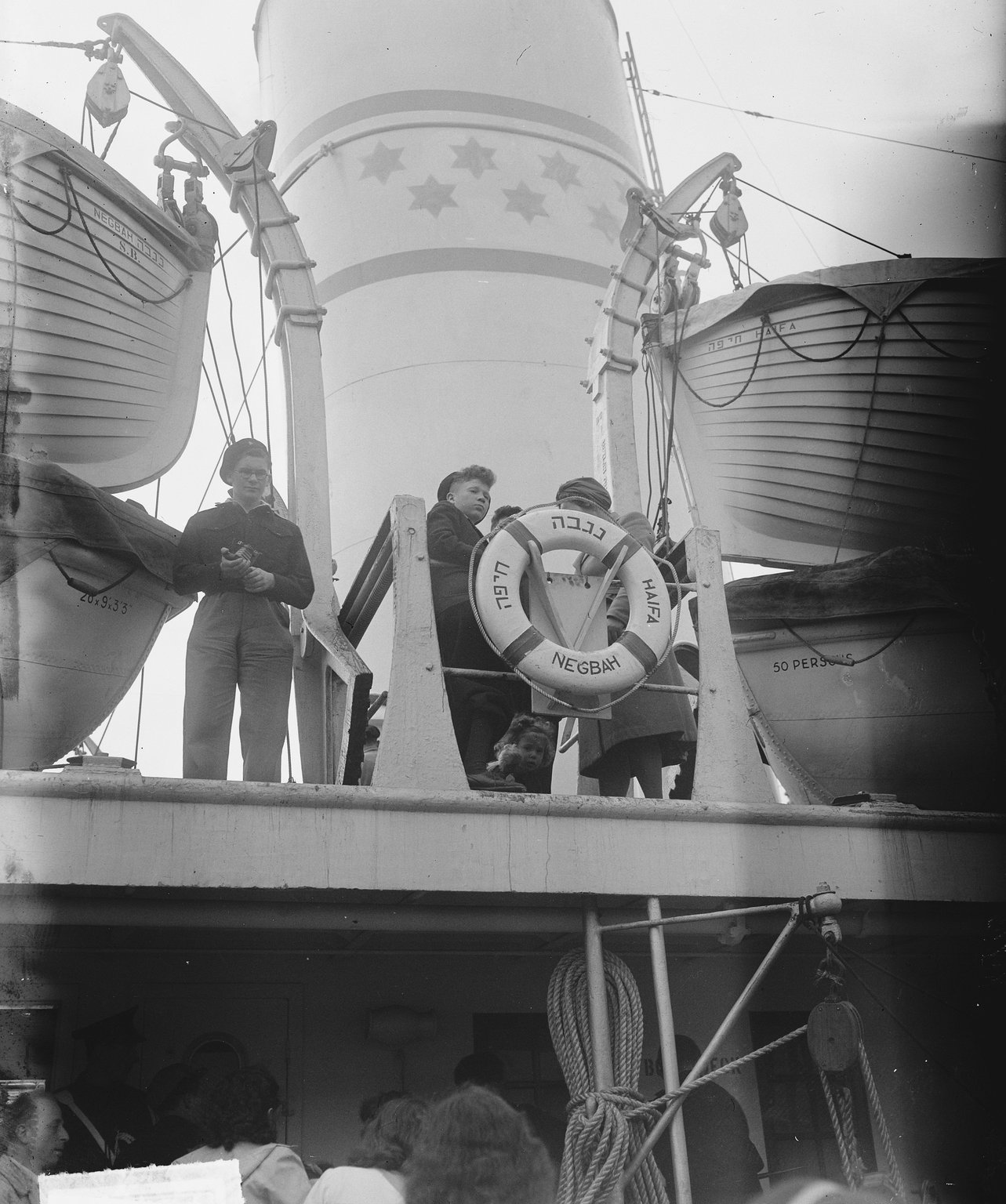
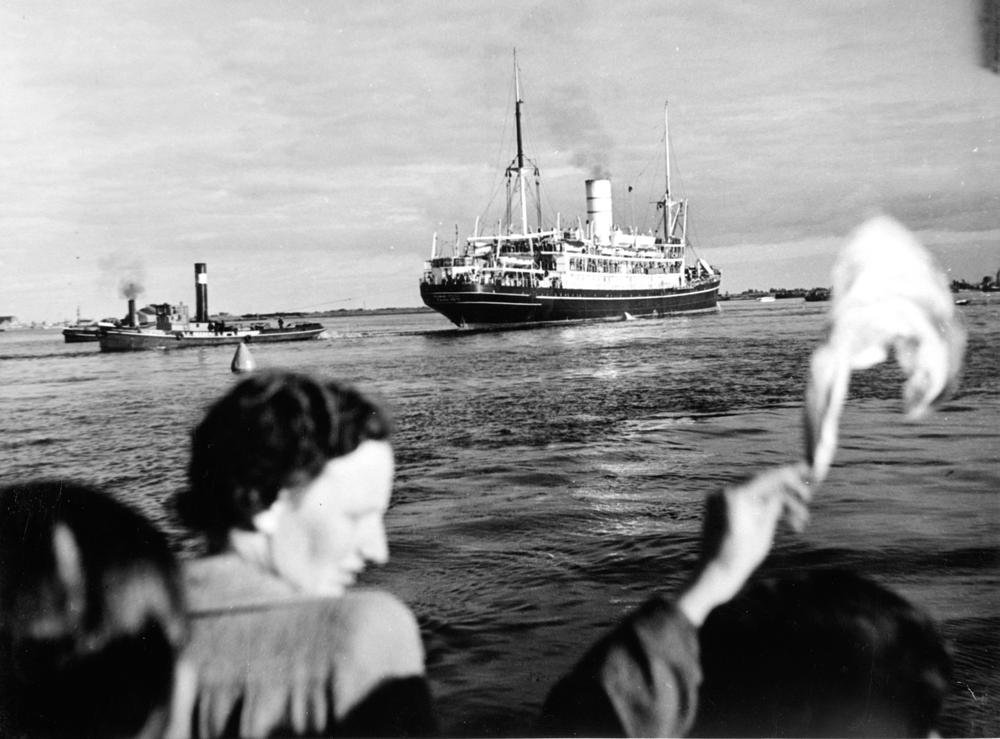
Reichstag fire
Feb. 27, 1933 Berlin
On 27 February, a fire broke out in the Reichstag, the German parliament building in Berlin. The security staff overpowered the suspected arsonist: Dutch communist Marinus van der Lubbe. The building was badly damaged, and the parliament needed a new location to convene. The Nazi leaders took advantage of the arson to deal with their political opponents: the communists and social democrats. Hitler convinced his government that the arson was part of a coup. President Paul von Hindenburg declared a state of emergency. His so-called Reichstag Fire Decree severely restricted the rights and liberties of the population. This essentially laid the basis for the Nazi dictatorship.
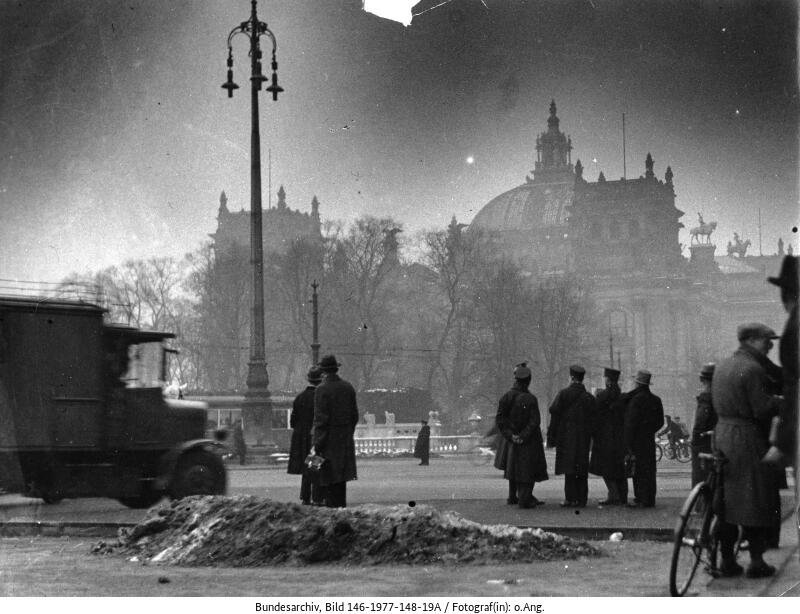
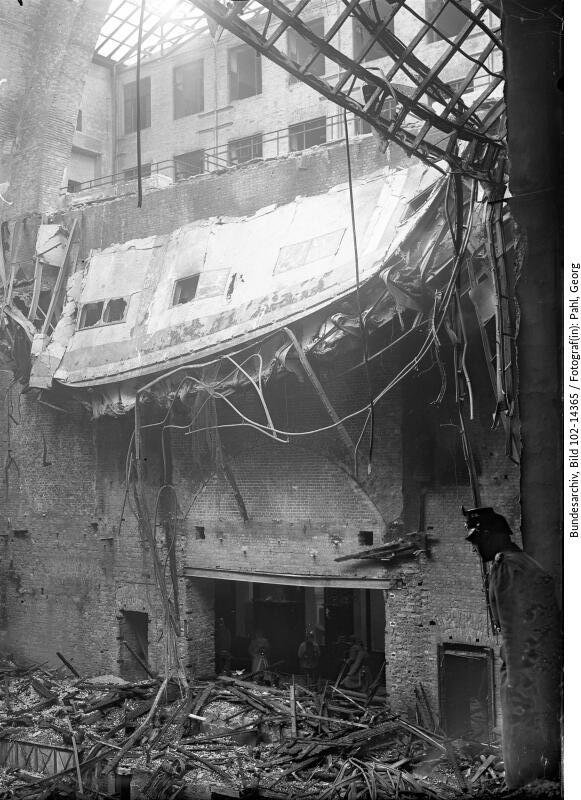
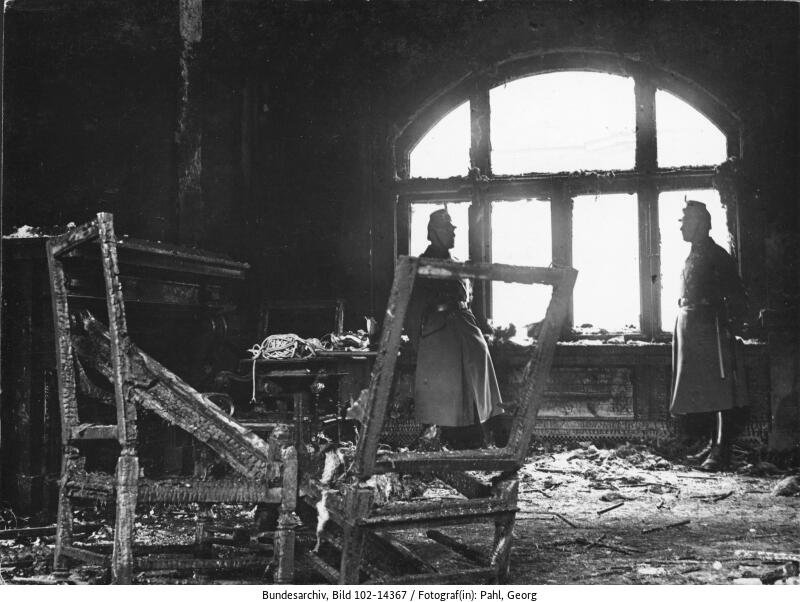
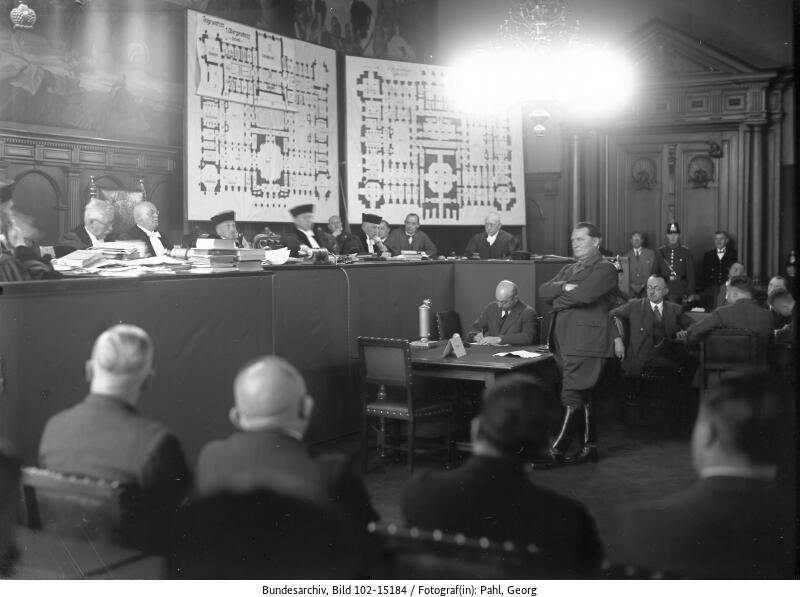
Due to the state of emergency, several rights no longer applied, such as freedom of expression, right of assembly, and confidentiality of the mail. Also, the police could arbitrarily search houses and arrest people. The Nazis used these powers to persecute their political opponents. Within a few weeks, 10,000 communists had been arrested.
Marinus van der Lubbe was unable to prove his innocence and was sentenced to death. There are indications that Nazi leader Hermann Göring started the fire with a view to blaming the communists, but this was never proven.
The construction of Dachau: The first concentration camp
March 22, 1933 Dachau
In March 1933, the Nazis opened the Dachau concentration camp near Munich. The Oranienburg concentration camp to the north of Berlin followed shortly afterwards. In Emsland, near the Dutch border, camps Esterwegen and Borgermoor were added. In these camps, the prisoners had to do labour digging up the peat.
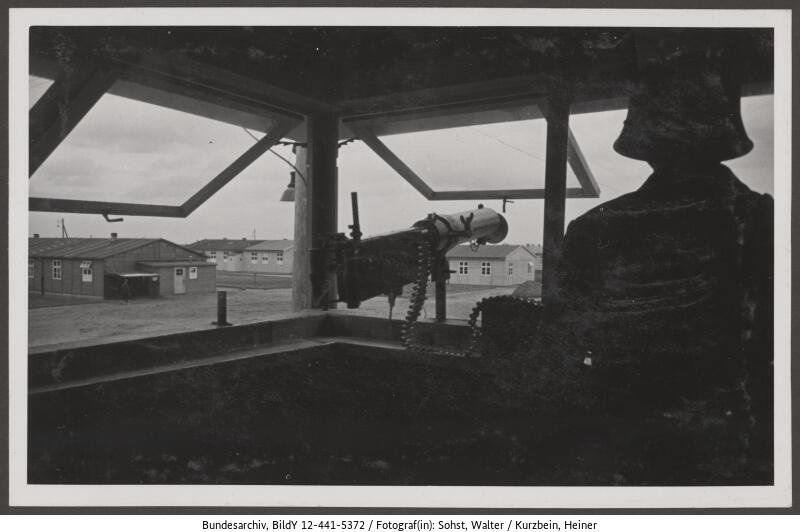
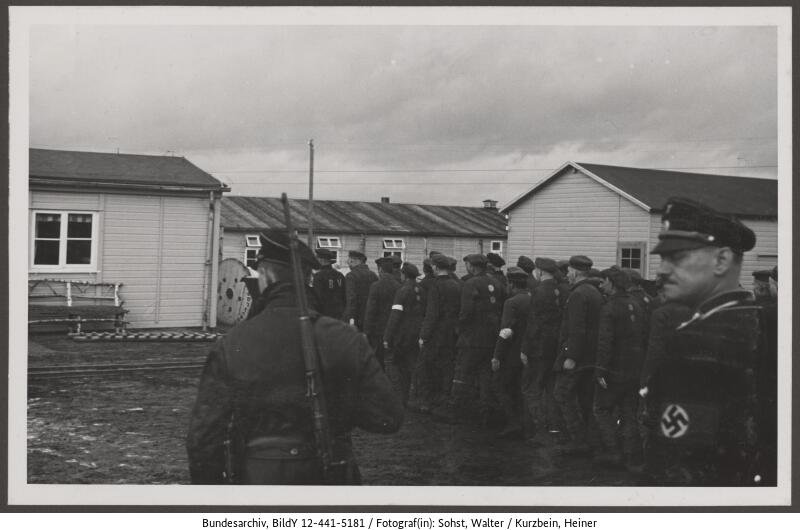
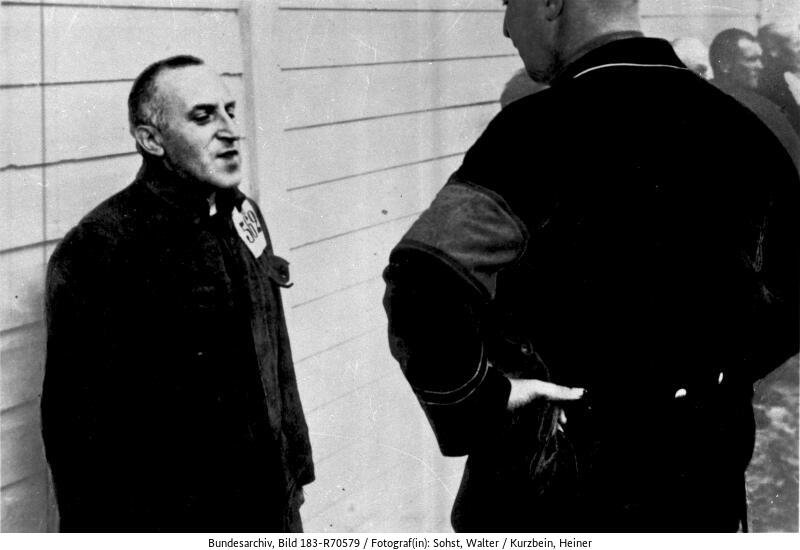
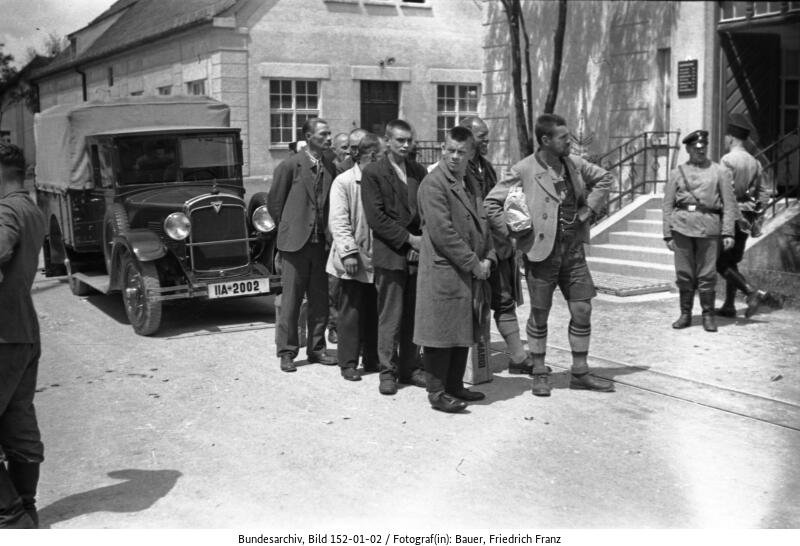
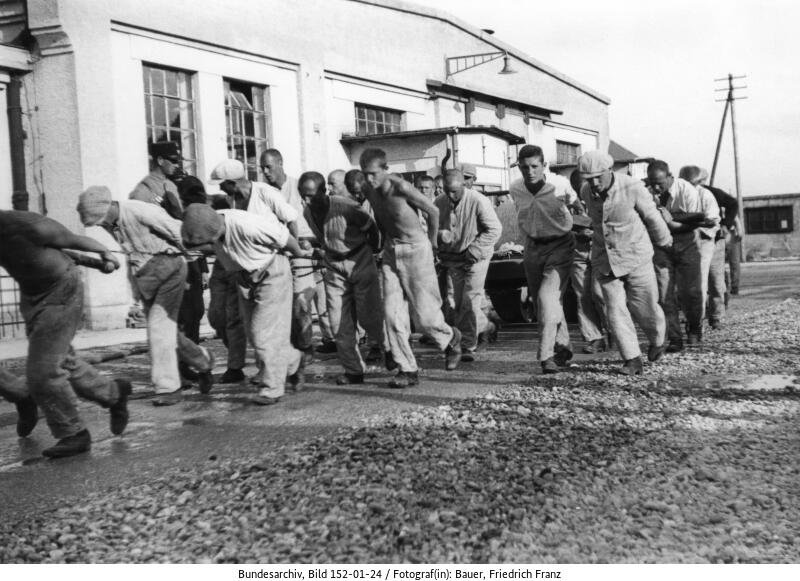
The camps were intended for the thousands of people arrested by the Nazis after Hitler had come to power. The prisons were overcrowded. In the month of April alone, tens of thousands of people were arrested. Many of them were held without being charged. The Nazis called it ‘Schutzhaft’ (preventive detention).
The concentration camps were also intended as warnings. They illustrated what happened to the people who resisted the government. Before long, stories and rumours about the abuse in the camps were spreading.
People were ill-treated, tortured, and sometimes even murdered. Jewish prisoners and well-known opponents of the Nazi regime in particular were having a hard time of it.
Book burning at German universities
May 10, 1933 Germany
On 10 May 1933, National Socialist students organised book burnings at universities all over Germany. These actions were symbolic, directed against everything that the Nazis felt did not belong in Germany. Books by Jewish, left-wing, or pacifist writers such as Sigmund Freud, Karl Marx, and Erich Maria Remarque went up in flames.
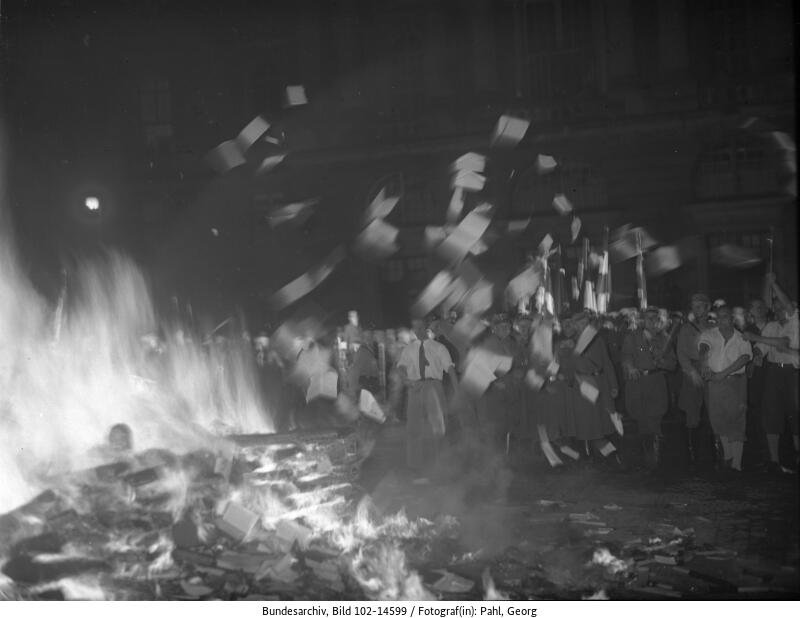
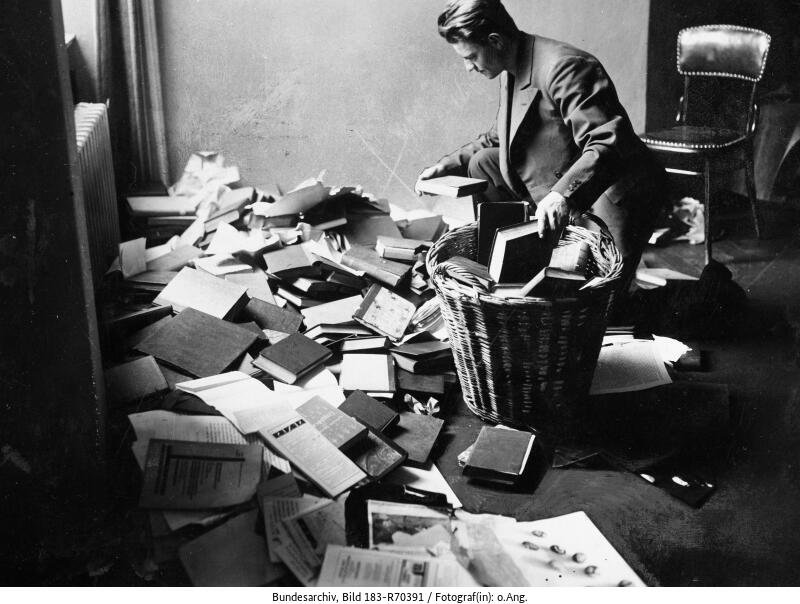
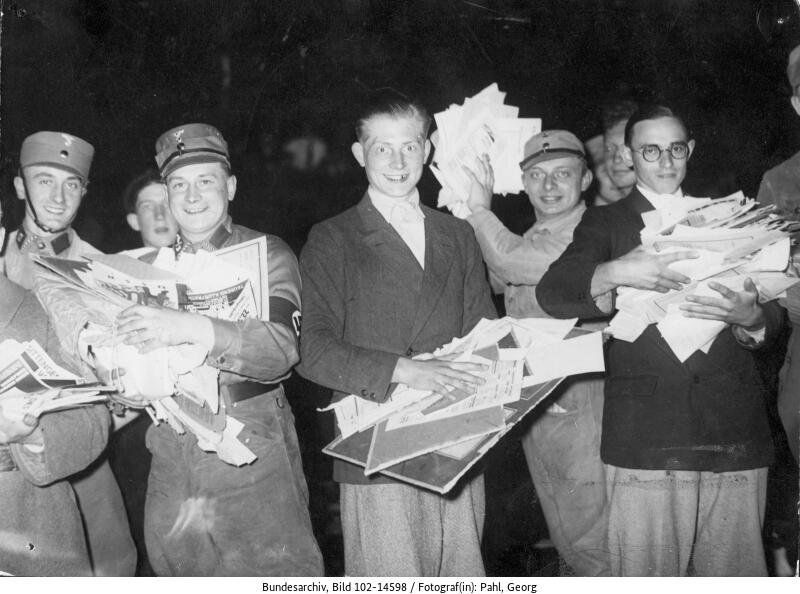
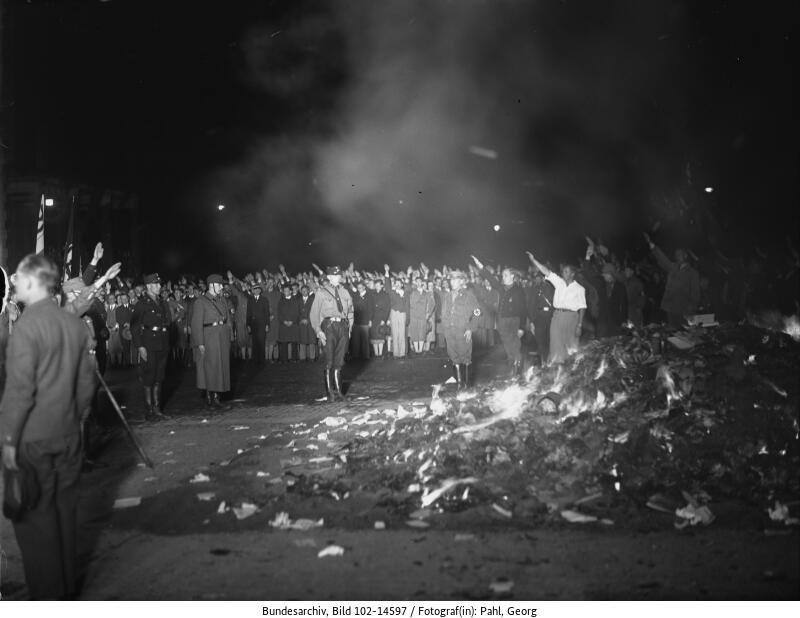
Minister of Propaganda Joseph Goebbels was one of the many people present at Opernplatz in Berlin. He watched approvingly as a student leader roared: ‘I consign everything un-German to the flames!’ According to the Nazis, everything that didn’t correspond to their ideology was un-German.
Left-wing writer Oskar Maria Graf, who had fled Germany, wrote a flaming protest from abroad. He demanded that his books be burned as well, so that they wouldn’t end up ‘in the bloody hands and depraved brains of the brown murderous gang.’
Jewish civil servants are dismissed
Nov. 21, 1940 The Netherlands
At the end of November 1940, all Jewish civil servants in the Netherlands were dismissed from their jobs. The Jews who worked for the government, the police, or the courts, as well as the Jewish teachers all lost their positions. Their dismissal had been ordered by the Nazis.
One month earlier, all Dutch civil servants had had to sign a Declaration of Aryan Origin. This declaration was used to indicate whether or not they were Jewish. That way, their superiors knew who to fire. Almost all civil servants signed the declaration.
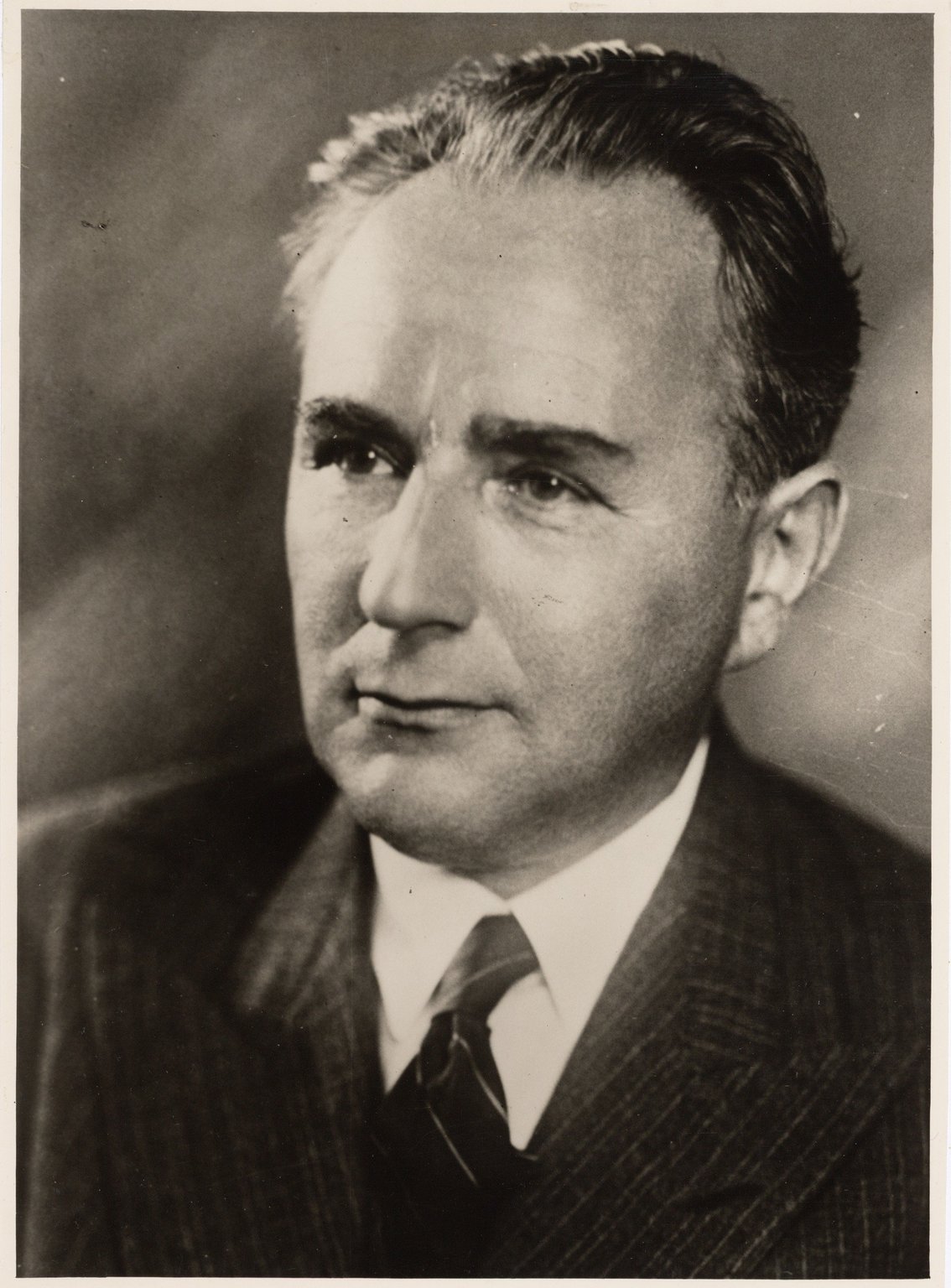
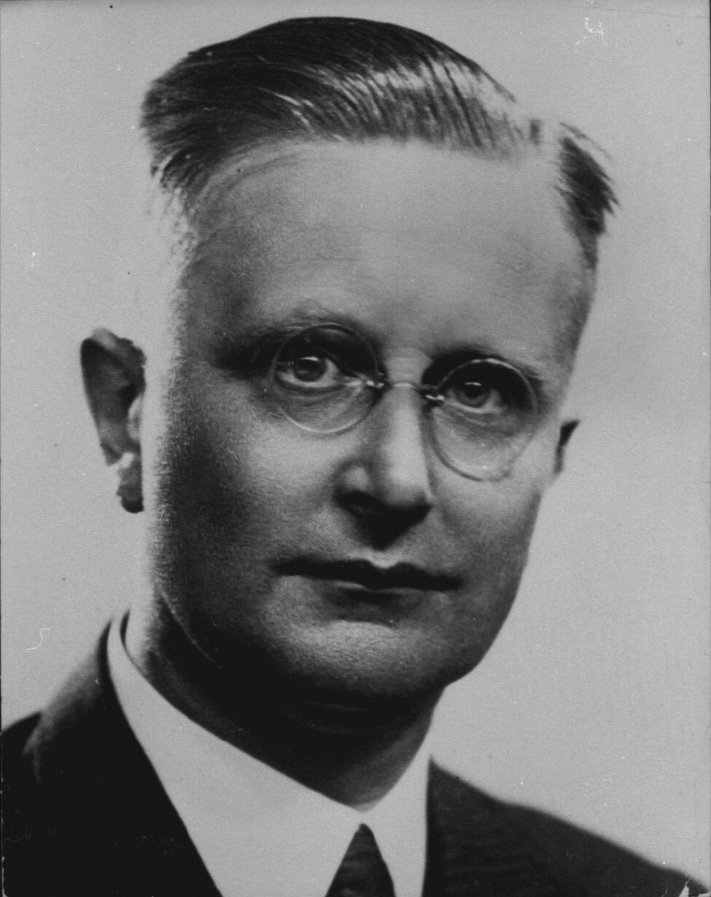
Some non-Jews protested against the dismissals. On 26 November 1940, Professor Rudolph Cleveringa delivered a speech in which he protested against the dismissal of his colleagues at Leiden University. The speech was so impressive that within a few days, it was secretly distributed throughout the Netherlands. Cleveringa was subsequently imprisoned for eight months at the Oranjehotel (the German prison in Scheveningen). He inspired many students to commit acts of resistance. Some schools went on strike and a number of churches raised their protests as well. But the measure was not reversed.
Trawniki: training camp for camp guards
July 1941 Trawniki
In July 1941, the Nazis set up a POW camp at Trawniki, a village in the General Government for the occupied Polish Region. The camp was intended for Soviet soldiers captured after the invasion of the Soviet Union.
The Soviet prisoners of war were offered a way out of captivity by cooperating with the SS as Hilfswilligen (relief troops). The ones who accepted the offer were mainly anti-communist and antisemitic Ukrainians, Latvians, and Lithuanians. They were trained in Trawniki and deployed from September 1941 onwards. As the war with the Soviet Union became less successful and the number of prisoners of war dwindled, regular civilians were recruited as well. Over 5,000 men were trained in the camp.
The Hilfswilligen helped the Nazis with the raids and the evacuation of the ghettos in occupied Poland. They were involved in actions against the partisans and supported the Einsatzgruppen. They worked as guards in the extermination camps and operated the killing facilities there.
From the summer of 1942 onwards, Jewish forced labourers were imprisoned in the camp. They had to endure the cruel treatment by the camp leadership and their disciples.
In July 1944, the camp was abandoned by the Nazis and discovered by the Soviet army.
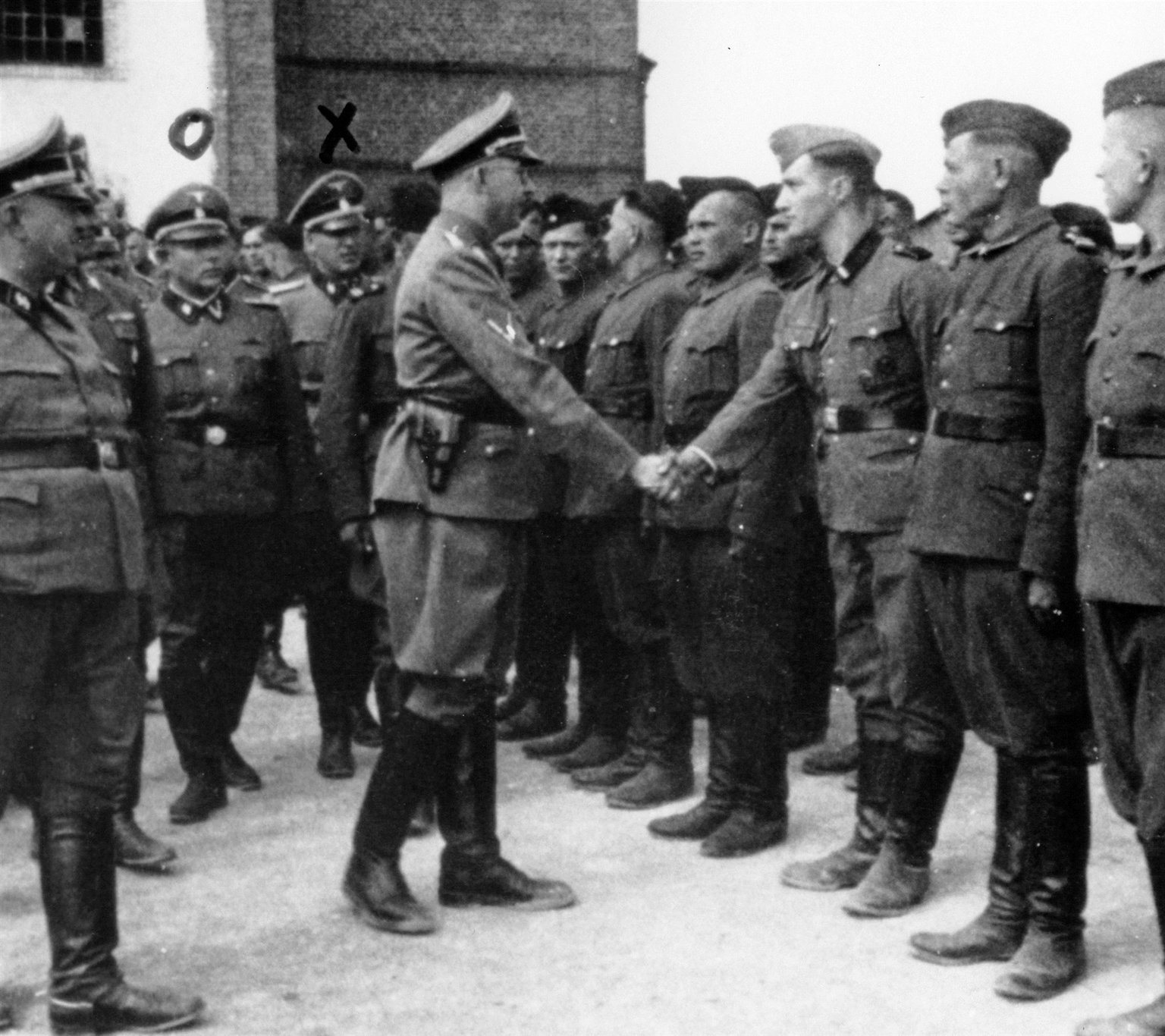
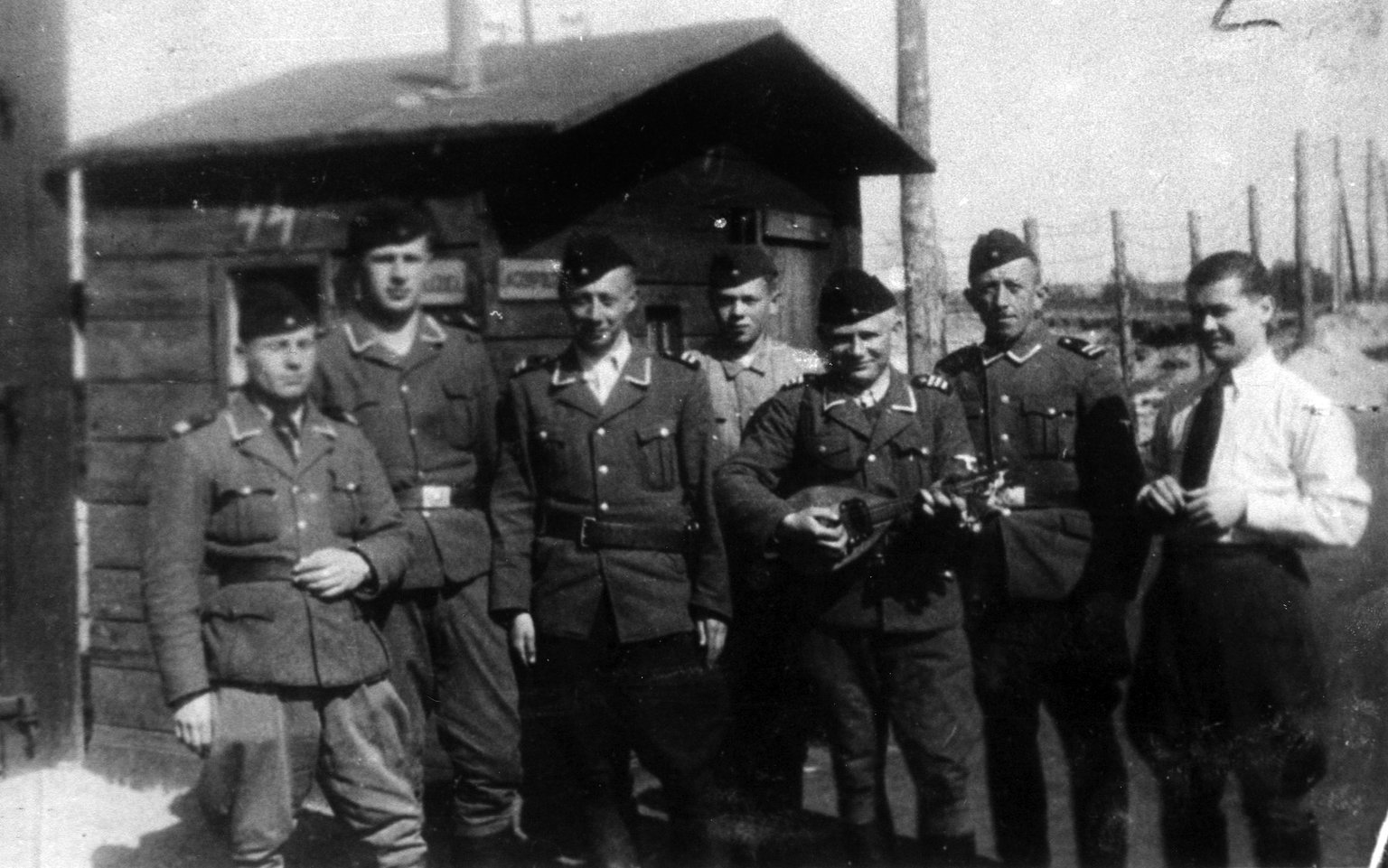
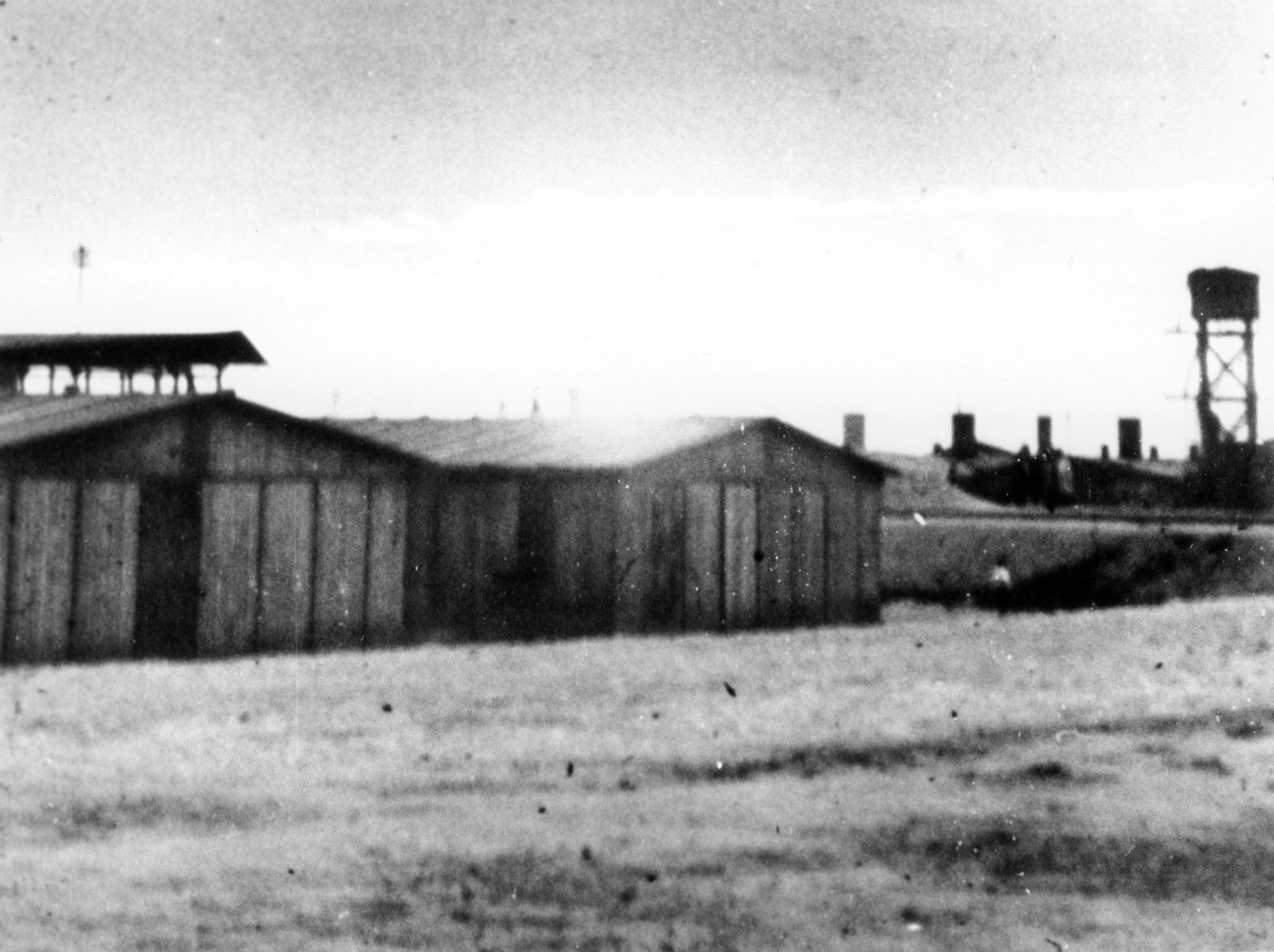
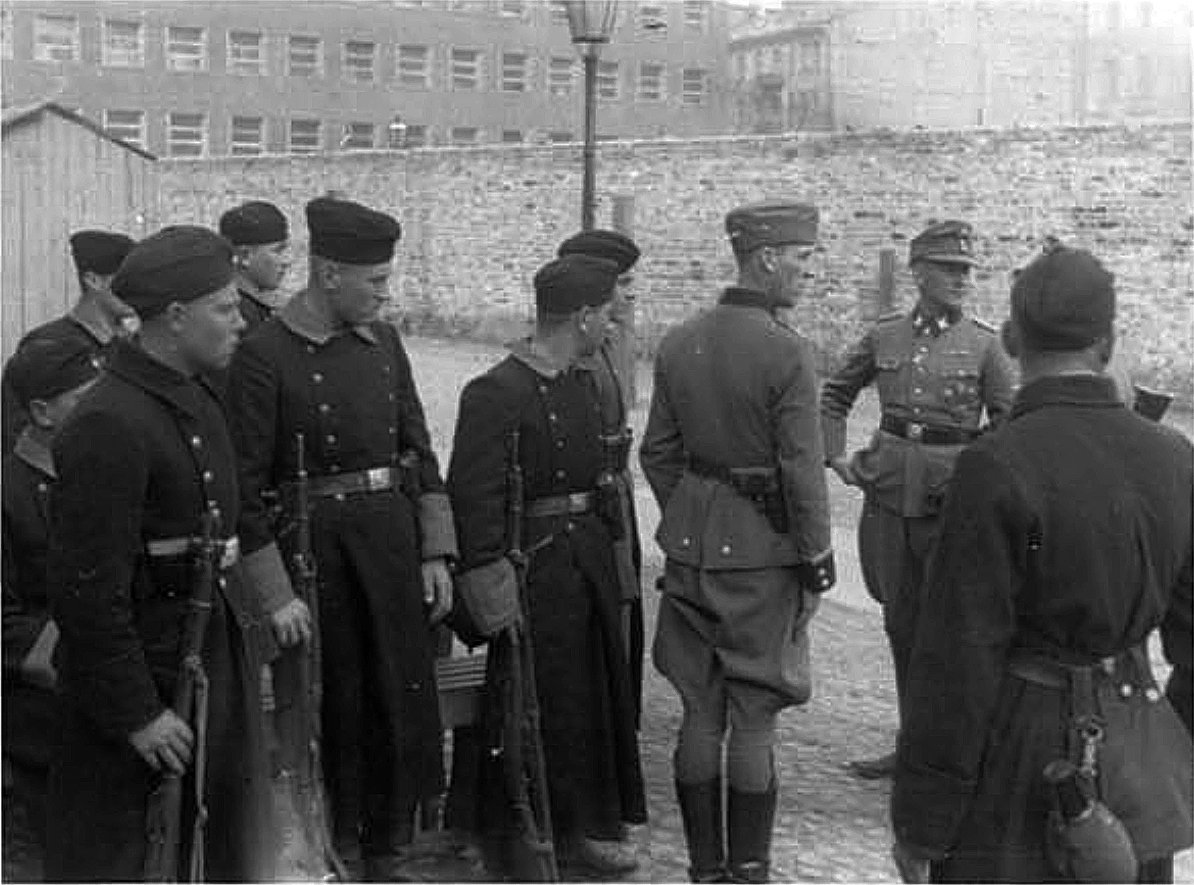
American military cemetery at Margraten
Nov. 10, 1944 Margraten
At the end of 1944, the US Army was preparing its advance on Berlin. Because the army command expected a large number of casualties and they did not want to bury their soldiers in enemy soil, they started looking for a place in the Netherlands where they could create a war cemetery. They found a place in the municipality of Margraten, which had already been liberated on 13 September.
On 10 November 1944, the first casualties were buried there. Some days, as many as five hundred soldiers would be brought in. The local population helped digging the graves. German soldiers were buried in a separate section of the cemetery. By May 1945, almost 17,000 soldiers had been buried at Margraten.
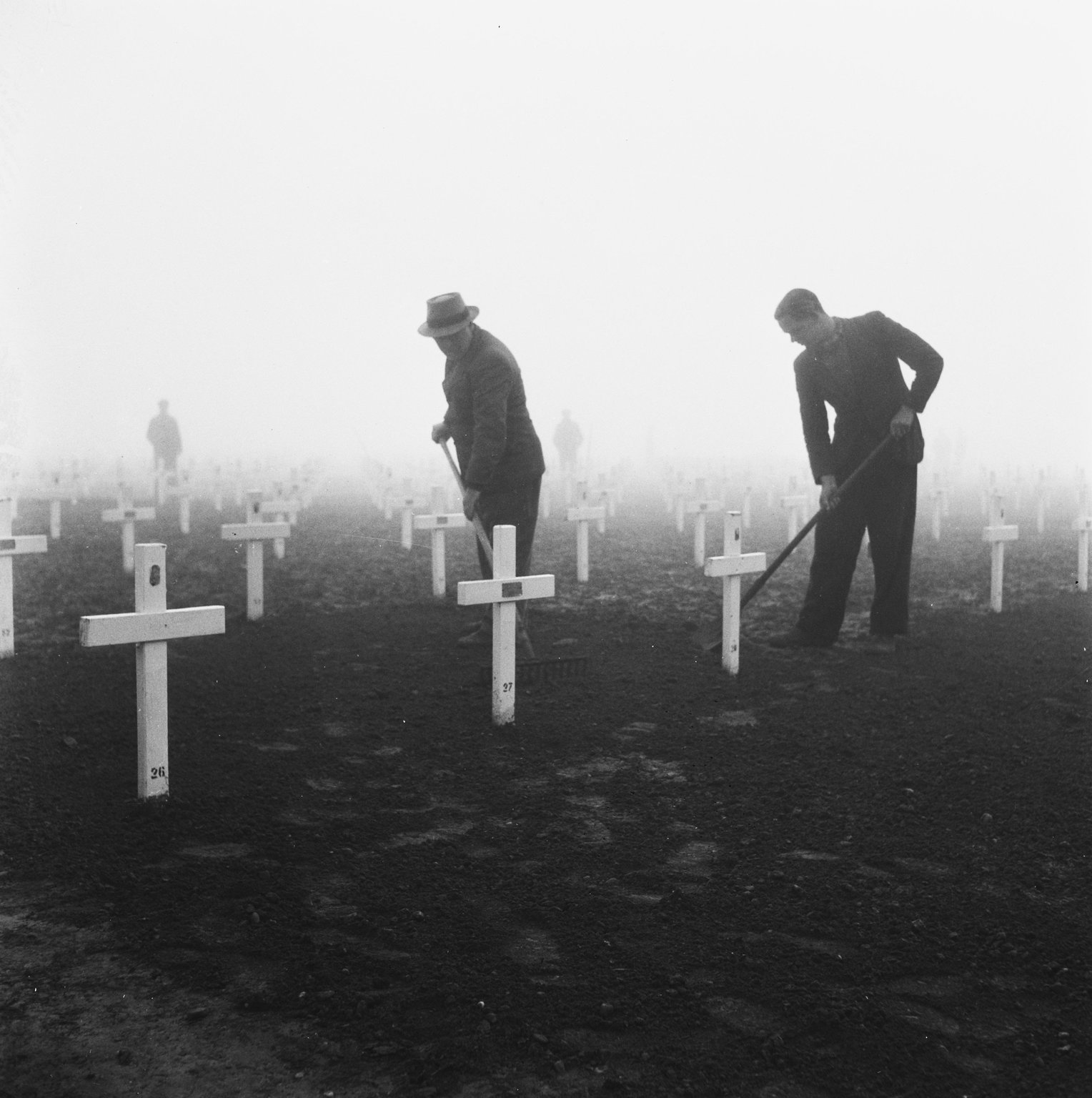
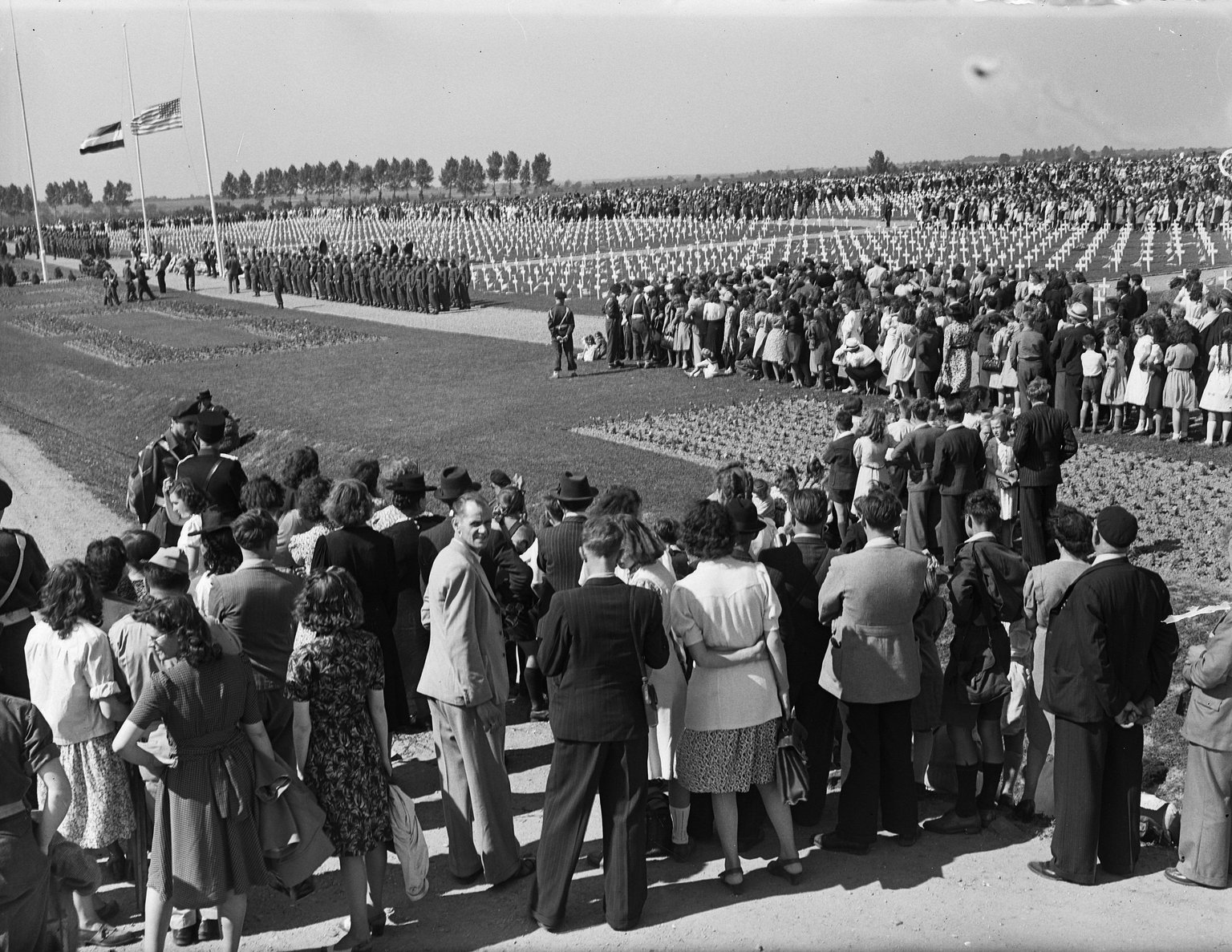
After the war, many soldiers were reburied in the United States. These days, there are still 8,301 soldiers in graves with identical white crosses or Stars of David (for Jewish soldiers). In addition, there is a wall commemorating 1,722 missing soldiers.
In gratitude for their role in the liberation, the Dutch government has given the land on permanent loan to the United States.
Auschwitz becomes a museum and a memorial site
June 14, 1947 Oświęcim
On 14 June 1947, a museum opened on the site of the former Auschwitz concentration camp. Several buildings across the campgrounds provide information about life in the camp. The museum pays ample attention to the more than one million people who died in the camp. Large piles of suitcases, shoes, glasses, and other belongings of murdered Jews can be seen here. In the first year, the museum welcomed 170,000 visitors. Nowadays, it receives over two million visitors a year.
In the 1960s, the museum was expanded with national exhibitions. They focused on the persecution of the Jews in various European countries.
In Auschwitz-Birkenau, the second location of the camp, a memorial was erected in 1967. On this large site, the prisoner barracks, other buildings, and ruins of the gas chambers still remain.
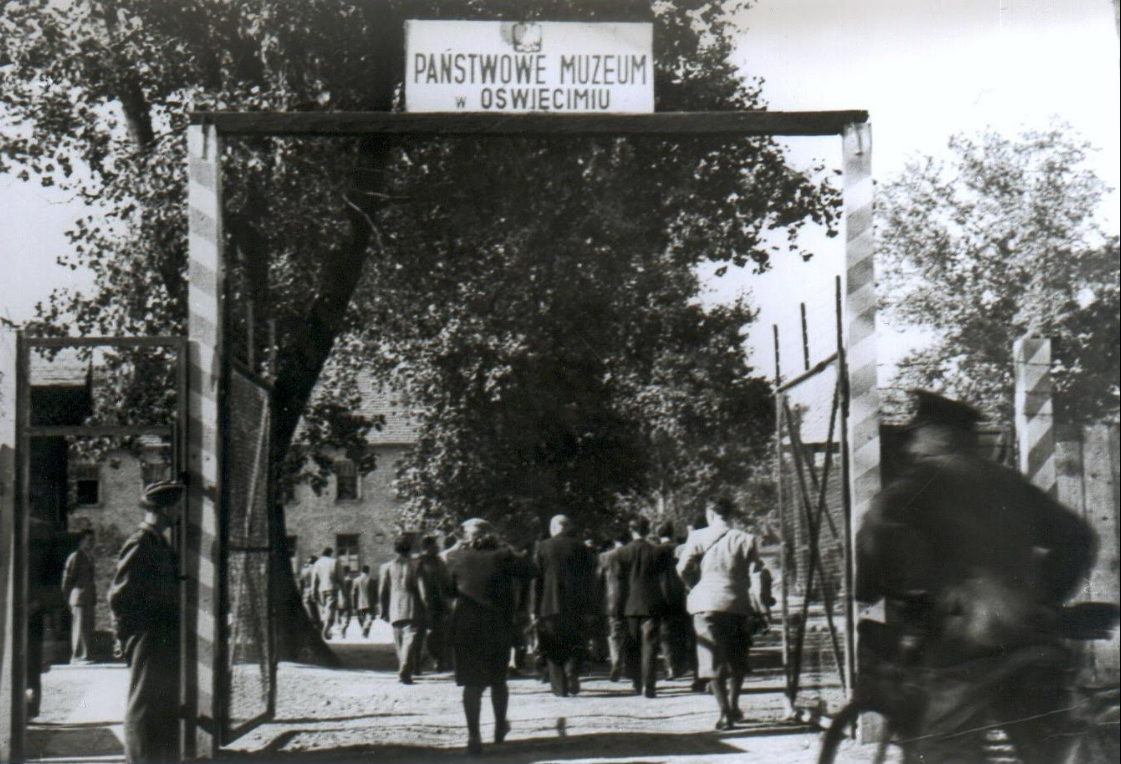
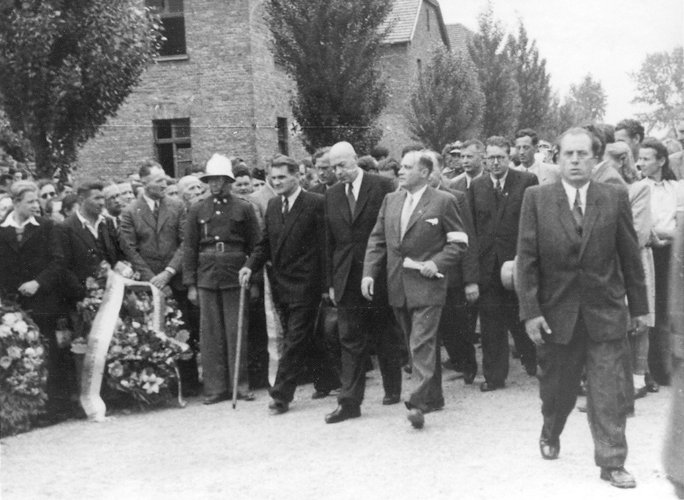
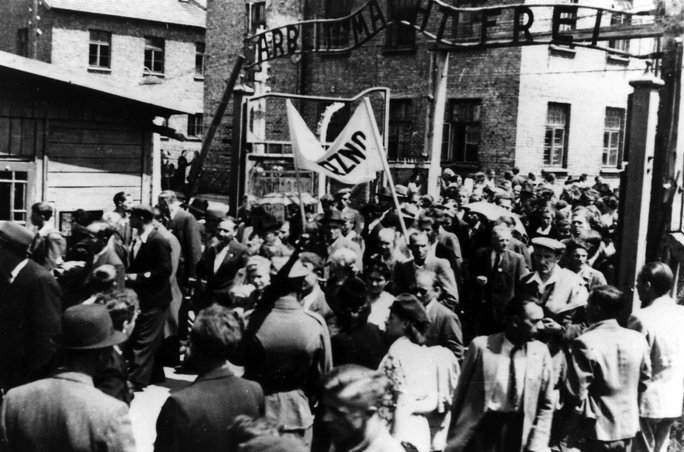
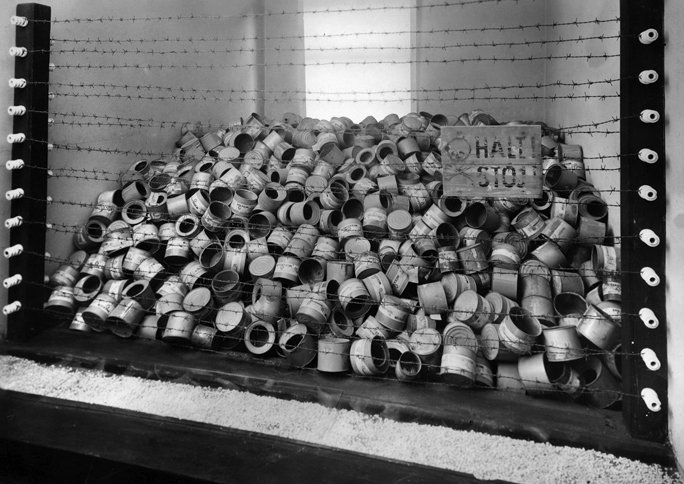
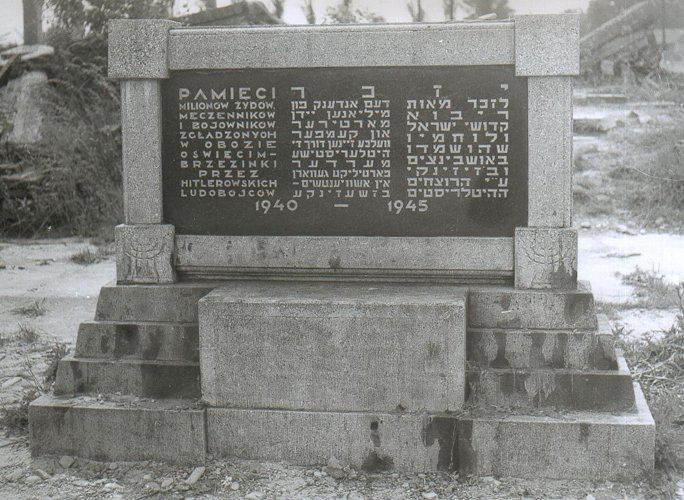
Tribute to the February Strike
Dec. 19, 1952 Amsterdam
On 1 December 1952, the Dockworker statue was unveiled, representing a brave dockworker. It was erected to commemorate the February Strike of 1941, which was organised to protest against the deportation of the Amsterdam Jews. The statue is located in the middle of the Jewish quarter of Amsterdam, at Jonas Daniël Meijerplein, where the first Dutch raids took place on 22 and 23 February 1941.
The text on the pedestal reads:
February Strike 1941
Act of resistance of the
citizens to protest the
persecution of the Jews by
the German occupying forces
Every year on the 25th of February, the February strike is commemorated in this square.
Unveiling of ‘The Destroyed City’
May 15, 1953 Rotterdam
Thirteen years after the German bombardment of Rotterdam, J.M. van Walsum-Quispel, the wife of mayor Van Walsum, unveiled the sculpture 'The Destroyed City' by the French artist Ossip Zadkine.
The mayor said that 'this statue is intended to preserve throughout the ages the memory of one of the lowest points in the history of our city and our people.'
According to Zadkine, the figure symbolises 'a city without a heart', because the centre of Rotterdam was destroyed during the bombardment.
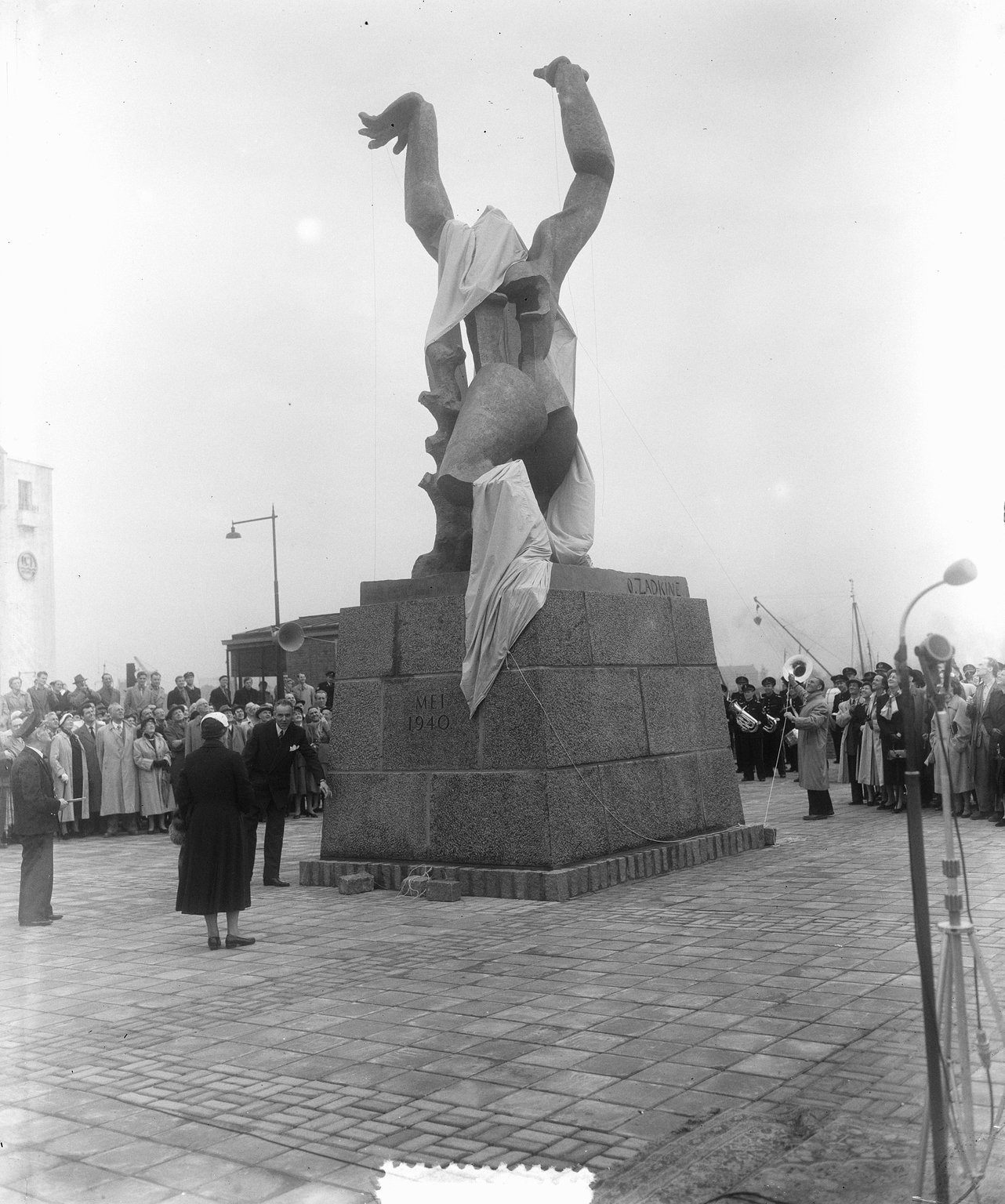
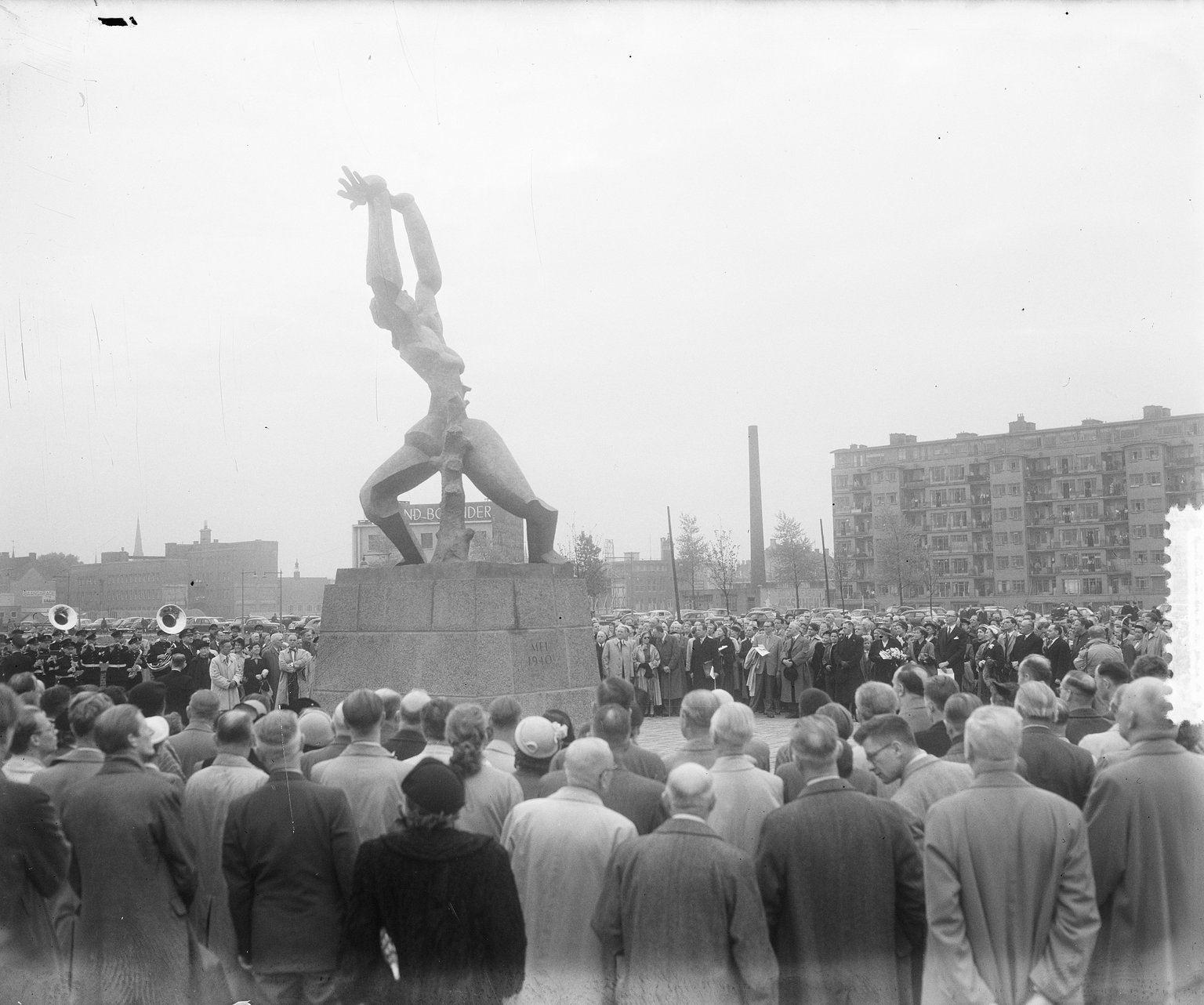
Foundation of Yad Vashem
July 29, 1954 Jeruzalem
On 19 July 1954, the construction of Yad Vashem started in Jerusalem, the capital of Israel. It is an official memorial centre to commemorate the victims of the persecution of the Jews by the Nazis and their accomplices in Europe. Yad Vashem collects documents and testimonies, conducts research, and provides information about the history of the Holocaust, for instance by organising exhibitions.
Yad Vashem also honours those who saved or helped Jews during the Holocaust. They receive the title of ‘Righteous Among the Nations’, a medal, a certificate, and have their name chiselled in a memorial wall.
At Otto Frank's request, Miep and Jan Gies, Johannes Kleiman, Victor Kugler and Elly van Wijk-Voskuijl, the helpers of the people who lived in hiding in the Secret Annex, were honoured with this title as well.
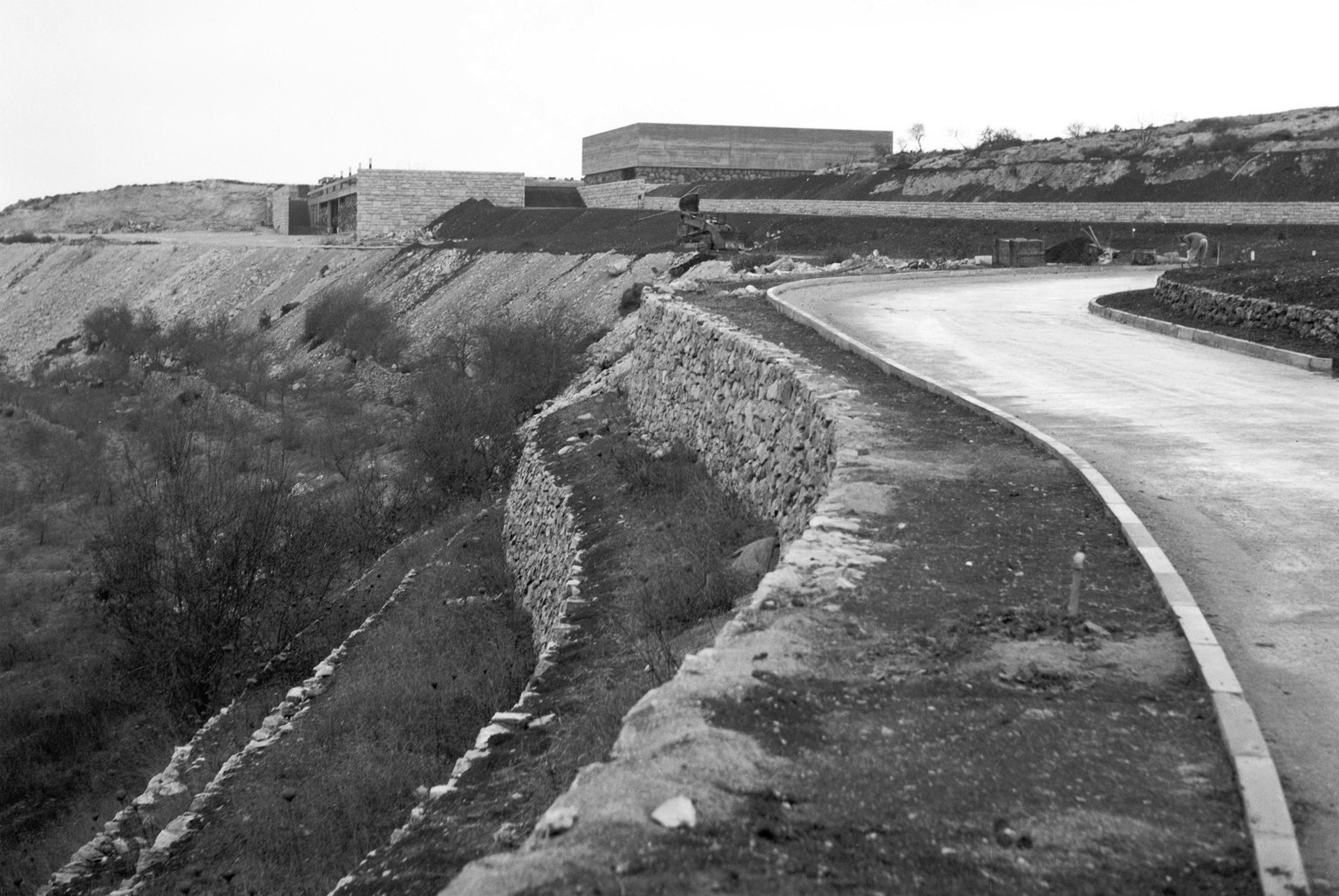
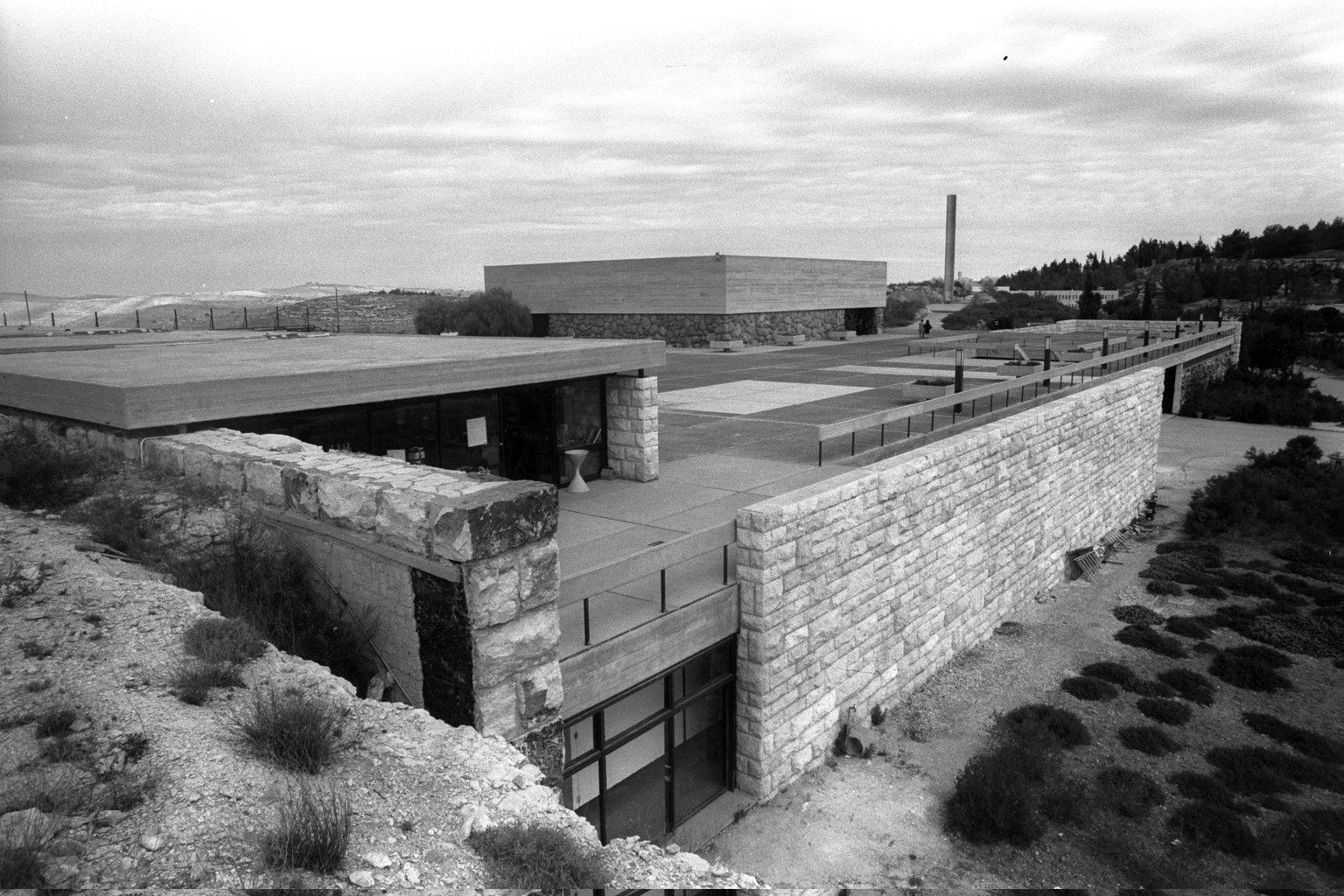
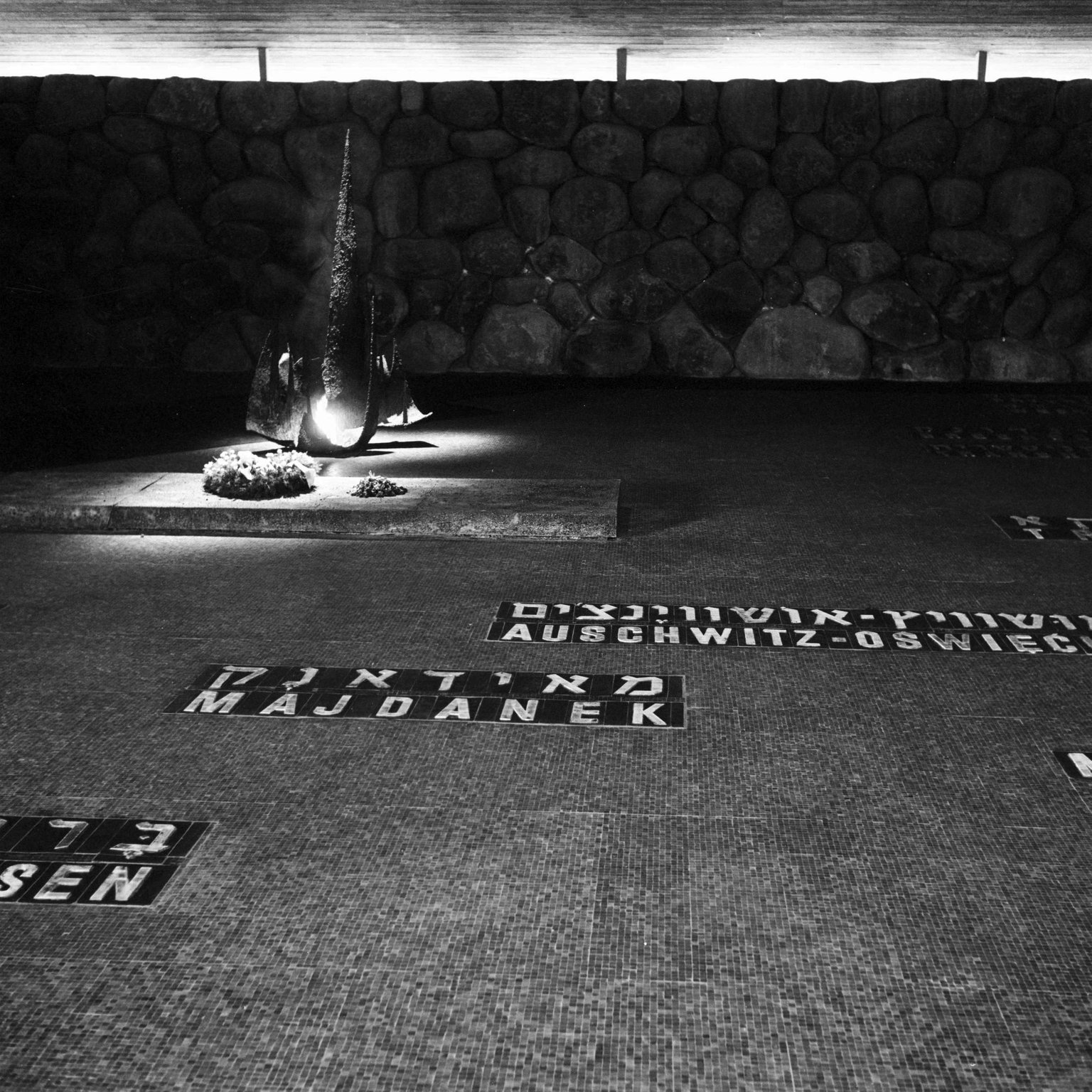
Otto Frank starts a lawsuit in defence of the diary
April 1959 Lübeck
In early 1959, Otto Frank brought legal action against the German teacher Lothar Stielau. This right-wing extremist had written in his school’s newsletter that Anne Frank's diary was a forgery. After an investigation into the authenticity of the diary, the court ruled that the diary was genuine. Stielau retracted his remarks and came to a settlement with Otto Frank.
This was the first, but by no means the last time Otto had to go to court to defend Anne's diary against similar accusations.
There are several reasons why people claim that the diary is not real. One of the main reasons is that they are trying to prove that the Holocaust never took place. By casting doubt on the testimonies, they hope to show that the Nazis were not as bad as they are portrayed. They often use seemingly scientific arguments that are difficult to check for lay people. However, historians have no doubts about the reality of the murder of six million Jews during the Second World War.
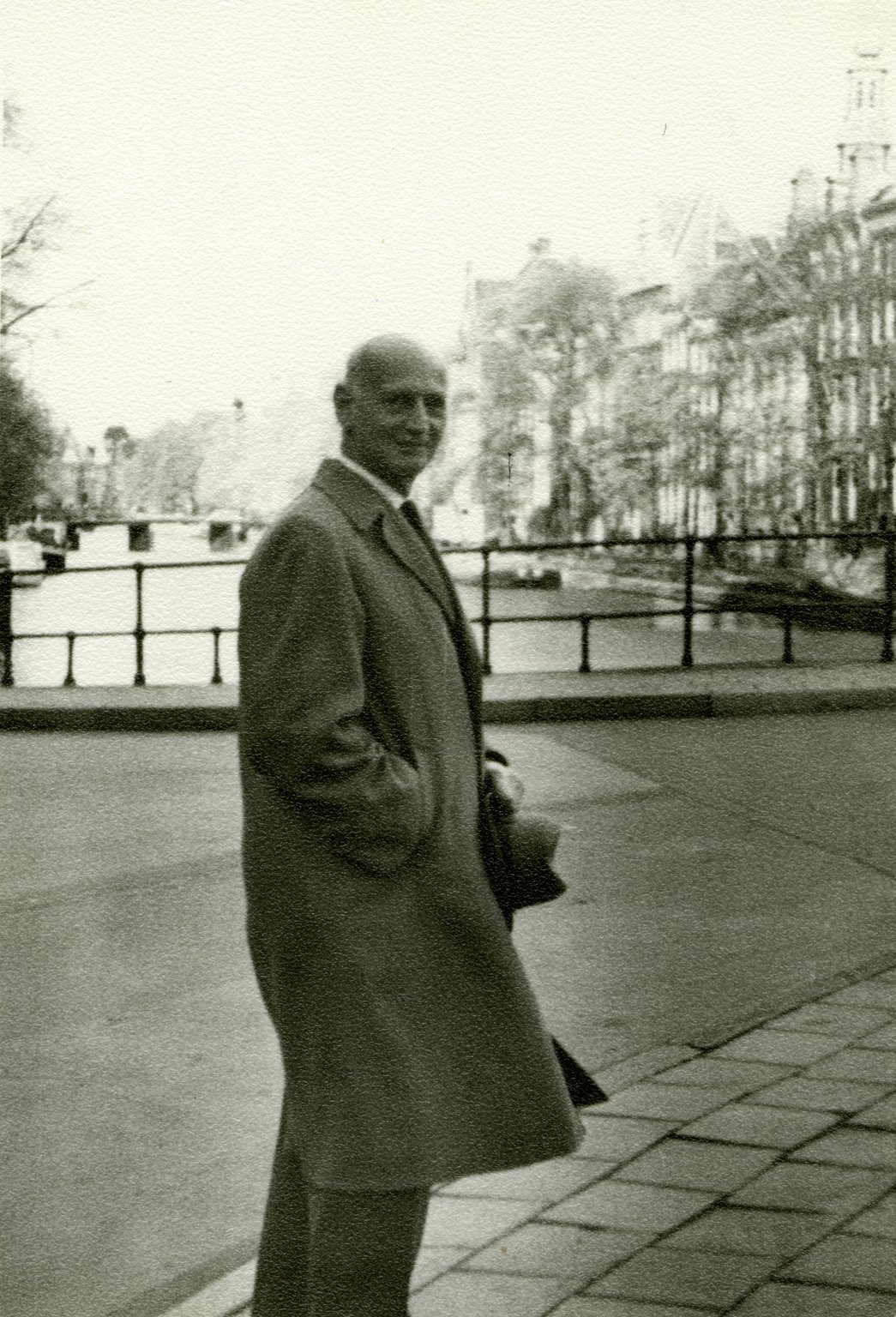
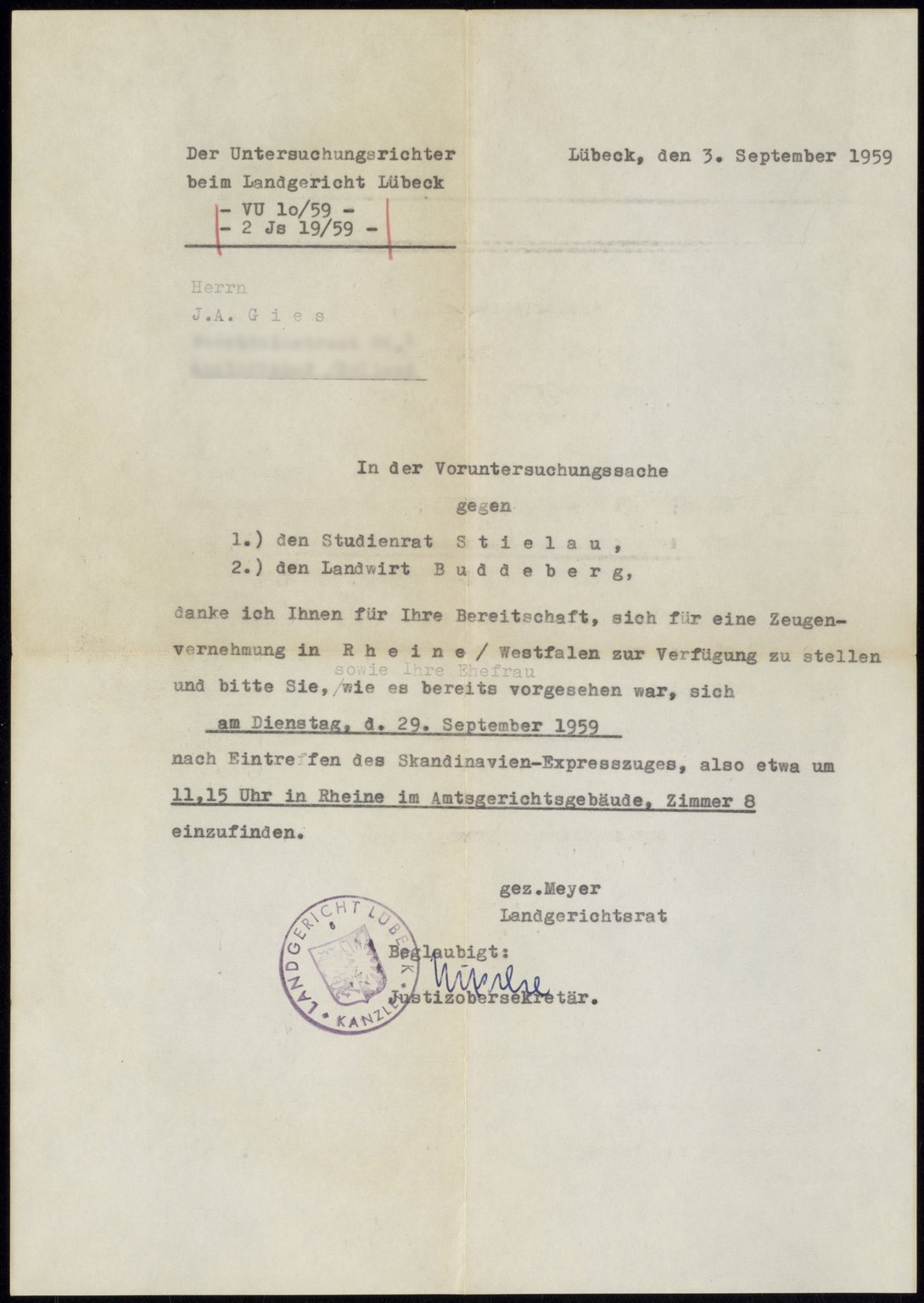
Creation of the United Nations
Oct. 24, 1945 San Francisco
Even during the Second World War, people started to think of ways to prevent future wars. In order to facilitate cooperation and consultation between nations, an international organisation was set up: The United Nations (UN). The founding treaty was signed by 51 countries and came into force on 24 October 1945.
This Charter set out the objectives of the UN, the obligations of its member countries, and its powers. For example, the United Nations have an international court, which mediates in conflicts between countries. The Charter also states that the UN can intervene militarily around the world to stop crimes. Today, the United Nations has 193 member states.
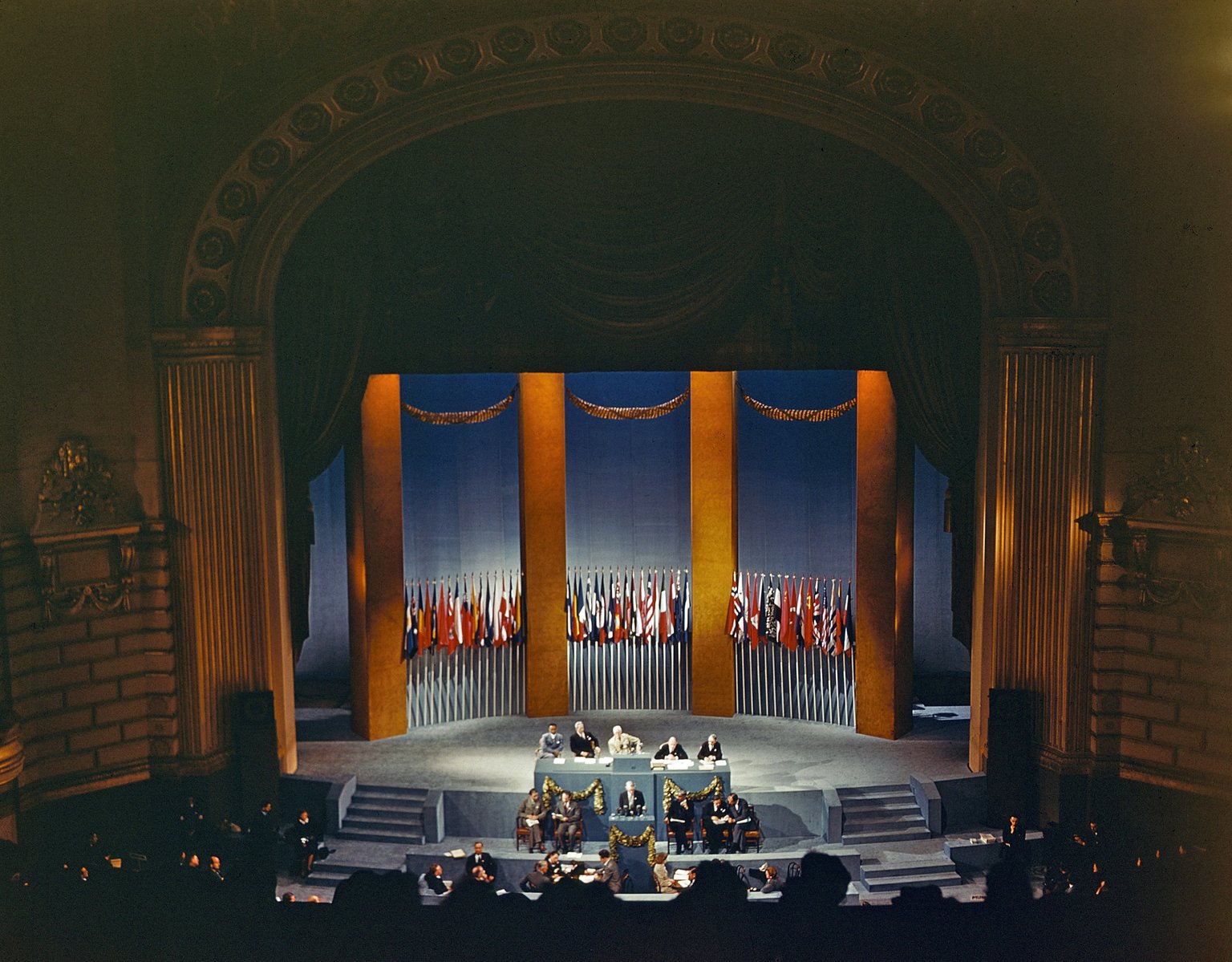
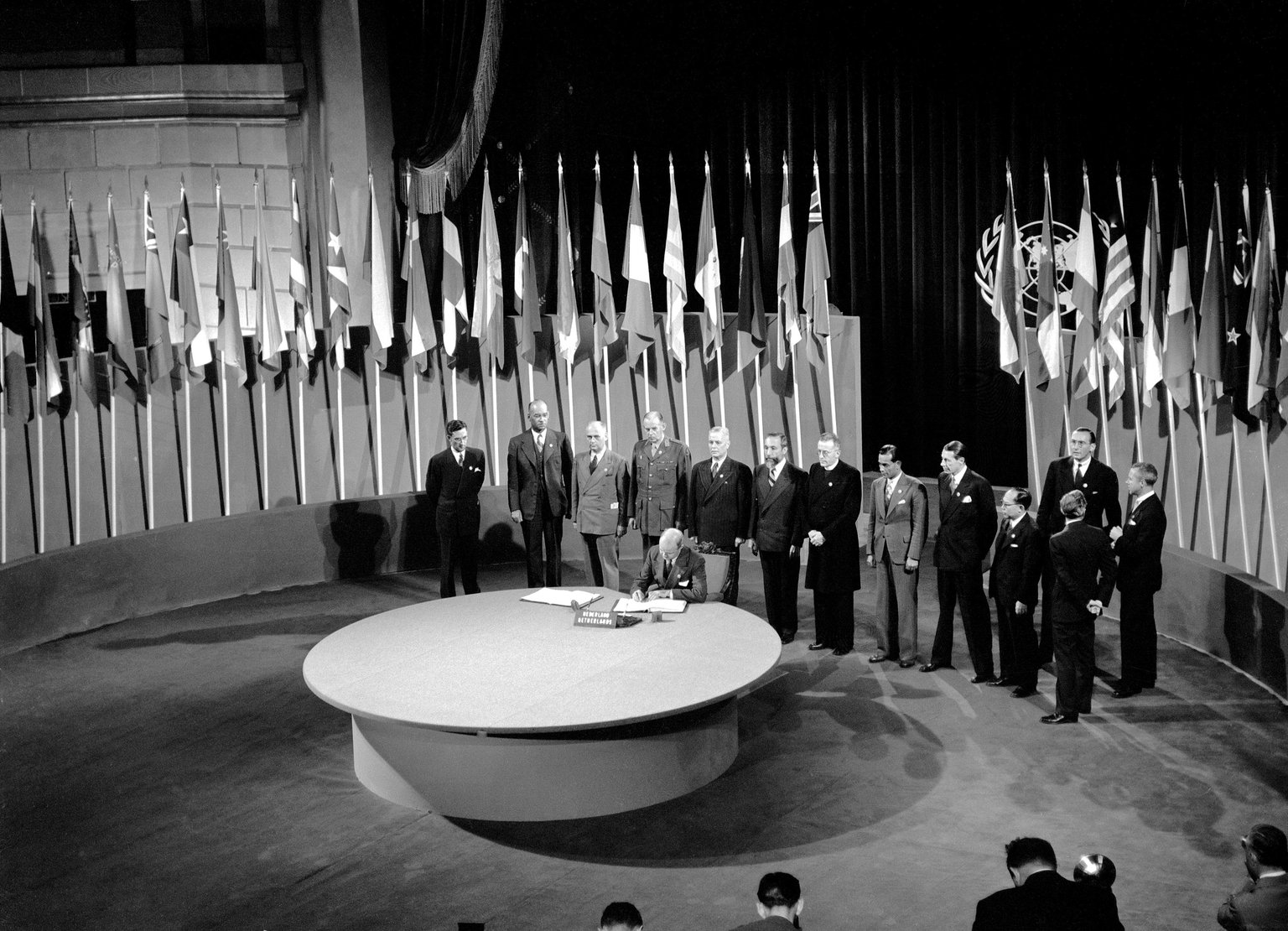
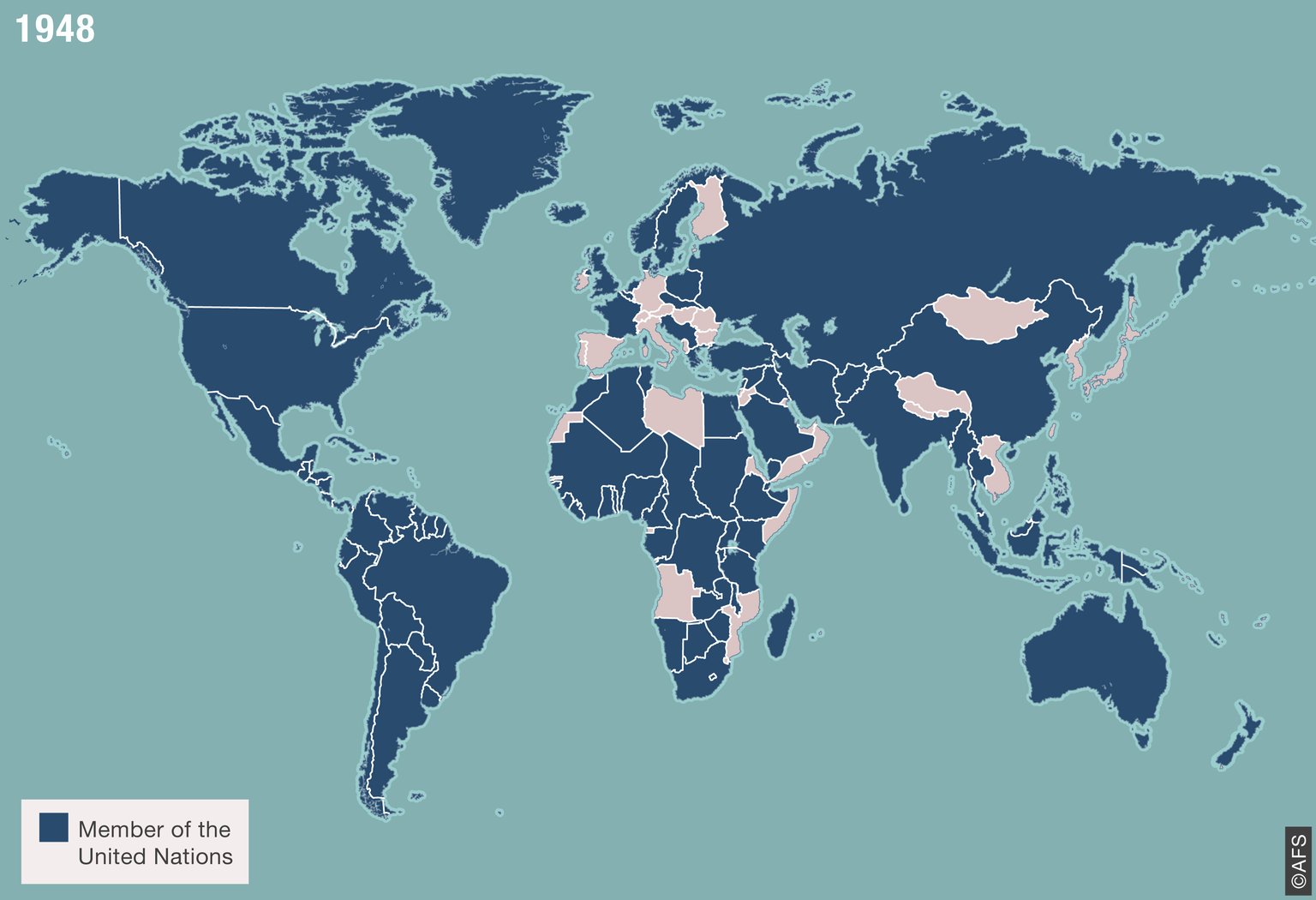
The Marshall Plan
June 5, 1947 Cambridge (Mass.), USA
On 5 June 1947, George C. Marshall, the US Secretary of State, presented the European Recovery Program. It soon took his name: the Marshall Plan. Between 1948 and 1952, the United States donated 13 billion dollars’ worth of money, goods, and expertise to Europe. Even to West Germany. Part of the money was a gift, the rest was a loan.
With the Marshall aid, the United States wanted to preserve Western Europe from a crisis and perhaps even from opting for communism. Moreover, an economically healthy Europe was in the best interest of the US as well, as it formed a large potential market for American goods.
For Europe, the Marshall aid was a great help in the post-war reconstruction.
The creation of Israel
May 14, 1948 Tel Aviv
On 14 May 1948, David Ben-Gurion proclaimed the independence of the new State of Israel. The country met with a great deal of international opposition as well as a great deal of support as a potential haven for the many victims of the German persecution of Jews in Europe.
The land is sacred to religious Jews. Their ties with the land are described in the Torah, the holy book of the Jewish faith. And so, many Jews viewed the country as a safe place. They no longer wanted to suffer the hatred of Jews that they had suffered in Europe for centuries. For decades, Jews had been emigrating from Europe to Palestine. This was not a peaceful process. There had been fighting between Jews, the Arabs living in the country, and the troops of Great Britain, which had ruled the country since 1917.
After the Second World War, many Jews wanted to leave Europe for Palestine. Great Britain did not allow them to and sent the Jewish immigrants back or locked them up in camps.
In 1947, the United Nations agreed to divide the Palestinian territory between the Jews and the Arabs. Many Arabs and Jewish organisations did not agree and the fight that followed was won by the Jews.
One day after the establishment of the Israeli state had been proclaimed, its Arab neighbours attacked Israel. The war lasted almost a year and was won by Israel.
Many Arab inhabitants were driven out of what had been Palestine and fled. They, and the Arabs who stayed behind, were called Palestinians from then on.
In the first three years after the establishment of the new state, approximately 600,000 Jews left Europe for Israel.
German citizens see the consequences of war crimes
May 17, 1945 Nammering
The Allies confronted the German people with the crimes committed in their name. In the West German town of Burgsteinfurt, the British army forced the 4000 inhabitants to watch the film Atrocities: The Evidence. It contained footage from the Buchenwald and Bergen-Belsen concentration camps, taken after the liberation of the camps.
In other places, too, the Germans were made to watch similar films.
Out of anger at what the Allied soldiers had come across in concentration camps and other places, they forced the population to rebury dead concentration camp prisoners and victims of executions, or to walk past the thousands of bodies of dead prisoners to make them realise what the Nazi regime had done.
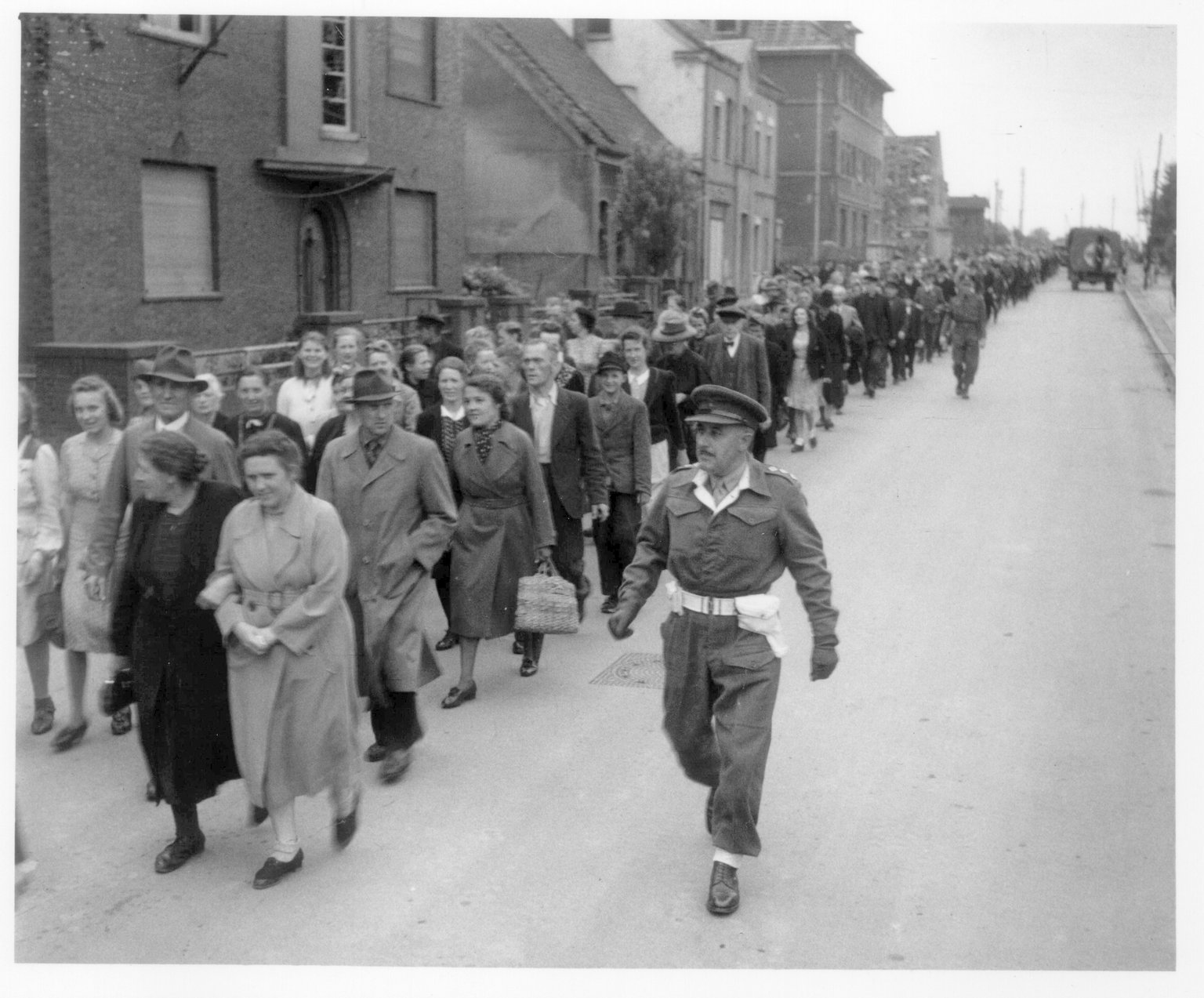
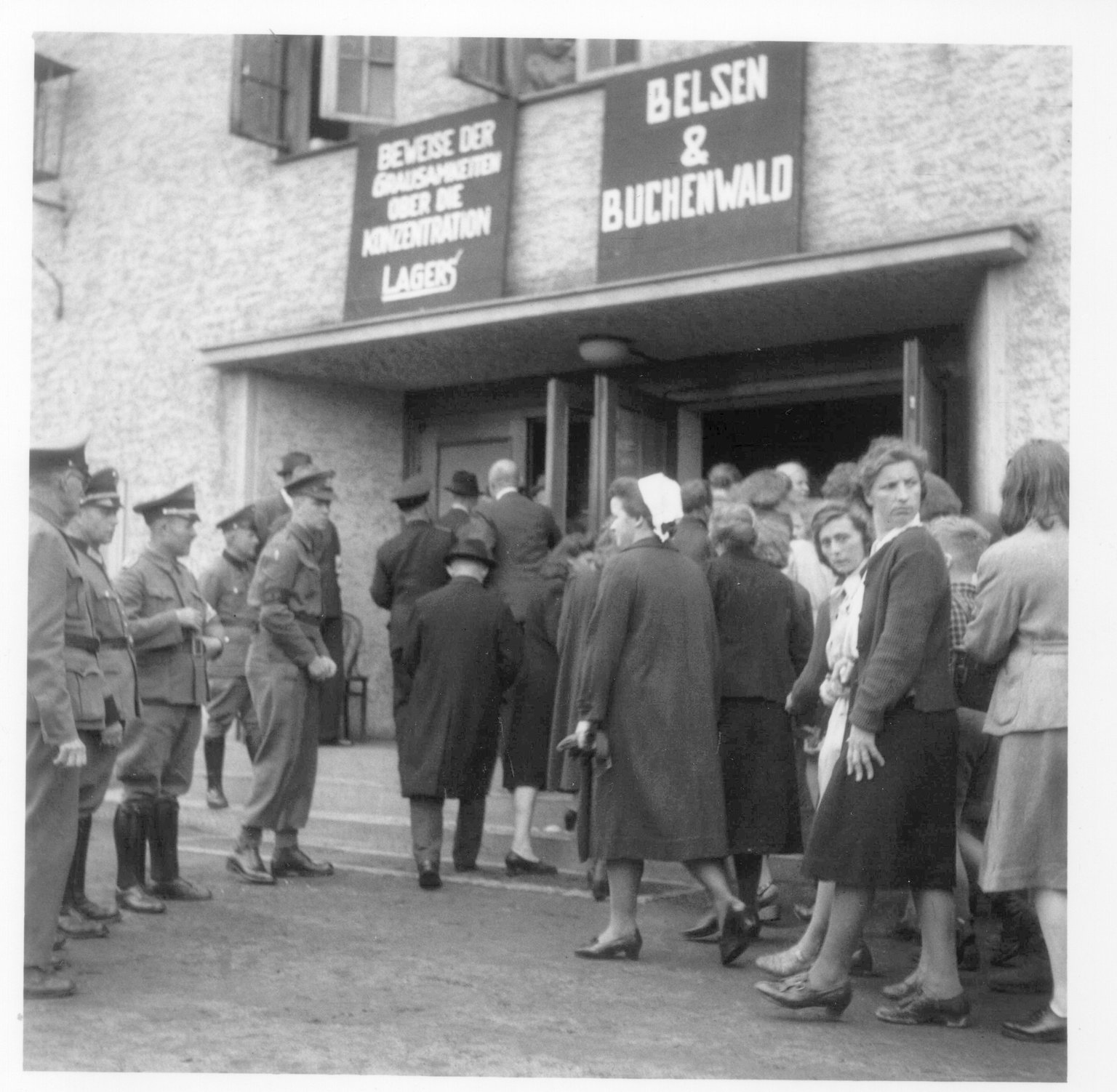
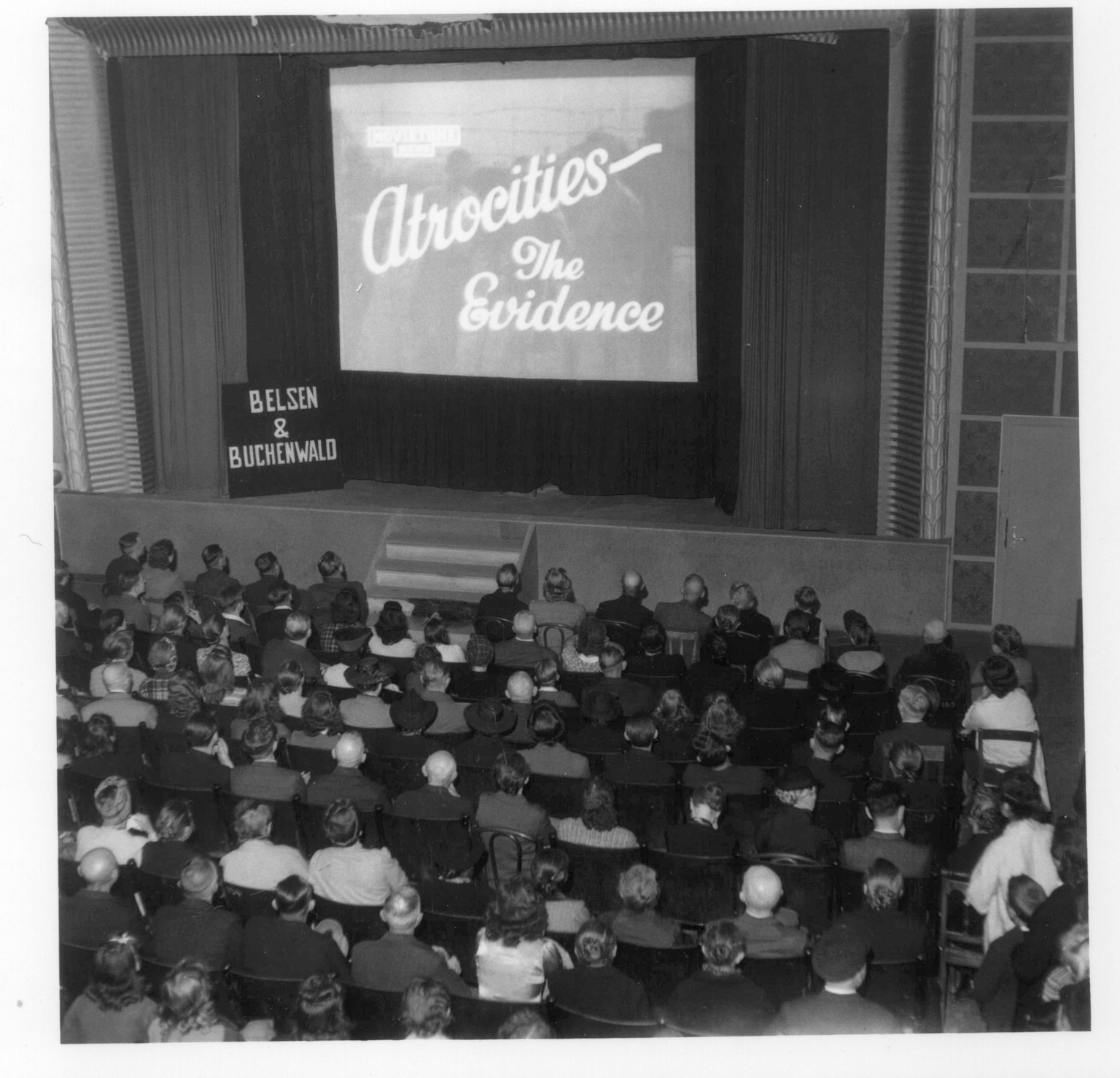
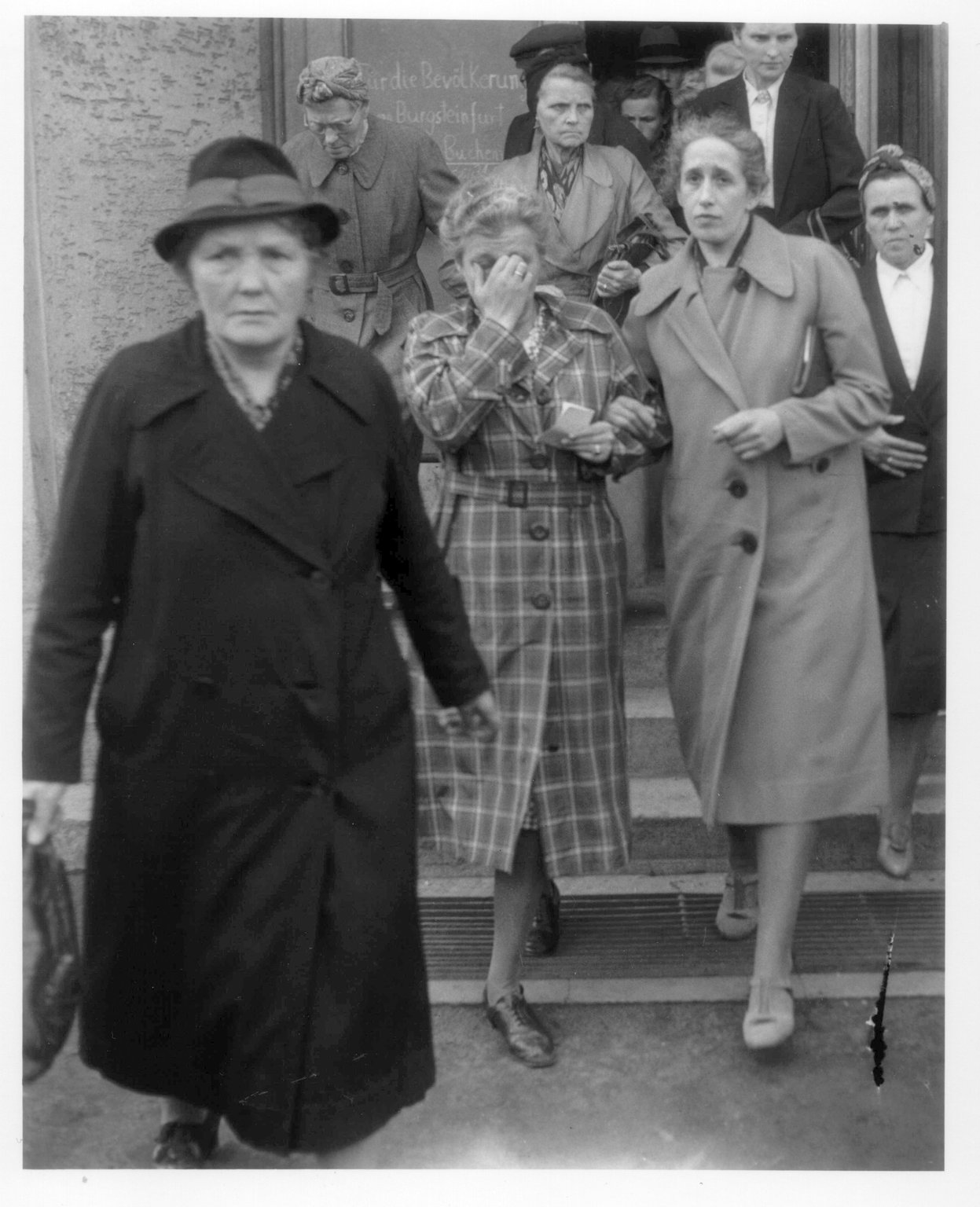
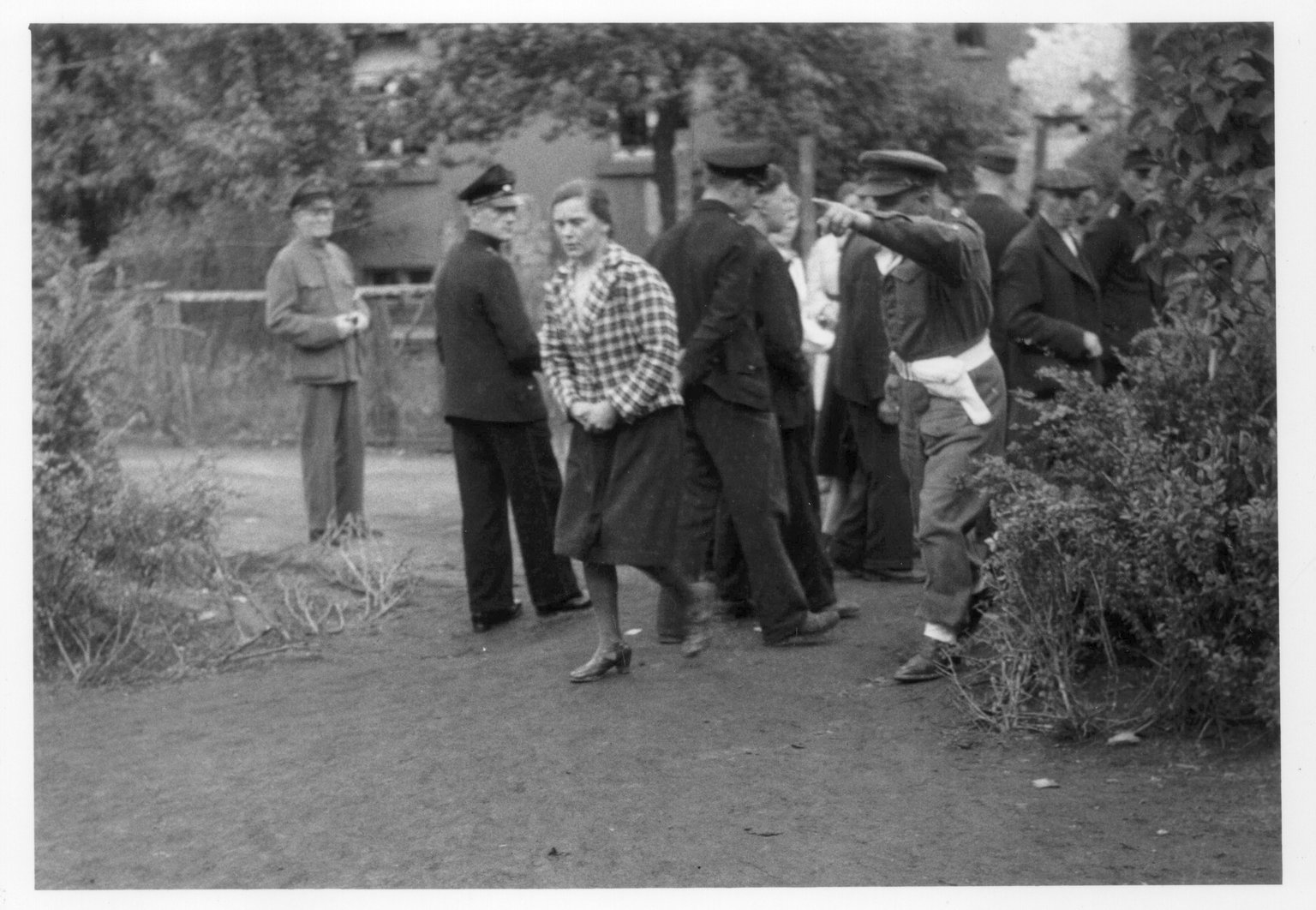
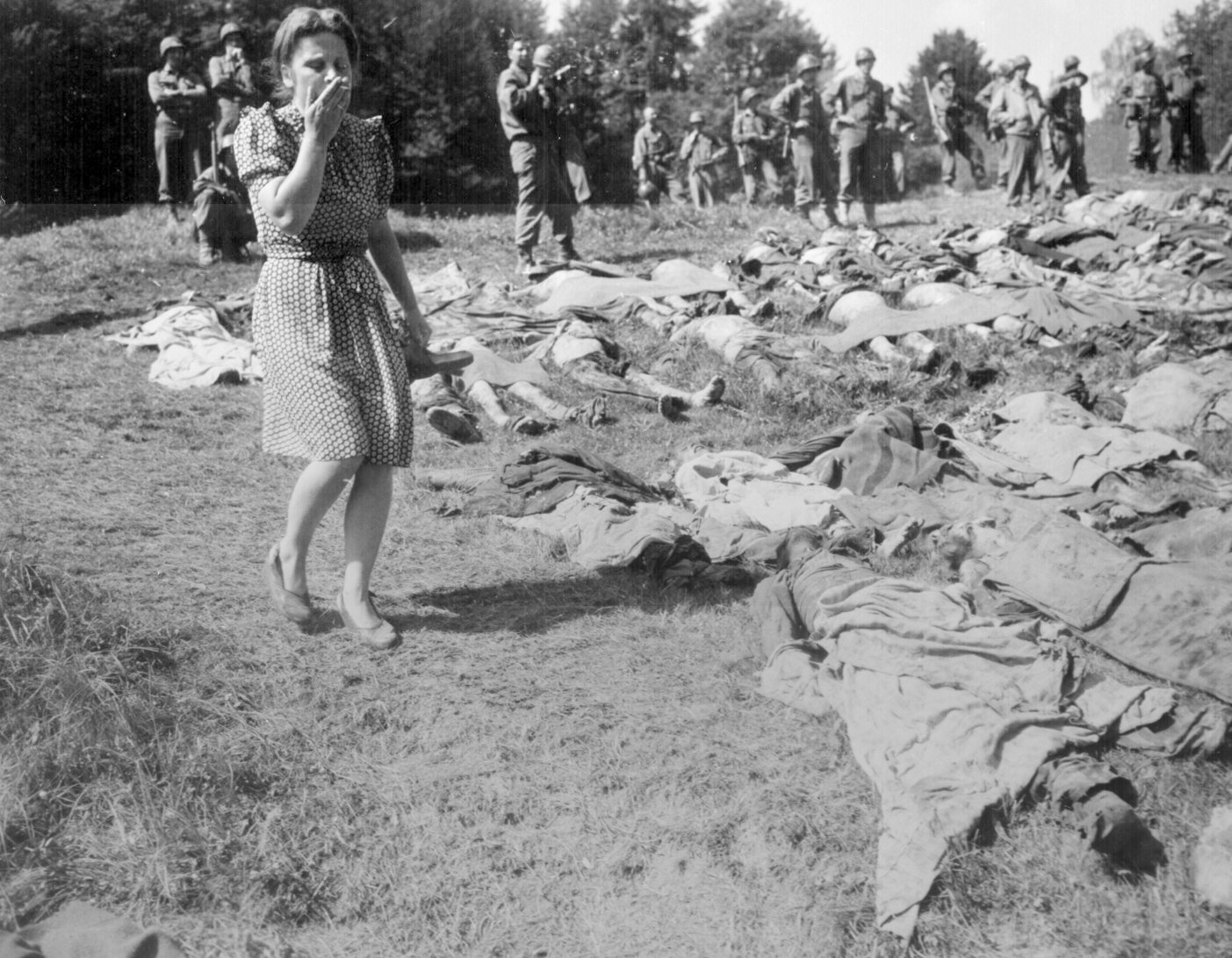
Arrest and suicide of Heinrich Himmler
May 22, 1945 Bremervörde, Germany
As the leader of the SS, Heinrich Himmler was involved in numerous war crimes. The murder of Jews, Roma and Sinti, and political opponents took place under his responsibility.
In April 1945, when the war was almost over, Himmler tried to escape punishment by negotiating with the Allies. In exchange for the German surrender, he demanded immunity. The Allies refused and put him on the list of wanted war criminals.
Himmler then assumed a false identity. On 22 May 1945, British soldiers arrested him at a border check. His brand-new passport and nervous behaviour gave him away. Himmler was sent to a prison camp for questioning. The next day, he announced his identity. During a medical check-up, he suddenly bit through a cyanide capsule that had been hidden in his mouth. Fifteen minutes later, the poison had killed him. His body was buried in an anonymous grave on the Lüneburger Heath.
The first Belsen trial
Sept. 17, 1945 Lüneburg
The first Belsen trial started in September 1945. Forty-five people were tried by a British court-martial in a converted gymnasium. Among them were camp commander Joseph Kramer, other SS members, female guards, and a number of kapos (prisoners in charge of other prisoners, for instance while they were at work). They were charged with crimes against humanity, ill-treatment of prisoners, and other abuse that had taken place in the camp. The process took two months. At the end, eleven defendants were sentenced to death. Others received prison sentences, ranging from one year to life imprisonment. Fifteen people were acquitted.
In 1946 and 1948, two more trials were held against former Bergen-Belsen camp staff.
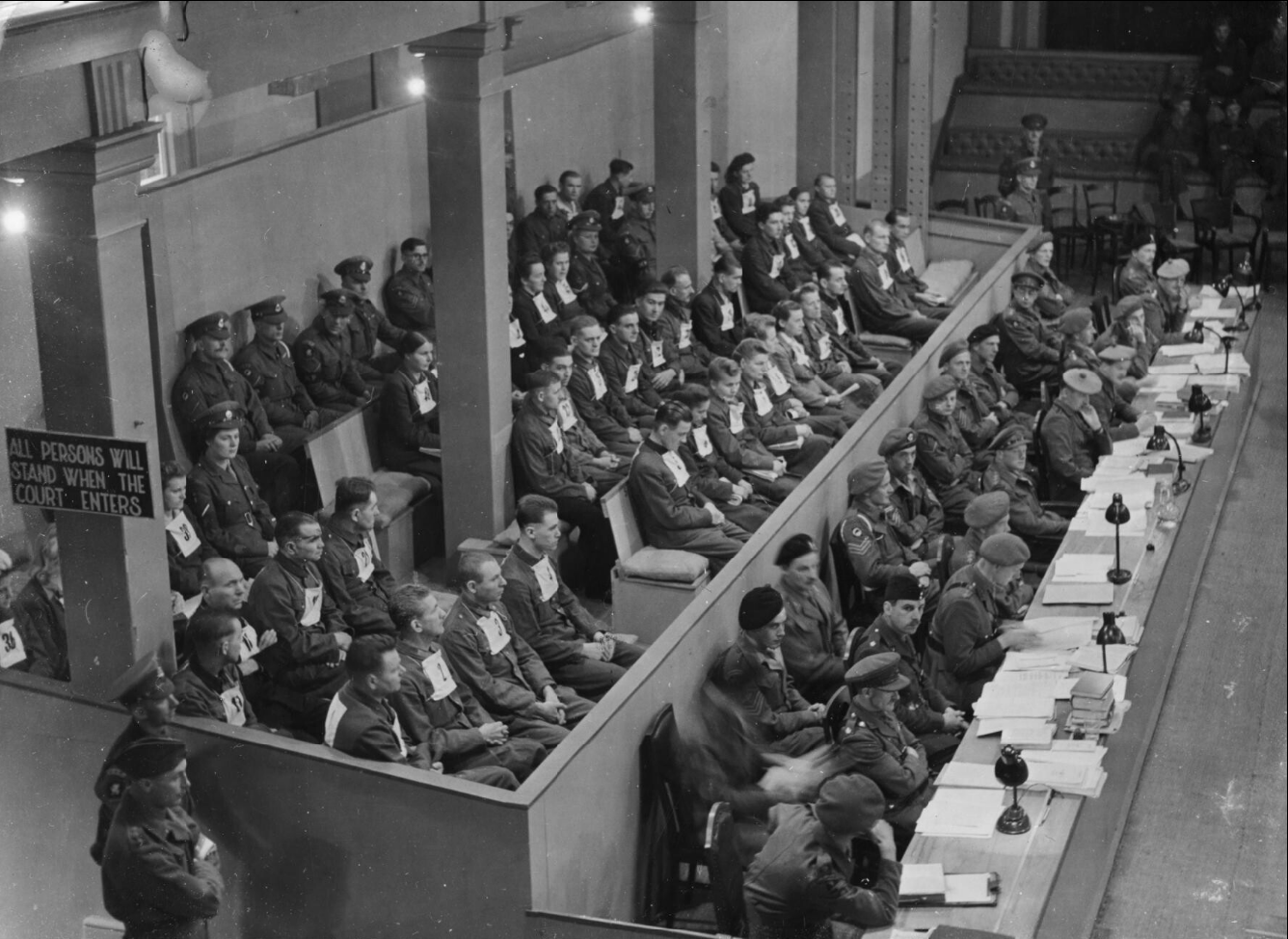
April-May strikes
April 29, 1943 The Netherlands
On 29 April 1943, the employees of the Stork machine factory in Hengelo went on strike. The strike quickly spread to other parts of the Twente region and one day later to other parts of the Netherlands.
The wave of strikes was a reaction to the Nazis’ decision to take the Dutch soldiers prisoner again. One month after the German invasion in May 1940, the captured Dutch soldiers had been released, on the condition that they would not resist the occupying forces. However, the Nazis discovered that many soldiers had become members of the Ordedienst, a resistance group, and decided to summon the soldiers for forced labour (Arbeitseinsatz).
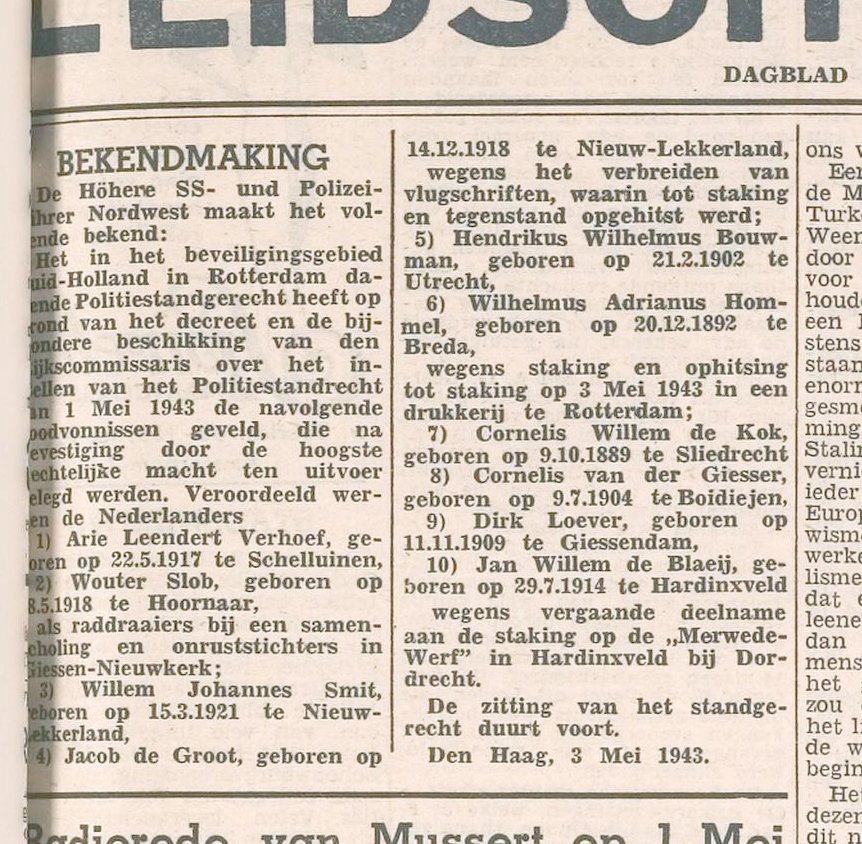
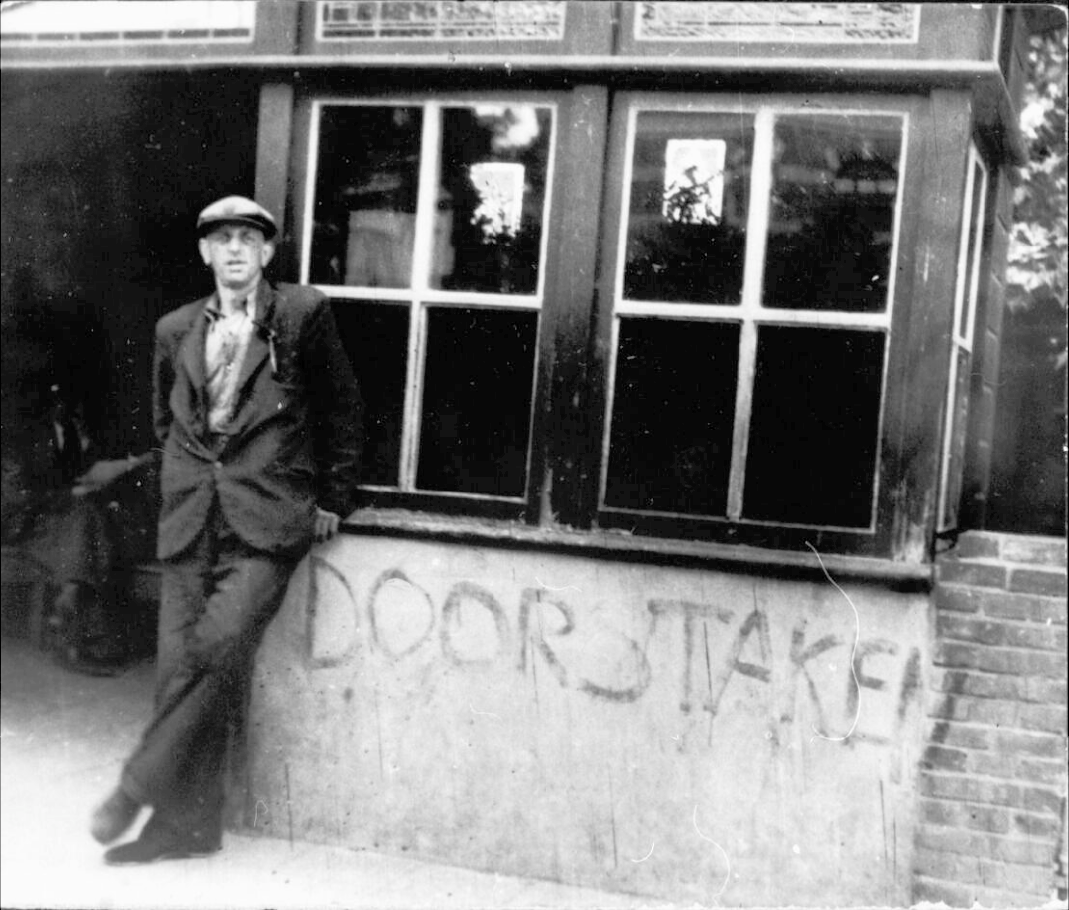
The strike surprised the Nazis, who hit back with a vengeance. Summary jurisdiction was introduced: a three-person SS court that could immediately sentence suspects, often to death. Using more violence and threats, the Germans managed to put a swift end to the strikes. Eighty people were executed summarily. When the Nazis starting firing at the strikers, 95 people were killed and 400 were injured.
The strike marked a turning point in the attitude of the Dutch population. From then on, the organised resistance increased sharply.
Jewish children rescued from the Hollandsche Schouwburg
juli 1943 Amsterdam
In 1943, new-born Jewish girl Ruth was rescued from the hands of the Nazis by Pauline van Waasdijk and Hester van Lennep. She was registered as Marijke van Waasdijk. Pauline and Hester saved the lives of about eighty children.
Pauline and Hester belonged to a large group of people who rescued Jewish children from the Hollandsche Schouwburg. In 1942 and 1943, the Germans used this former theatre as a deportation centre for Jews to be taken to Camp Westerbork.
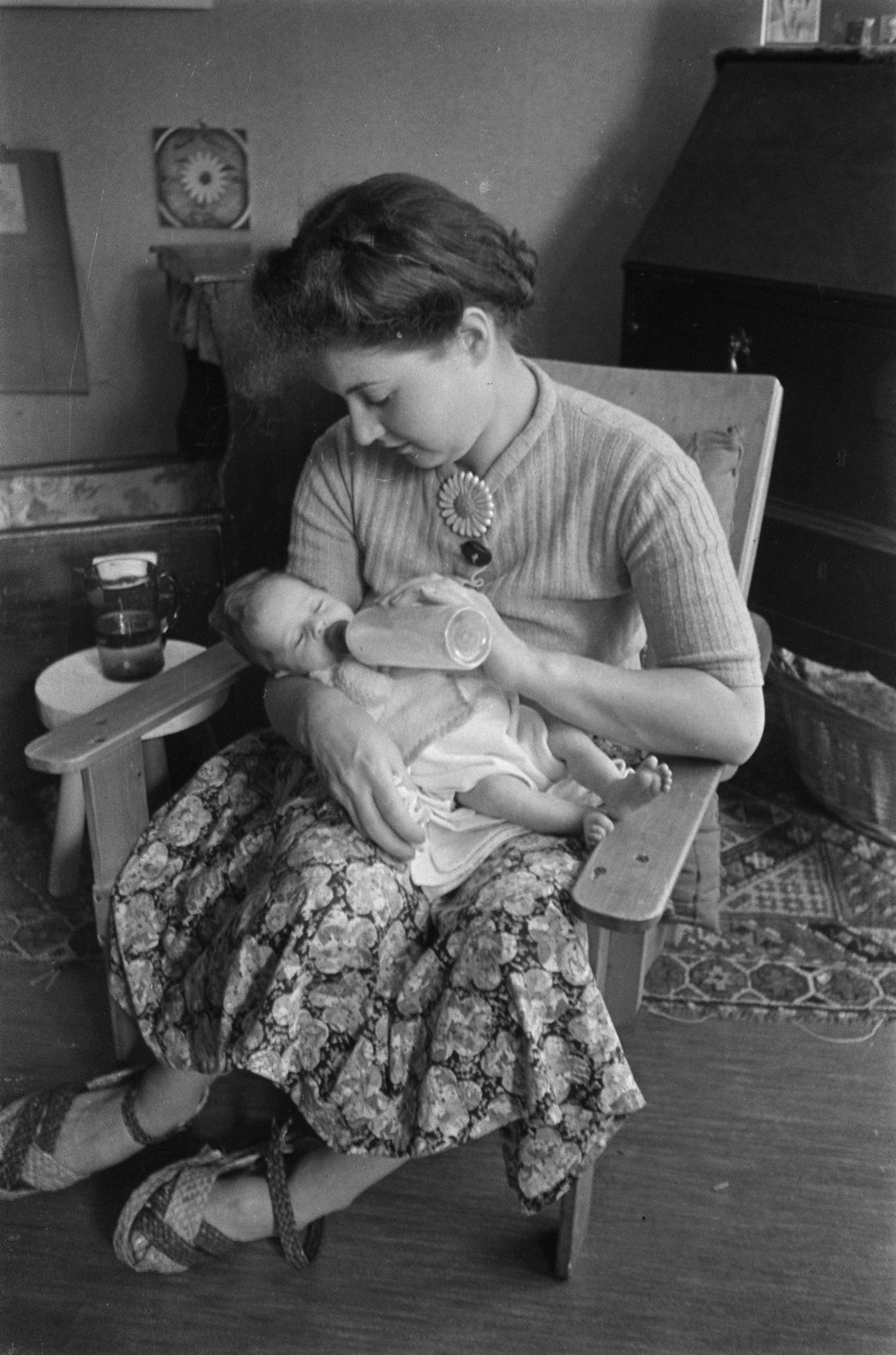
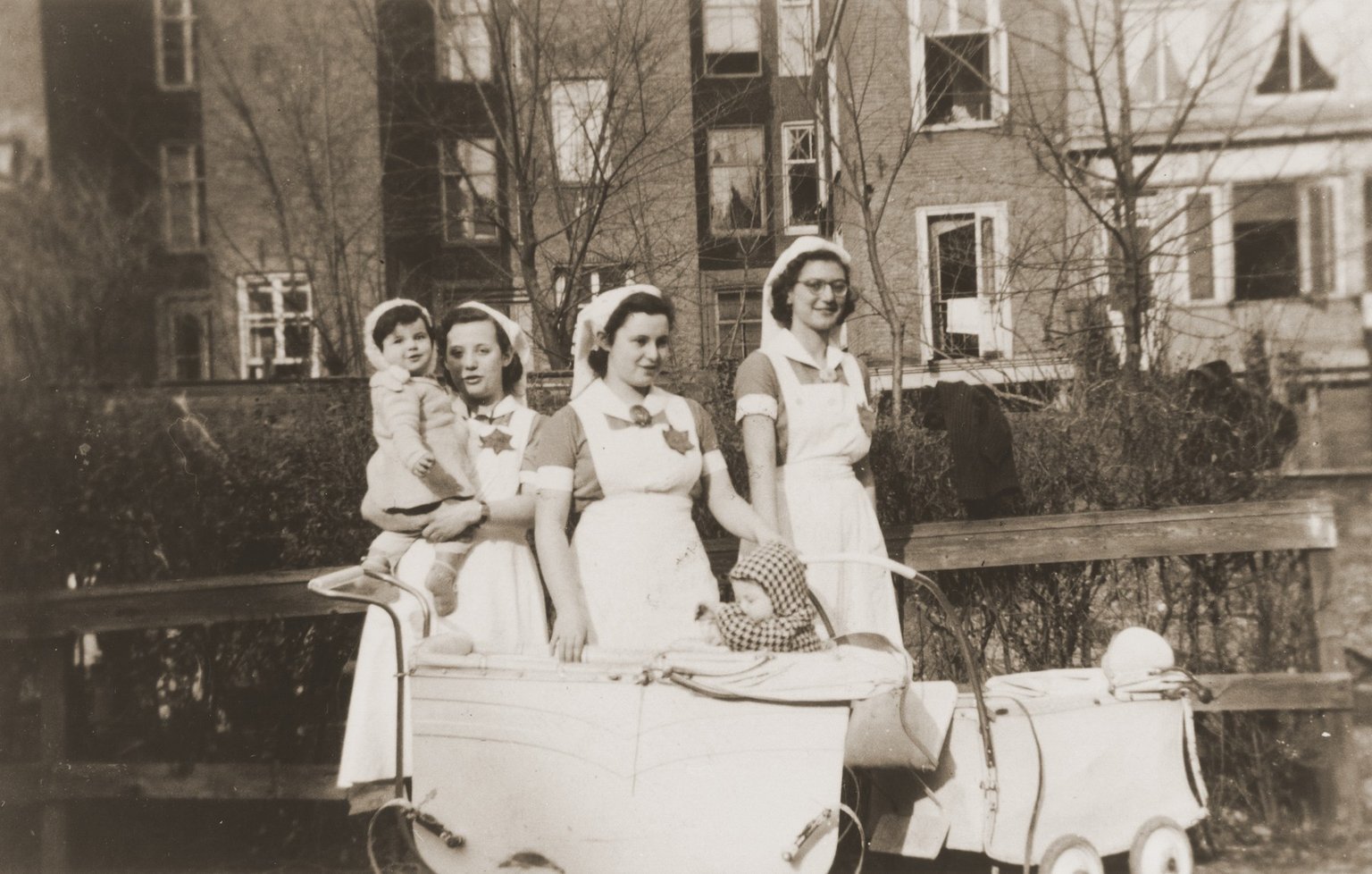
Since the Hollandsche Schouwburg was too small for the large number of people who had been arrested, the children were put in a nursery which was located opposite the Schouwburg, on Plantage Middenlaan. The head was Henriëtte Pimentel, a member of the resistance. The nursery garden was adjacent to that of the College of Education. Together with the director of this school, Johan van Hulst, Pimentel devised a plan to save the children.
With the help of the director of the Hollandsche Schouwburg, German Jew Walter Süskind, they ensured that the children disappeared from the German records. The children were then smuggled out through the College of Education: hidden in bags, suitcases, or between the dirty laundry, or simply walking out, when the guards were not paying attention. About six hundred children were saved in this way.
Radio Oranje: ‘The voice of the Netherlands at war’
May 10, 1943 London
On 10 May 1943, three years after the German invasion of the Netherlands, Queen Wilhelmina spoke on Radio Oranje. She reflected on 'the treacherous attack, committed by the krauts against our fatherland’ and on the people who had died in the war against Germany. She then passed the microphone to her son-in-law, Prince Bernhard. He spoke of his 'belief in the coming victory of freedom and justice over barbarism and slavery'.
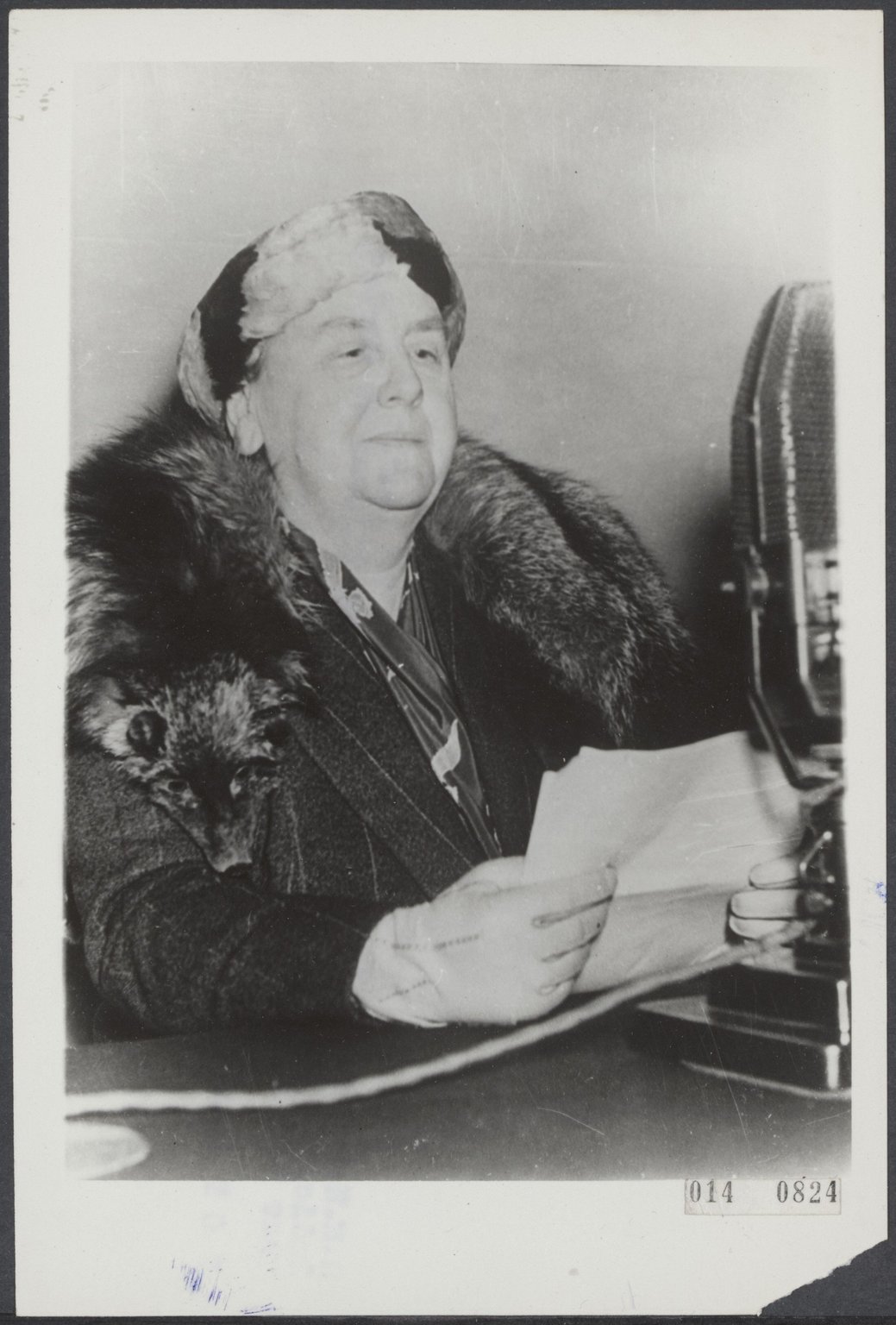
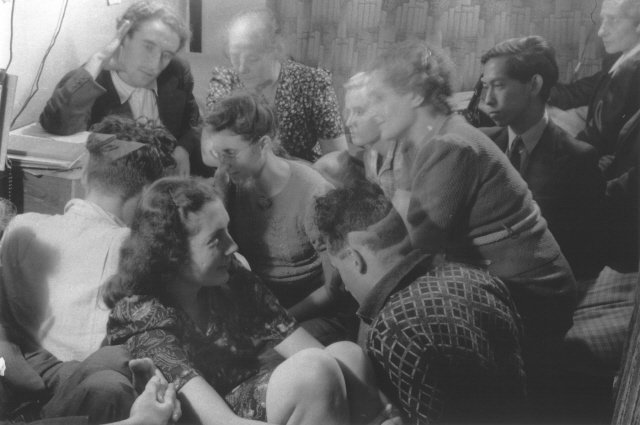
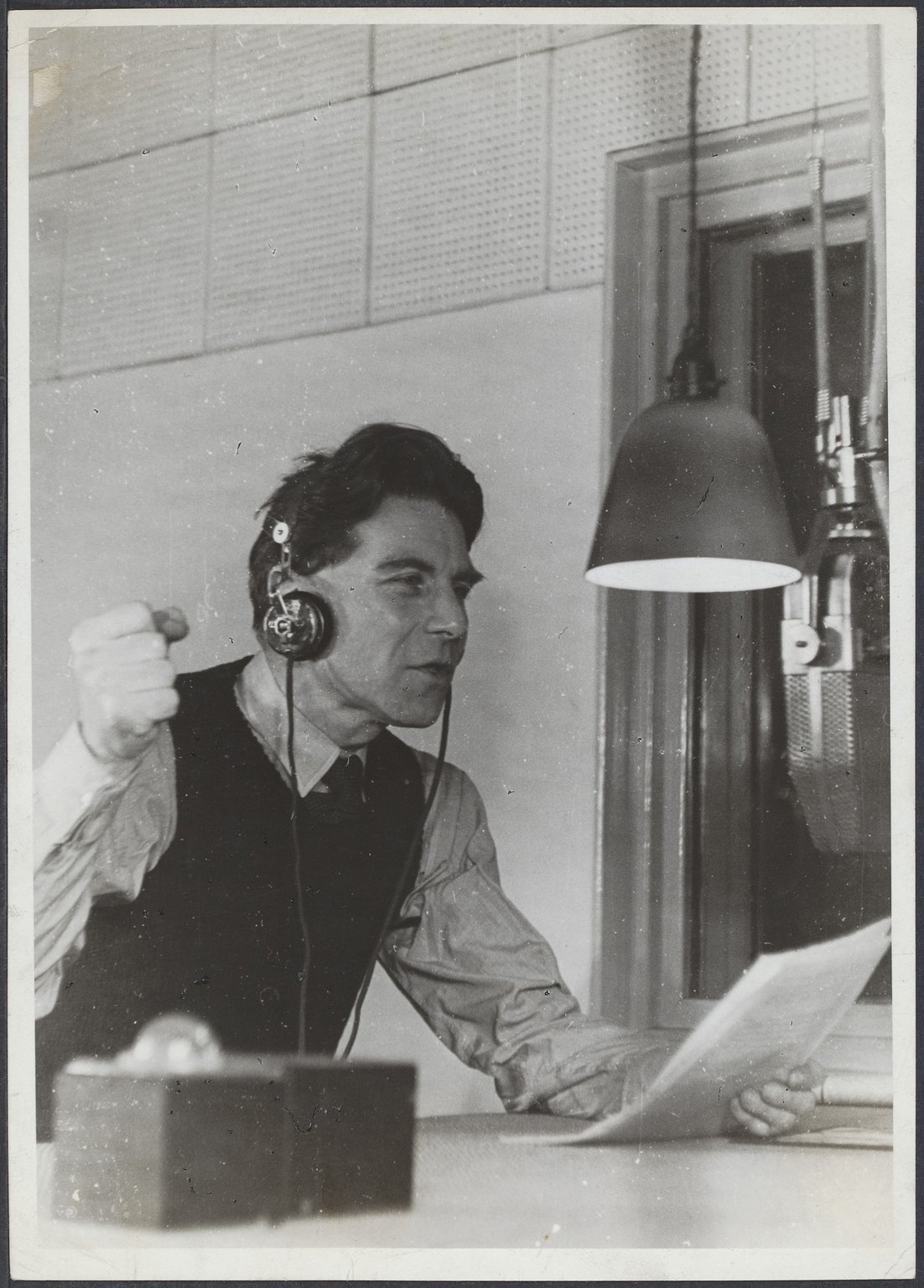
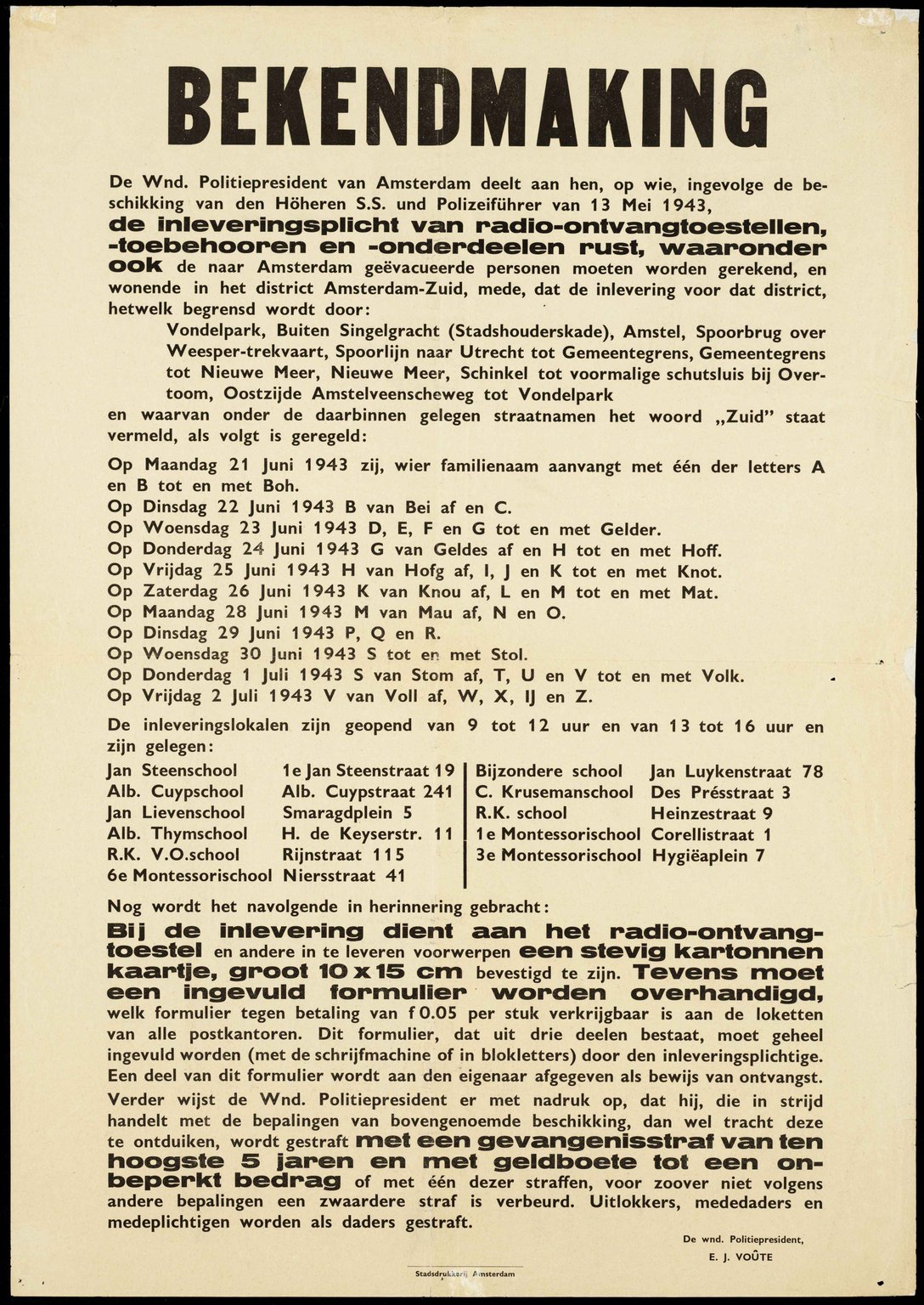
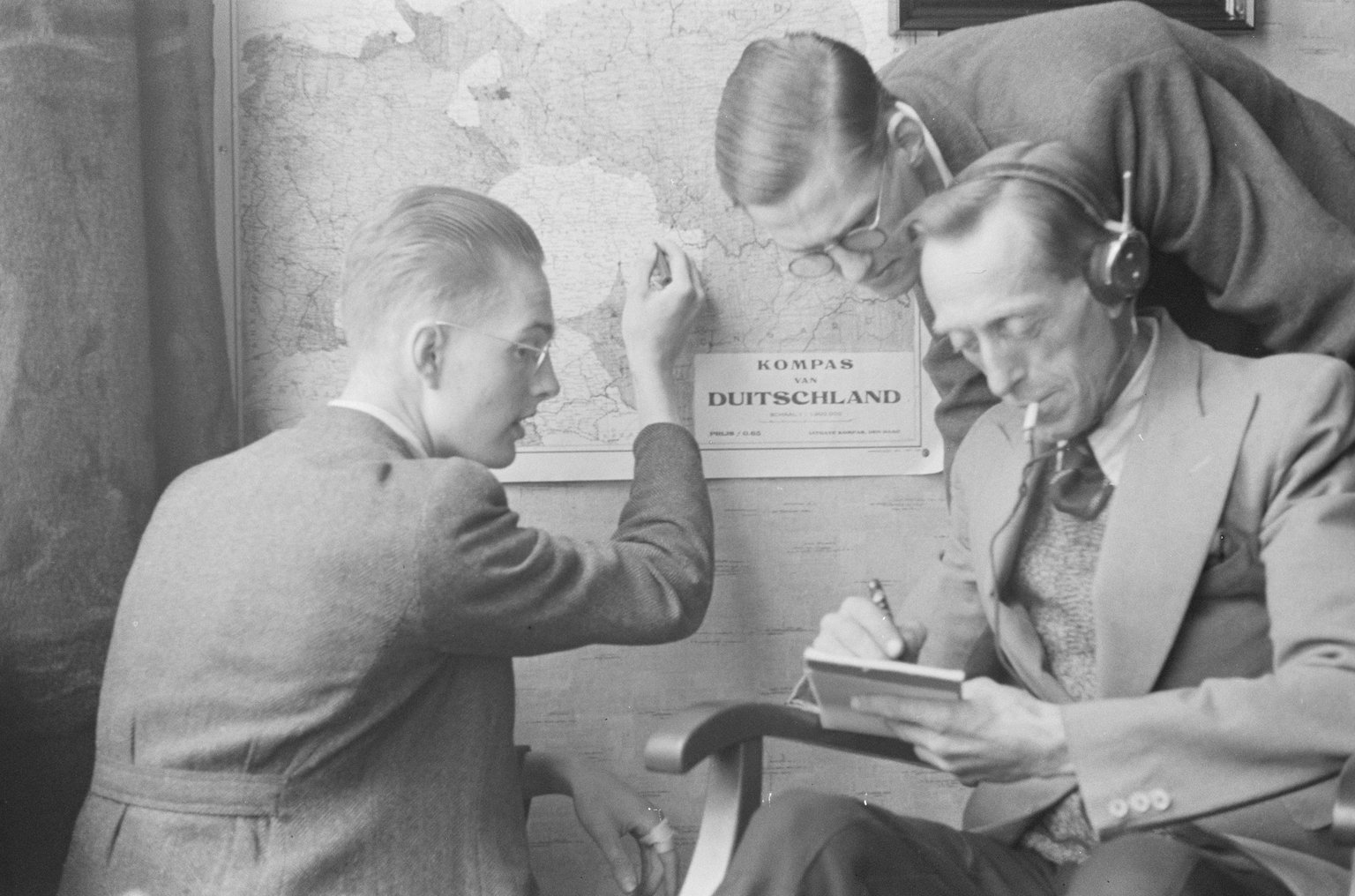
Radio Oranje was a programme broadcast by the BBC. Every broadcast opened with the words ‘This is Radio Oranje, the voice of the Netherlands at war.’ The broadcasts reported on the war developments and called on the Dutch population not to cooperate with the occupying forces. Sometimes, the broadcasts included encrypted messages meant for the Resistance in the Netherlands.
The German authorities wanted to prevent the programme from affecting the Dutch population. And so, on 13 May 1943, the Dutch were ordered to hand in their radios. There were many who did not obey. With the curtains drawn and the radio low, they still listened to those messages from abroad.
Allied bombs on Amsterdam
July 17, 1943 Amsterdam
On 17 July 1943, the Allies tried to bomb the Fokker factories in North Amsterdam. These aircraft factories had been commandeered for the German war industry. The bombs missed their target, however, and ended up in a residential area in North Amsterdam. Over 150 civilians died instantly. Many others later died from their injuries. Hundreds of houses were damaged.
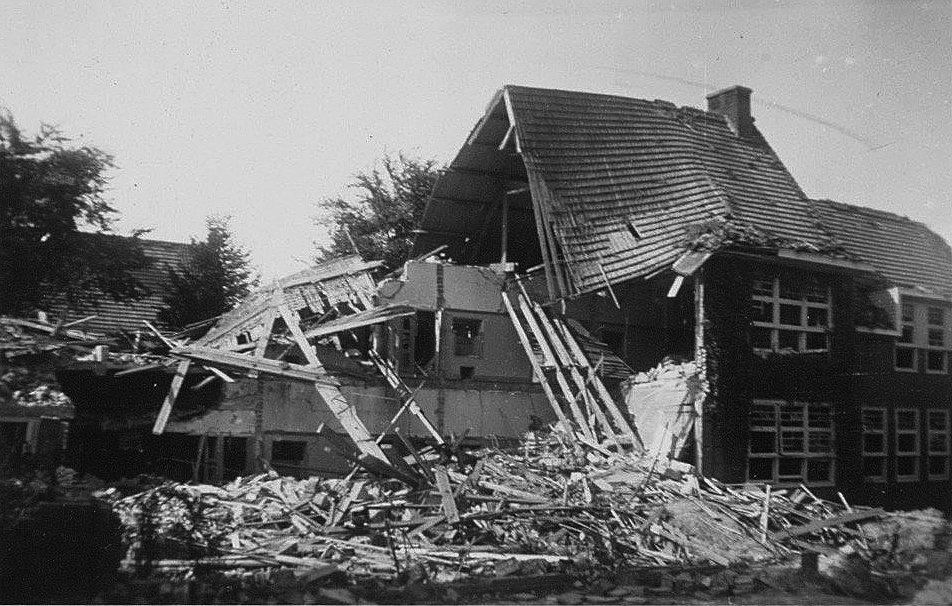
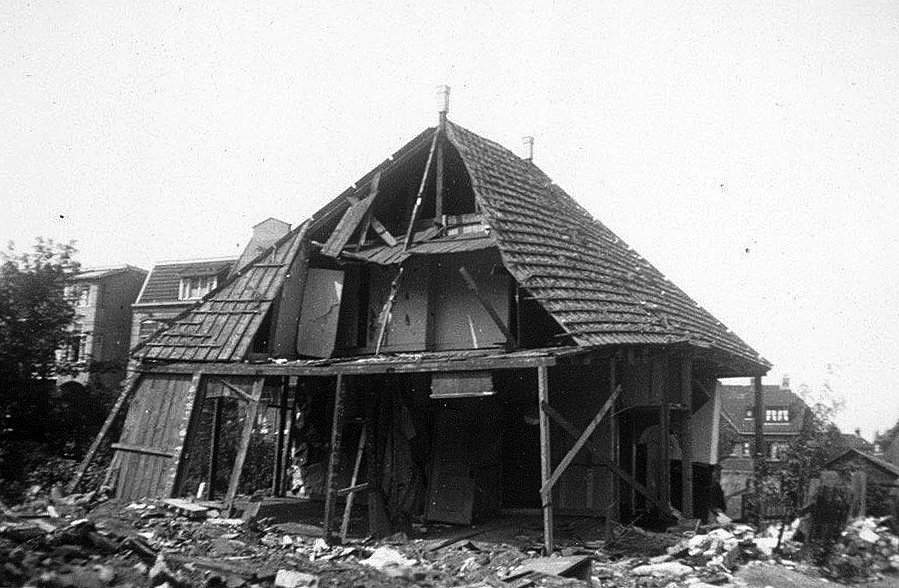

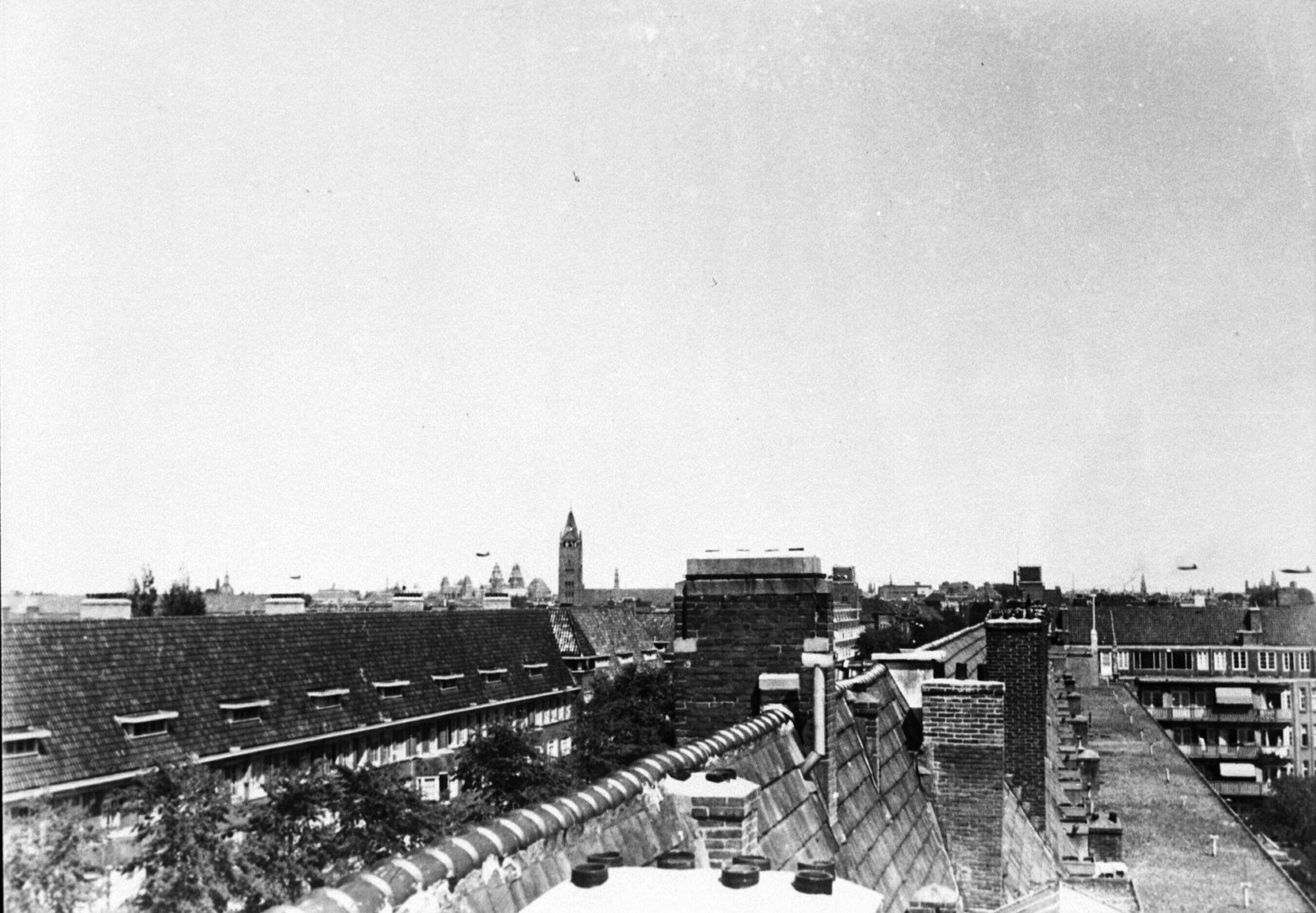
Anne Frank heard the bombardment, as the Secret Annex was only a few miles away.
On 19 July 1943, she wrote: 'North Amsterdam was very heavily bombed on Sunday. There was apparently a great deal of destruction. Entire streets are in ruins [...] We've been told of children searching forlornly in the smouldering ruins for their dead parents. It still makes me shiver to think of the dull, distant drone that signified the approaching destruction.’
The people in hiding were aware of the danger of a bombardment. They would not be able to leave their hiding place for a shelter. Moreover, they stood a chance of being discovered if the Secret Annex were damaged.
On 25 July 1943, Anne and the other people in hiding saw ‘columns of smoke over the harbour'. Fokker had been bombed for a second time. This time, the factories were partially hit. Three days later, the Allies tried again, but they still did not succeed. Seventeen civilians were killed in this bombing. Anne wrote in her diary: ‘I decided to grit my teeth and practise being courageous.’
In total, the three bombing raids on the Fokker factories took the lives of over 200 people.
Markets for Jews only
september 1941 Amsterdam
From September 1941 onwards, Jews in Amsterdam were allowed to shop only at special Jewish markets. These were set up in squares and playgrounds that could be closed off. It was yet another way to segregate the Jews from the non-Jewish Dutch.
In Amsterdam, the Jewish markets could be found in the playgrounds at Waterlooplein, Joubertstraat, and Gaaspstraat. Later, another market opened at Minervaplein.
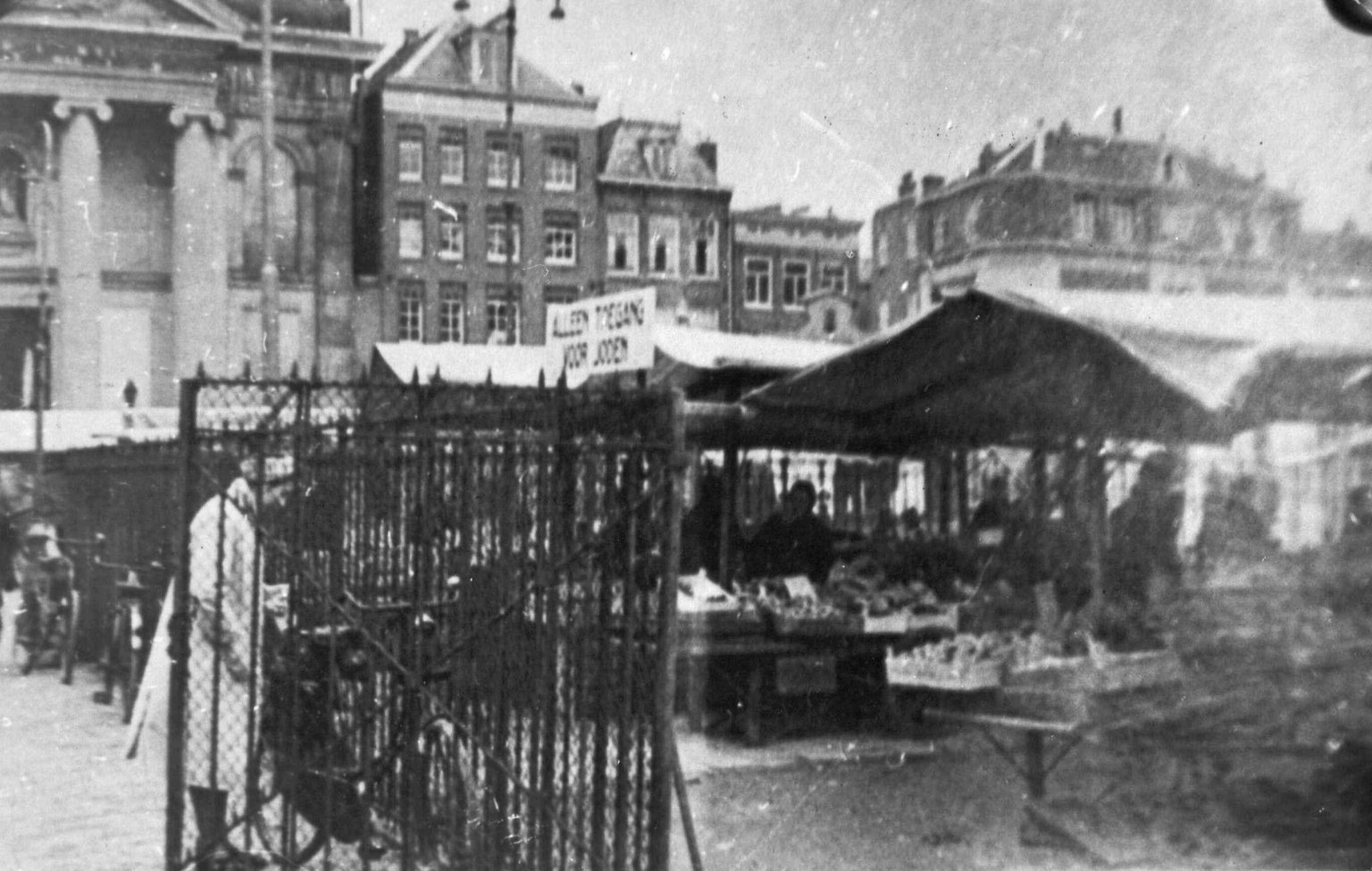
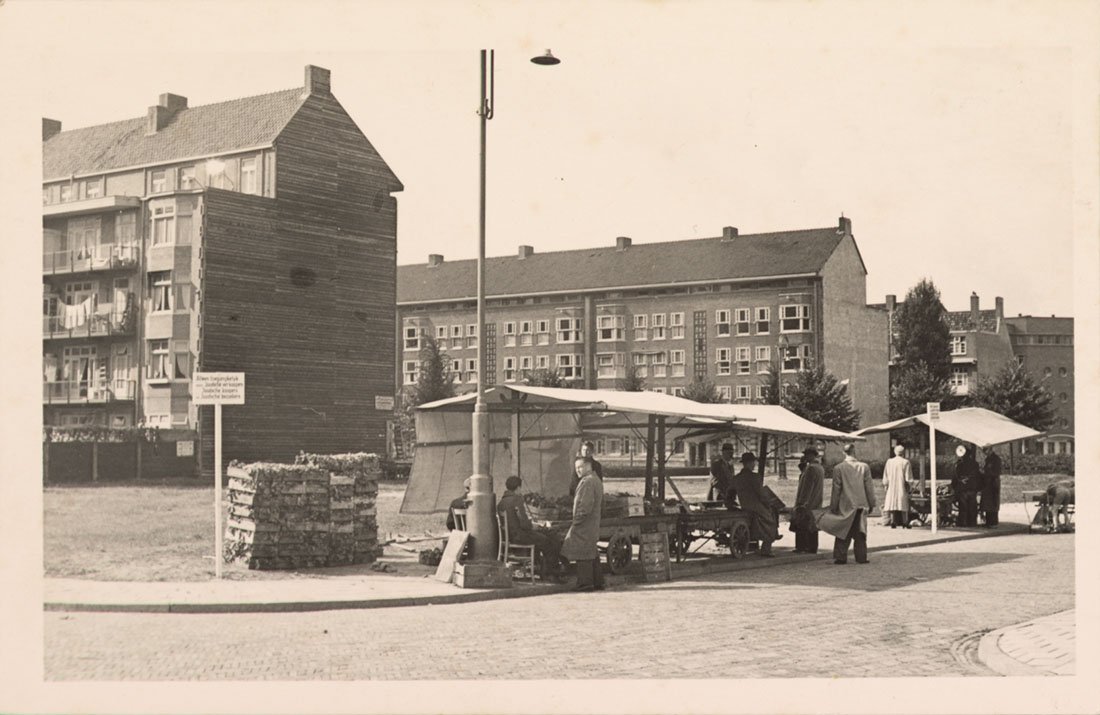
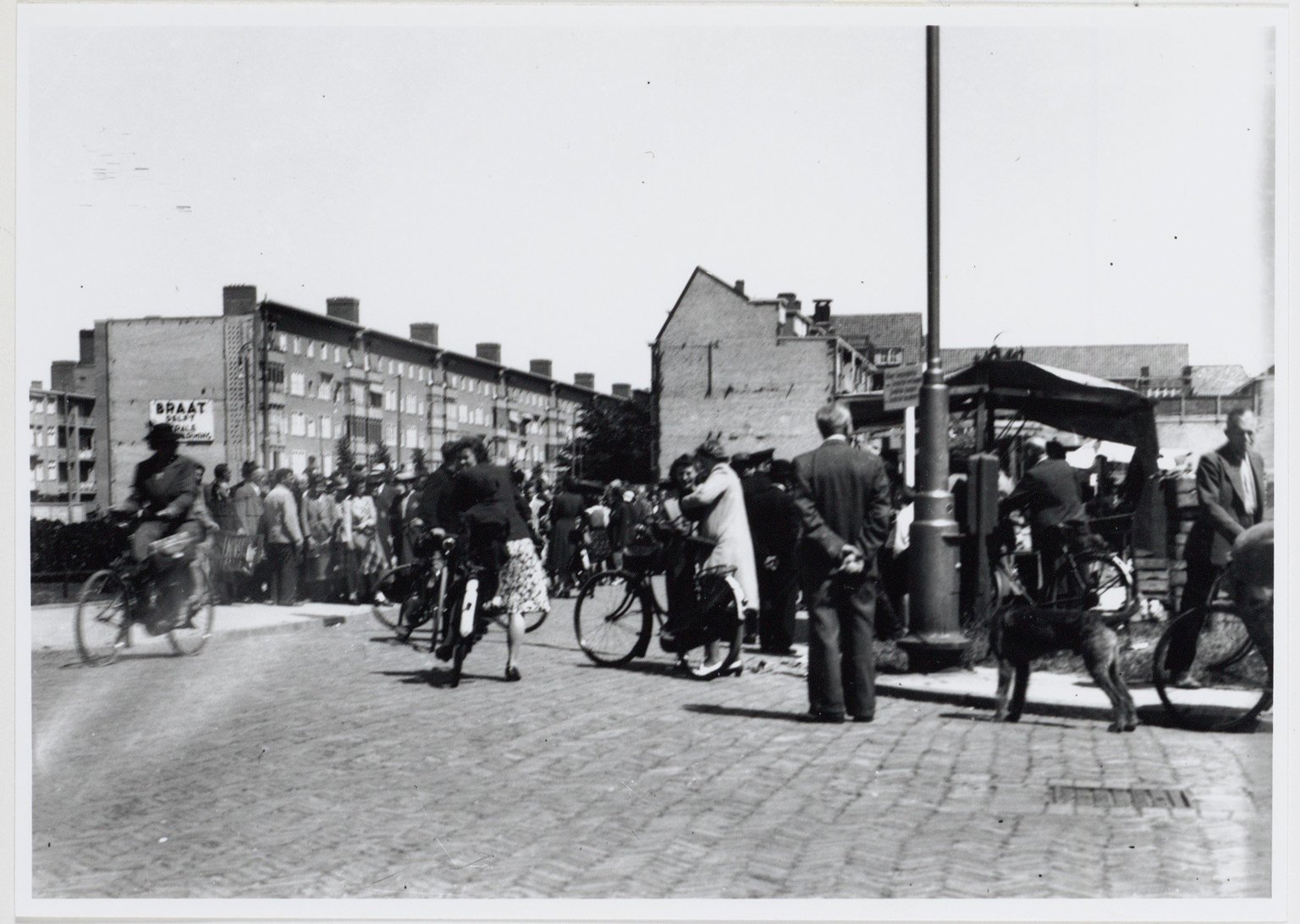
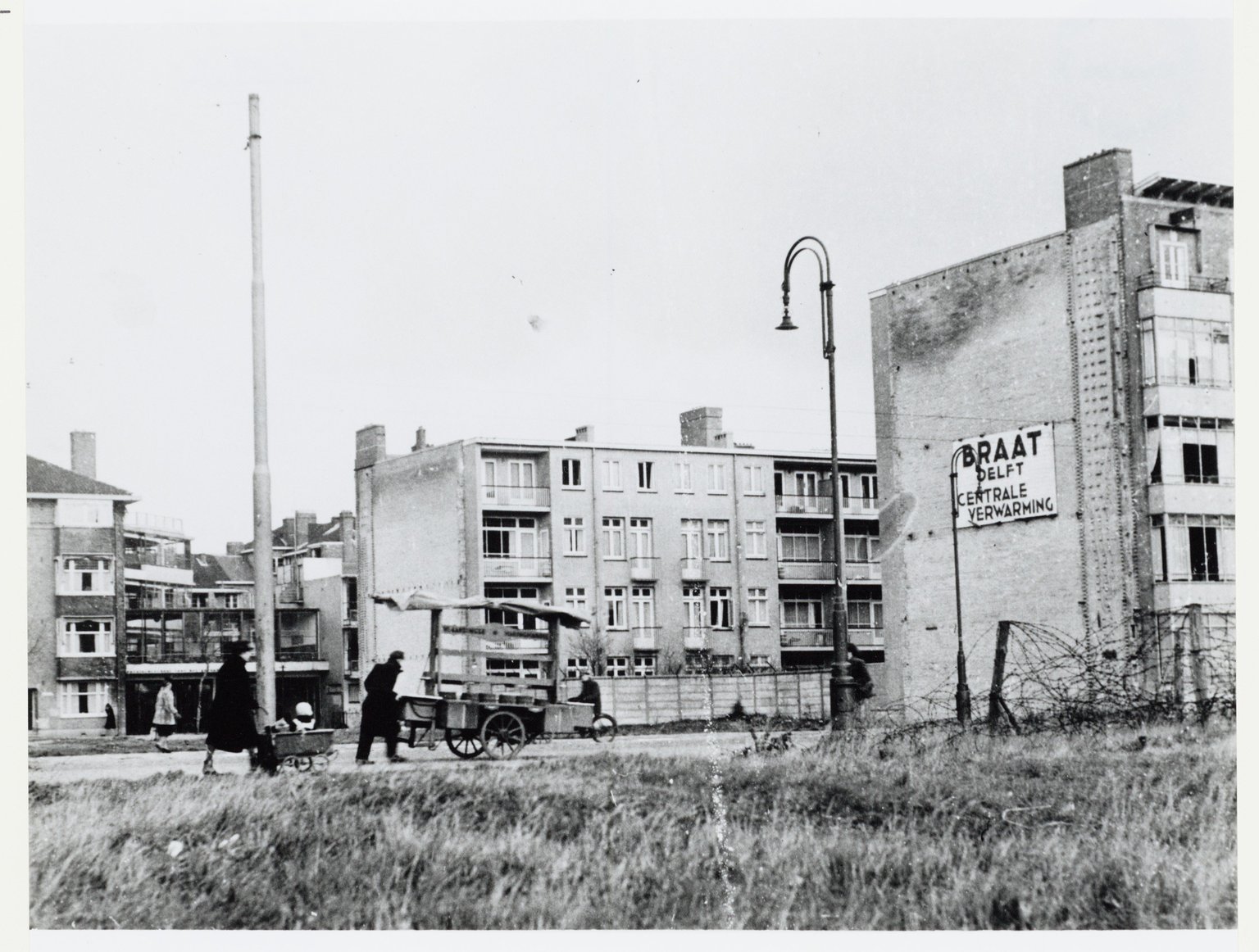
Westerbork becomes overcrowded: Deception on Simchat Torah
Oct. 2, 1942 Westerbork
After Yom Kippur - on September 21, 1942 - the German authorities informed the Jewish Council that no Jews would be brought to Germany for the time being and that there would be few or no arrests. This message soon became known to all Jews and it gave great relief. On October 3 and 4, Sukkot would be festively concluded with Simchat Torah, and many people gather on such days.
But the Nazis were gruesomely misusing the Jewish holidays. They had planned raids all over the country. On Friday 2 October in the evening until the next day, they picked up all families whose men were staying in labor camps and transported them to Camp Westerbork. Under the guise of family reunification, the fathers, sons and brothers, who had not been home for more than six months, were taken from the labor camps to Camp Westerbork as well.
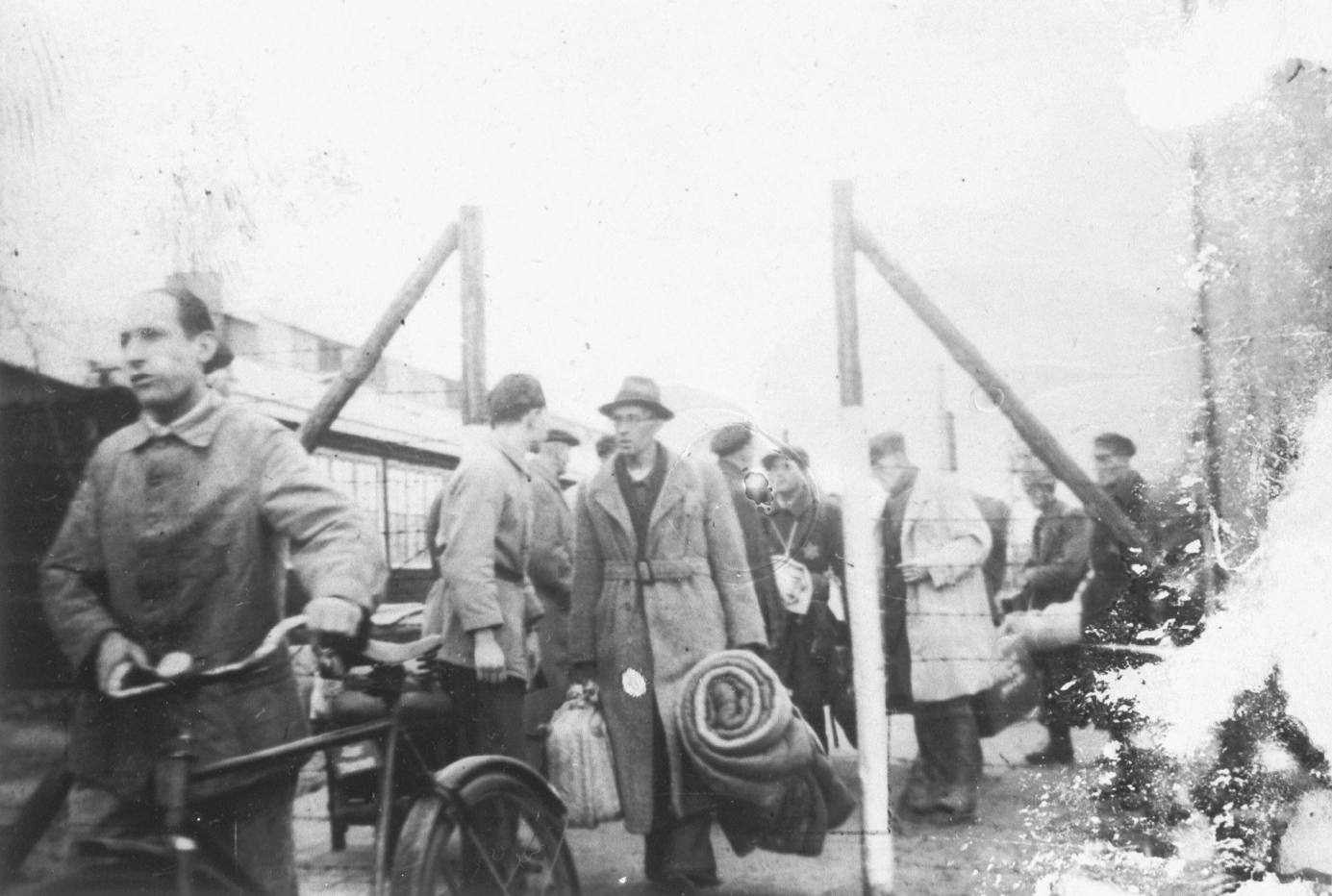
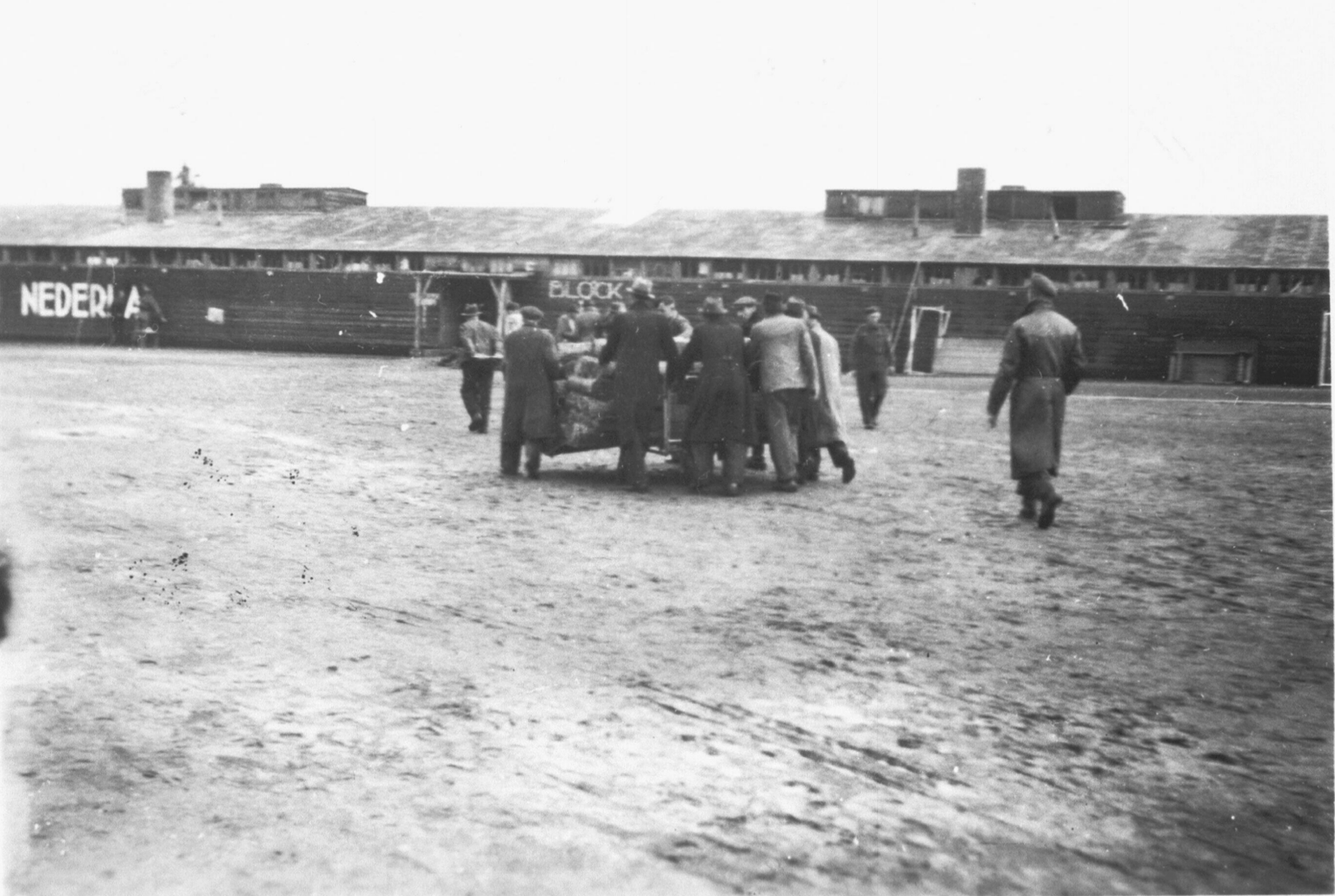
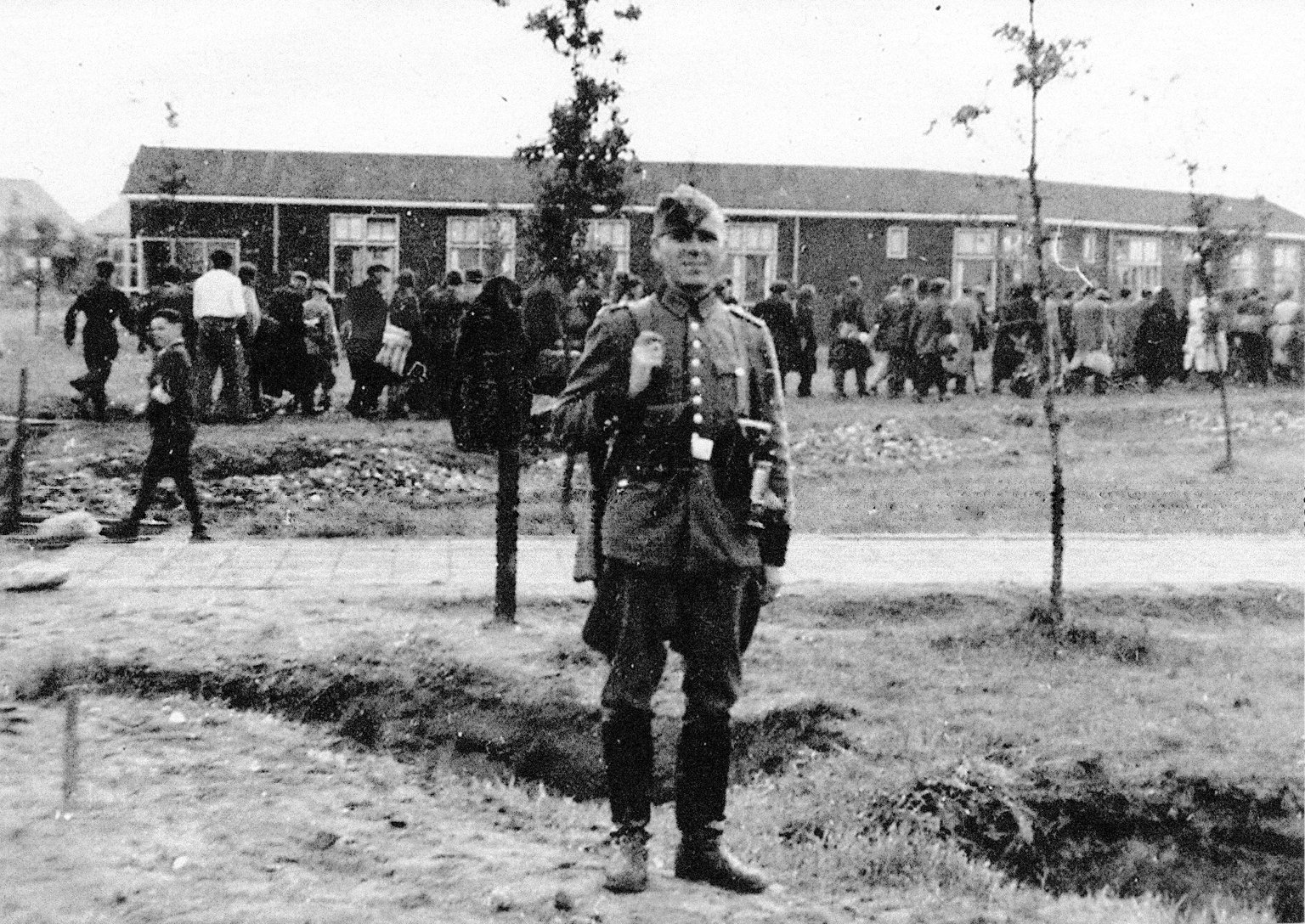
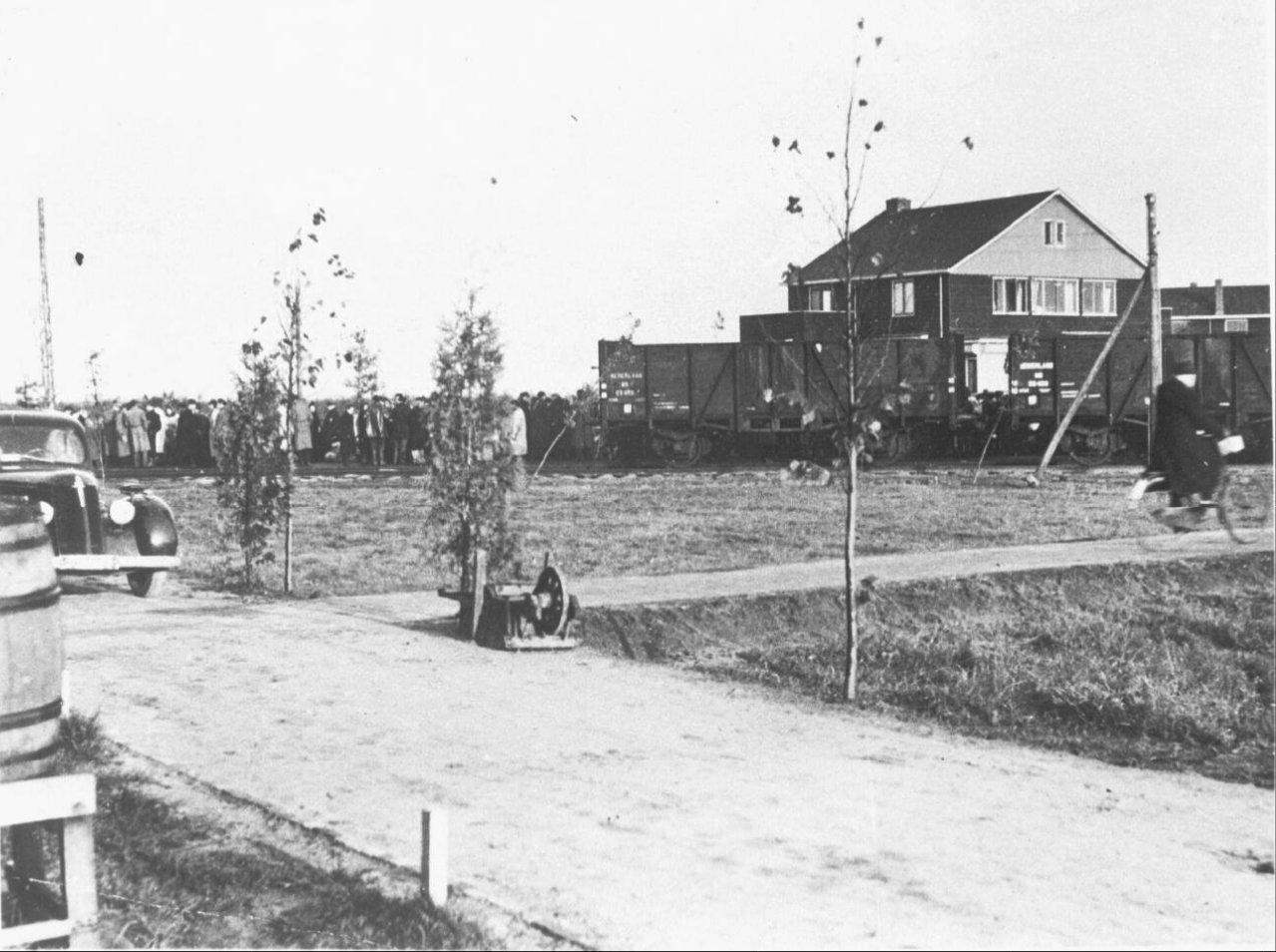
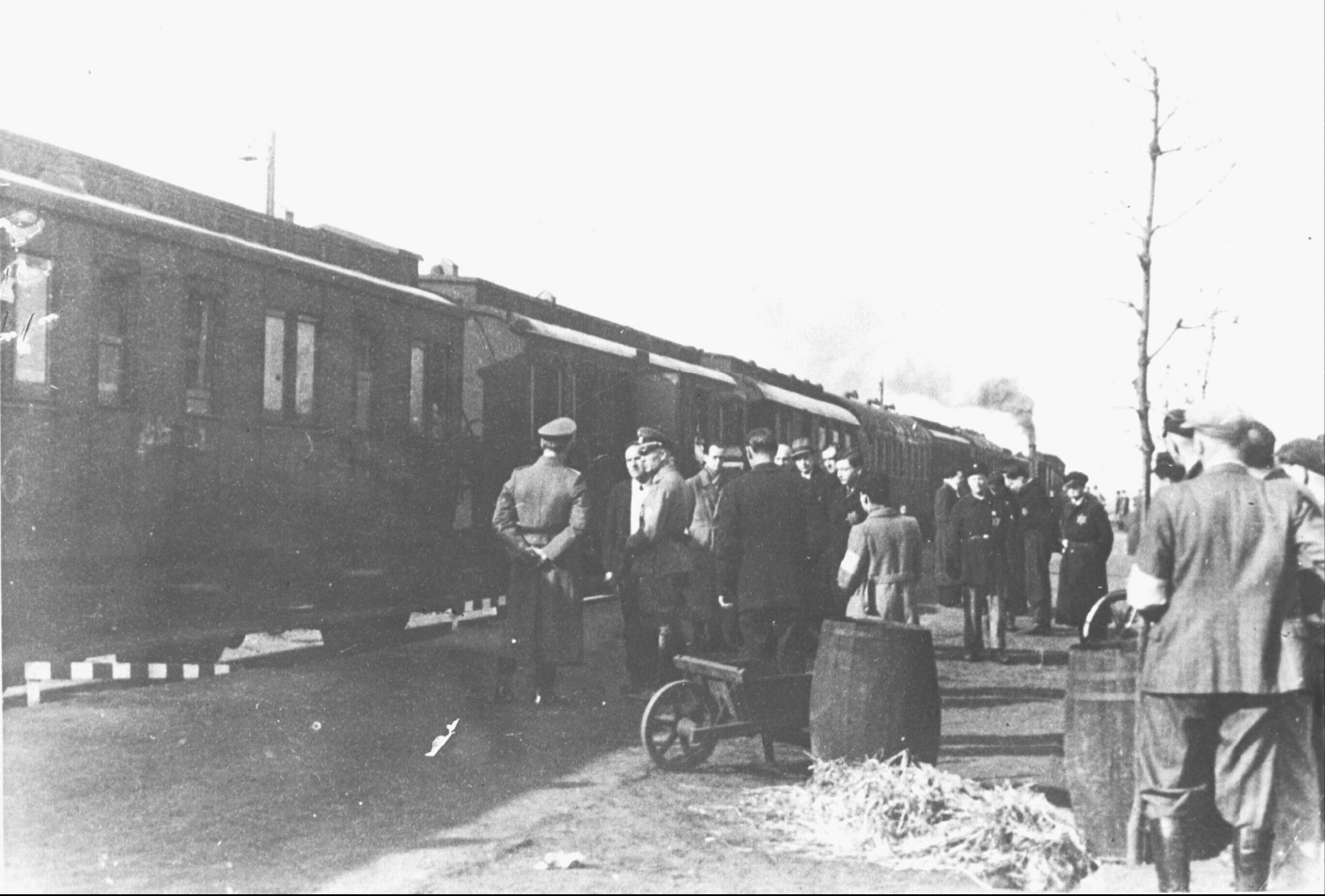
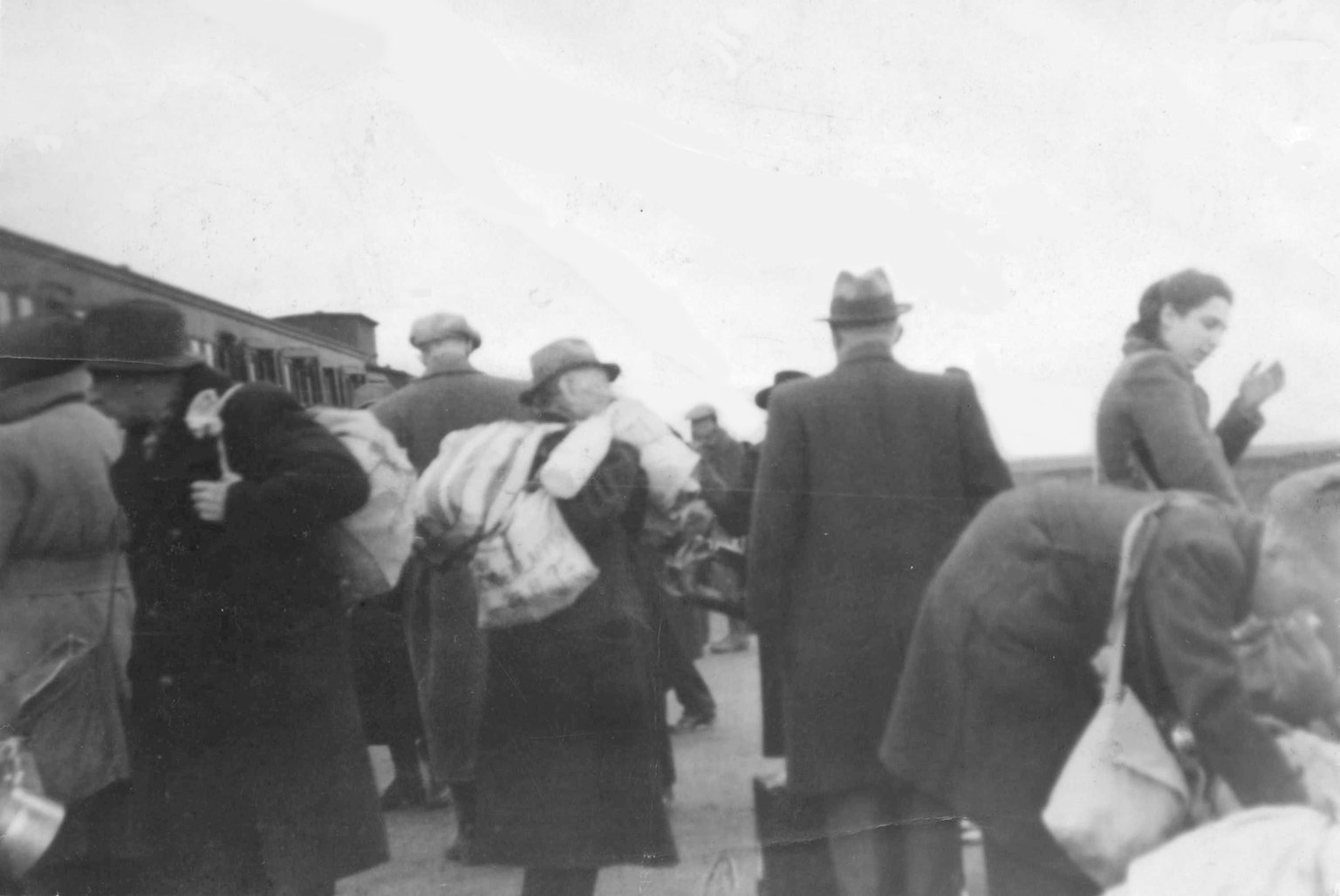
The Westerbork population increased with about 13,000 residents in two days, while there was only room for about 3,000 people. Barracks became overcrowded and thousands of people had to sleep on the floor.
The promise that no Jews would go to camps in Germany turned out to be a lie of the Nazis: in October 1942, nearly 12,000 Jews were deported to Auschwitz by nine trains.
Westerbork is a transit camp
On 1 July 1942, the Nazis had taken control of the old Westerbork refugee camp. It was fenced off using barbed wire and the camp was now called a ‘Police Transit Camp’ (‘Polizeiliches Durchgangslager’). From 15 July onwards, almost all Jews from the Netherlands were first taken to this camp and then sent on to German concentration and extermination camps. They usually went to Auschwitz-Birkenau in occupied Poland, but the trains sometimes stopped along the way to drop the men off at German labour camps.
On 3 October 1942, as many as 24 trains had already made the journey to Auschwitz, together carrying a total of 19,000 prisoners. Most of the prisoners were murdered upon arrival. People in the Netherlands, however, knew nothing about this.
The Hollandsche Schouwburg becomes a deportation centre for Jews
August 1942 Amsterdam
In August 1942, the former Hollandsche Schouwburg theatre in Amsterdam became a deportation centre for Jews. The Nazis called it ‘Umschlagplatz Plantage Middenlaan’. Jews went there voluntarily after receiving a call-up or were dropped off after a raid or arrest. They were then transported to Camp Westerbork. In all, tens of thousands of Jews were at some point imprisoned at the Hollandsche Schouwburg.
The Hollandsche Schouwburg was not big enough to accommodate the many Jews who had been arrested. Some stayed there for a longer period of time, so it quickly became overcrowded. The commotion and the stench were hard to bear. On 25 March 1943, Jewish Willy Alexander wrote in his diary:
'At the moment there are 1300 people in the small "Hollandse Schouwburg". It's so hot and stuffy (and dirty, of course) that everyone keeps asking for something to drink.'
The Hollandsche Schouwburg was closed at the end of 1943. By that time, Amsterdam was 'Judenfrei' - almost all Jews had been deported.
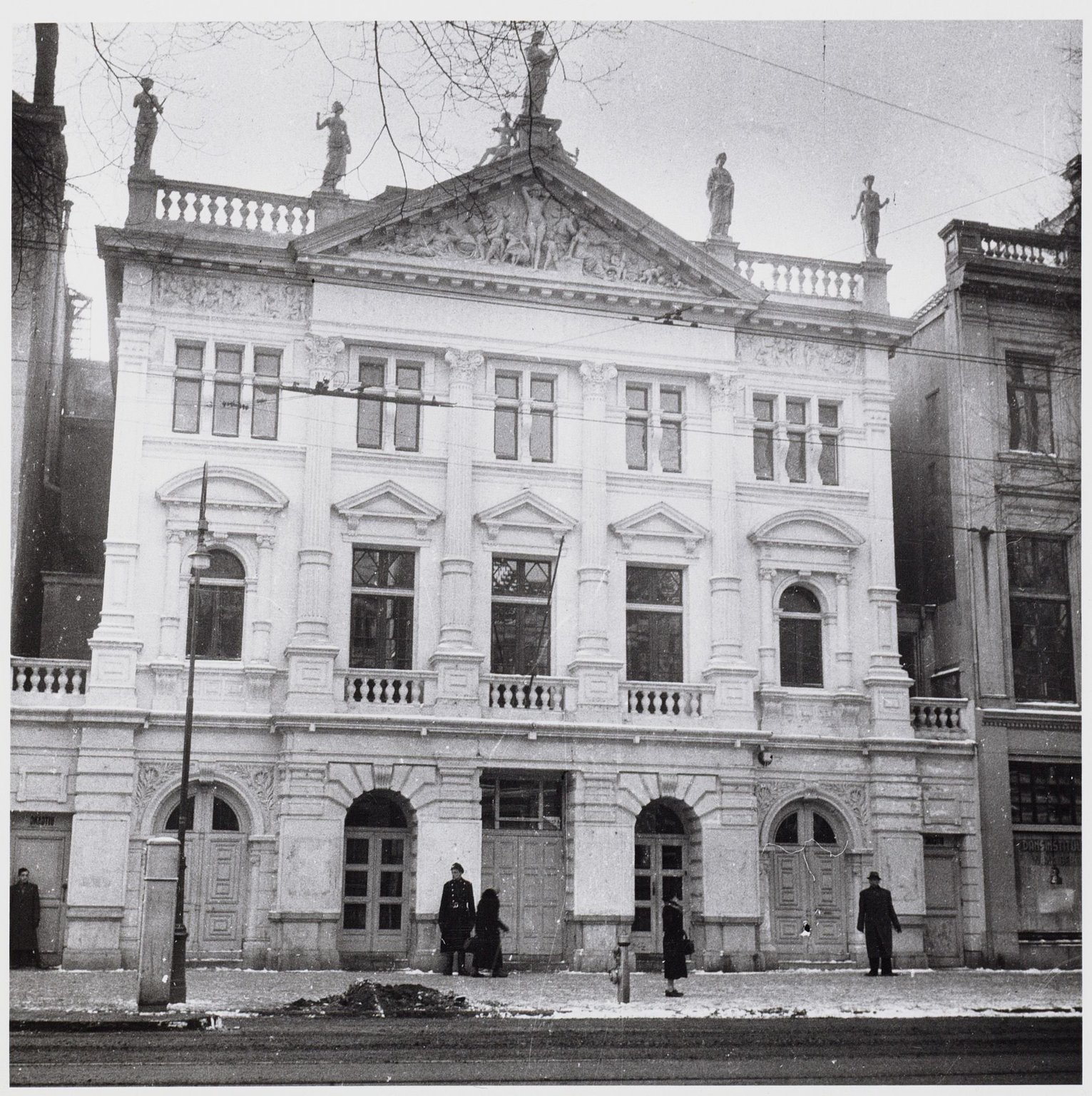
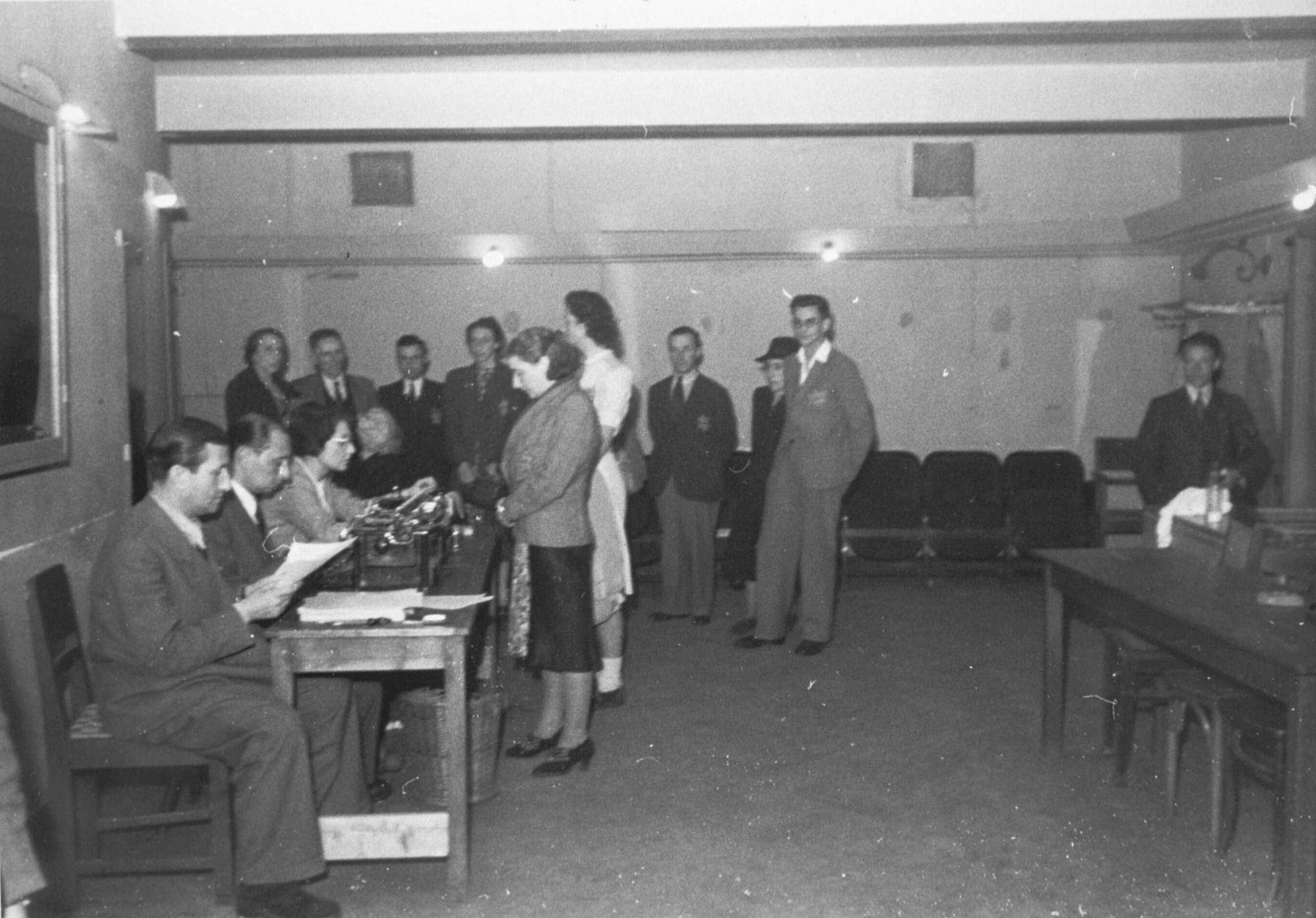
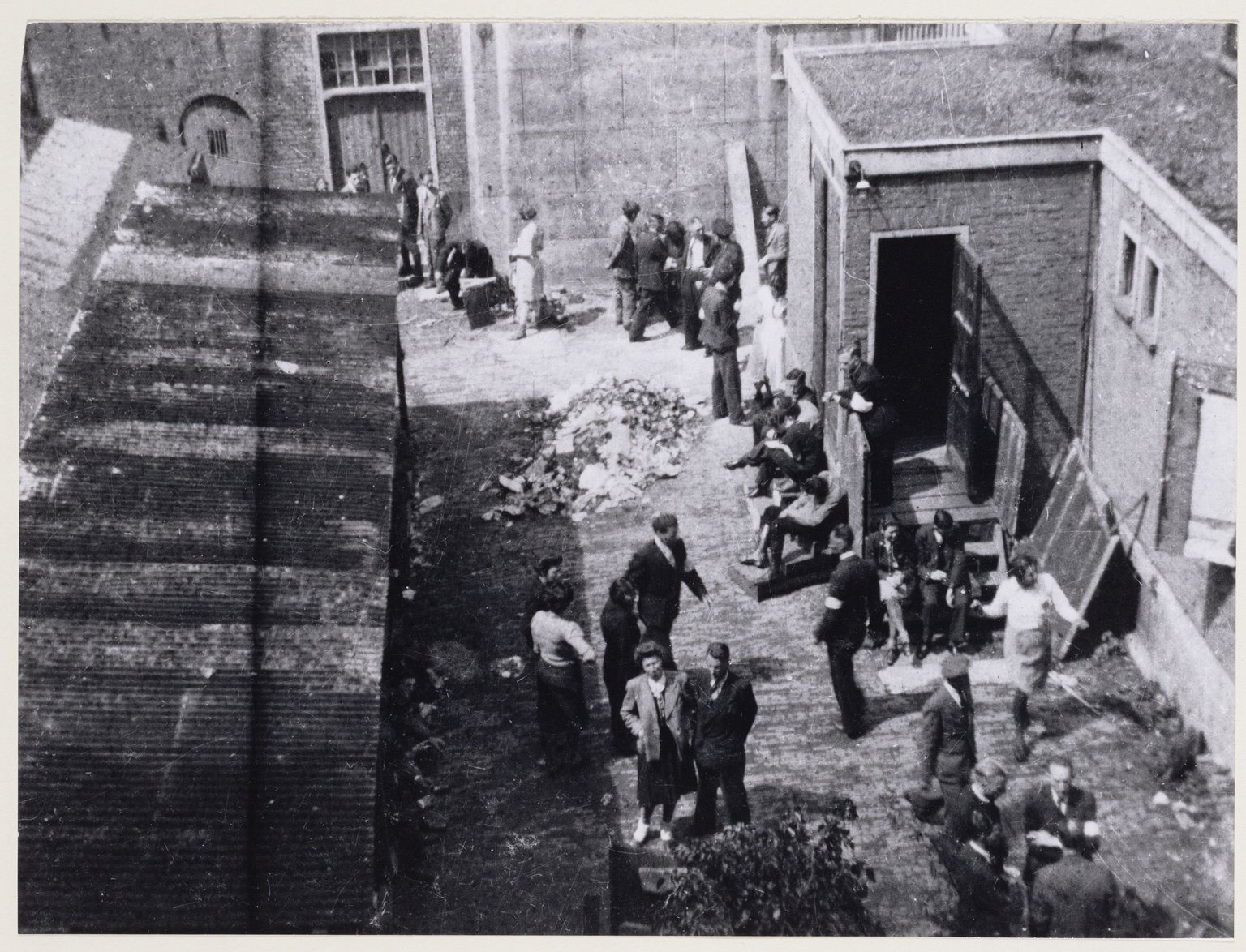
Rauter wants to run all Jews from the provinces
March 29, 1943 The Netherlands
On 29 March 1943, an order issued by Hanns Albin Rauter was published in the newspapers: 'As of 10 April 1943, Jews are forbidden to stay in the provinces of Friesland, Drenthe, Groningen, Overijssel, Gelderland, Limburg, Noord-Brabant, and Zeeland. Jews who are currently in the aforementioned provinces must go to camp Vught.'
Rauter was the highest commander of the German SS and German police in the Netherlands.
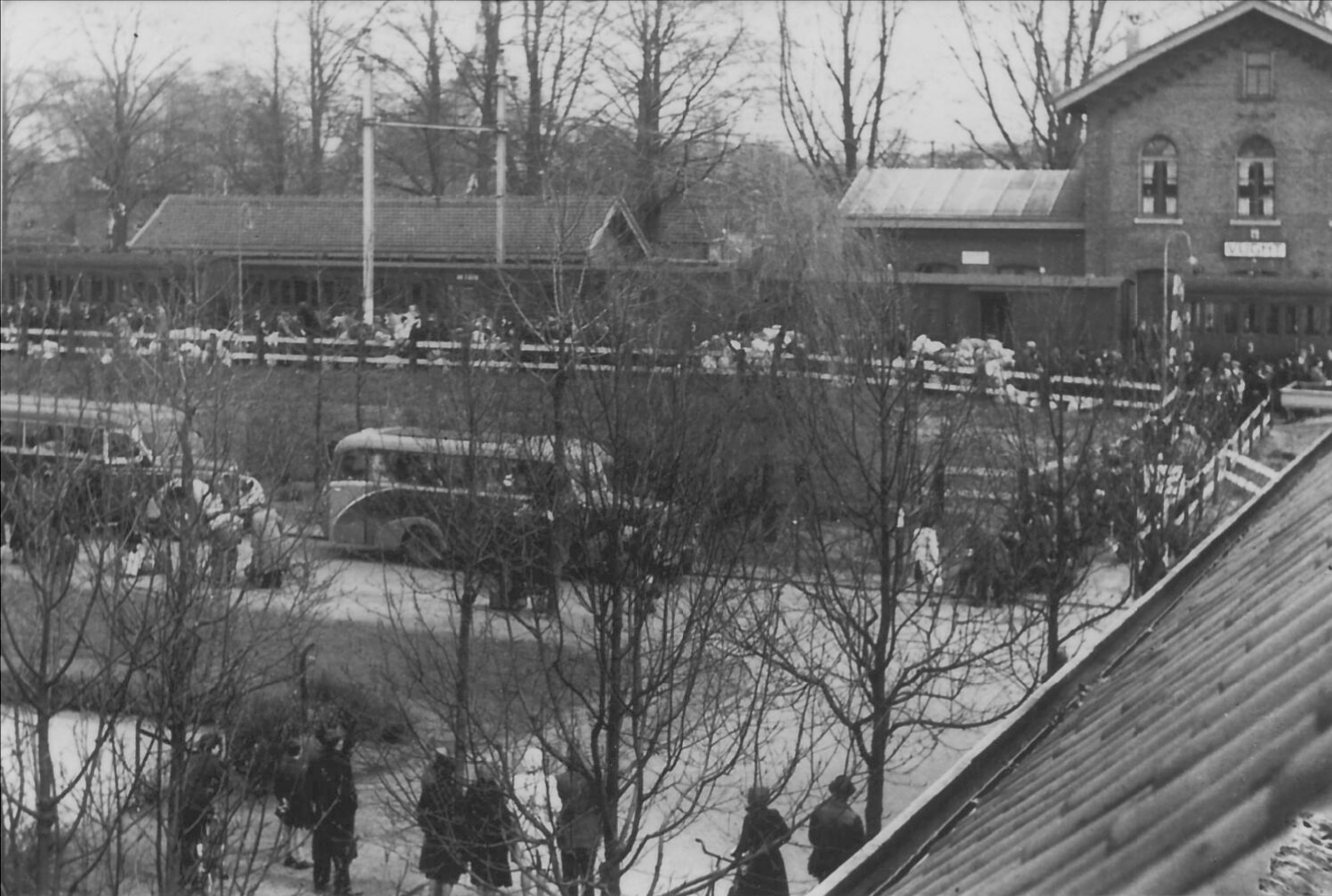
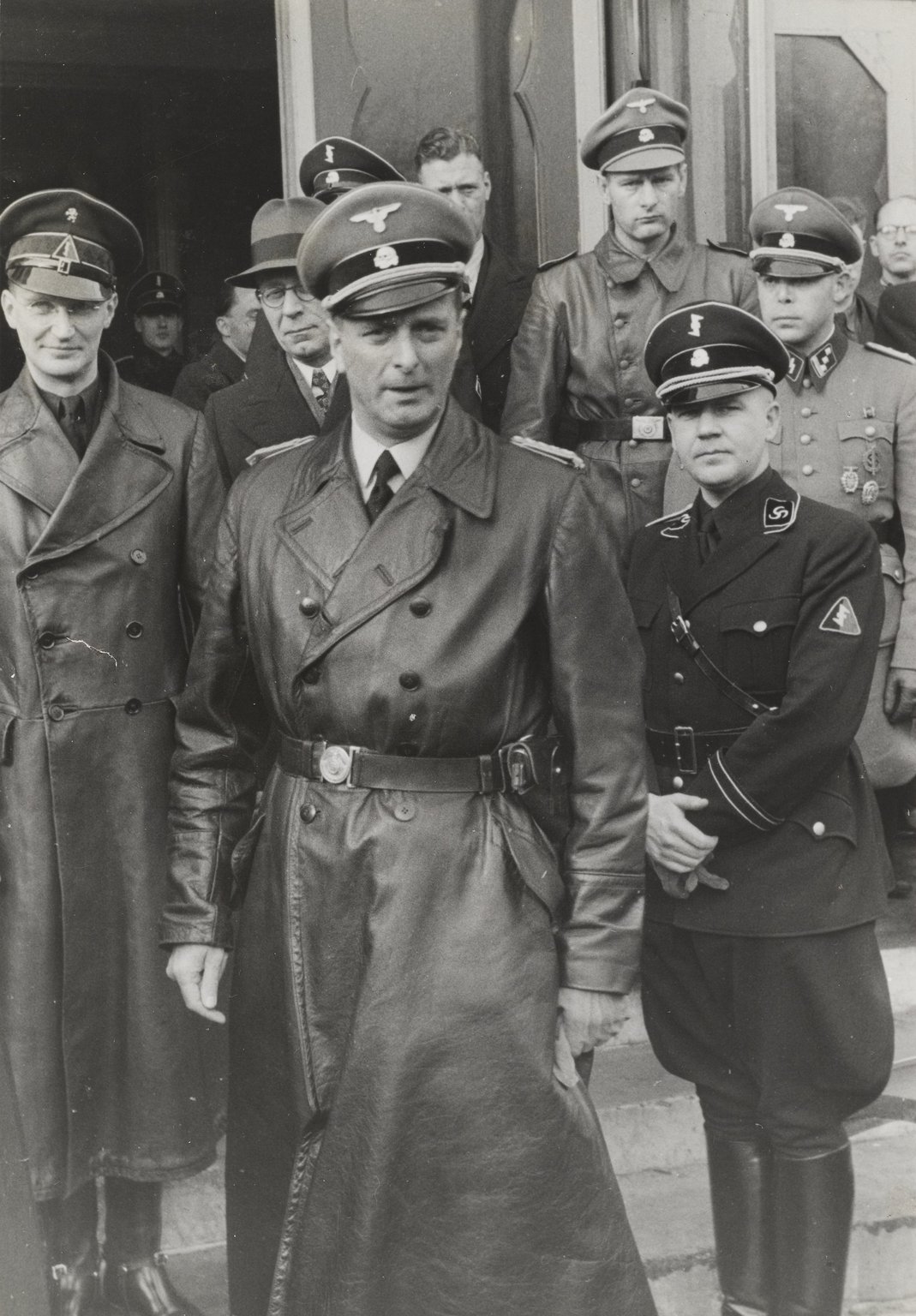
Anne Frank wrote of the news in her diary: ‘Rauter, some German bigwig, recently gave a speech. "All Jews must be out of the German-occupied territories before July 1st. The province of Utrecht will be cleansed of Jews (as if they were cockroaches) between April 1st and May 1st, and the provinces of North and South Holland between May 1st and June 1st." These poor people are being shipped off to filthy slaughterhouses like a herd of sick and neglected cattle. But I'll say no more on the subject. My own thoughts give me nightmares!’
Rauter’s enthusiastic antisemitism was expressed clearly in his speech to Dutch SS members: 'In this way we want to expel the Jews, who are the source of all unrest and terror here, as quickly as possible from the general populace. It is no mean feat to have pulled 130,000 Jews, who would probably have grown to a million in one hundred years’ time, from the healthy German populace. We want to continue these measures relentlessly, because in doing so we are doing the Germanic people a service. That is why we will show no weakness in this matter.'
Dresden is destroyed
Feb. 13, 1945 Dresden
Between 13 and 15 February 1945, the Allied air forces bombed the German city of Dresden four times. The entire city was destroyed.
As they used firebombs, the German population was not even safe in the air-raid shelters. Over 20,000 people died and many more were injured. Most of Dresden’s historic city centre was destroyed. This bombardment was one of many strategic bombardments carried out by the Allies. They did not attack specific targets but entire cities. They wanted to destroy the German infrastructure and industry and break the spirit of the German people. By causing as much damage and inflicting as many casualties as possible, they hoped to bring the war to a quick end.
The Germans saw the bombardment as proof of the cruelty of the Allies, their enemies. They called it 'terror bombing’.
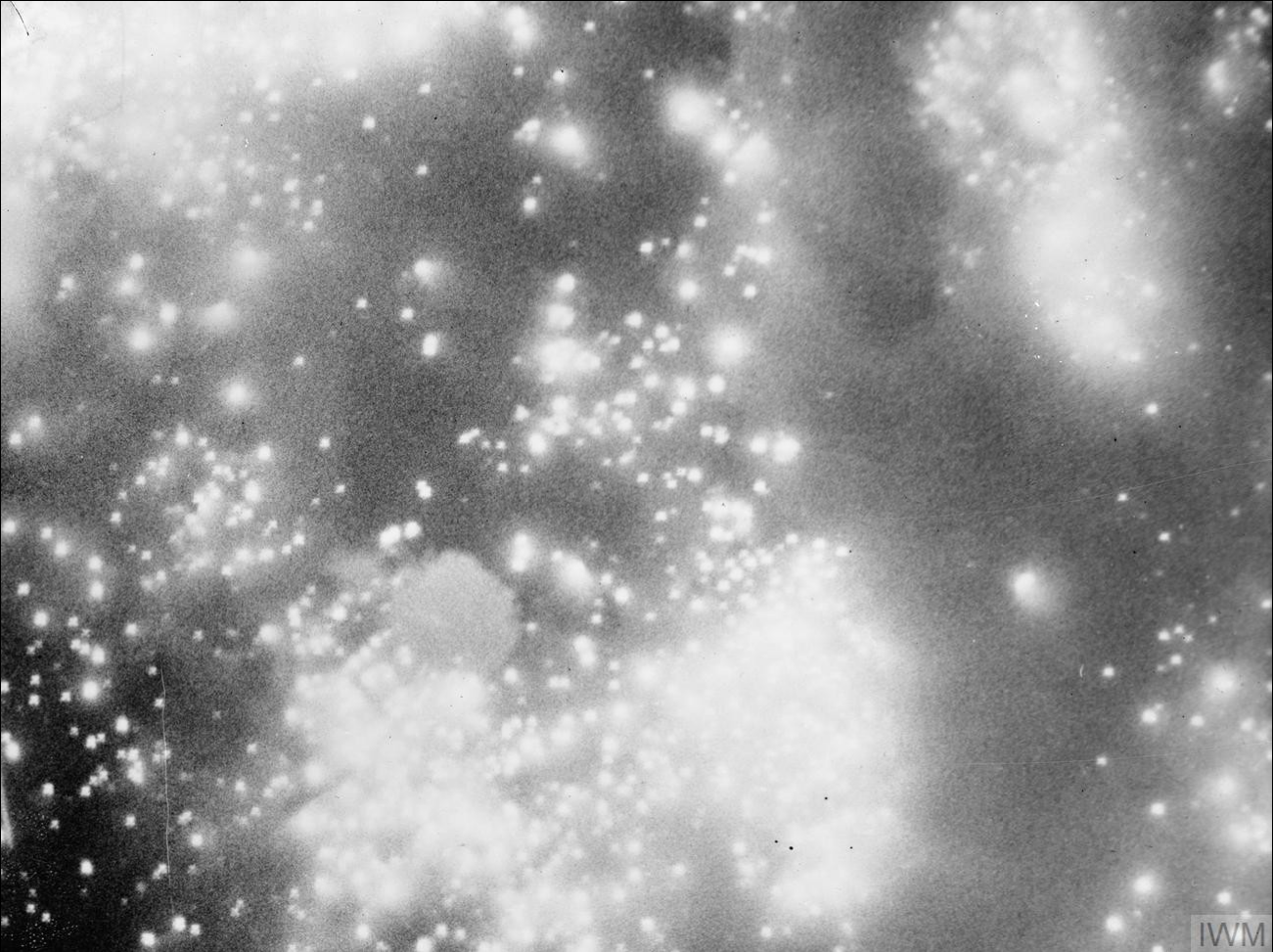
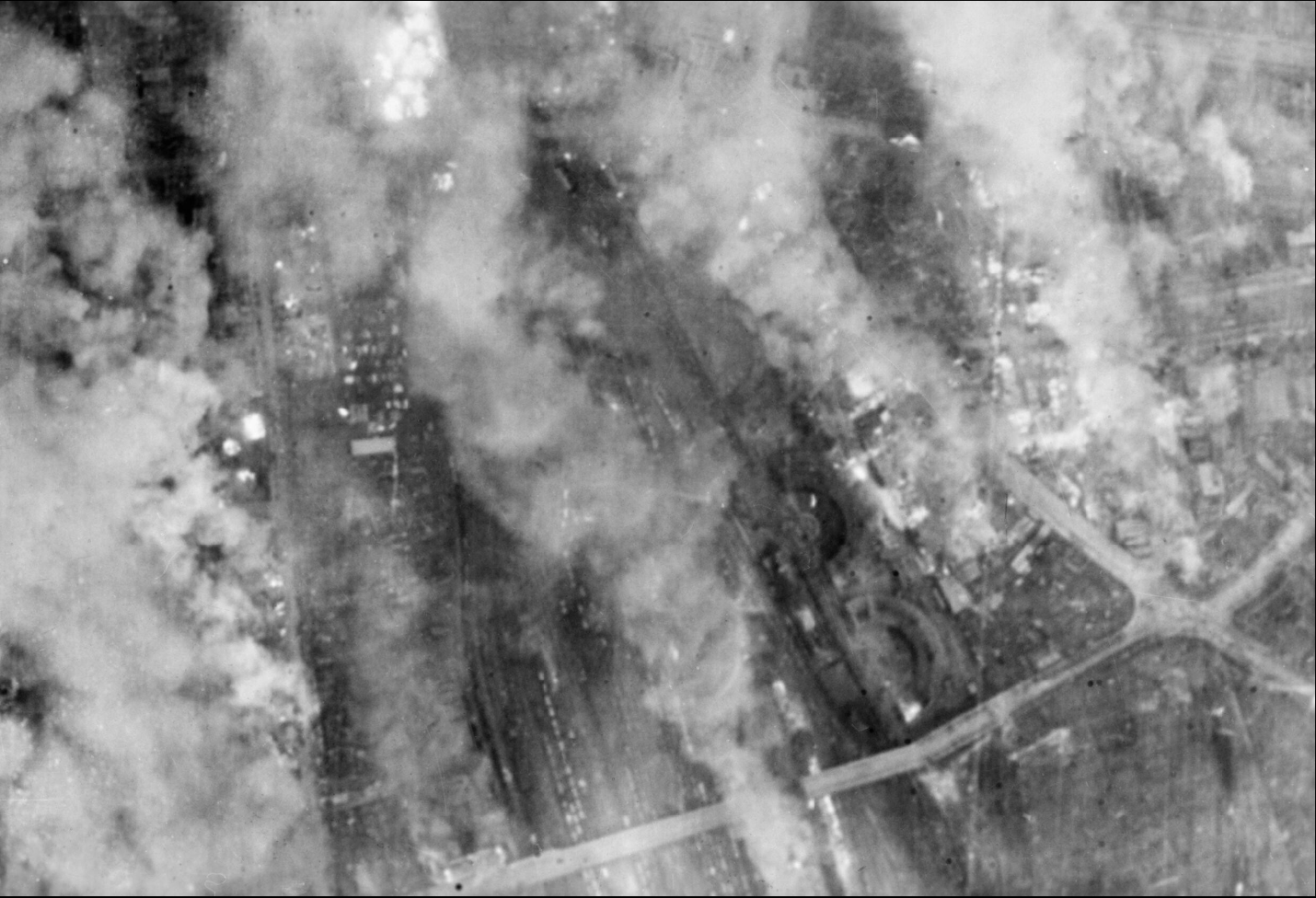
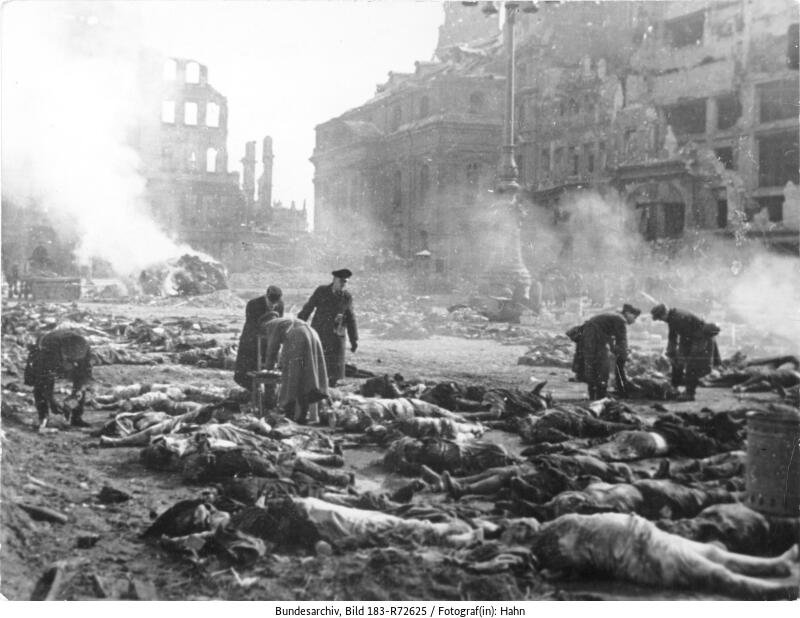
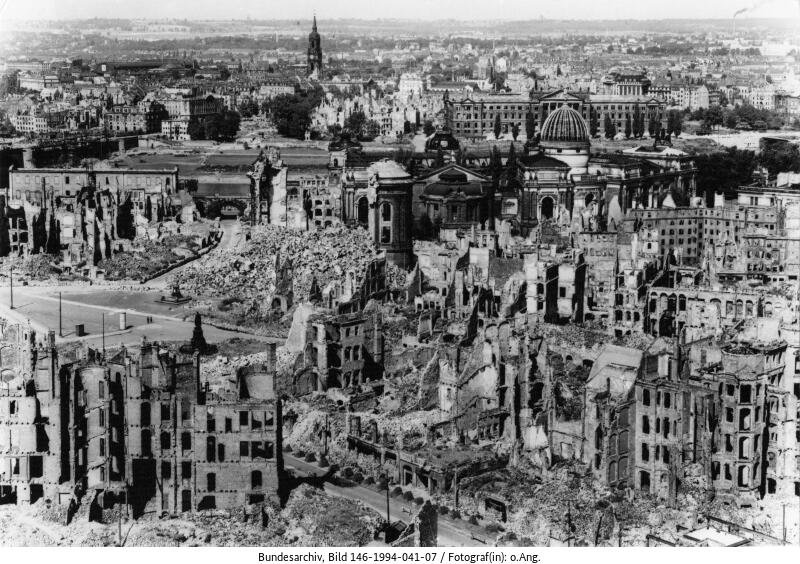
Some historians consider the bombardment a war crime, because it targeted unarmed civilians and did not serve a military purpose. Others feel that it was a justified military action supporting the advance of the Red army, since Dresden was an important junction and communication centre.
The liberation of Bergen-Belsen
April 15, 1945 Bergen-Belsen
On 15 April 1945, British troops liberated the Bergen-Belsen concentration camp in northern Germany. They walked straight into a nightmare. The camp was overcrowded, with 60,000 starving and weakened Jews and prisoners of war from all over Europe. Many of them were more dead than alive. All around lay heaps of dead people. Even after the liberation, more than 13,000 prisoners still died.
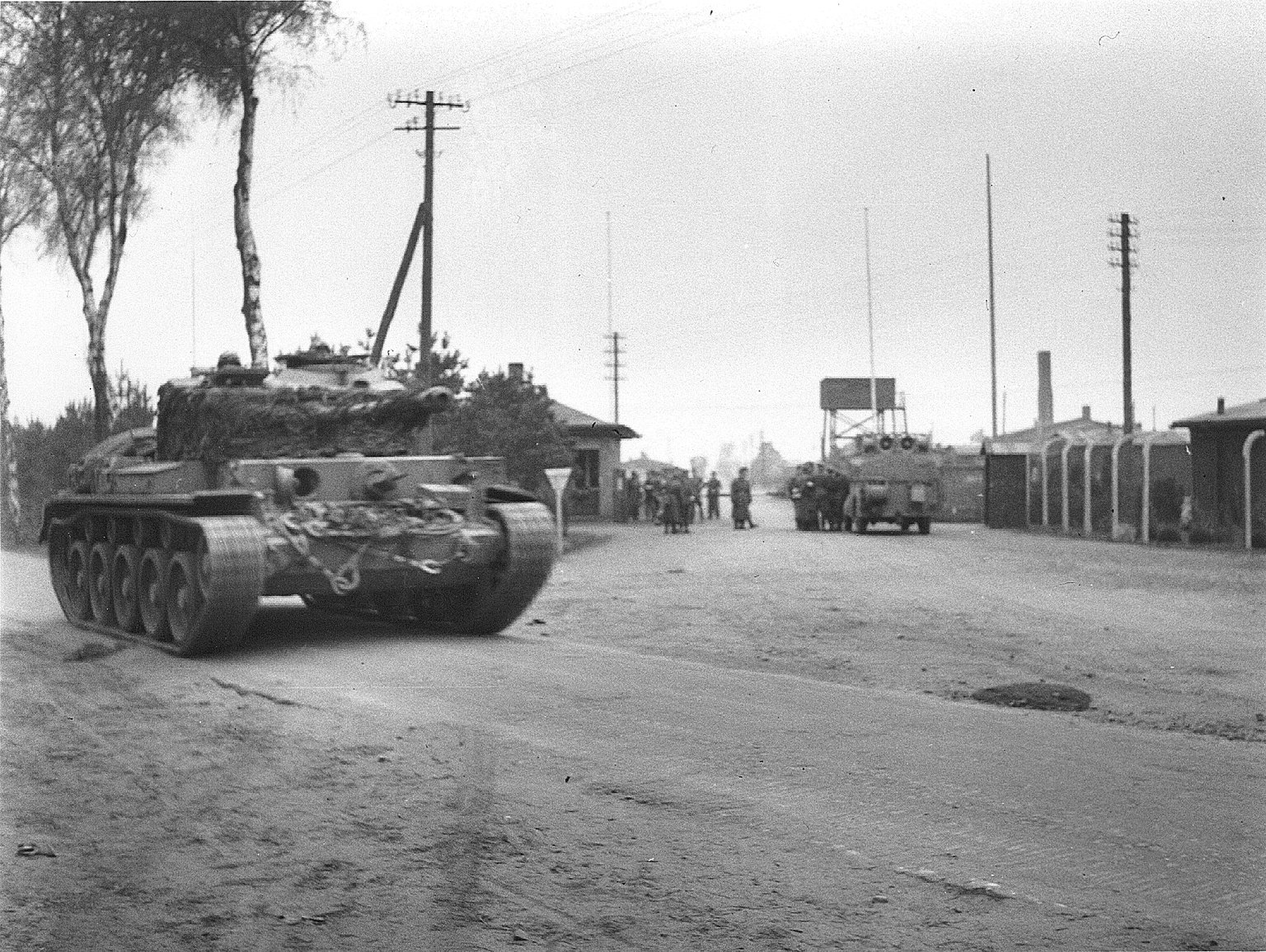
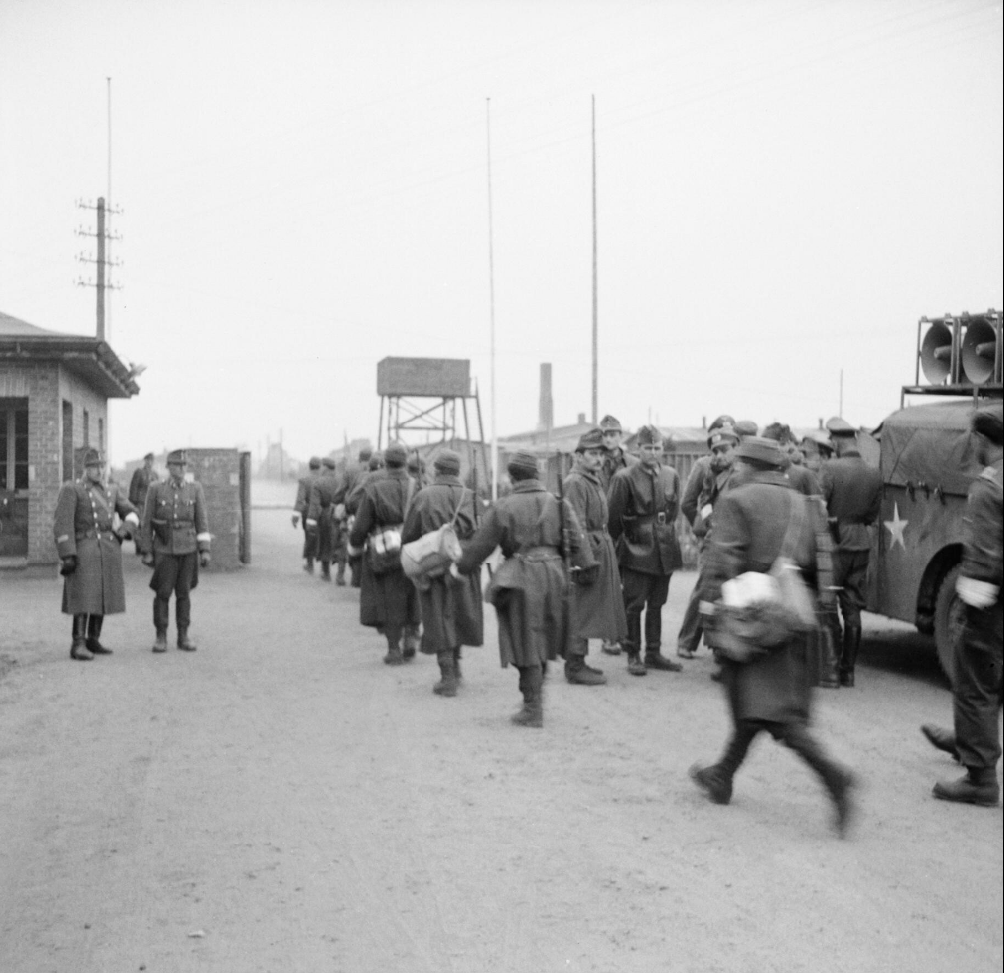
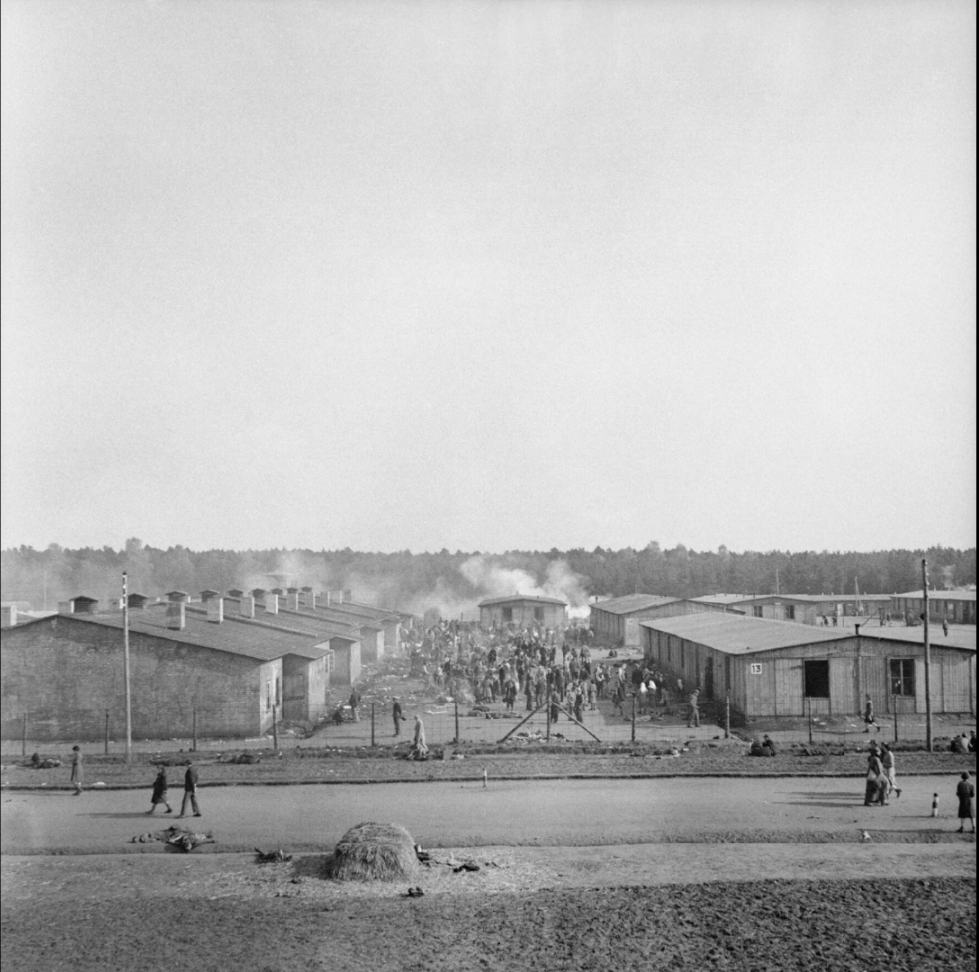
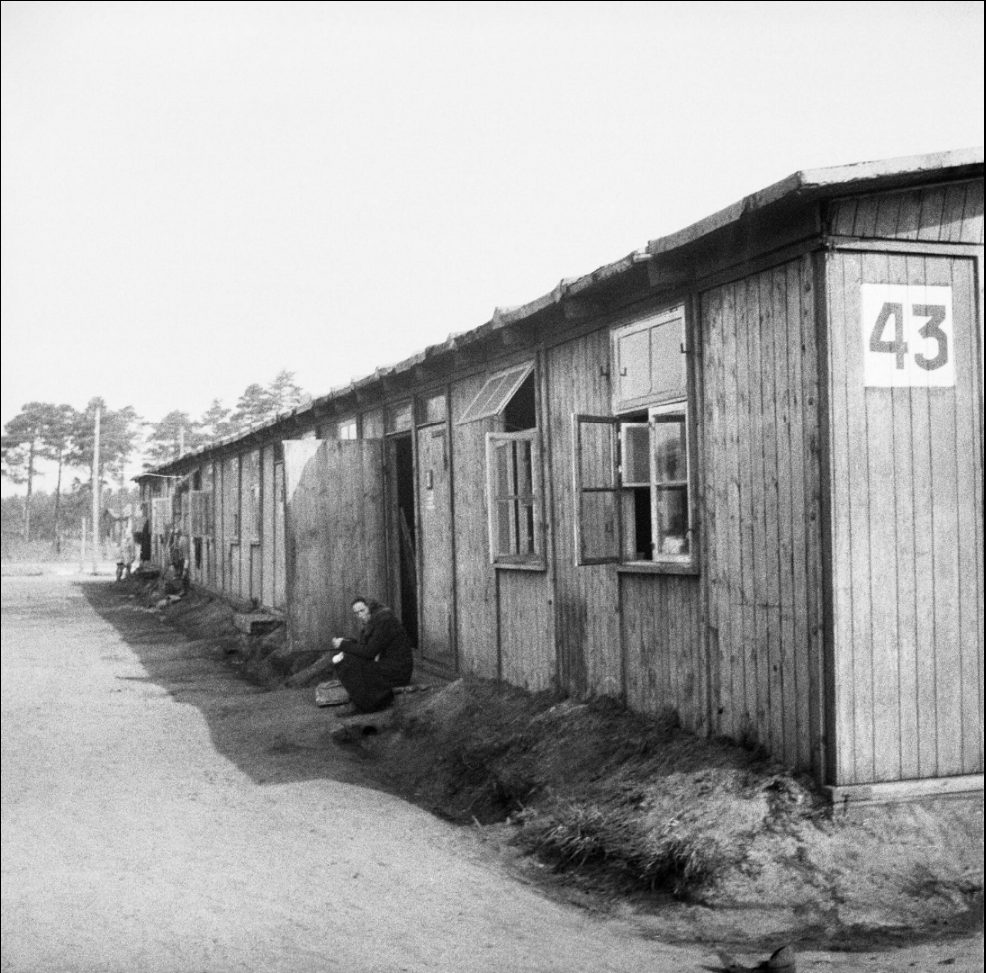
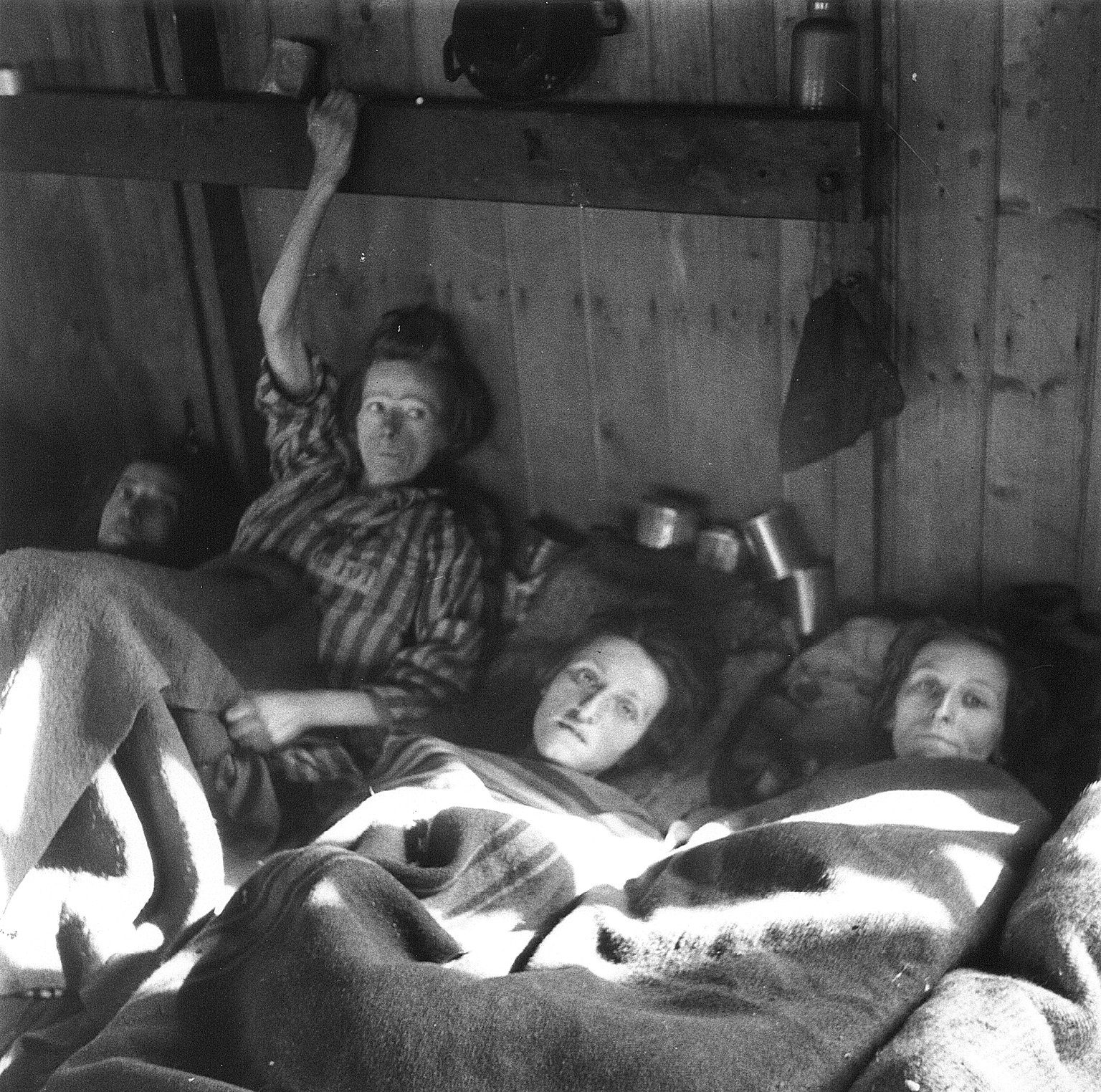
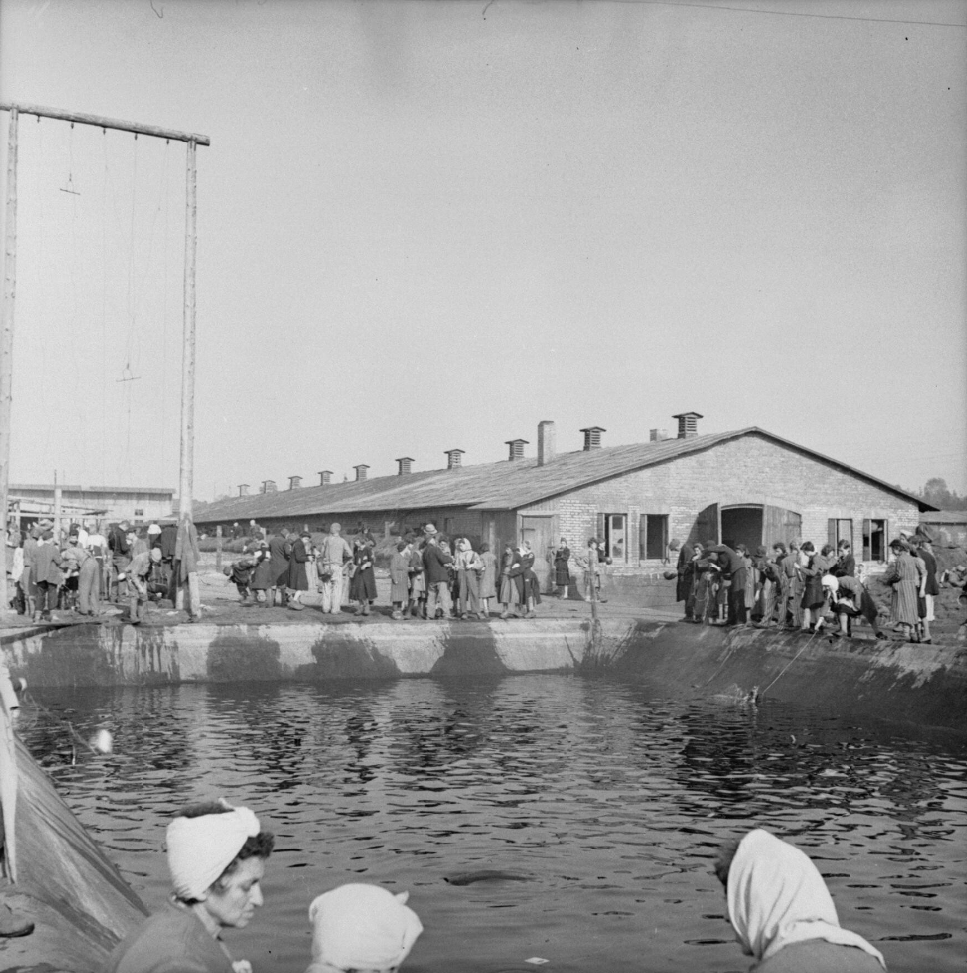
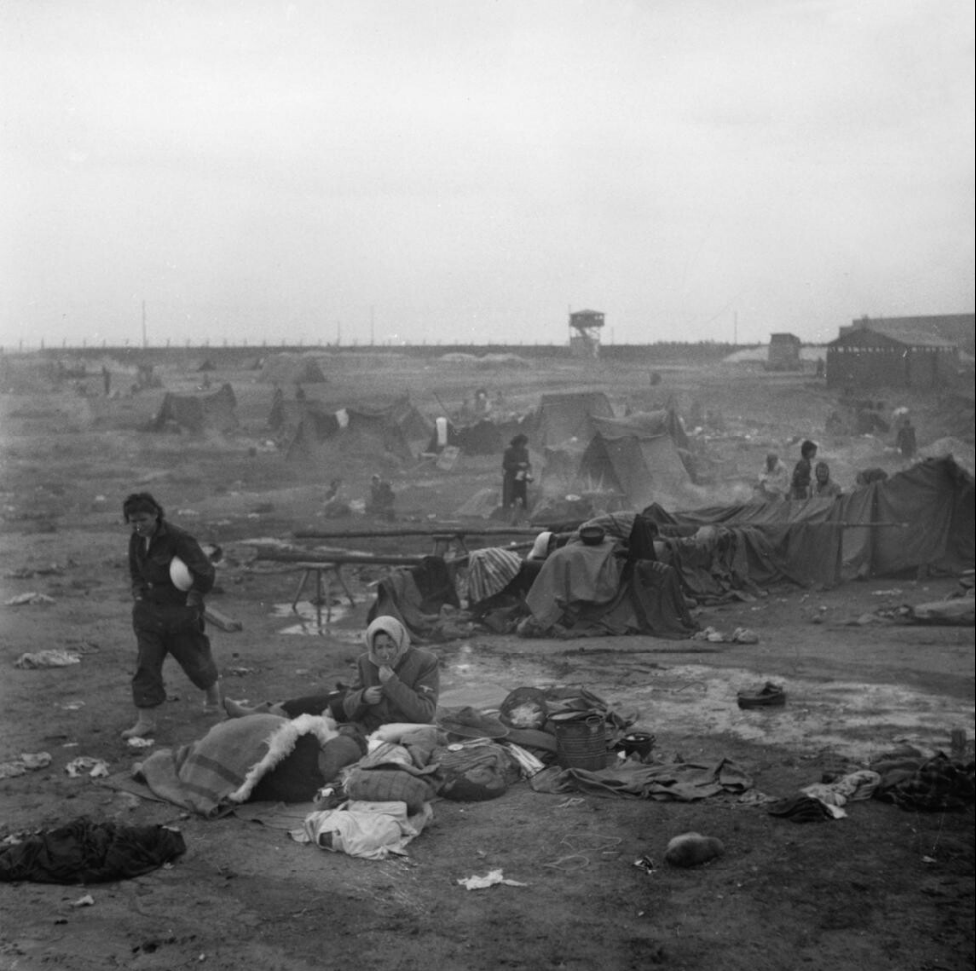
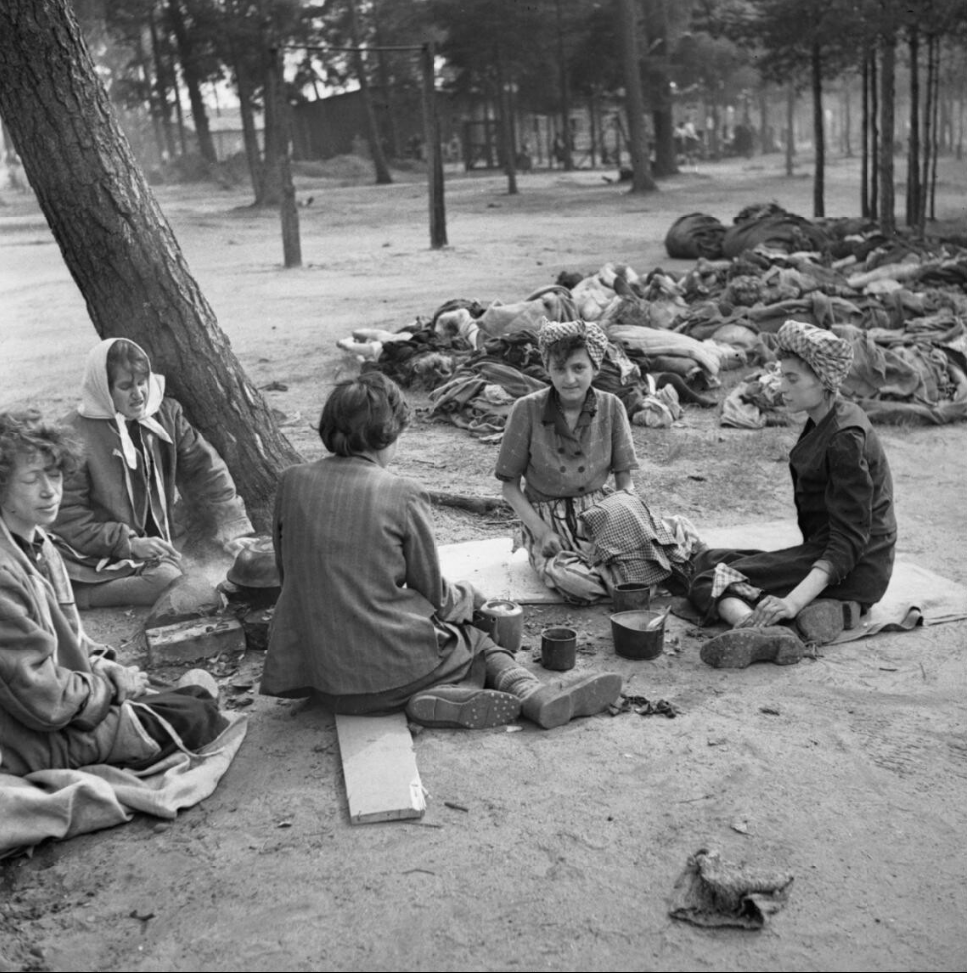
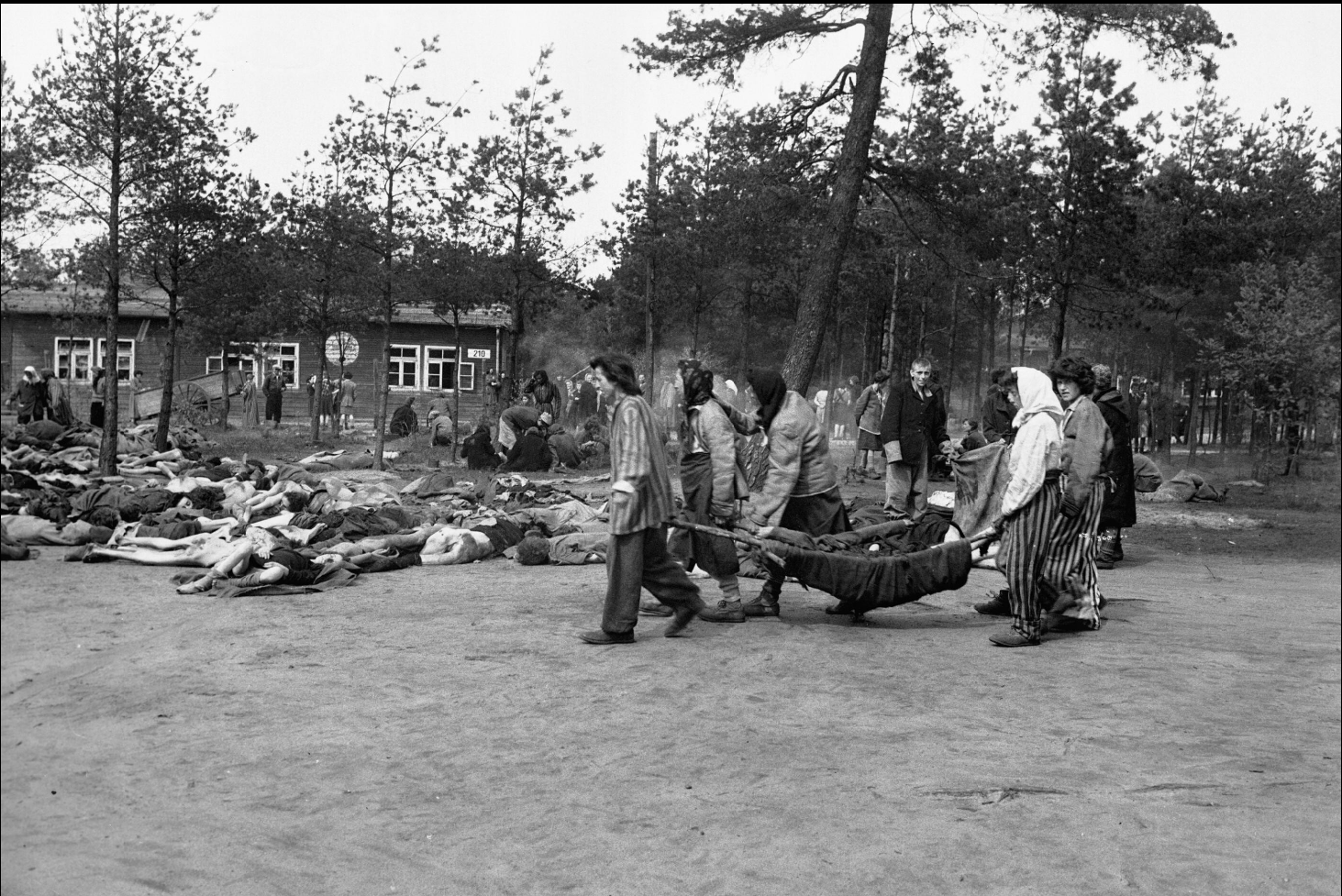
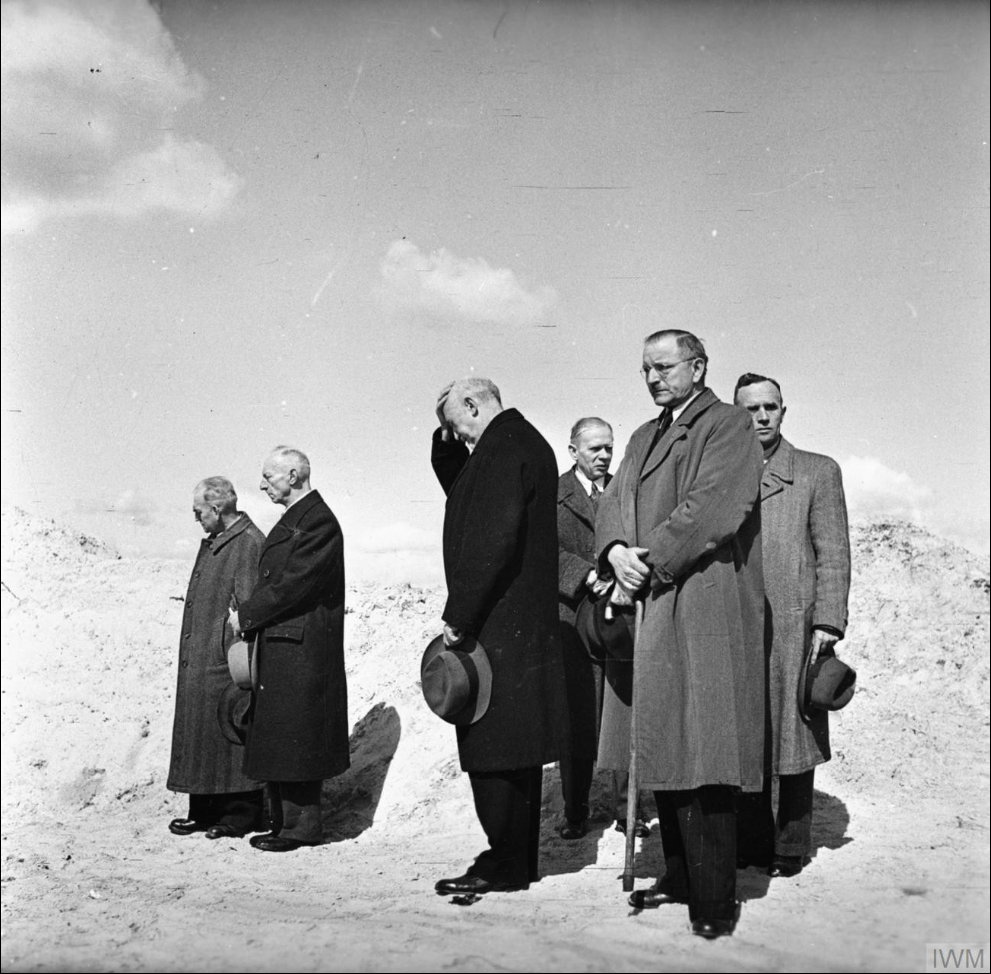
The camp was rife with deadly diseases, such as typhus, dysentery, and tuberculosis, caused by poor hygiene and malnutrition. As the thousands of dead bodies were contagious, they had to be buried in a hurry. At first, the British forced the arrested SS officers and other guards to dig the graves; later, they also used bulldozers. The mayors of the towns near the camp were forced to stand at the edge of the graves and watch.
The British filmed and photographed the scene in order to show the rest of the world the terrible truth.
The deportations to Auschwitz have begun
July 15, 1942 Amsterdam
In July 1942, at the same time as Margot Frank, about 4,000 Jews were summoned to report for ‘unemployment relief work under police supervision’ or, in other words, forced labour.
Just like with the Frank family, sometimes only the minors in a family received a call-up. Many people did not trust the authorities and decided not to register. The German police responded by raiding South Amsterdam and the centre of the city on 14 July. Approximately 700 people were arrested. They were released when 200 people reported for work after a few days.
The next day, the first train left Amsterdam Central Station for the Westerbork transit camp, carrying 962 Jews. On that same day, the first train drove from Westerbork to the Auschwitz concentration and extermination camp, with 1137 Jews on board. One week later, two more trains ran to the transit camp. All through July of 1942, trains ran from Westerbork to Auschwitz, with thousands of Jews on board.
Because too few people reported for deportation after receiving their call-ups, the Nazis held raids to pick up additional people. They cordoned off streets, arrested people in the streets, or picked them up from home. They also threatened to send people who failed to report to the infamous Mauthausen concentration camp, which was considered a death sentence. Later, the Nazis were assisted by the Amsterdam police to pick up Jews from their homes.
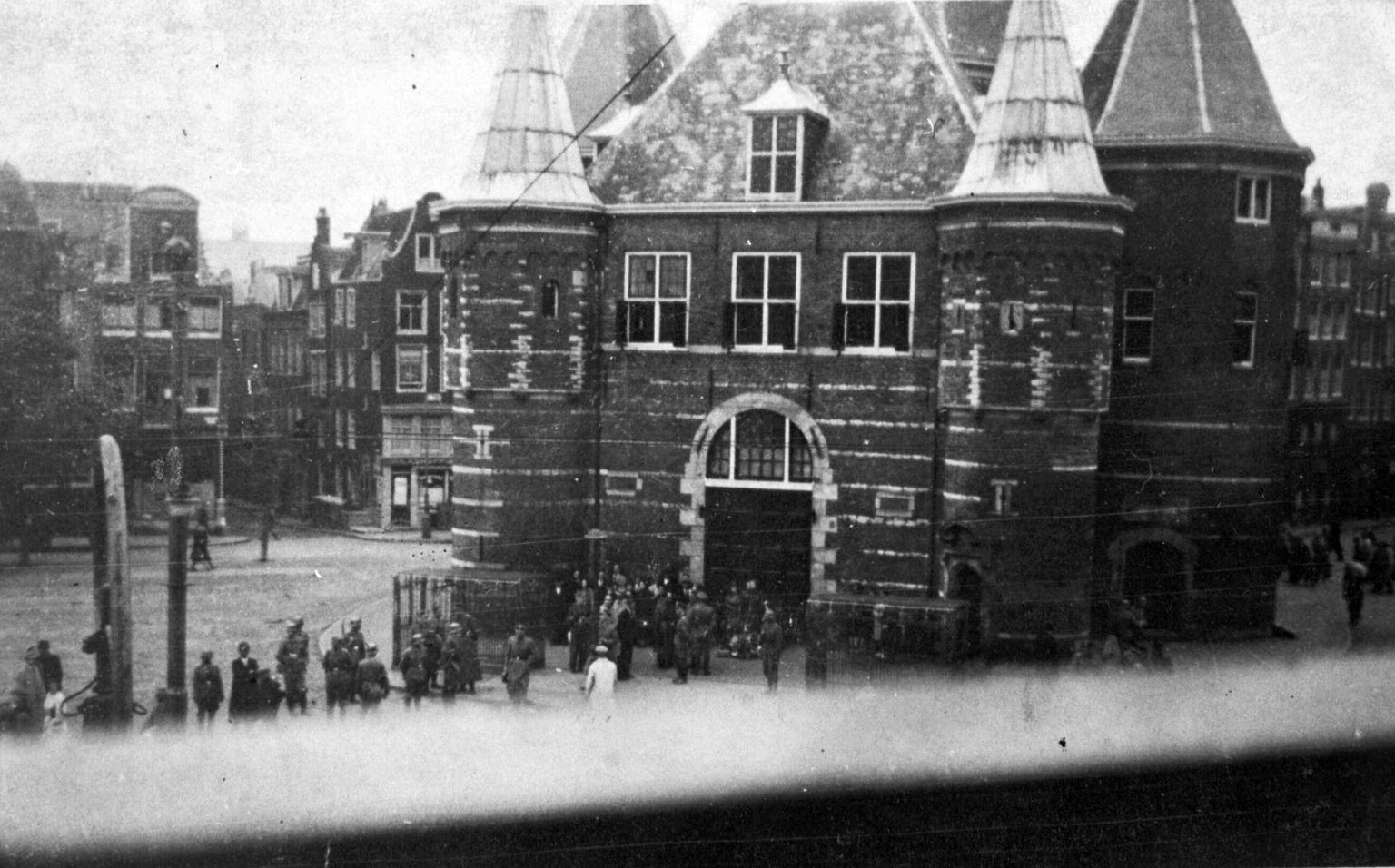
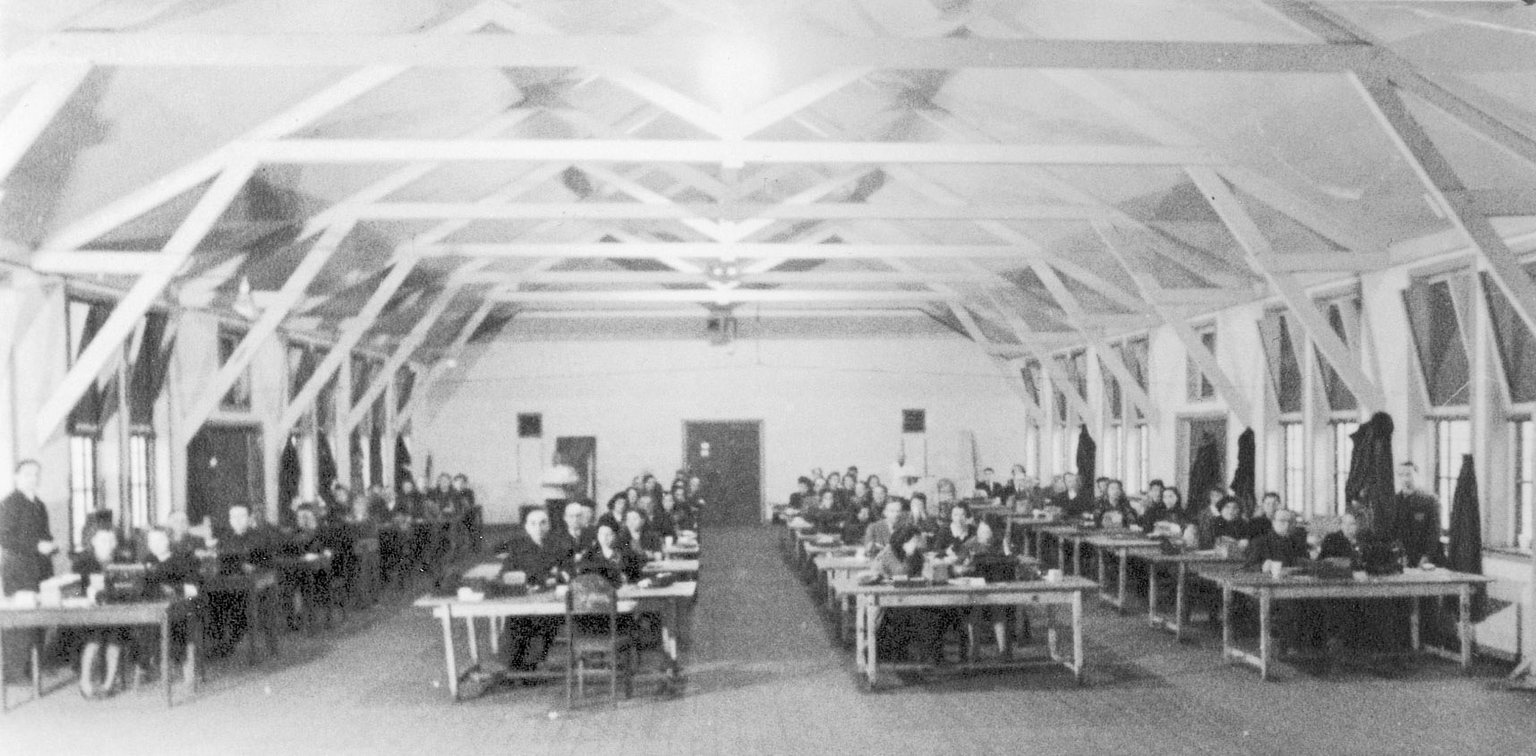
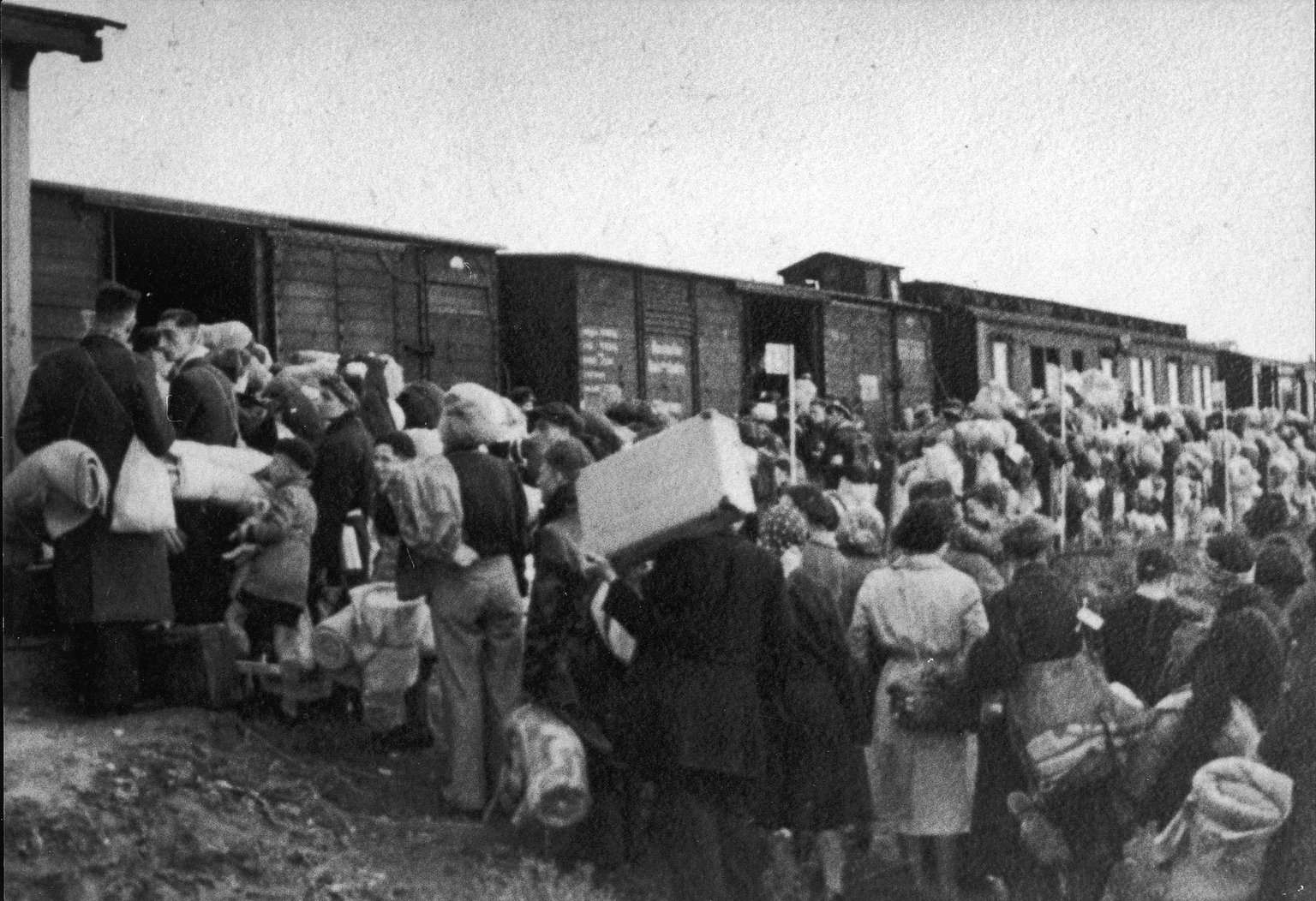
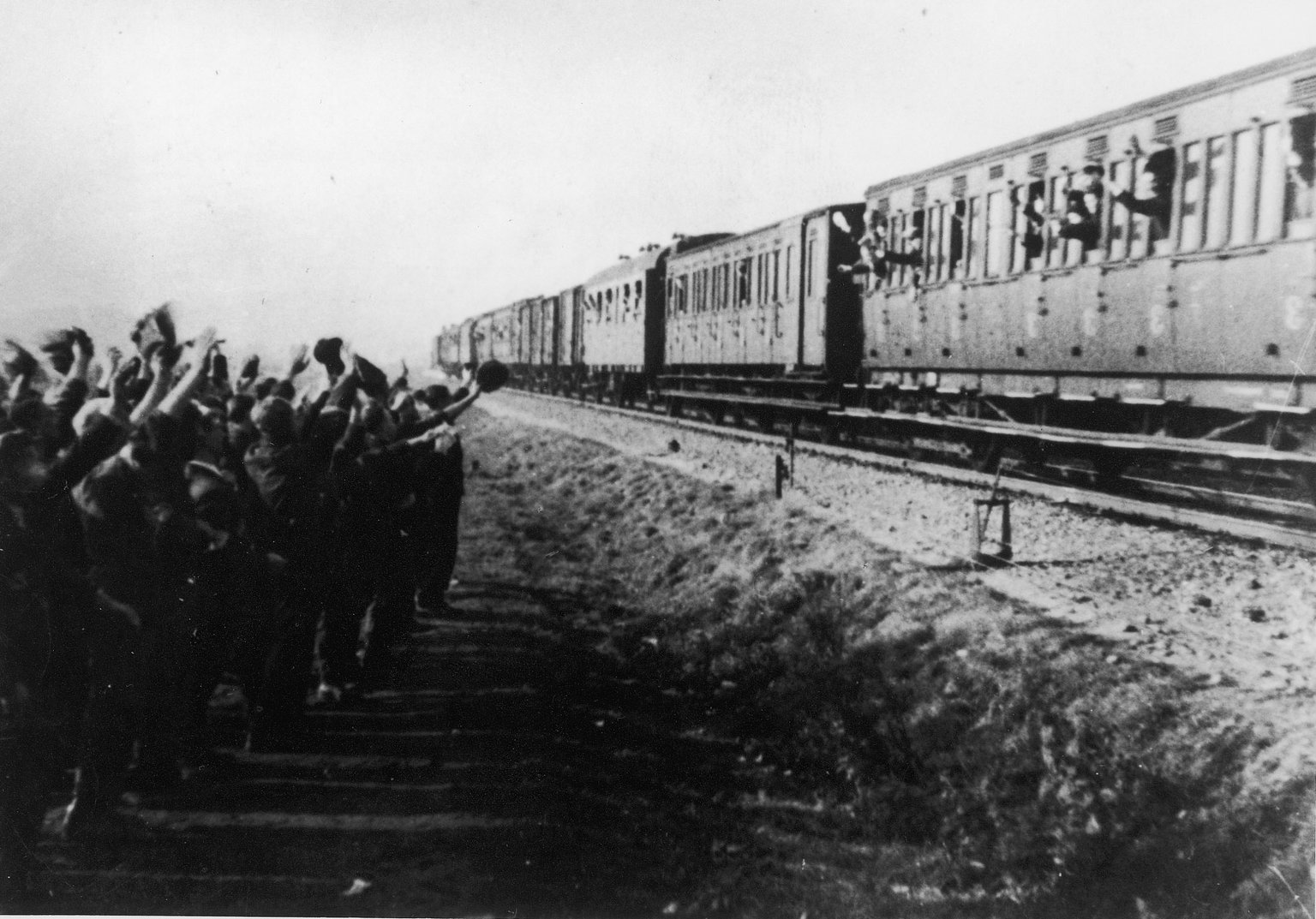
Bombing the Philips factories in Eindhoven
Dec. 6, 1942 Eindhoven
On Sunday morning, 6 December 1942, the British Air Force bombed the Philips factories in Eindhoven. Philips had been manufacturing parts for German military equipment. The factories were scattered throughout the city. Despite the losses - 14 out of 93 aircraft crashed - Operation Oyster was a military success. Large parts of the Philips factories were destroyed.
However, the inhabitants of Eindhoven suffered collateral damage: ill-directed bombs killed 138 people and damaged many buildings, including a hospital.
Since the bombing took place on the day after the celebration of the Sinterklaas festival, it was also called the 'Sinterklaas Bombing'.
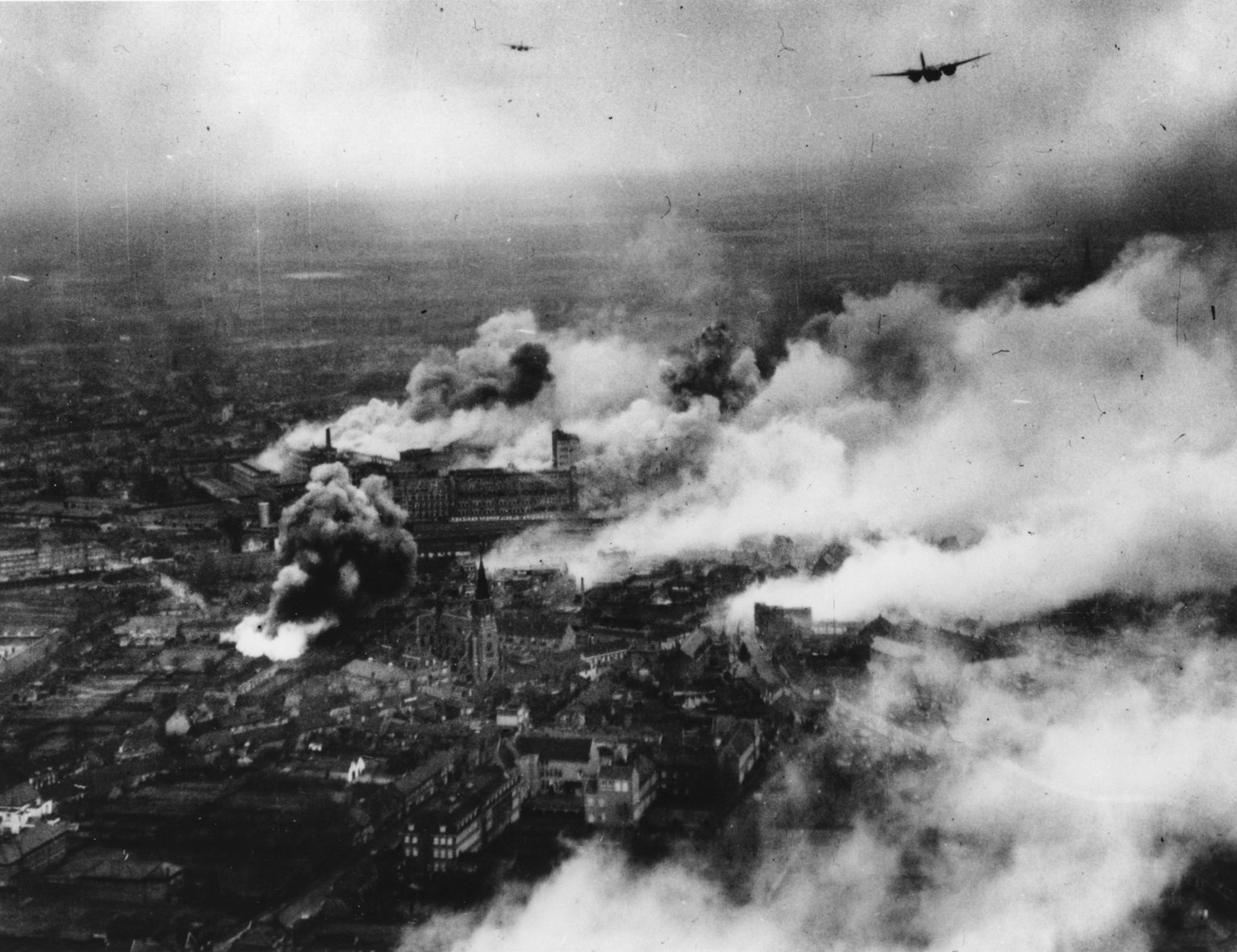
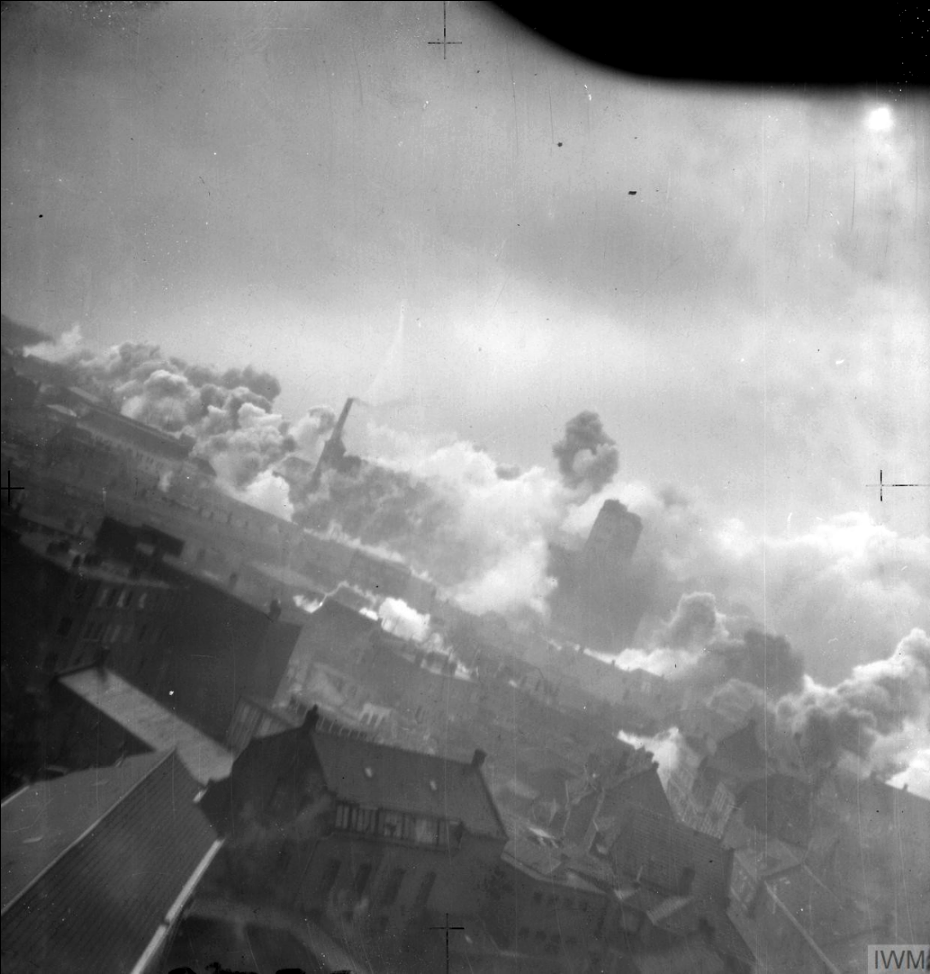
Hitler dies
April 30, 1945 Berlin
On 30 April 1945, Hitler and his wife Eva Braun committed suicide. On the previous day, Hitler had dictated his will to his secretary. In it, he praised the struggle of the German people and blamed the Jews for the war. As he didn’t want to fall into enemy hands, he had chosen to die. The rest of the will specified who was to be his successor.
When Hitler committed suicide, he had been hiding in the 'Führerbunker' in the centre of Berlin for more than three months. In this underground shelter, he and the people around him had heard how the Soviet Union army was getting closer and closer. During his last days, no one could go outside because of the incoming shells. It was clear that Germany had finally lost the war. After his death, SS officers carried Hitler and his wife out of the bunker. Their bodies were drenched in gasoline and set on fire. The next day, the news of Hitler's death was announced on the radio. The wording suggested that Hitler had died a heroic death defending the capital of the German Empire.
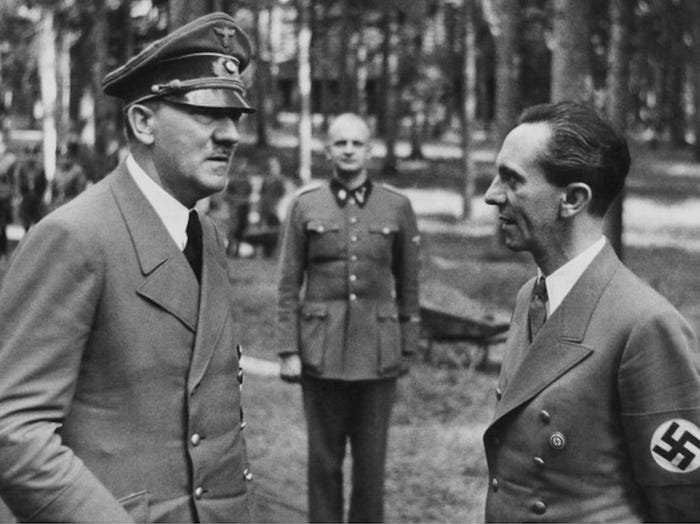
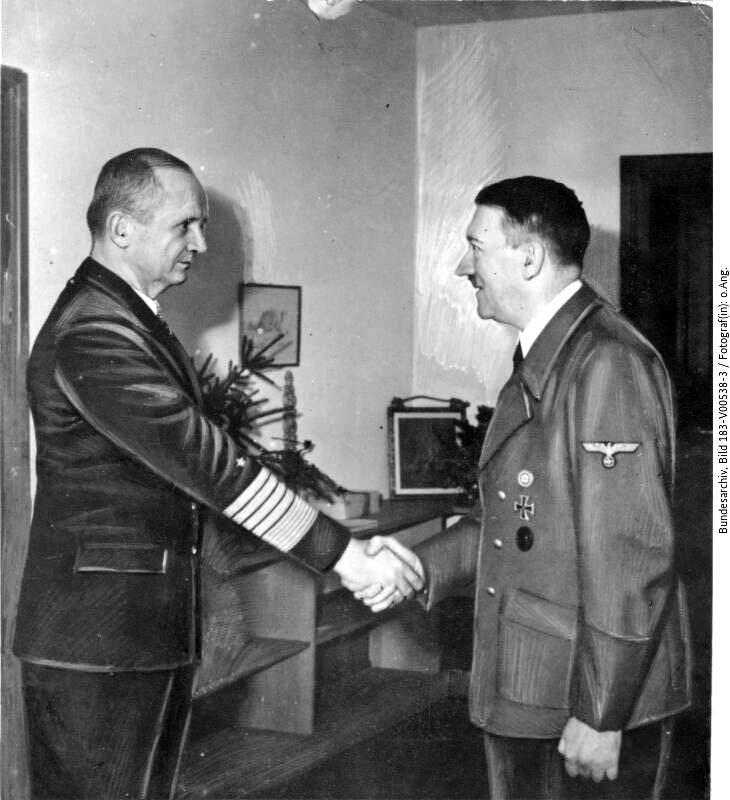
Eindhoven is liberated
Sept. 18, 1944 Eindhoven
On 18 September, Eindhoven was liberated by American and British troops as part of Operation Market Garden. While people were still celebrating the next day, the German Air Force bombed the city, killing more than 200 people.
The larger part of the south of the Netherlands was liberated in the autumn of 1944. Still, the Allied troops were stuck south of the main rivers for six more months.
